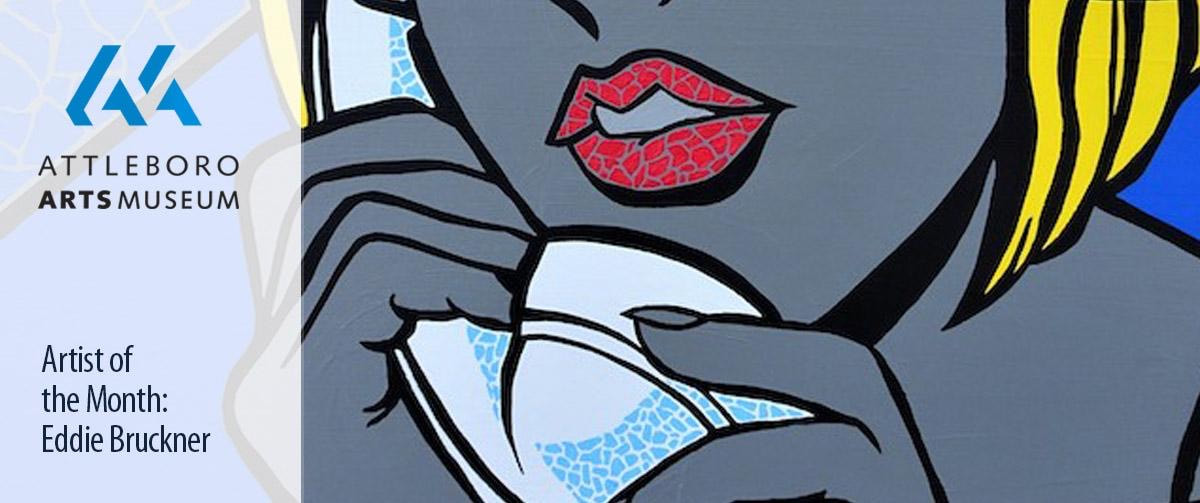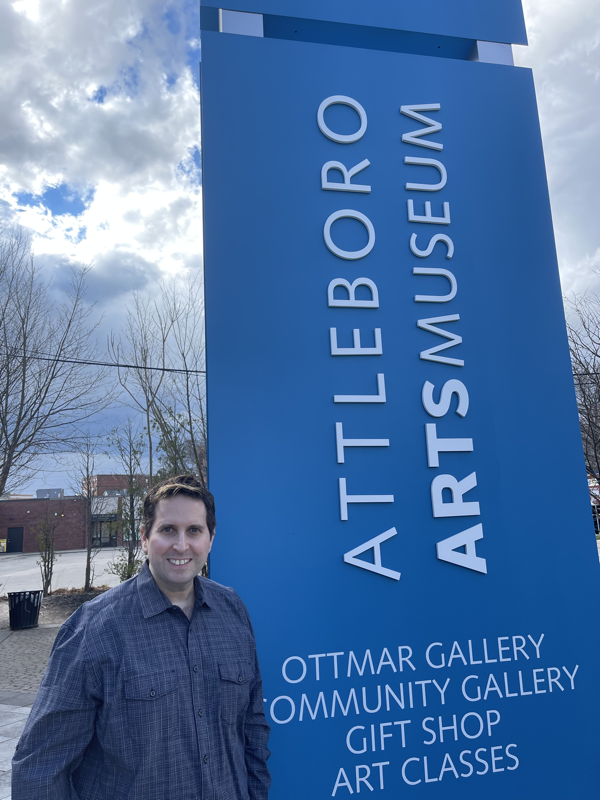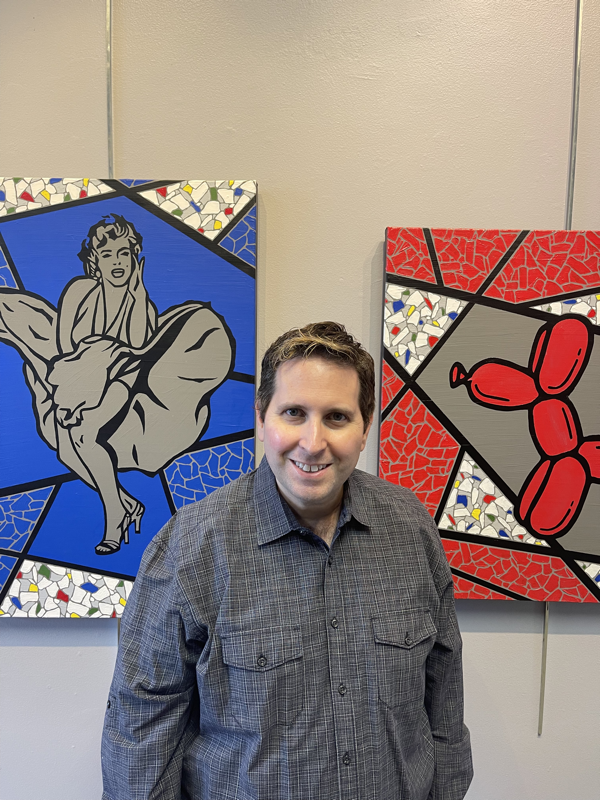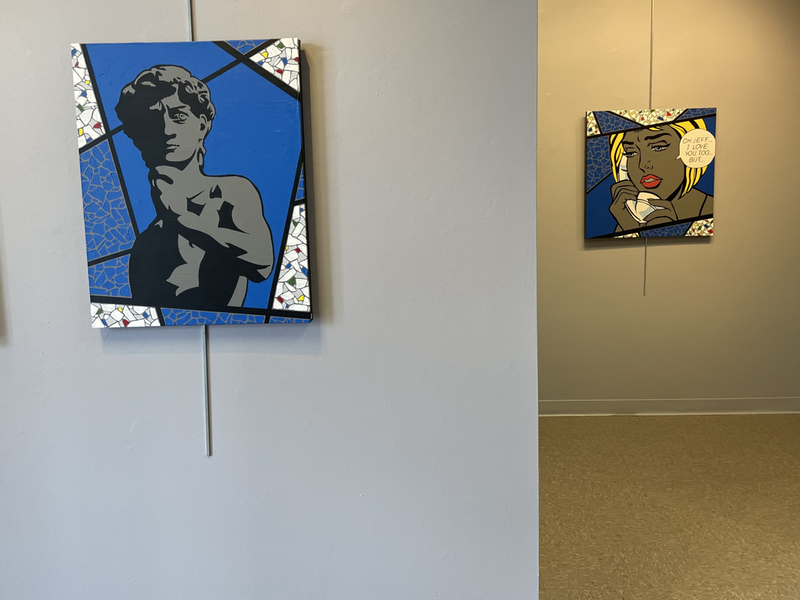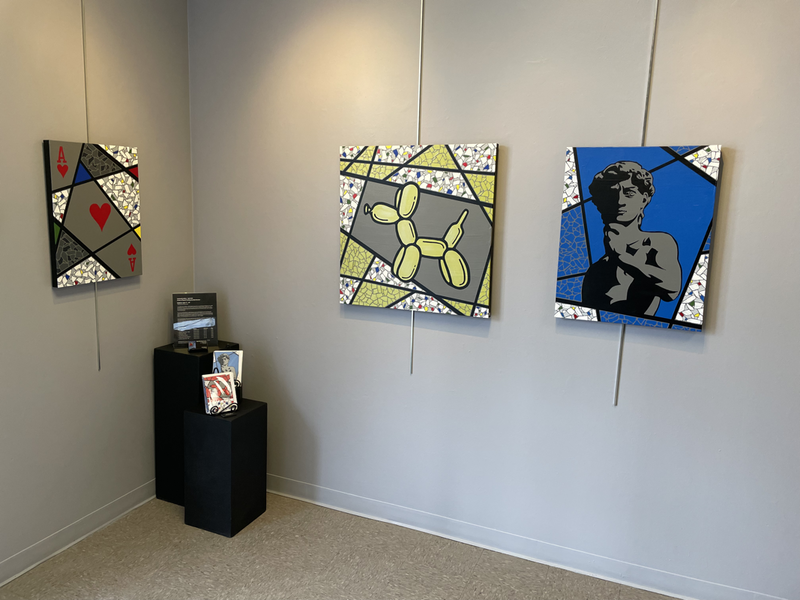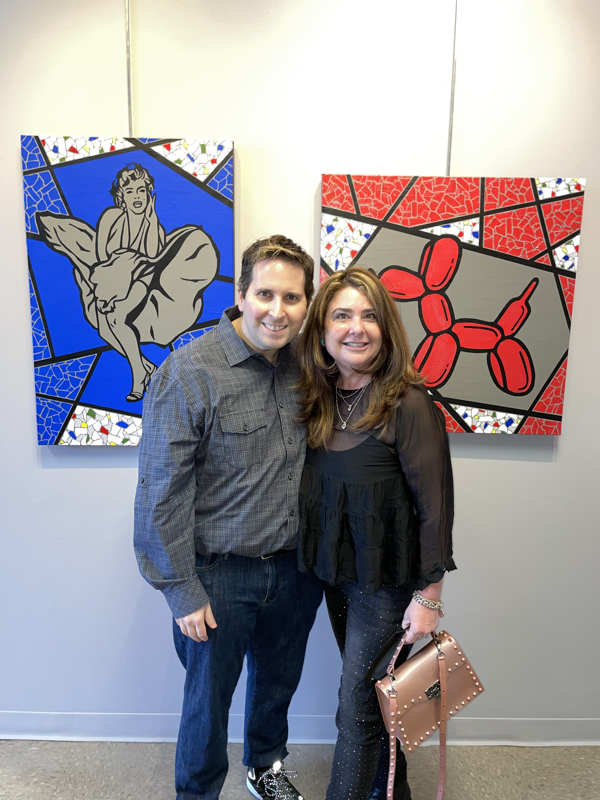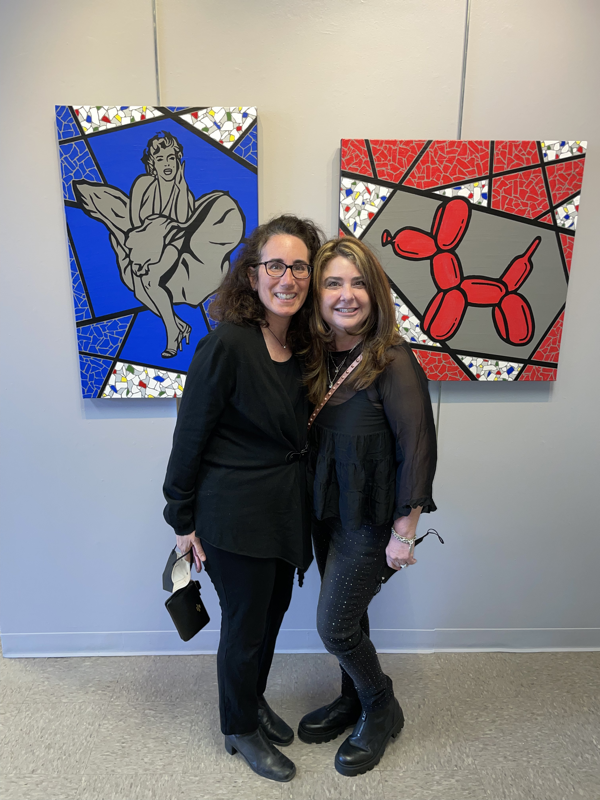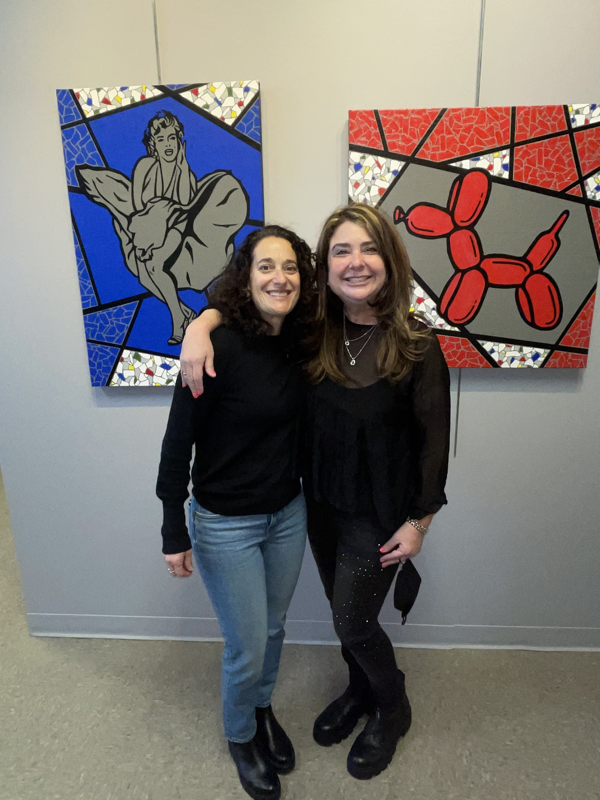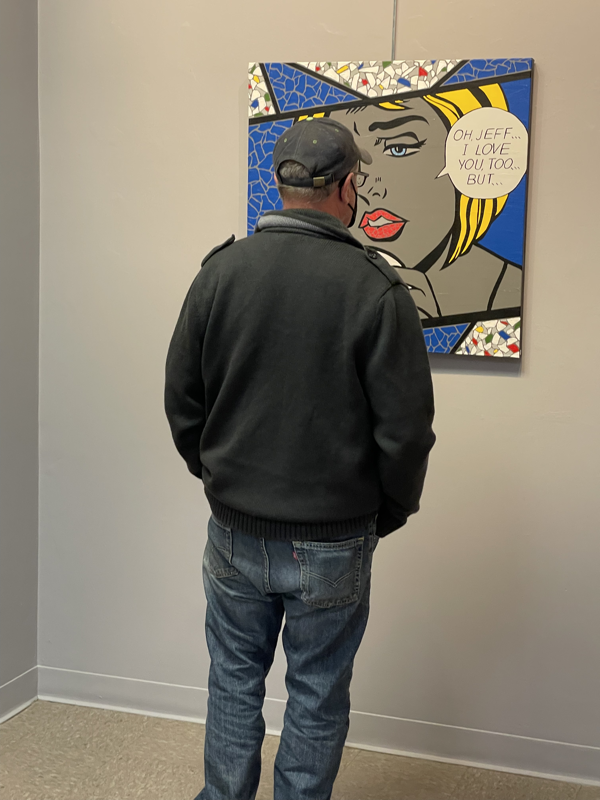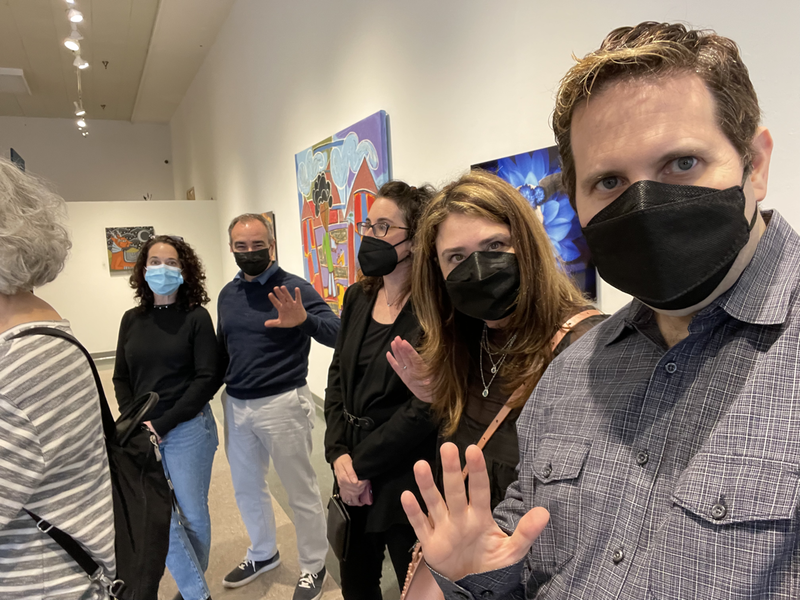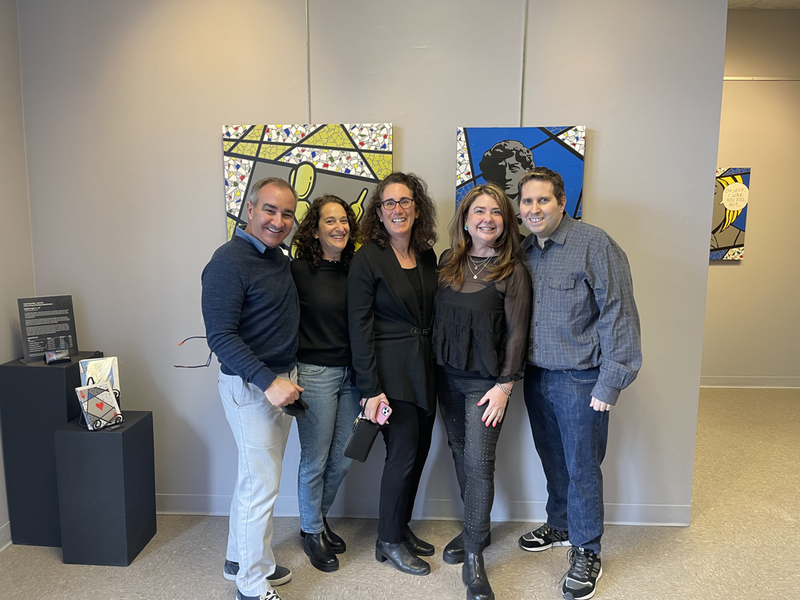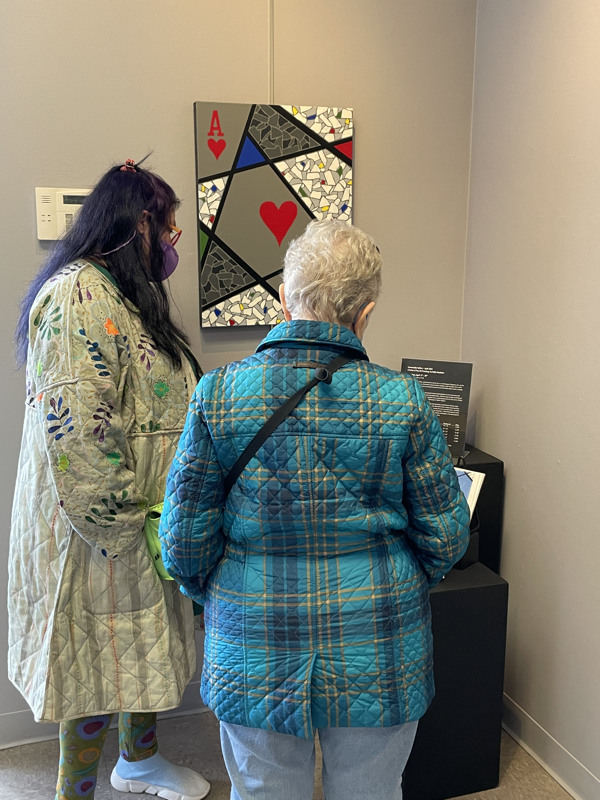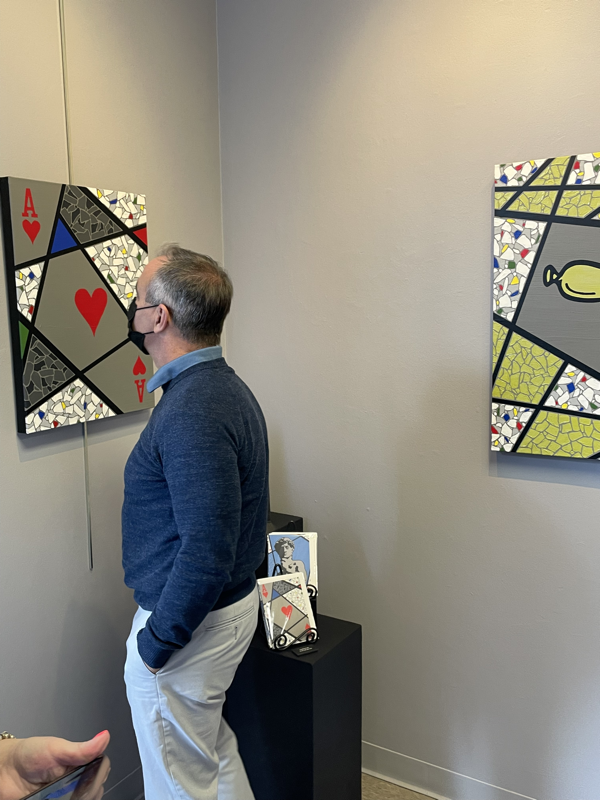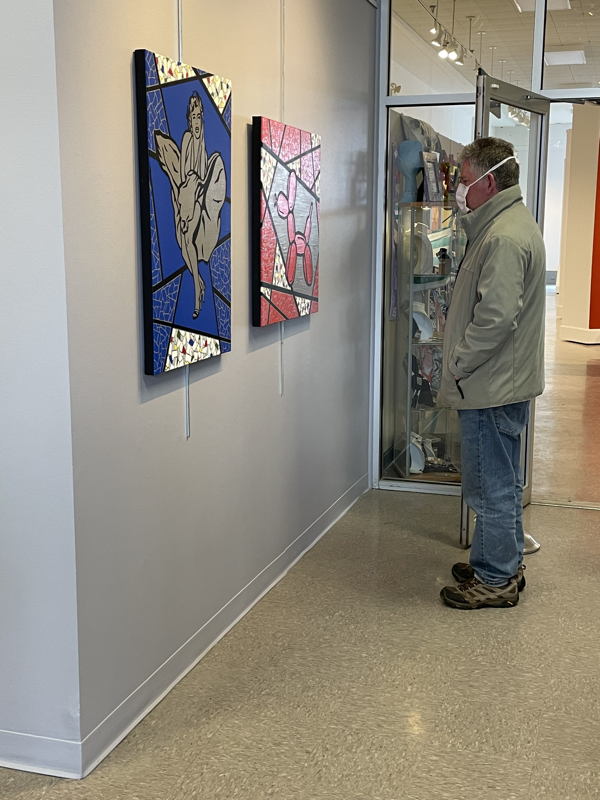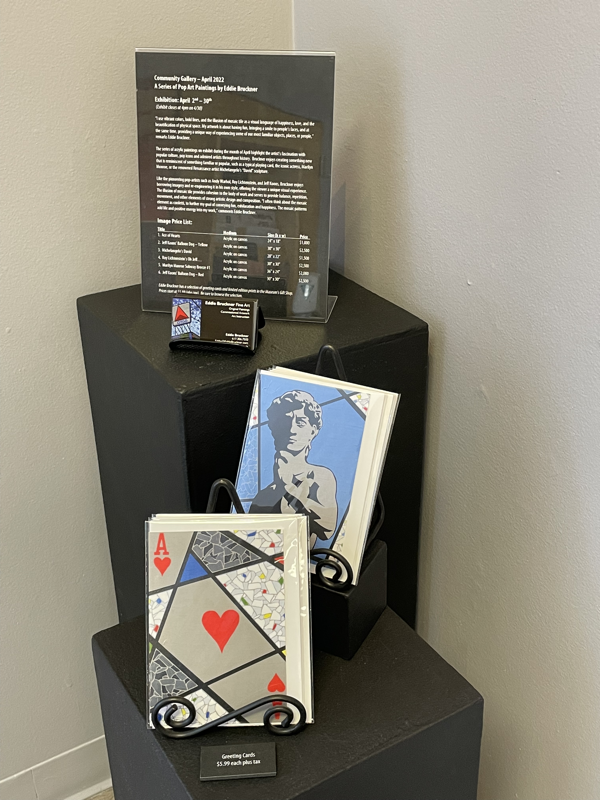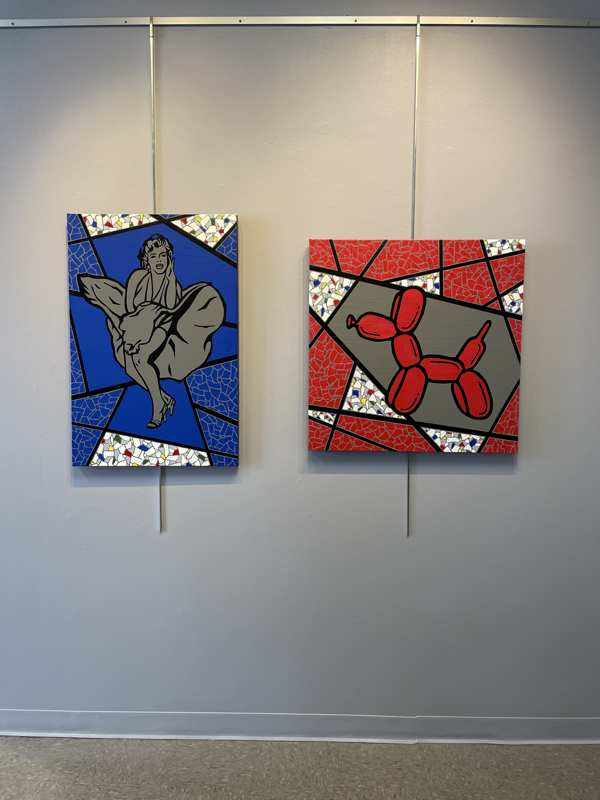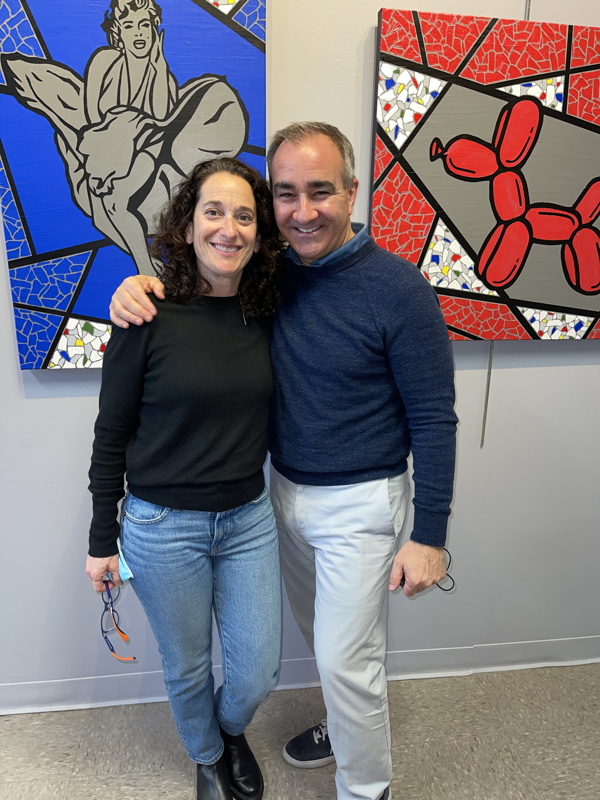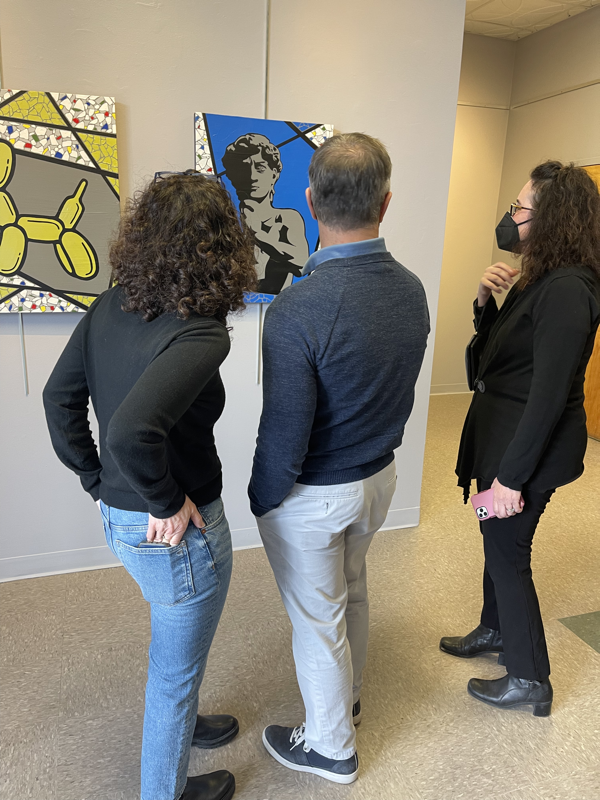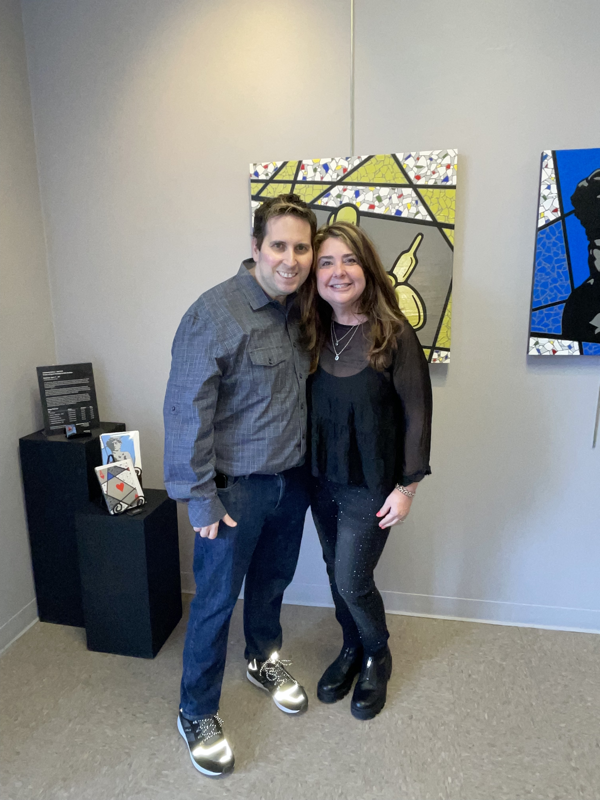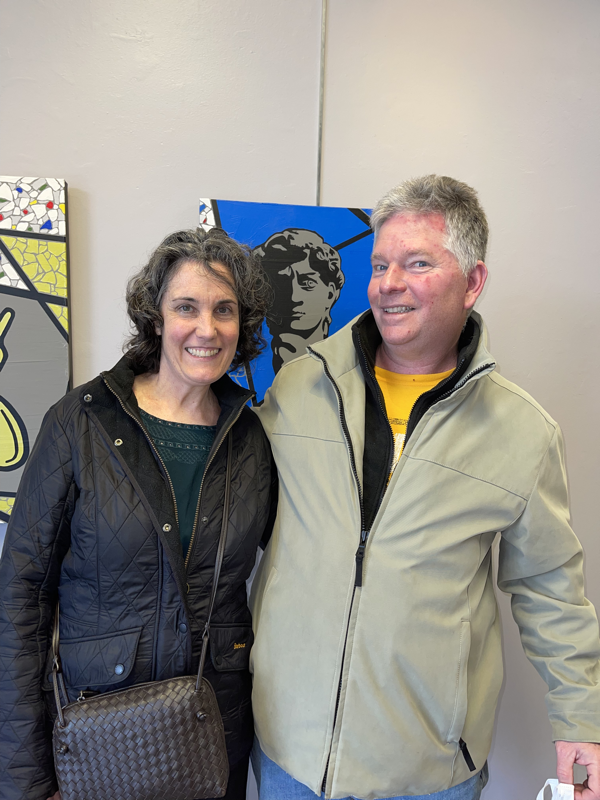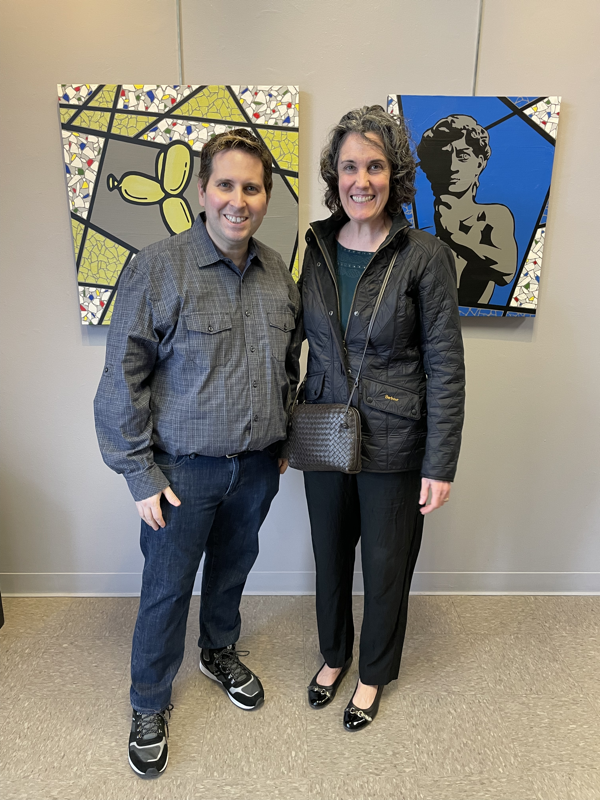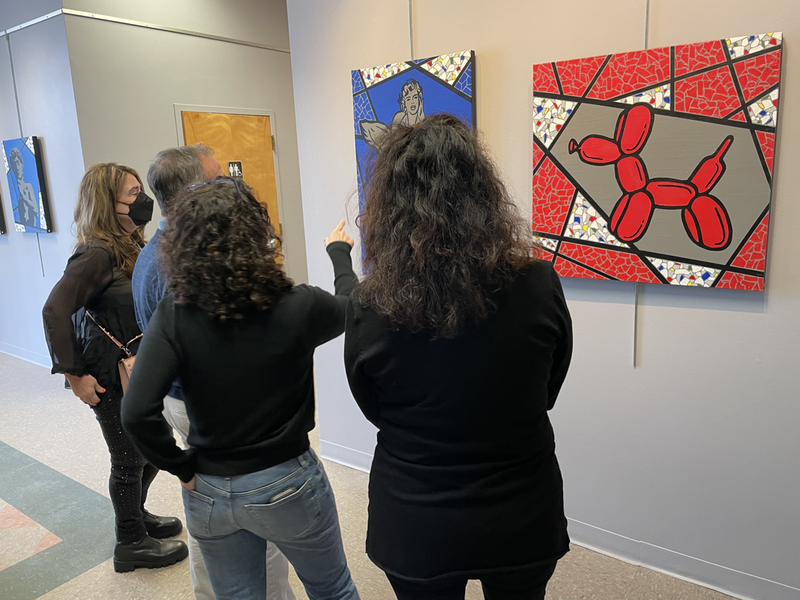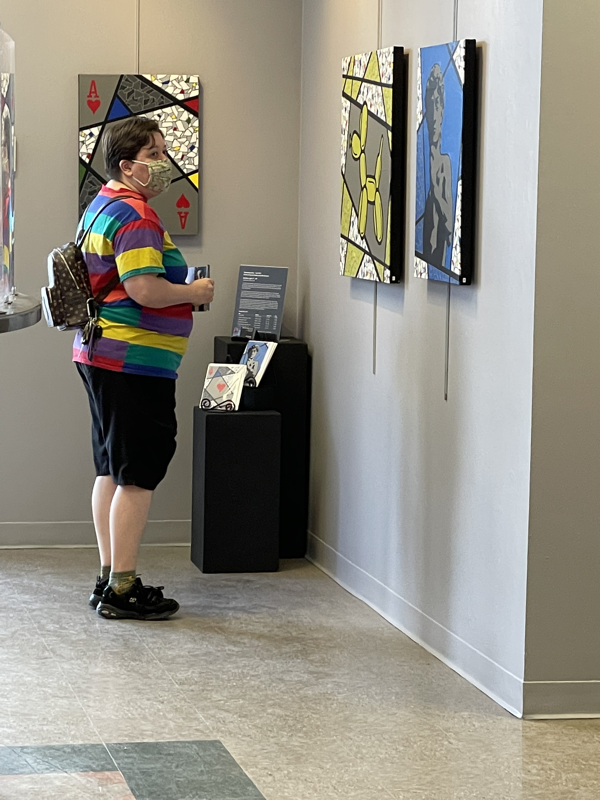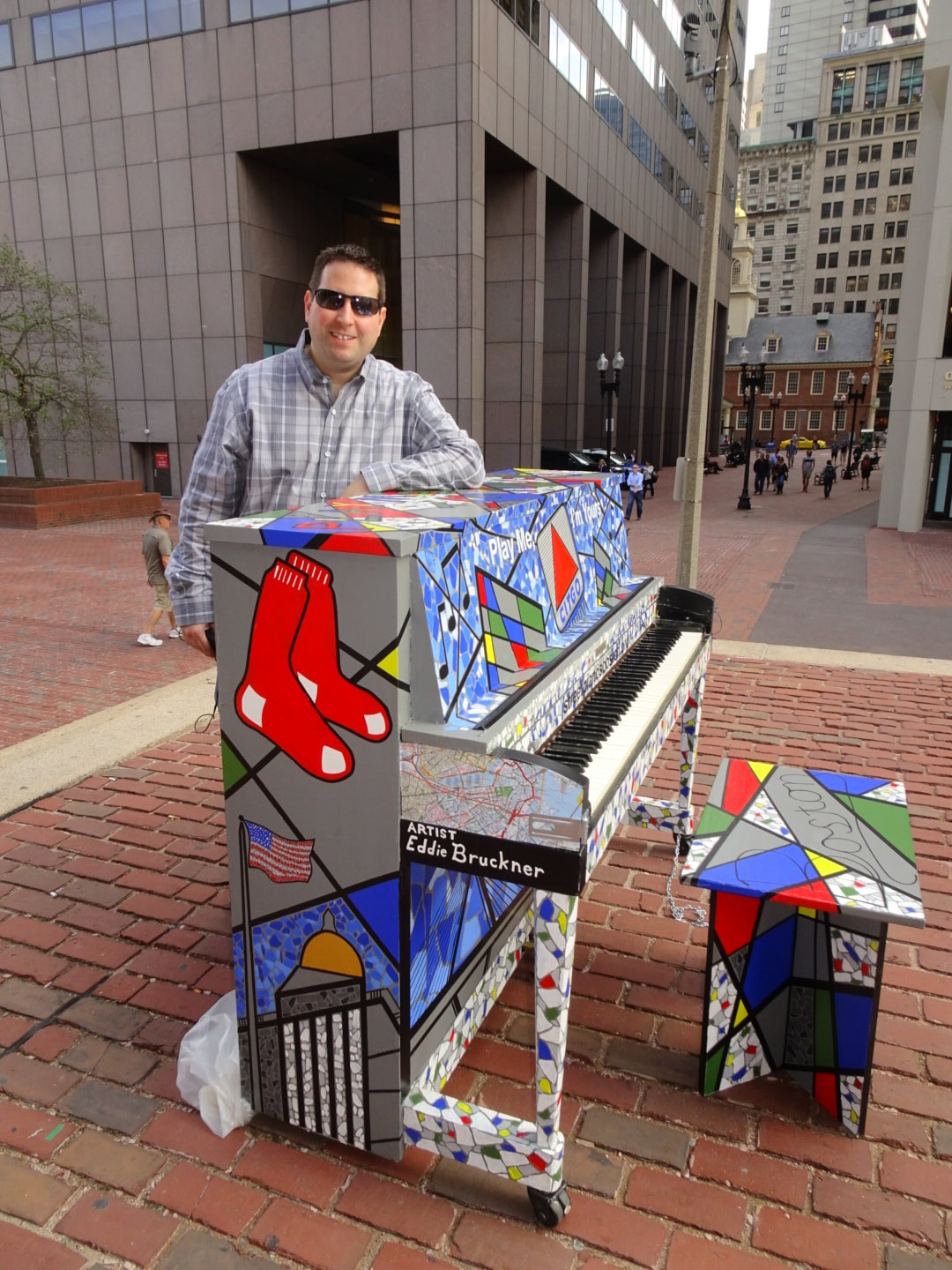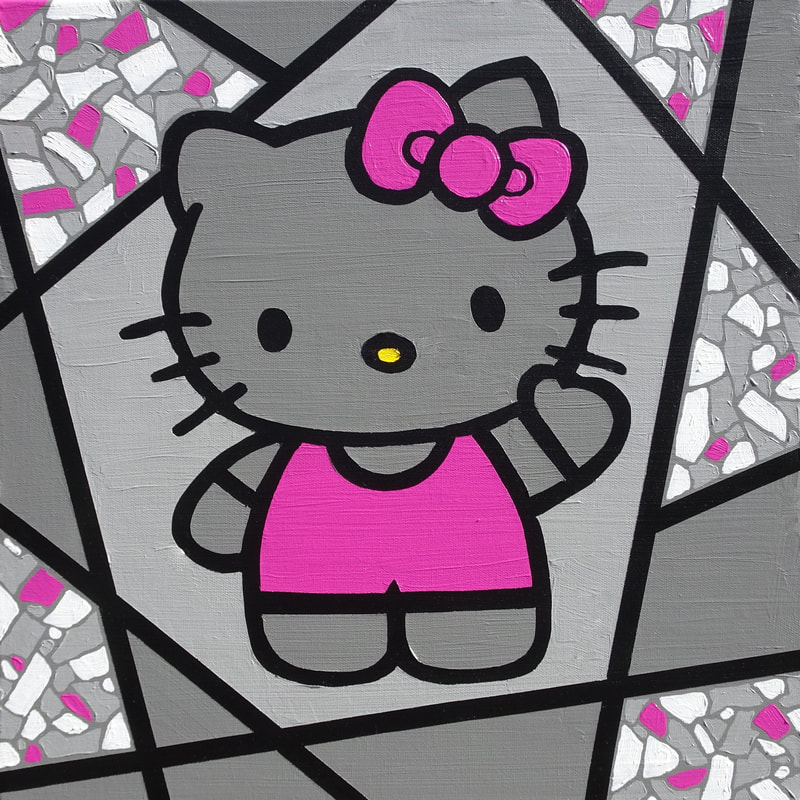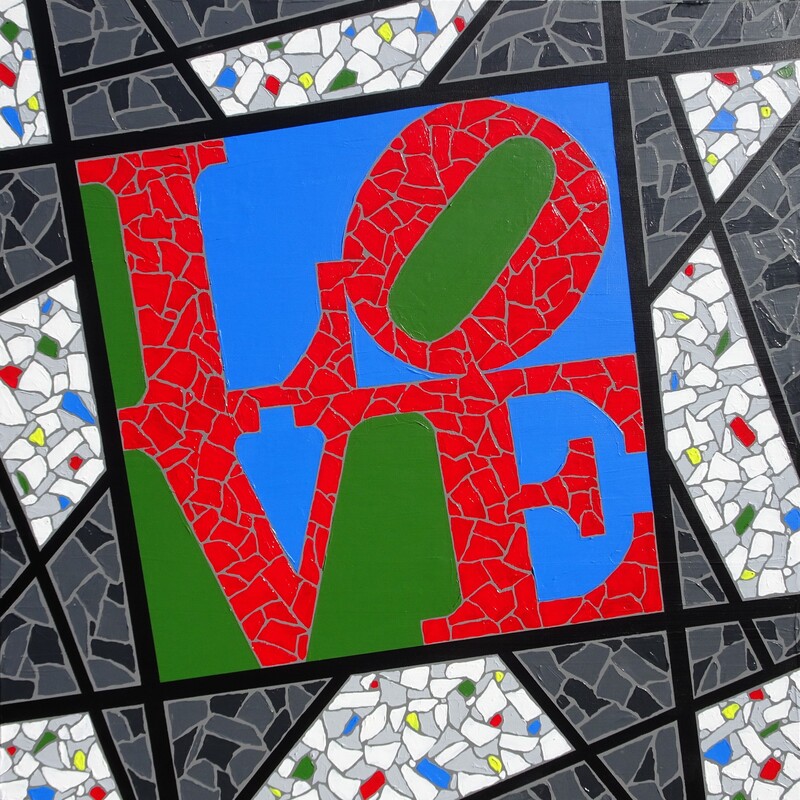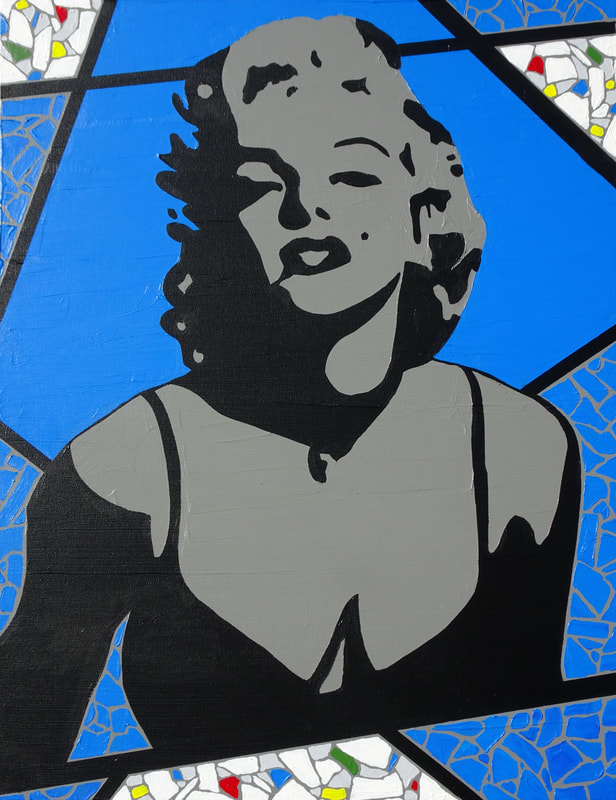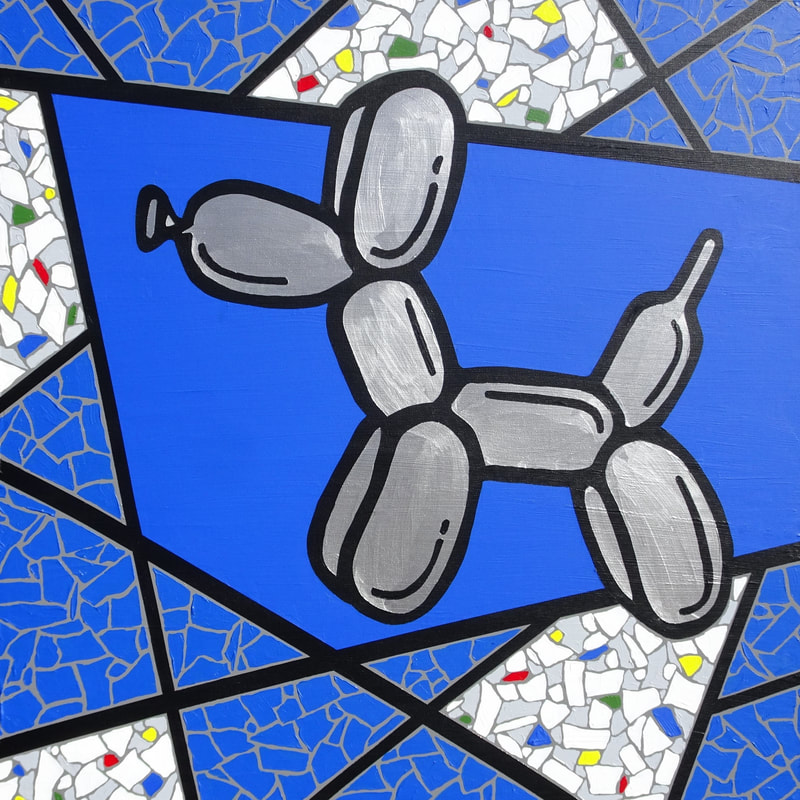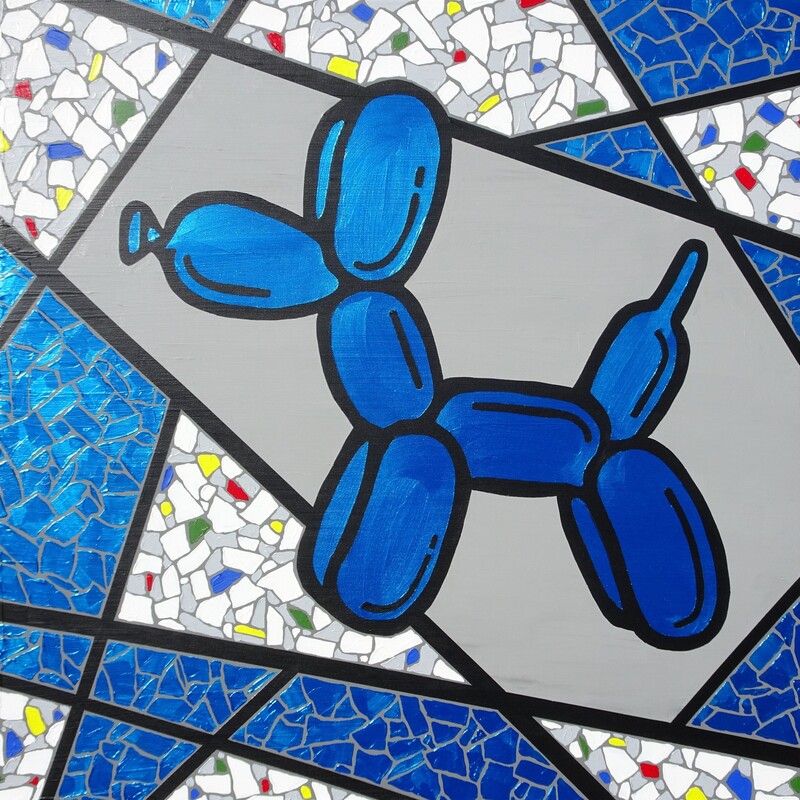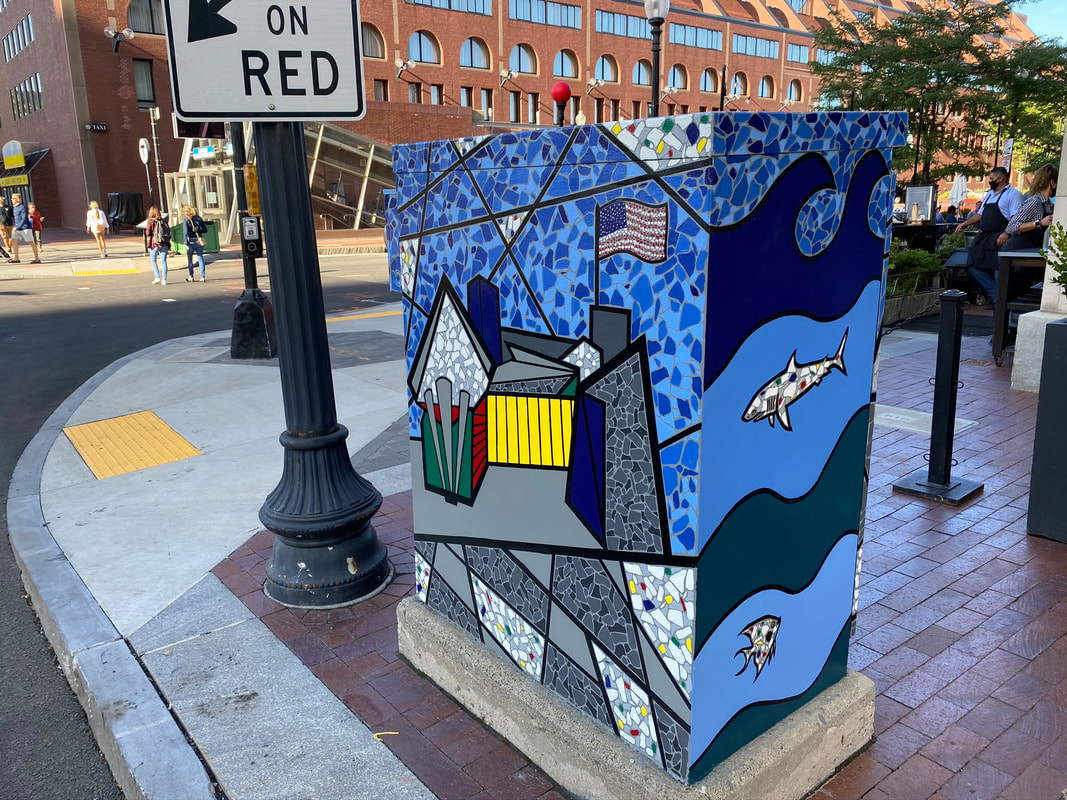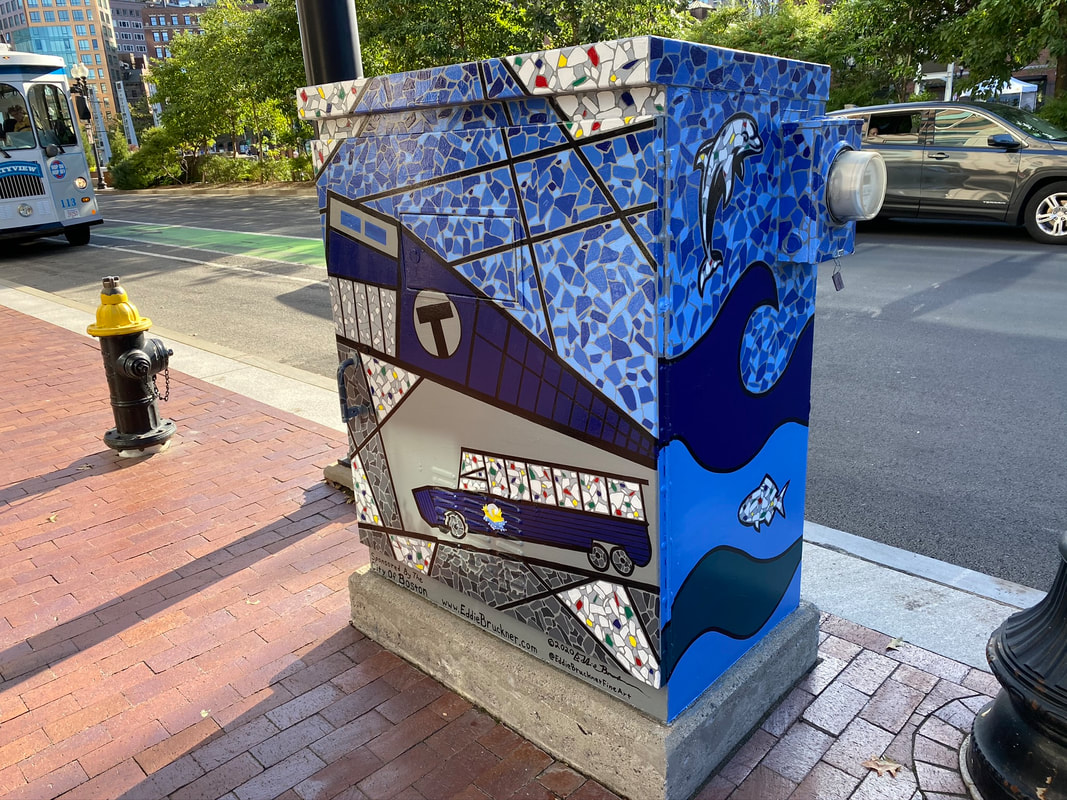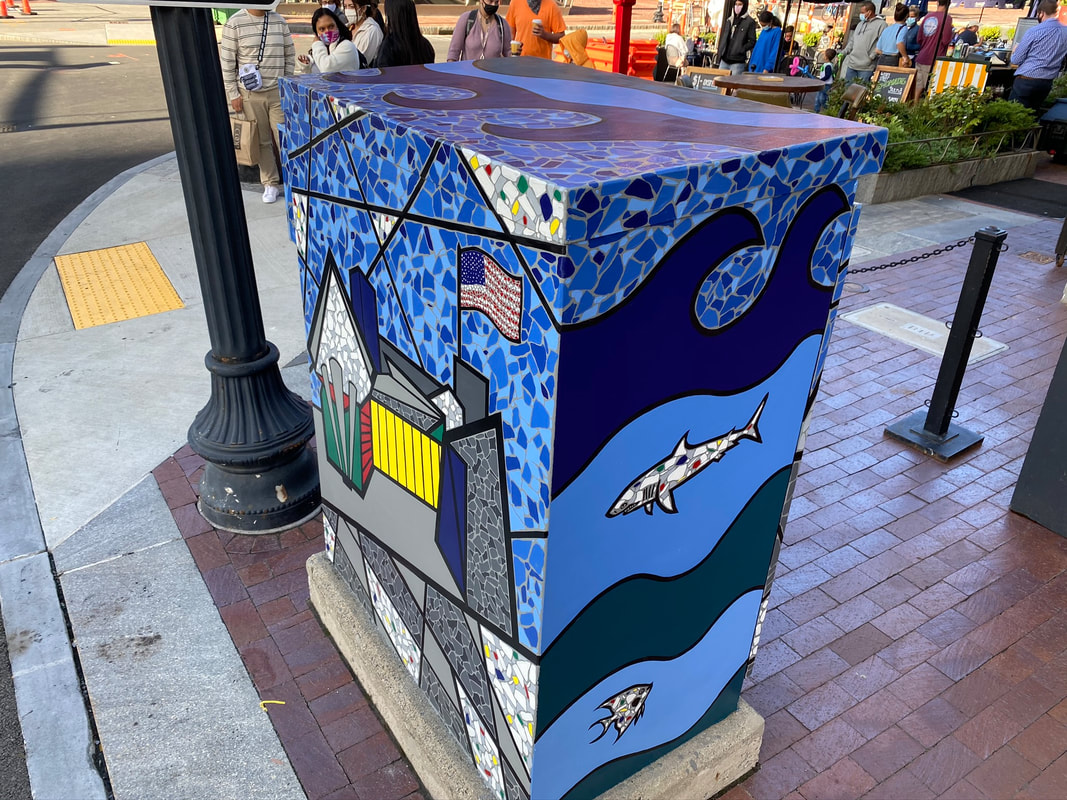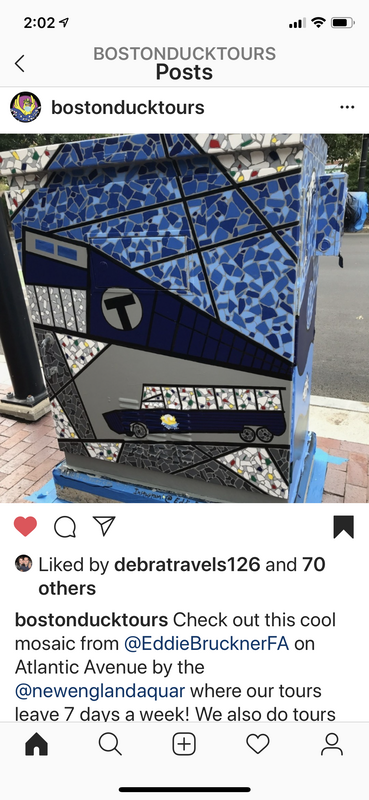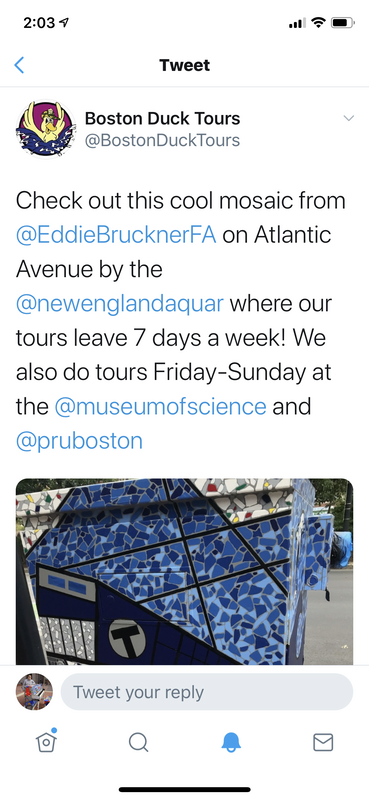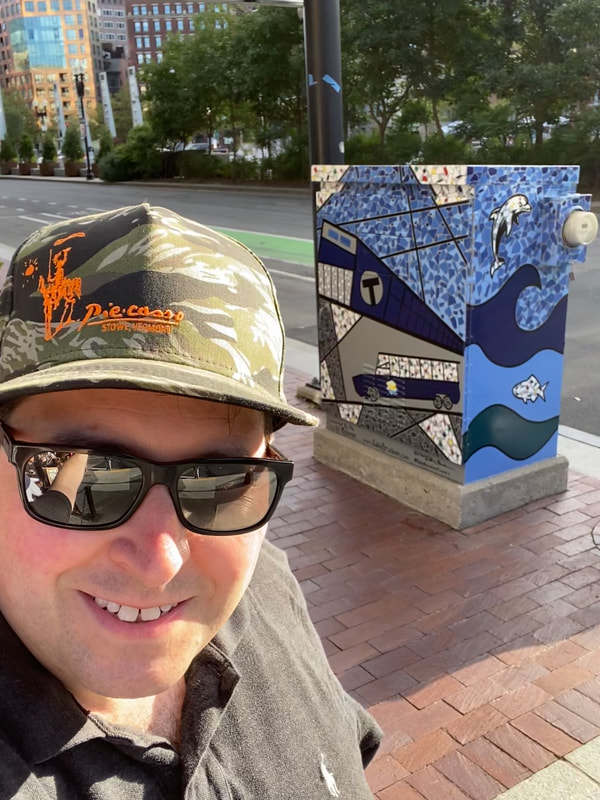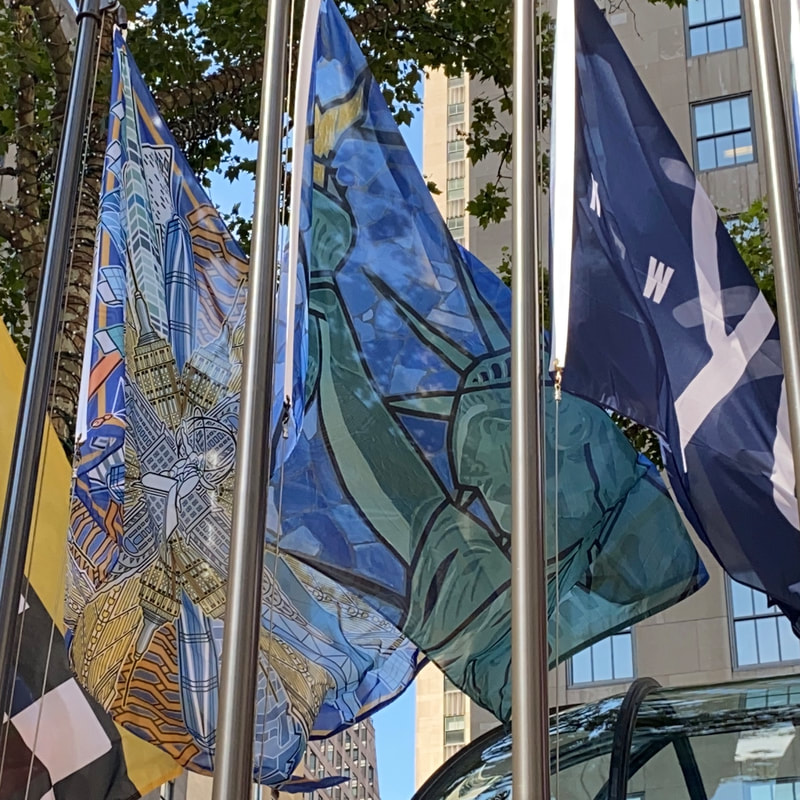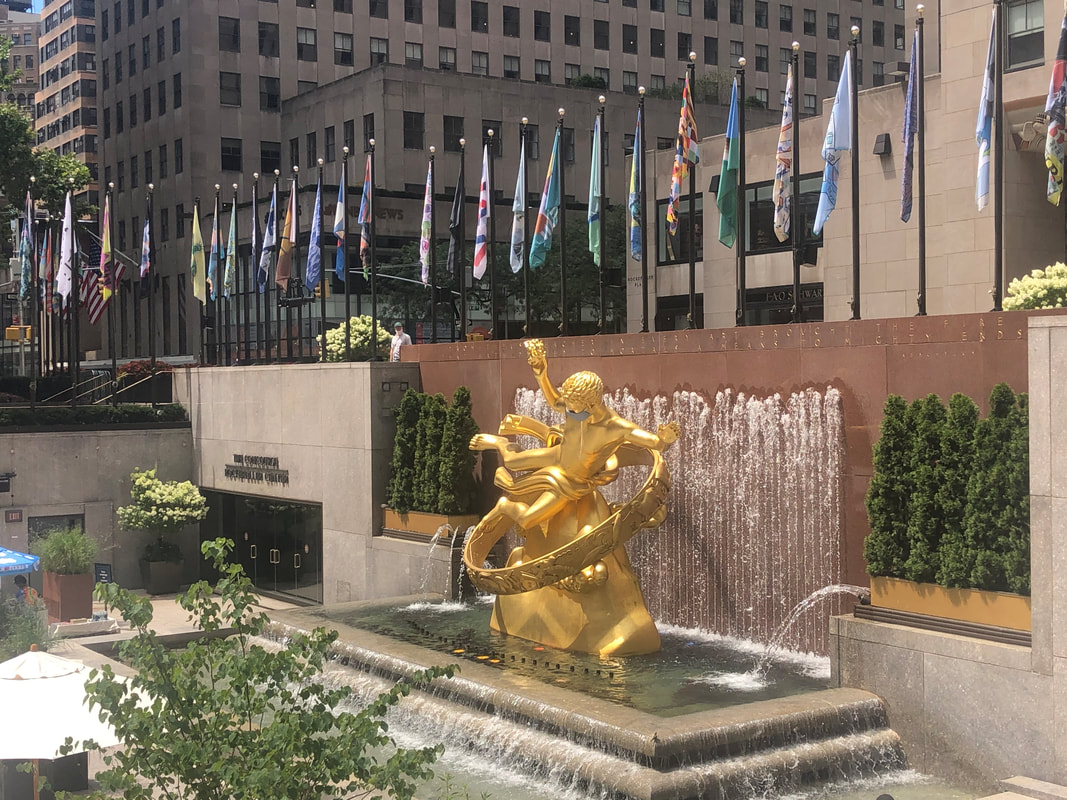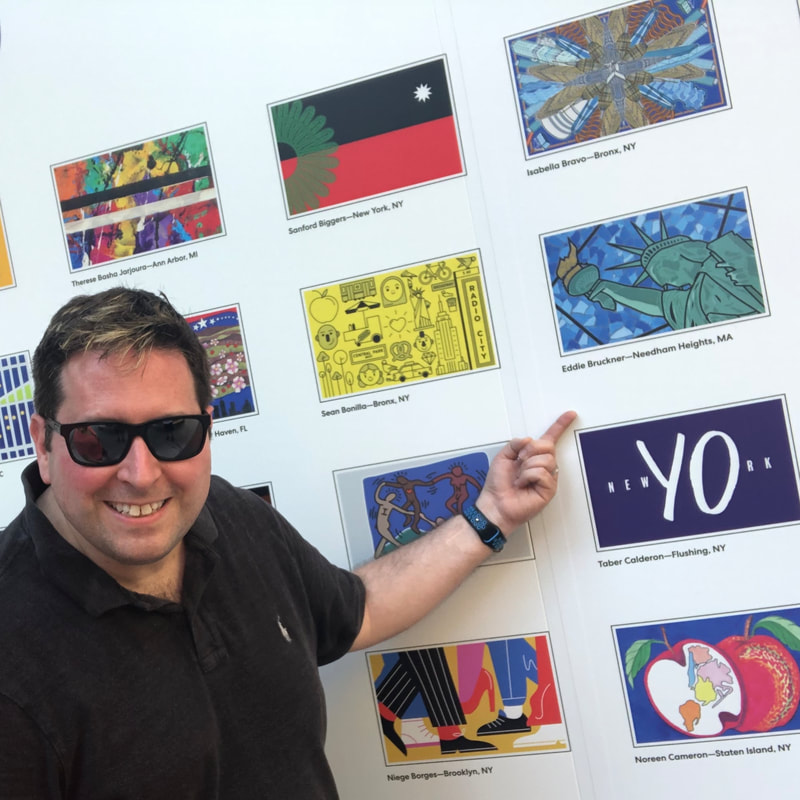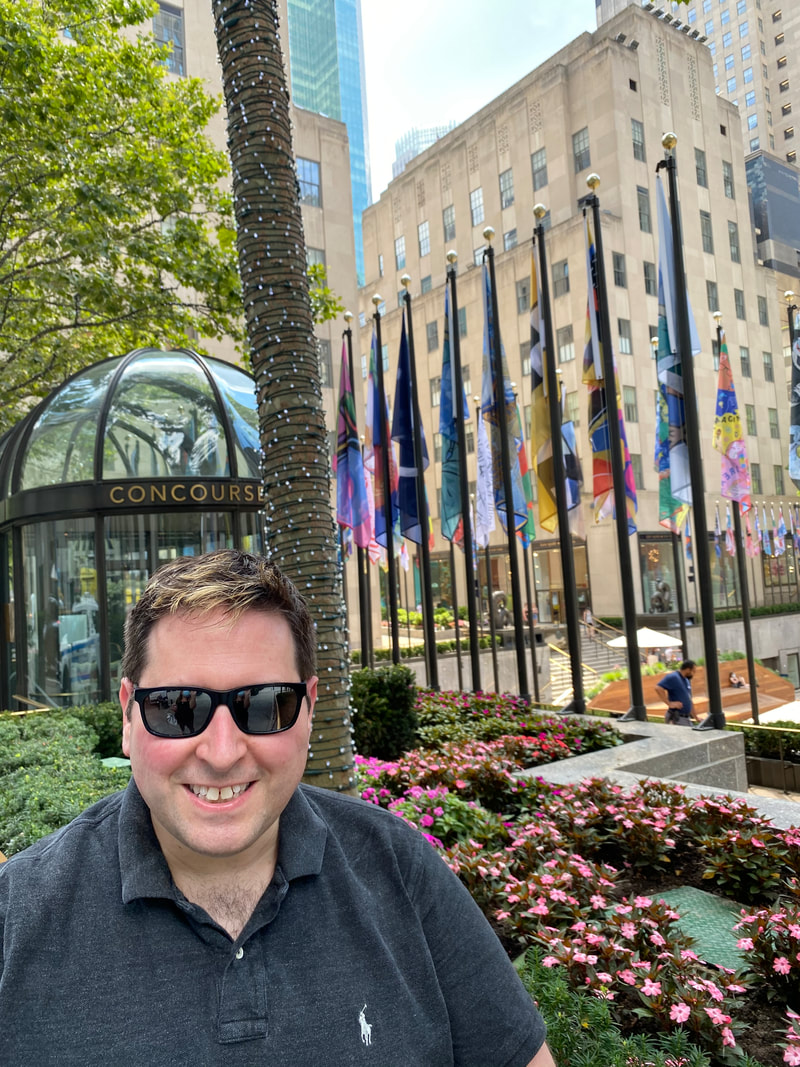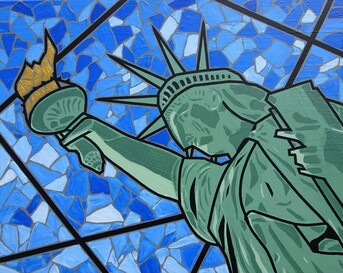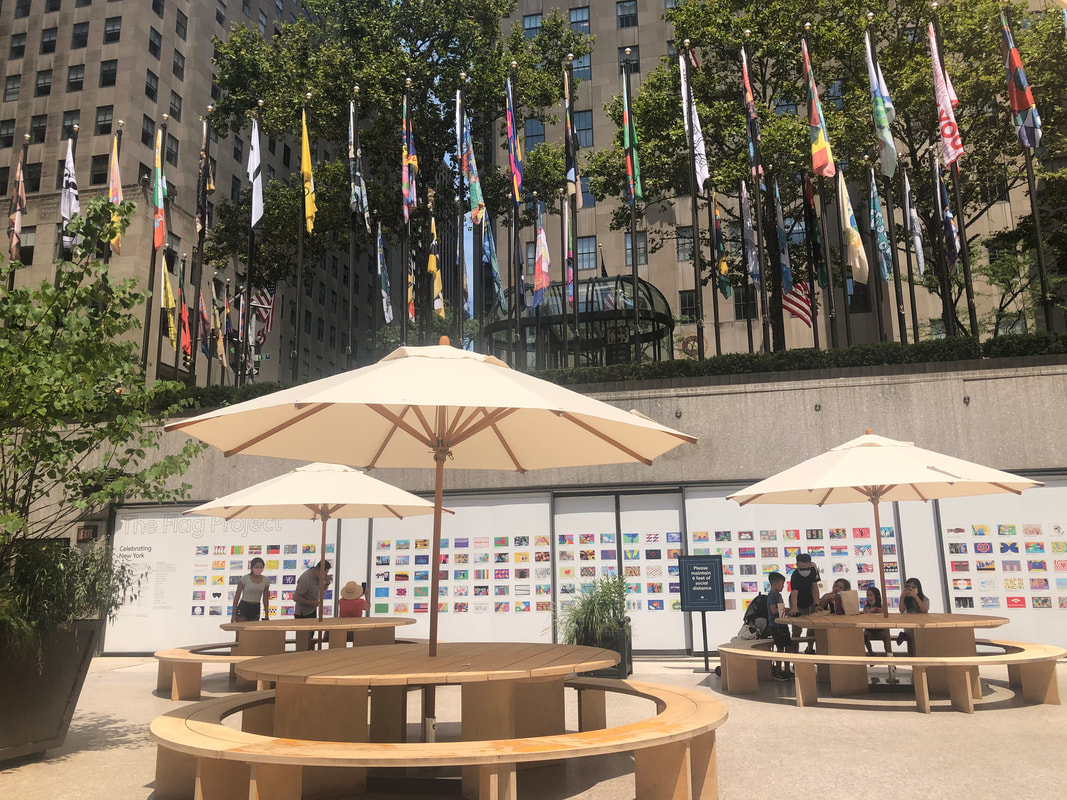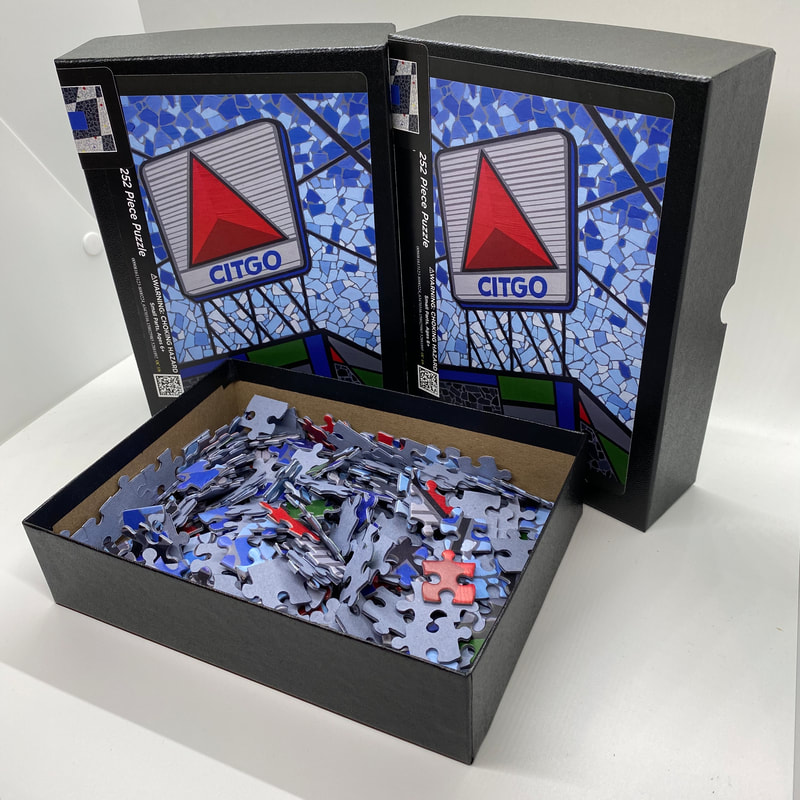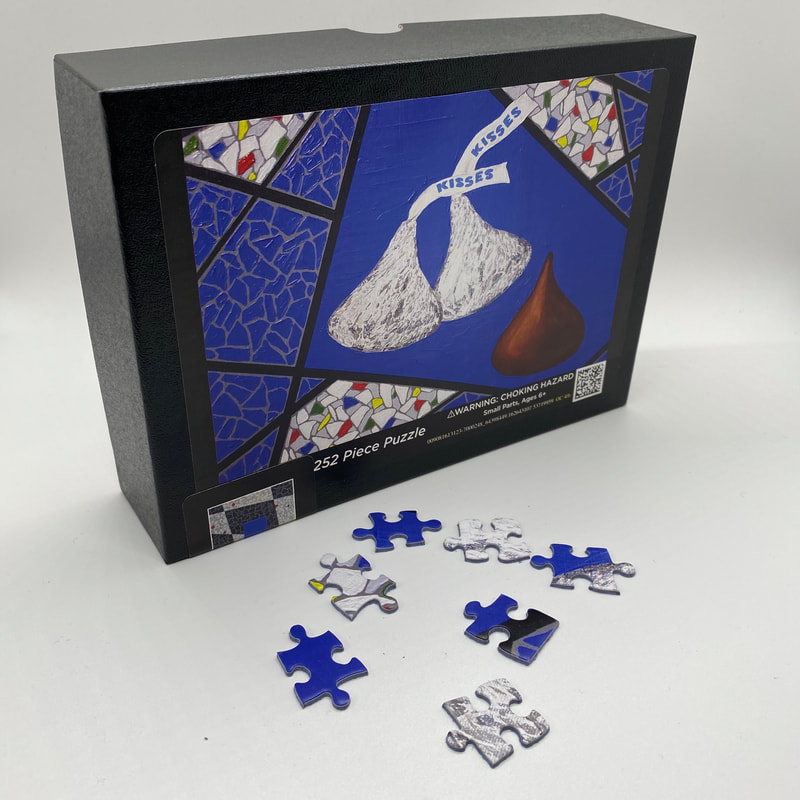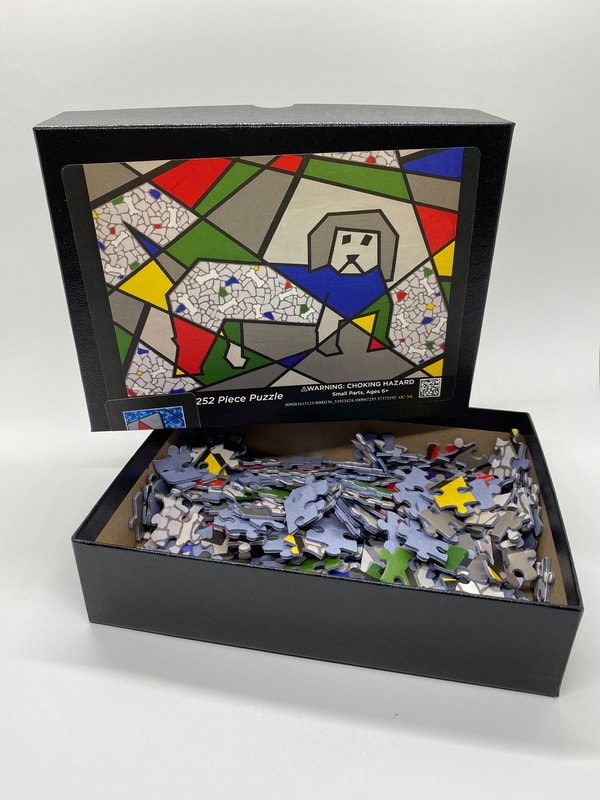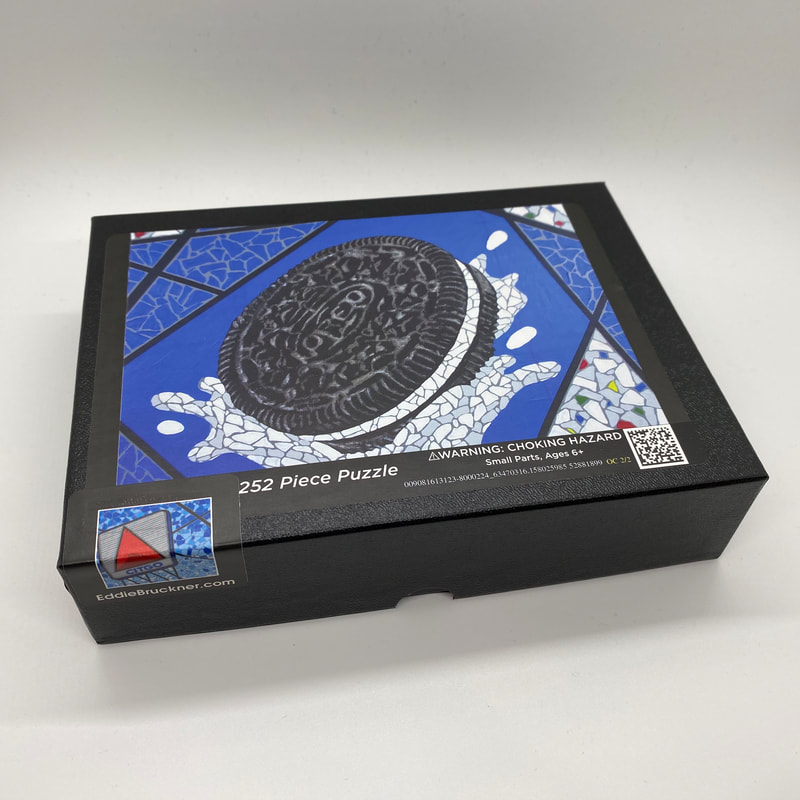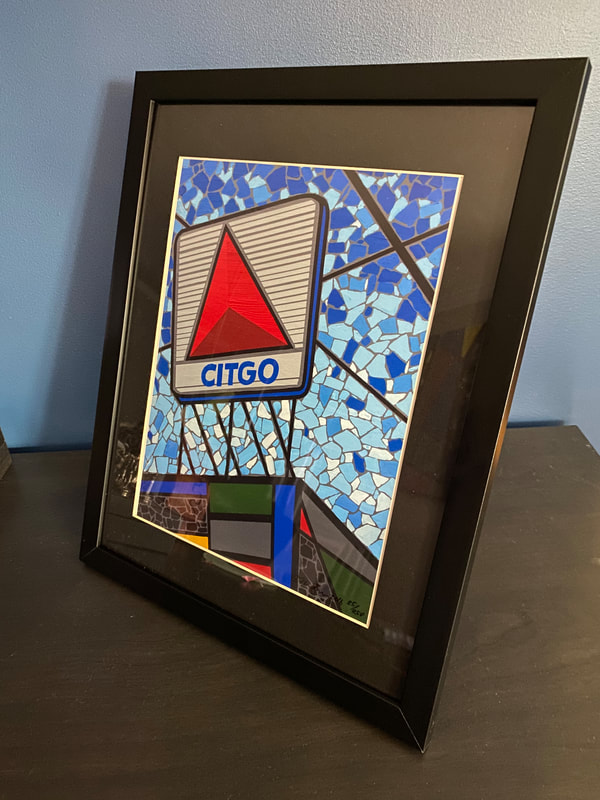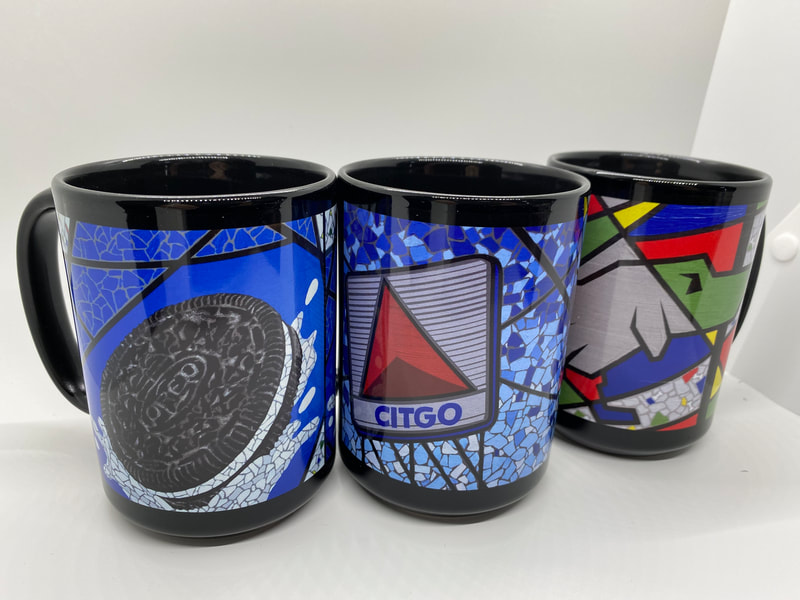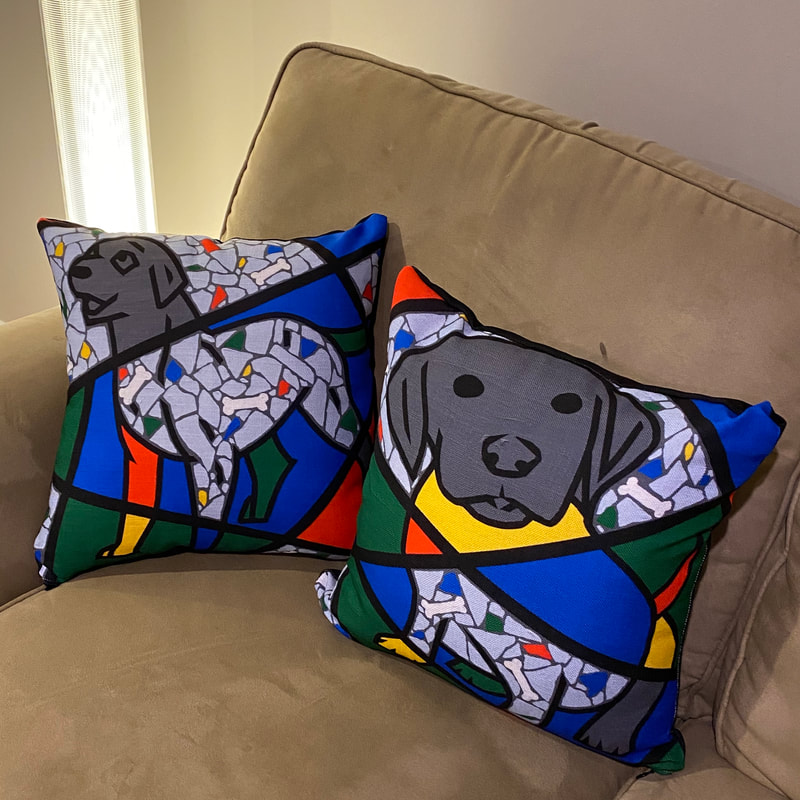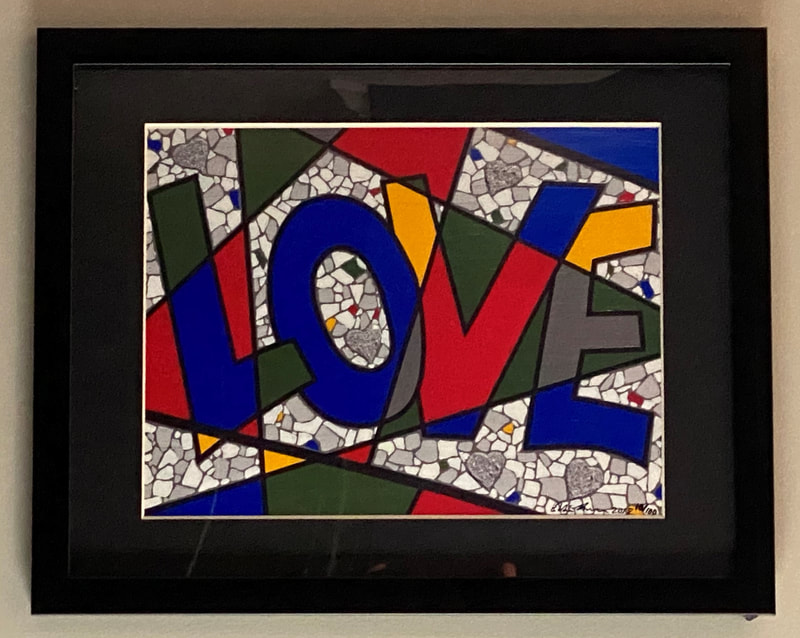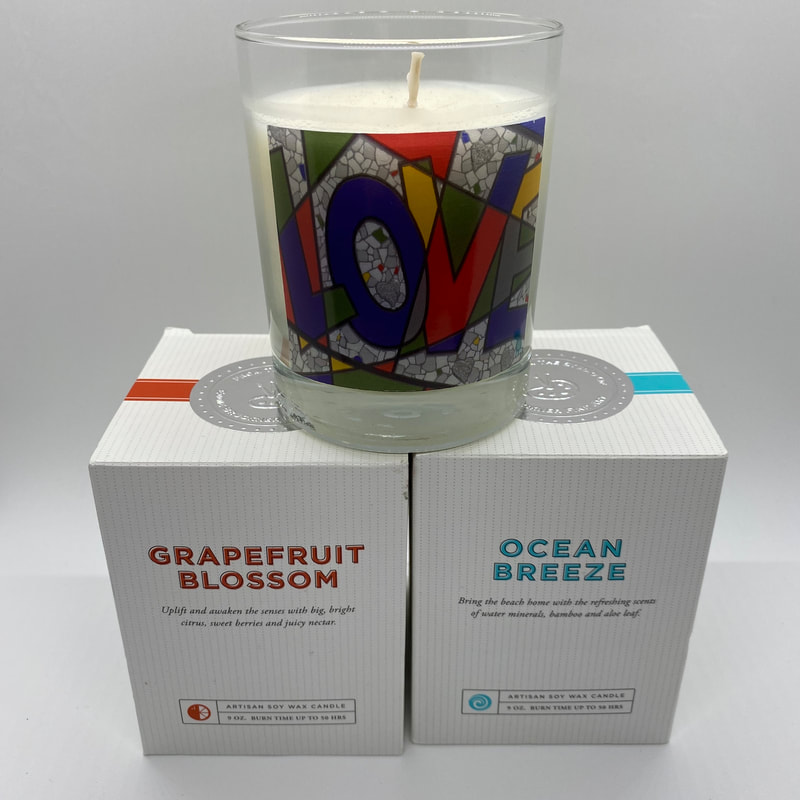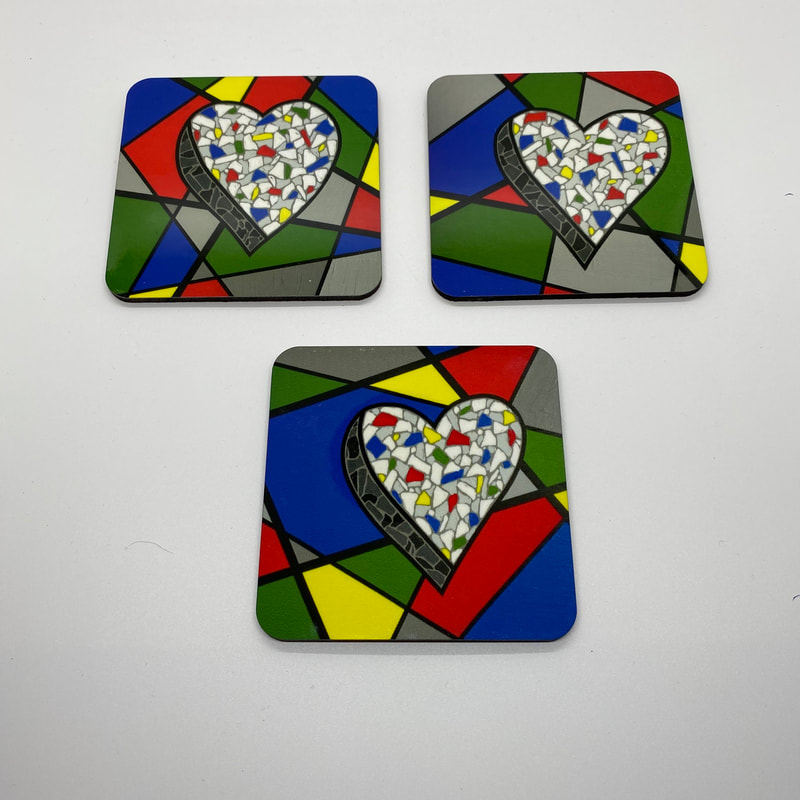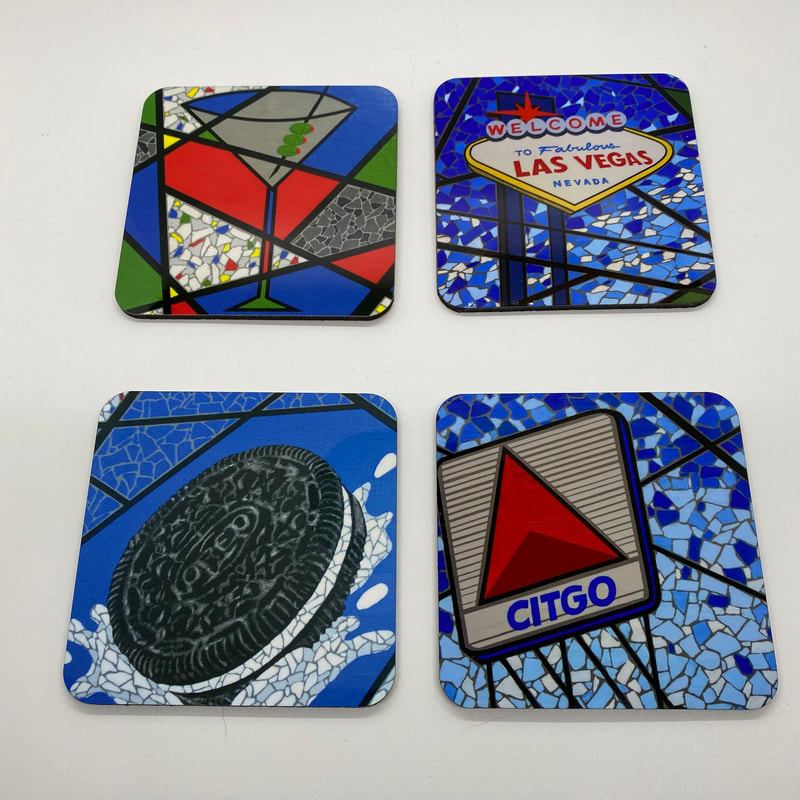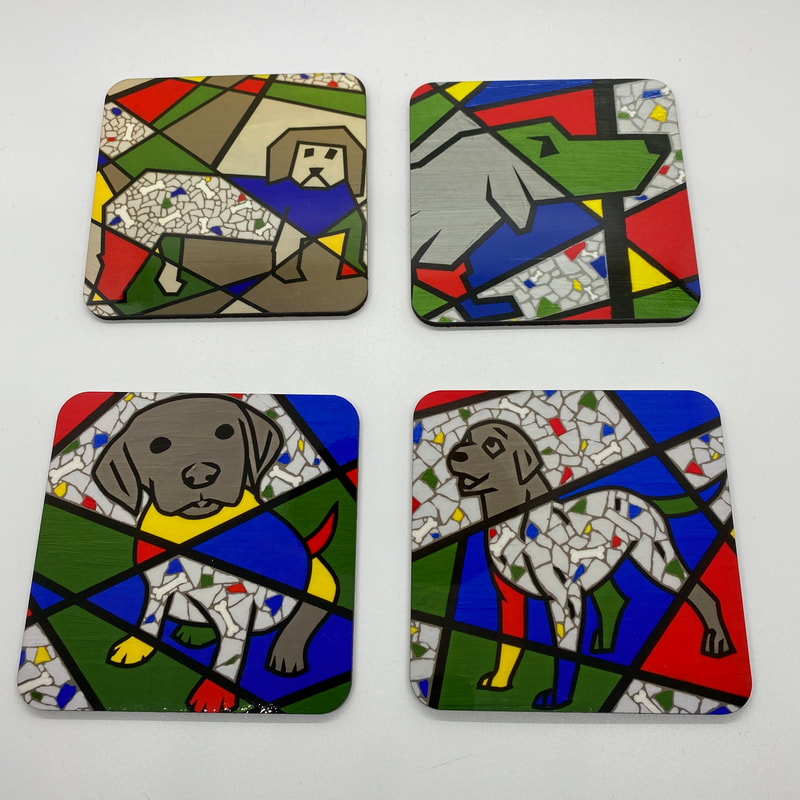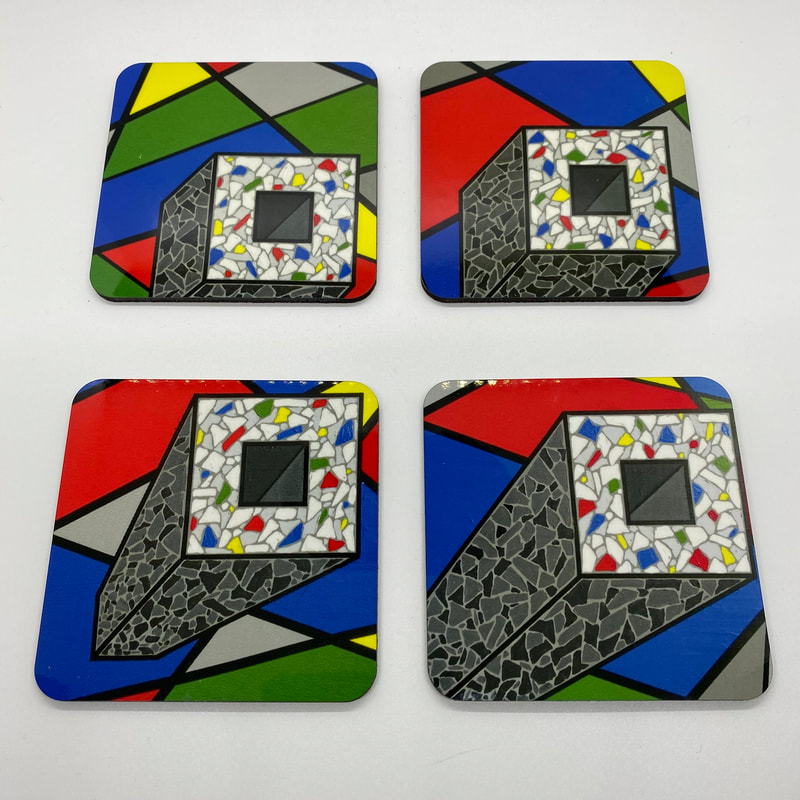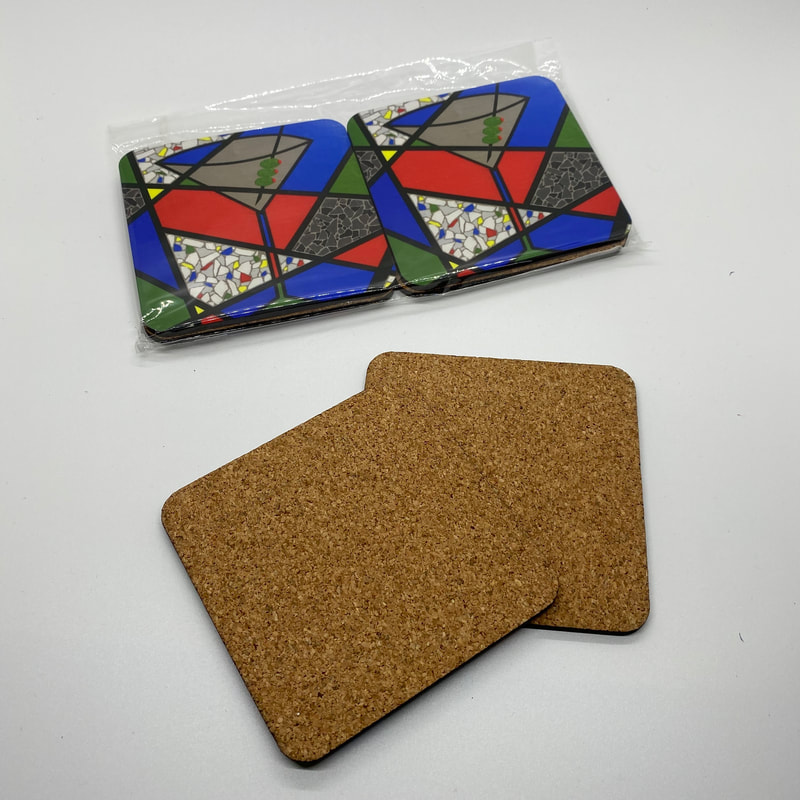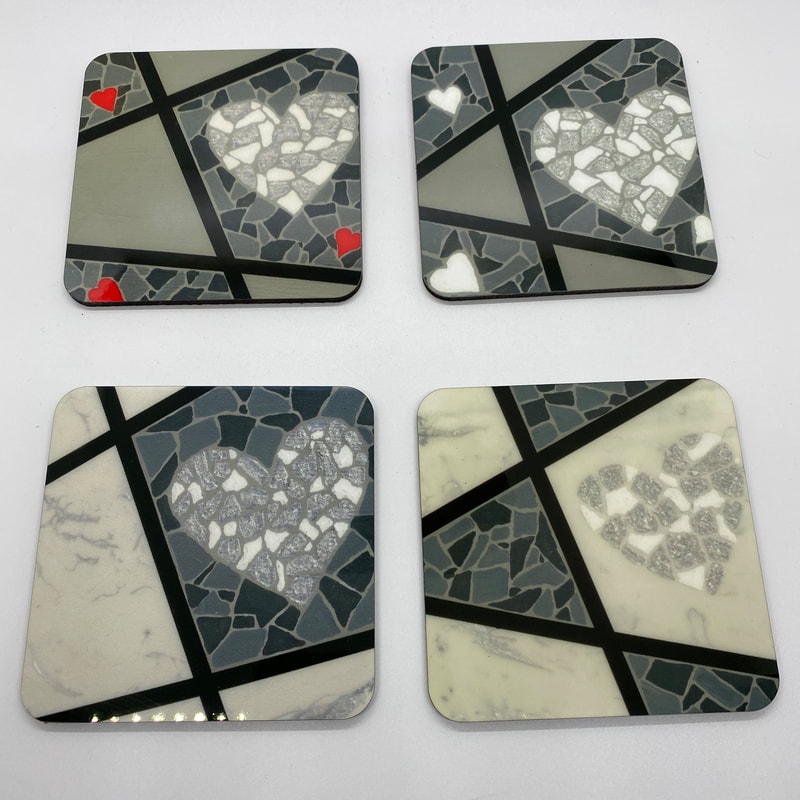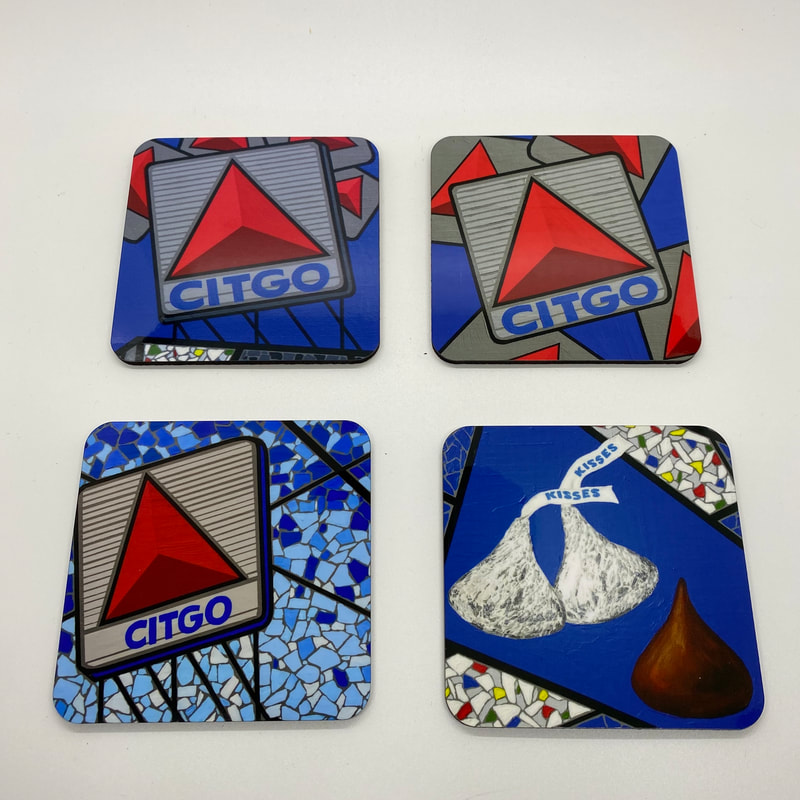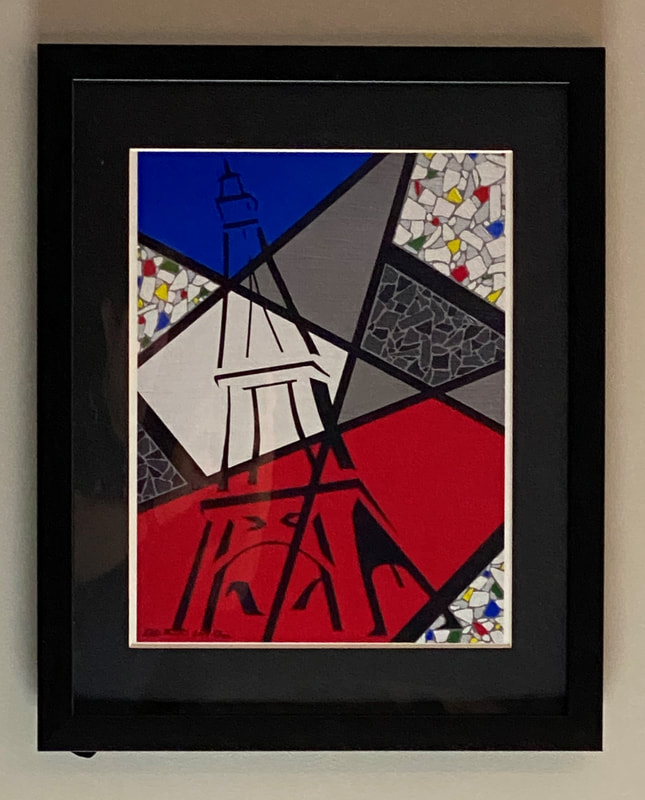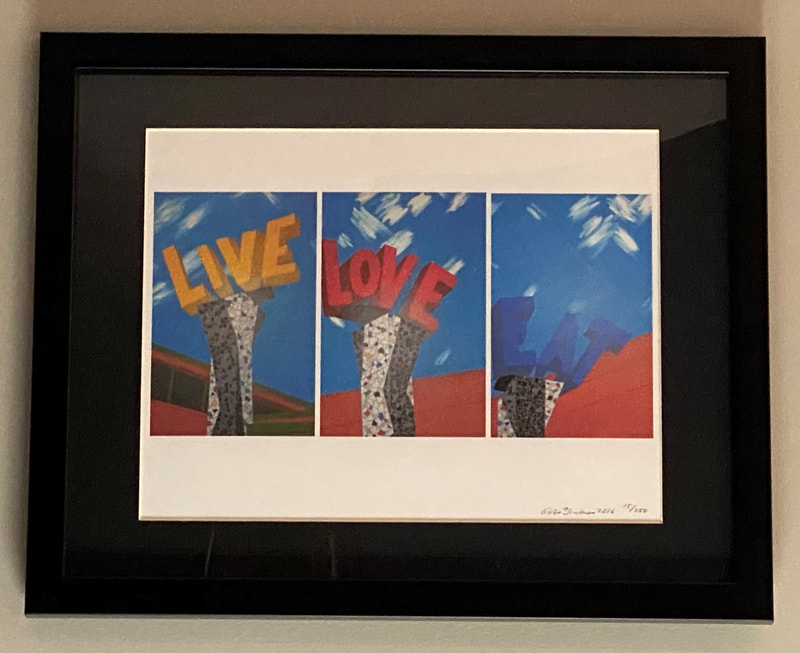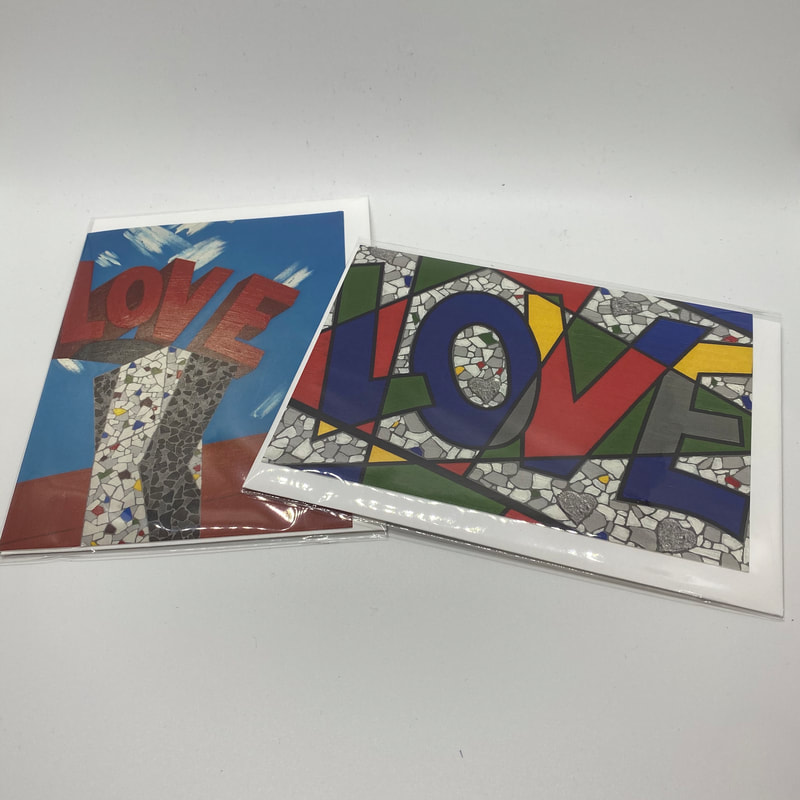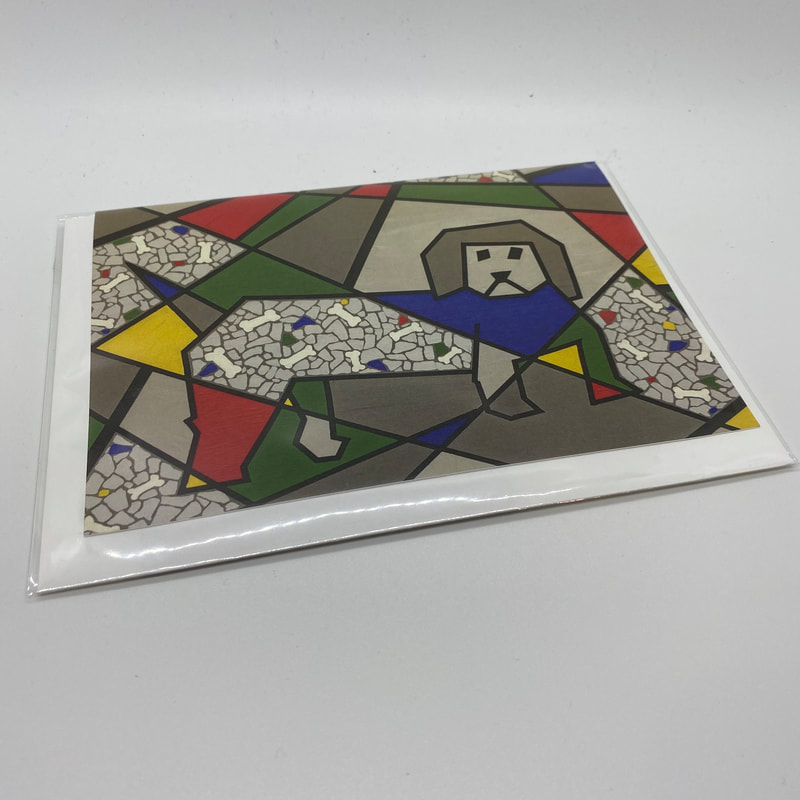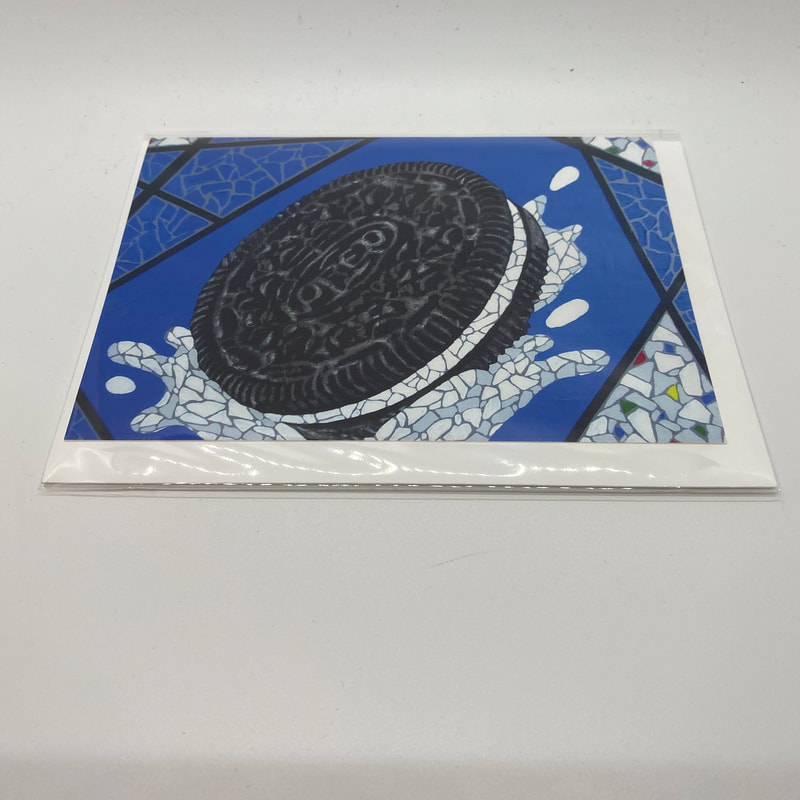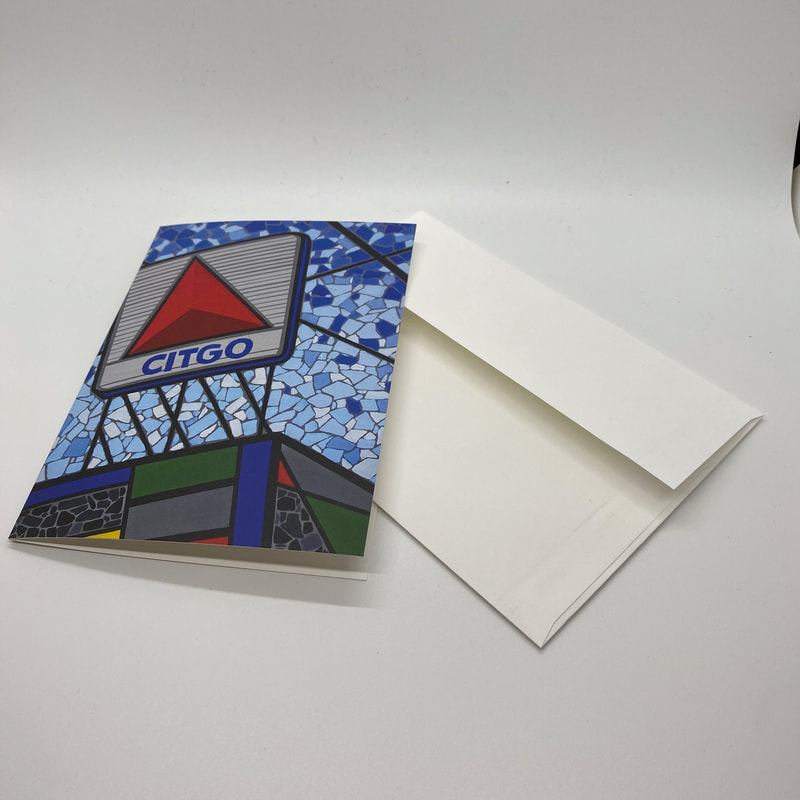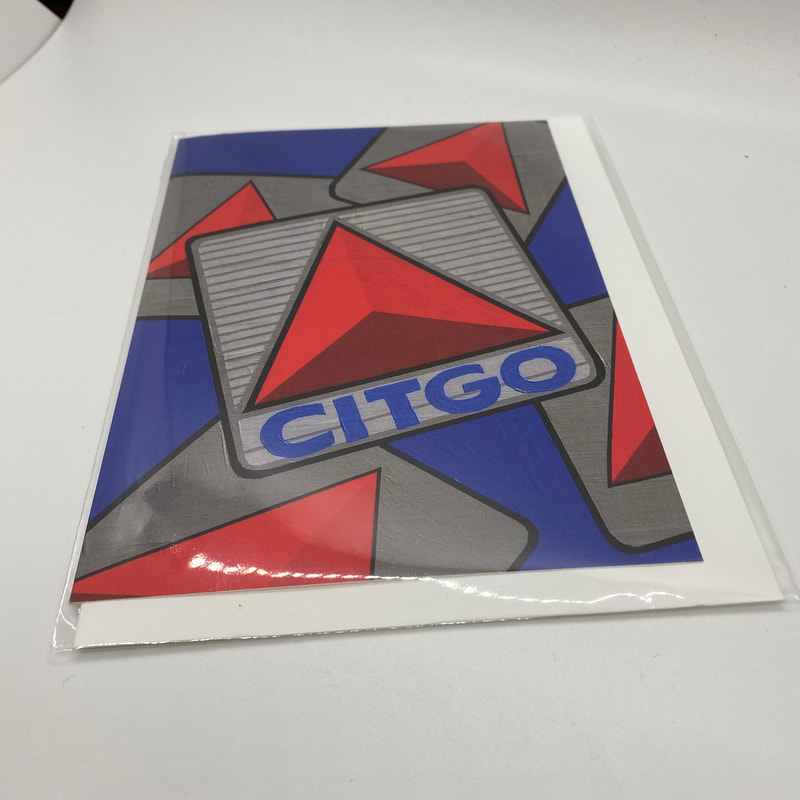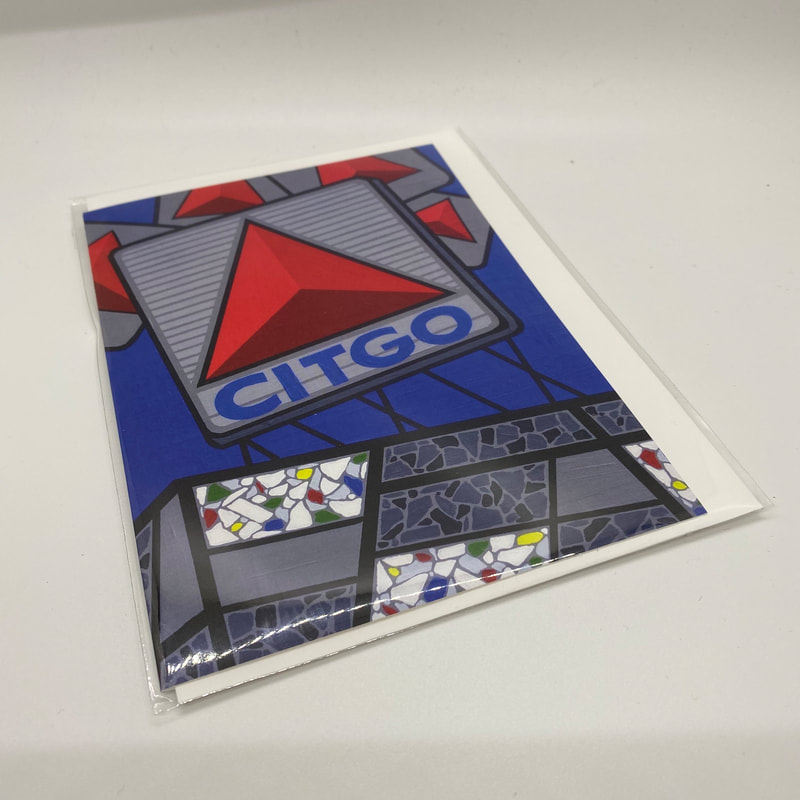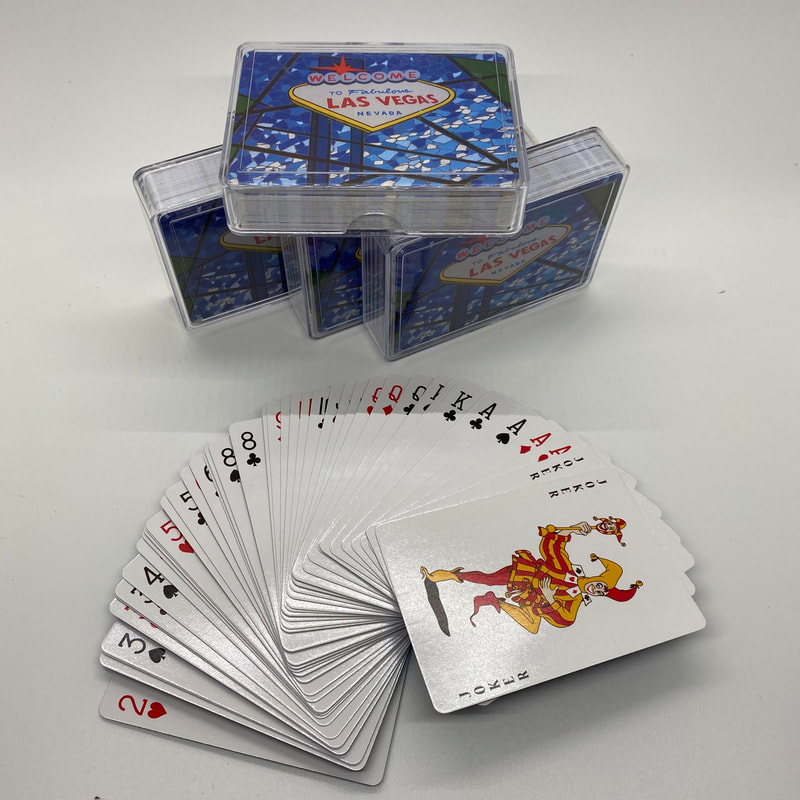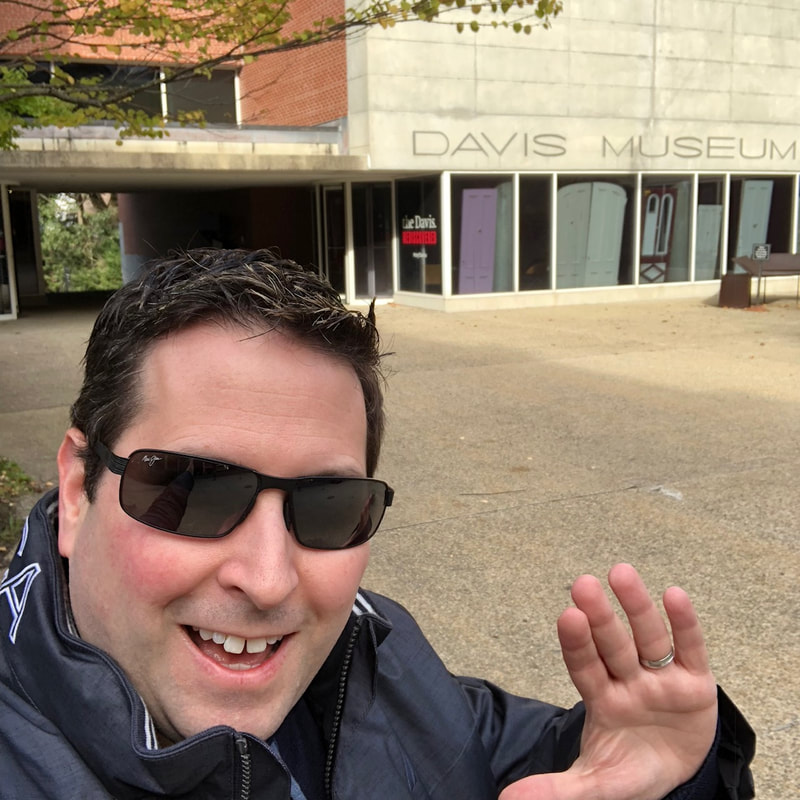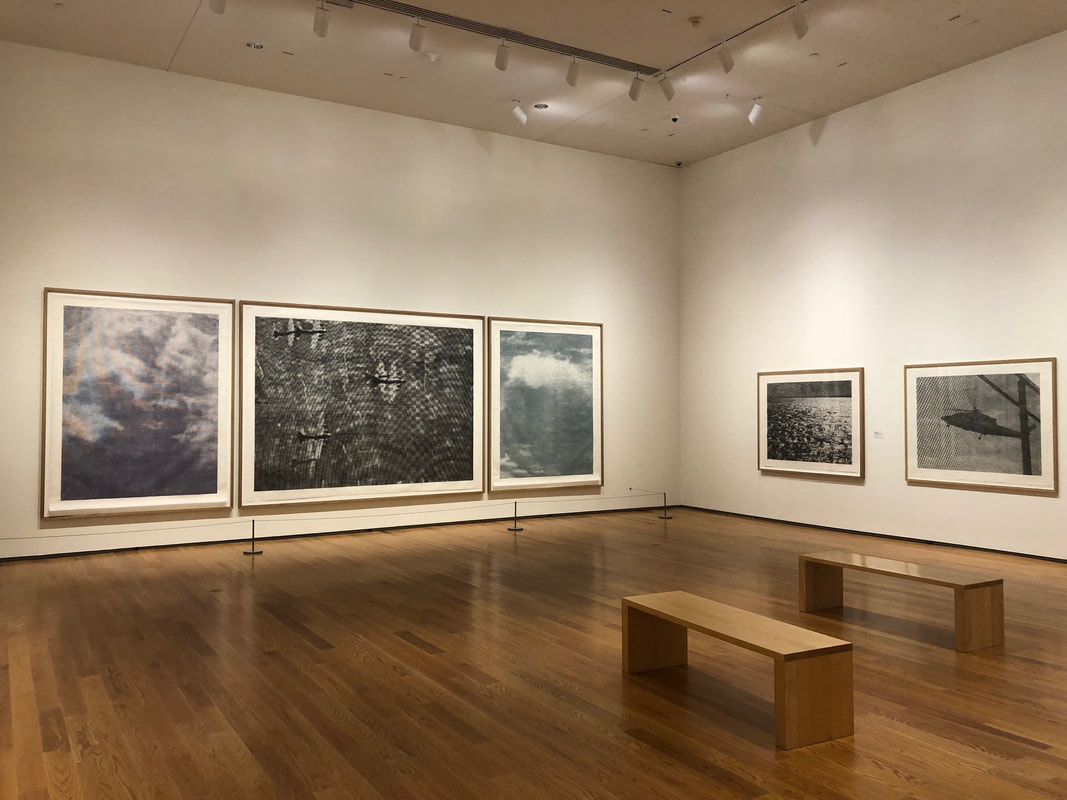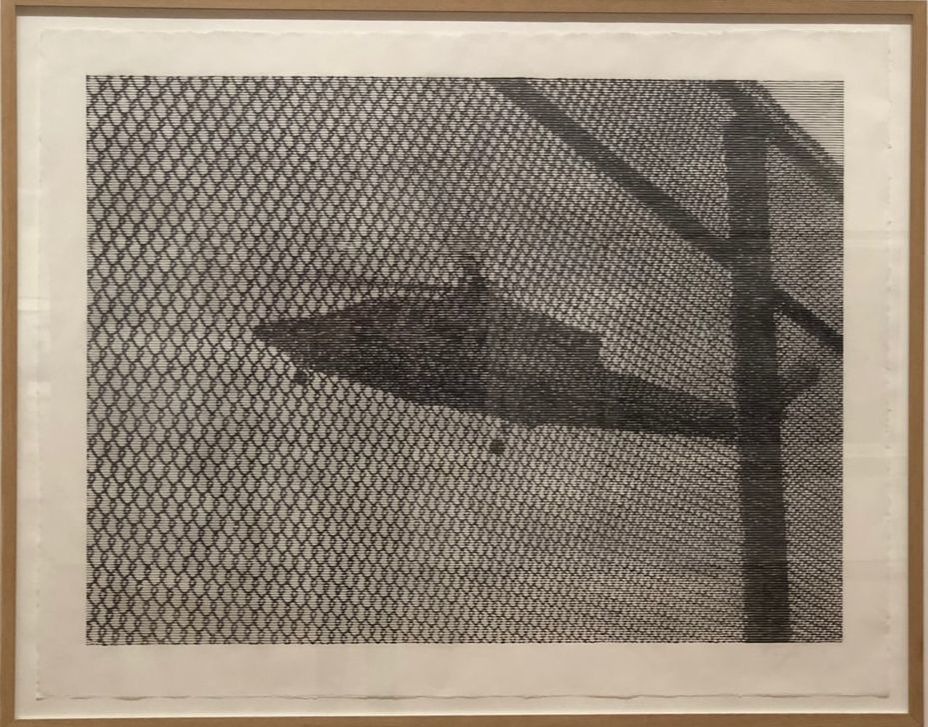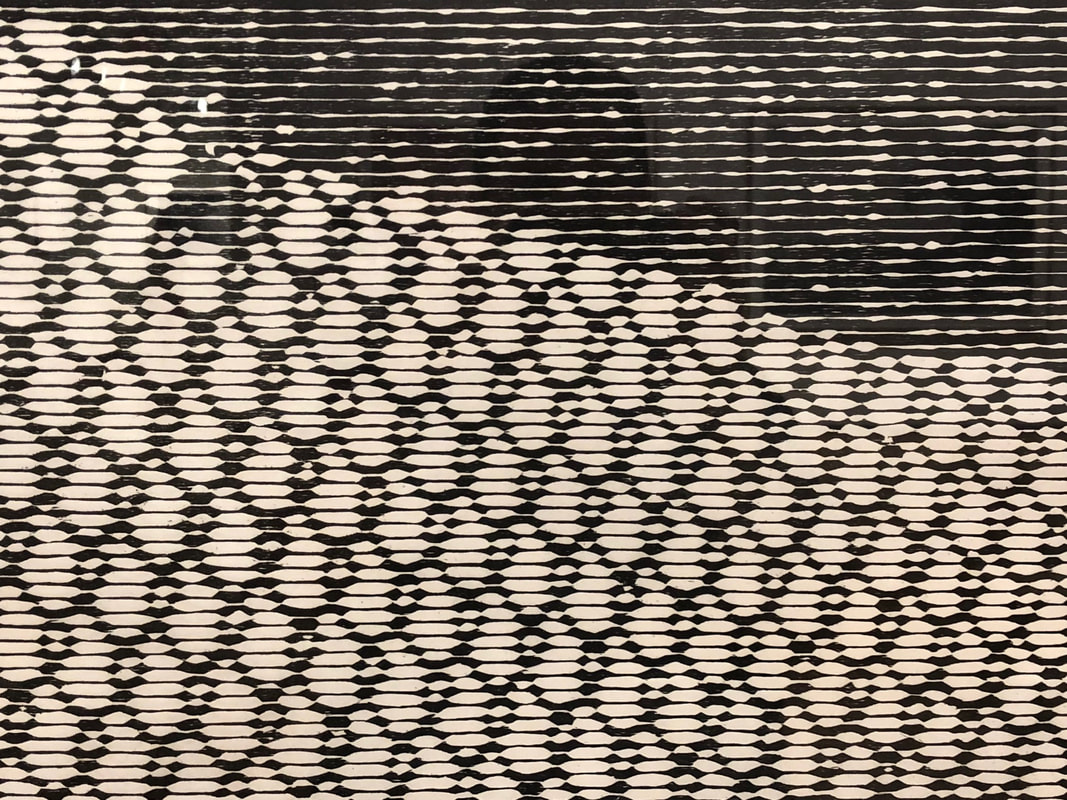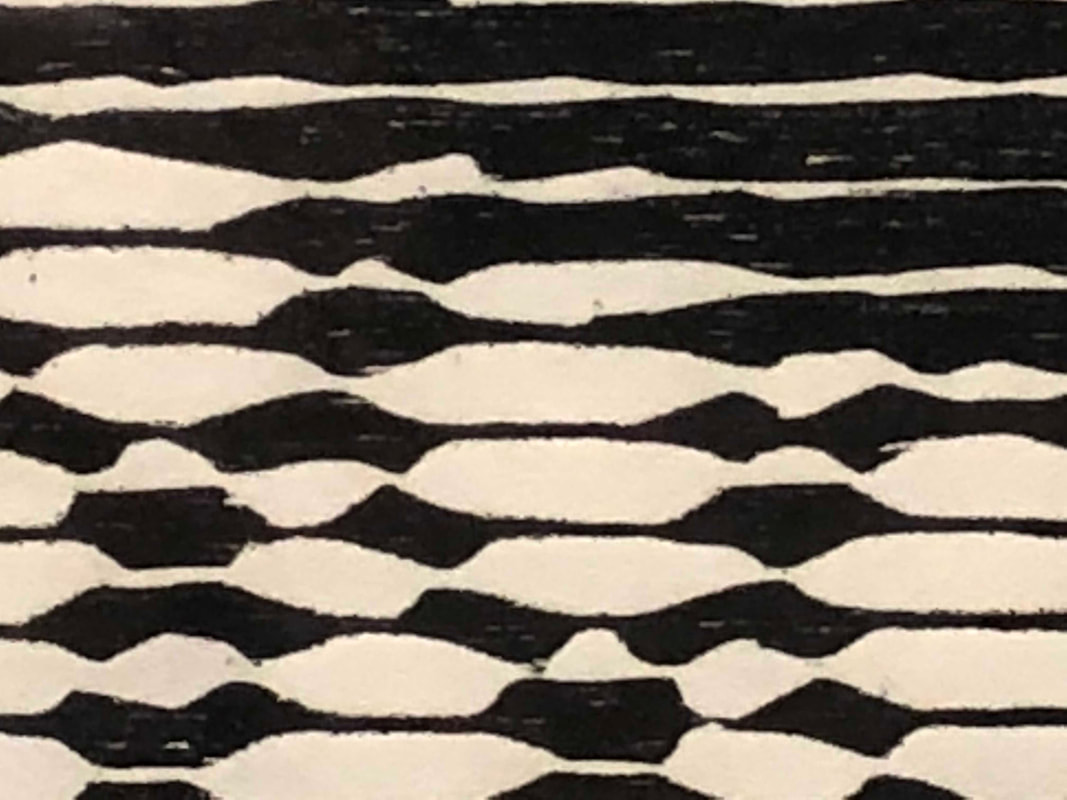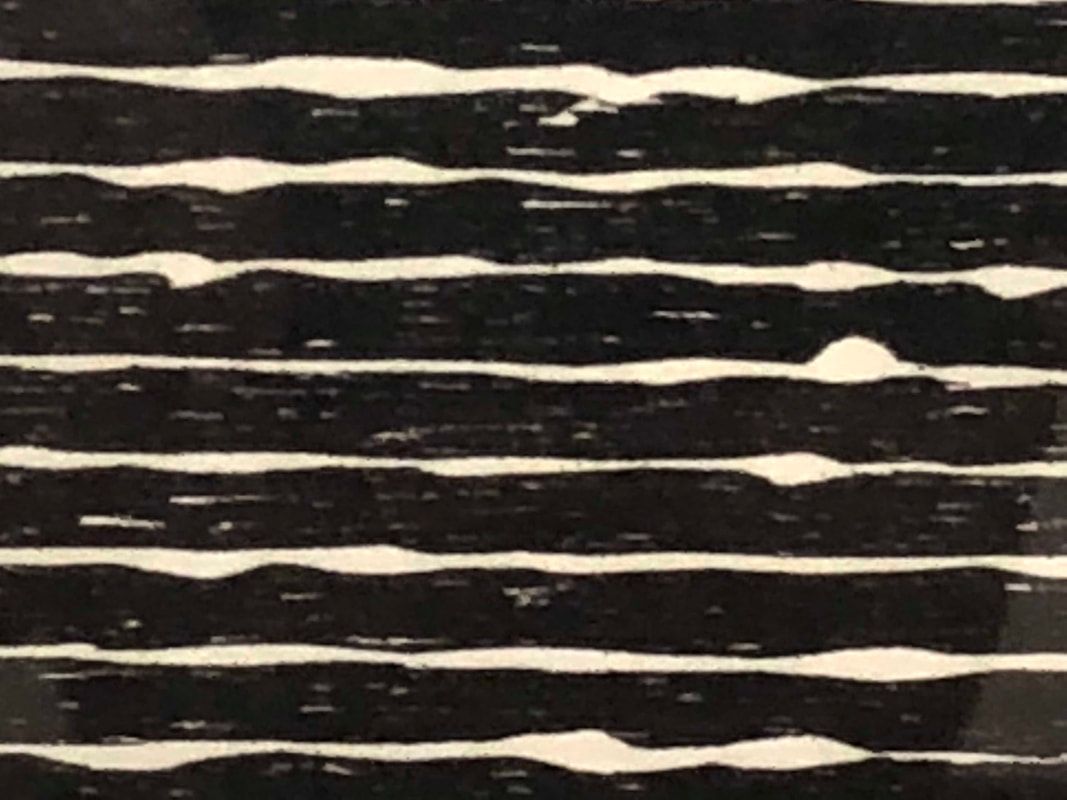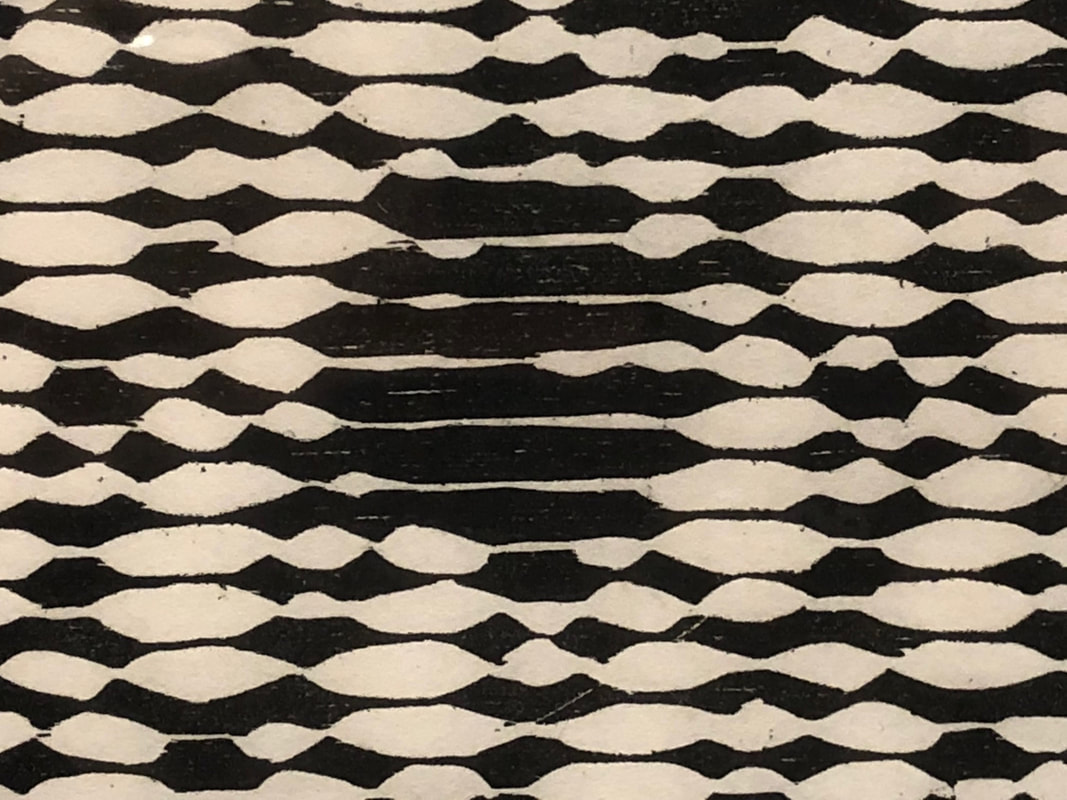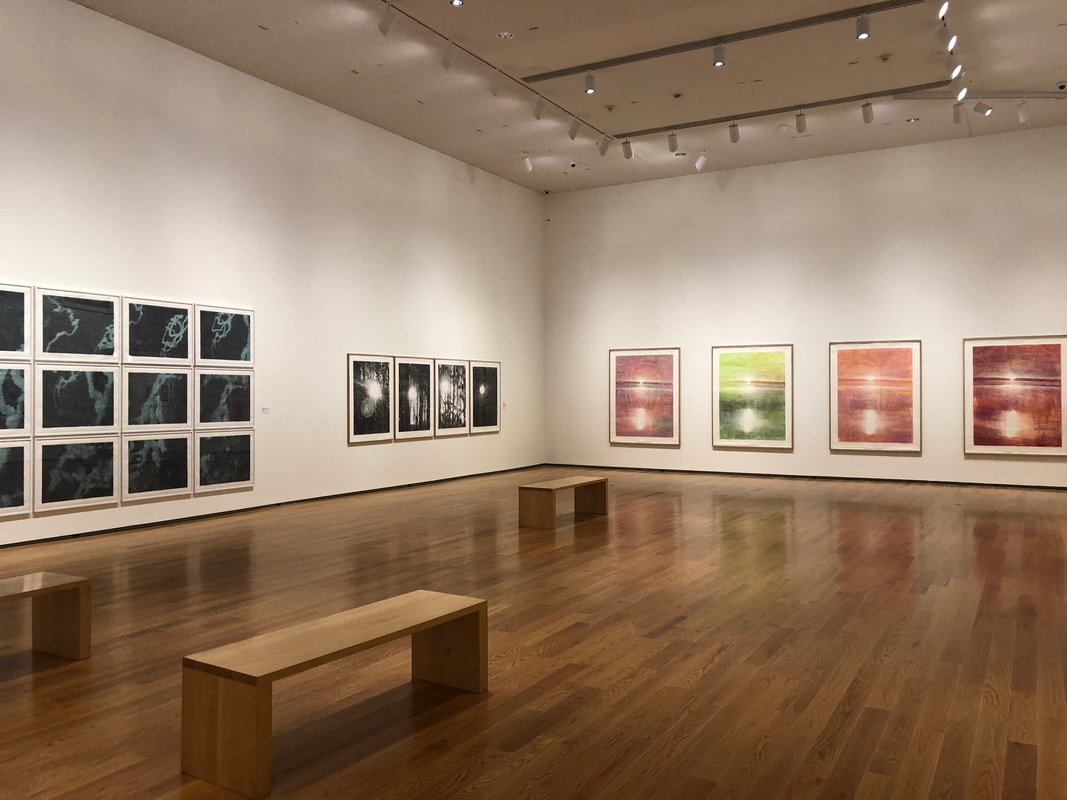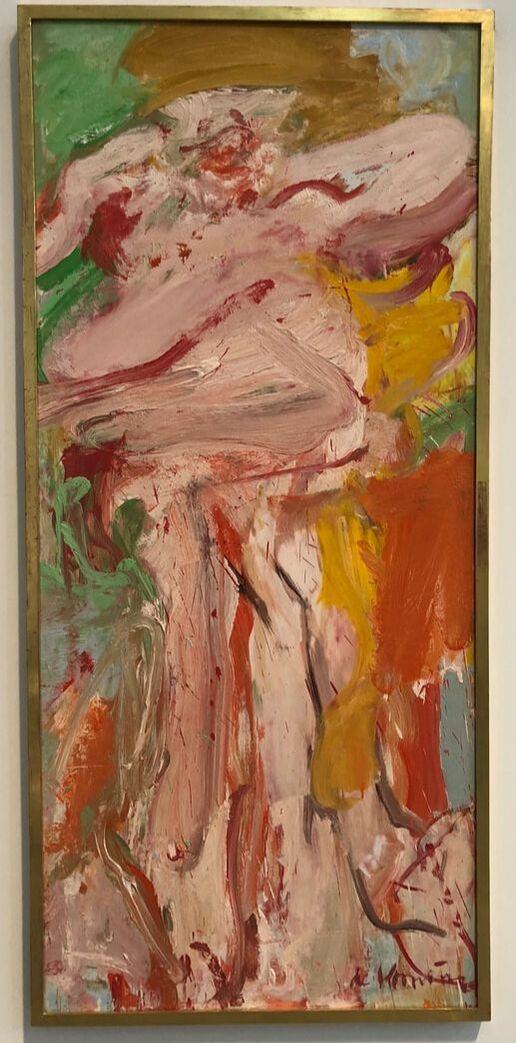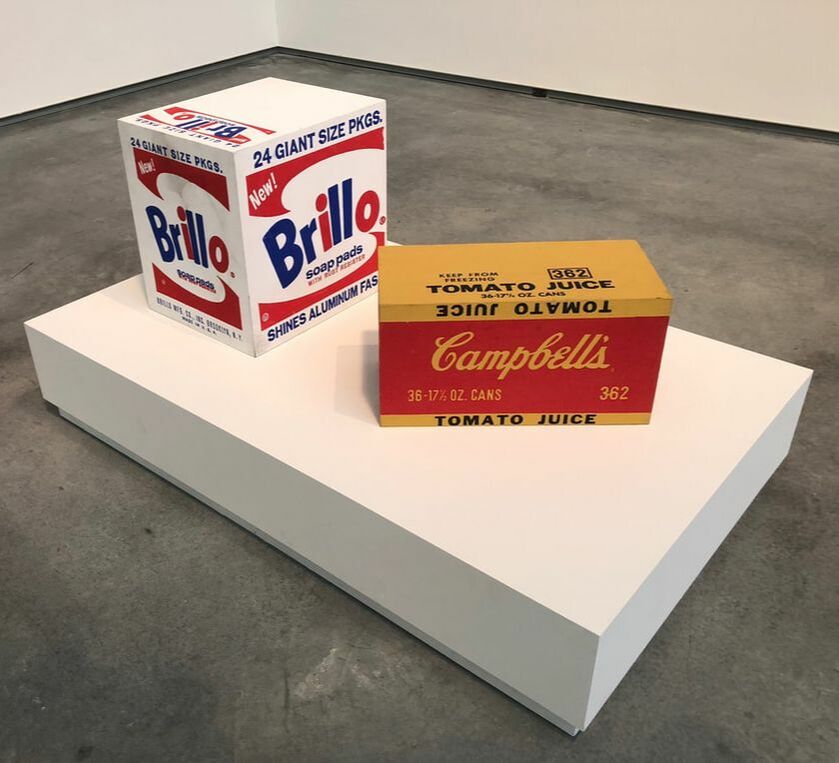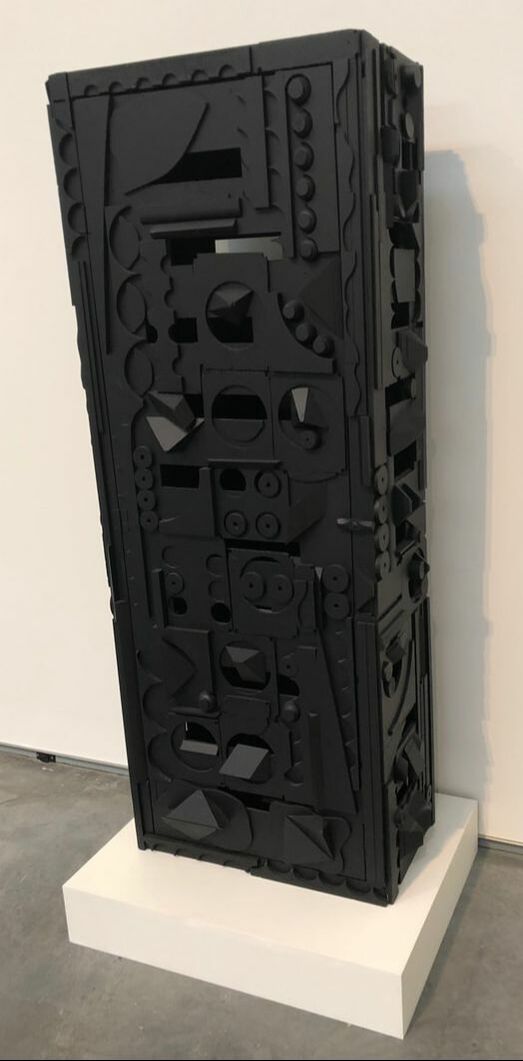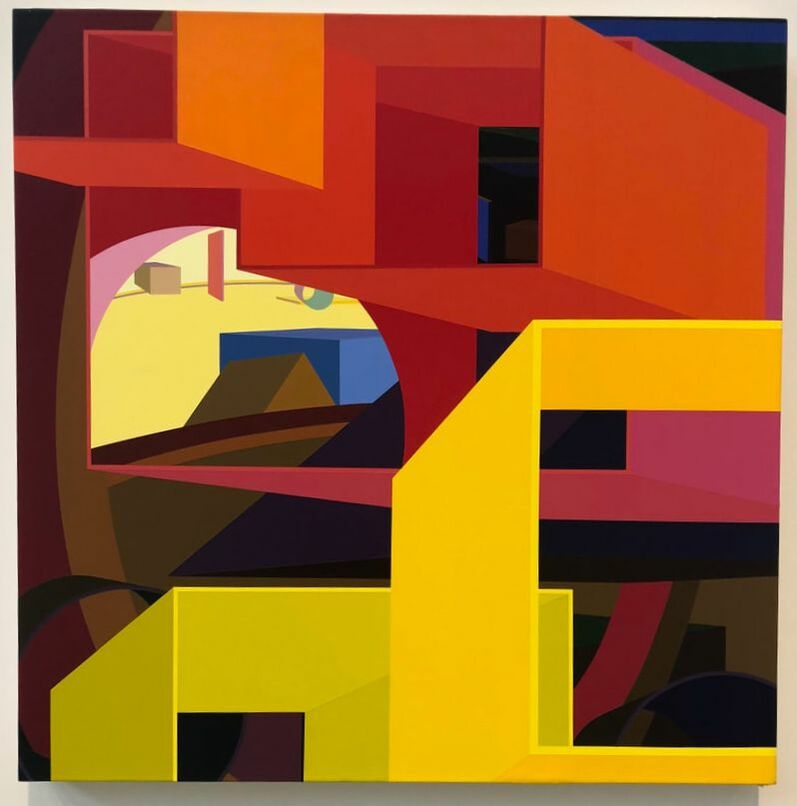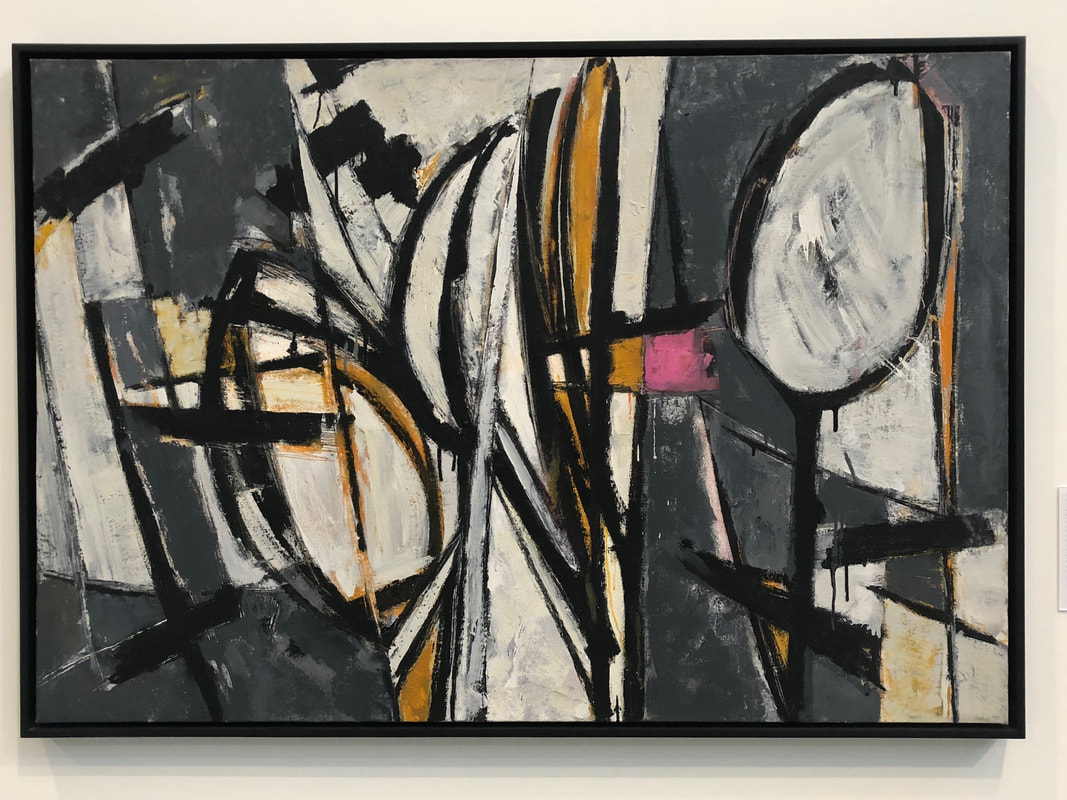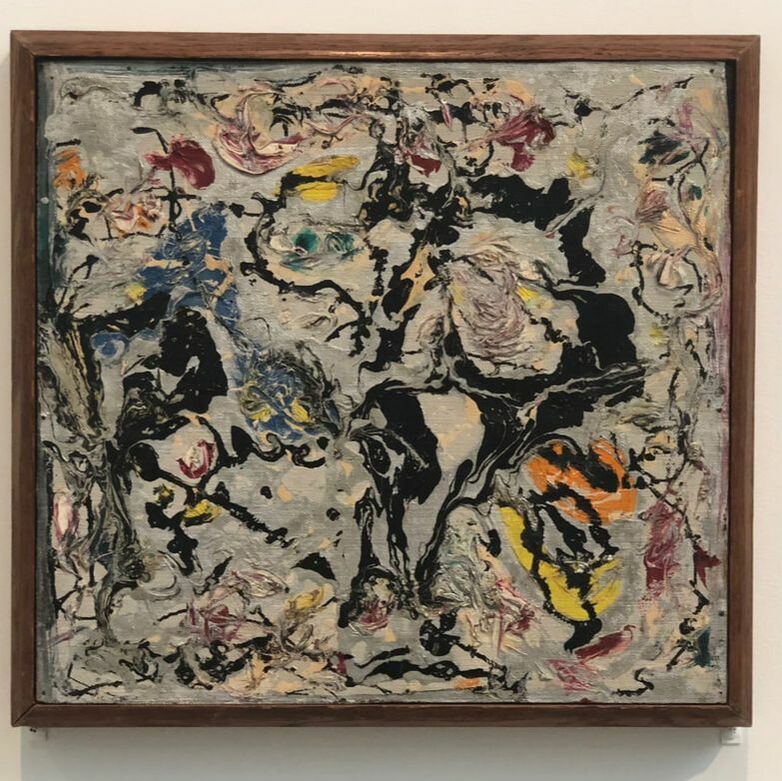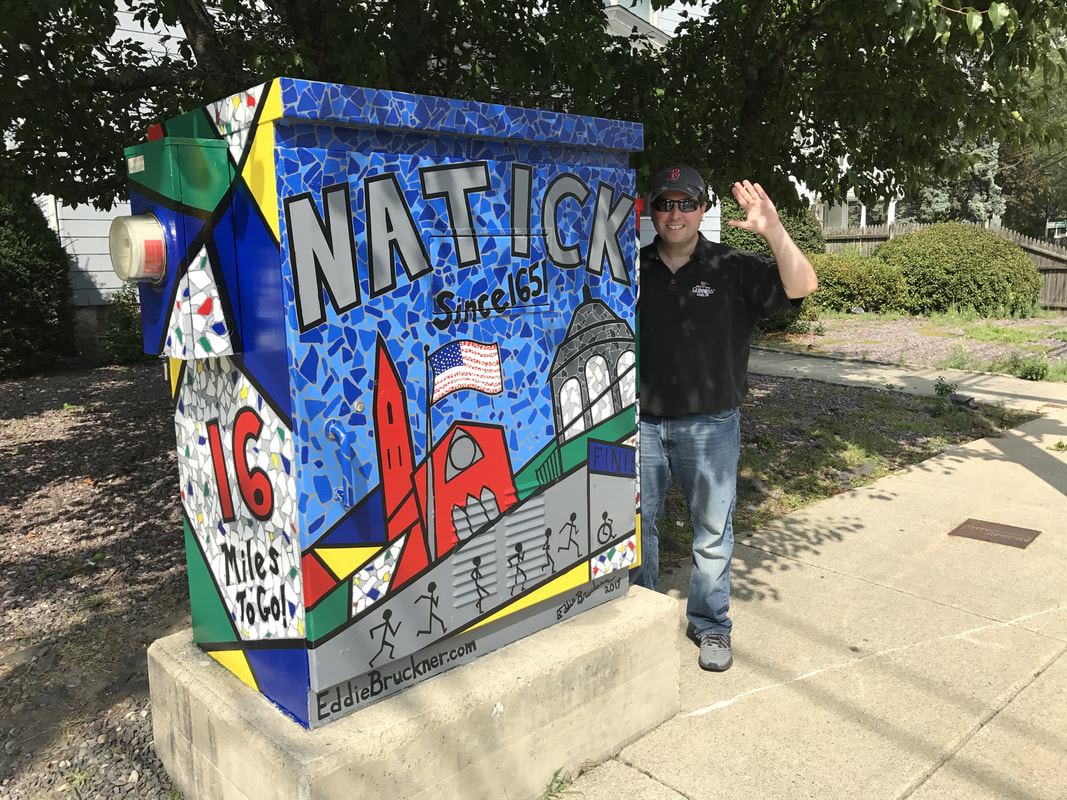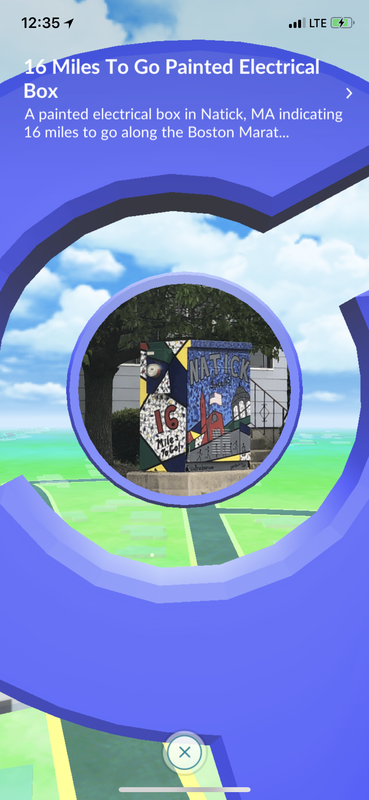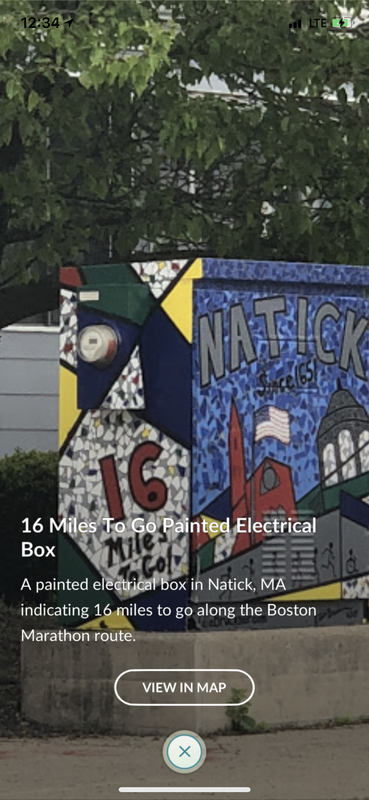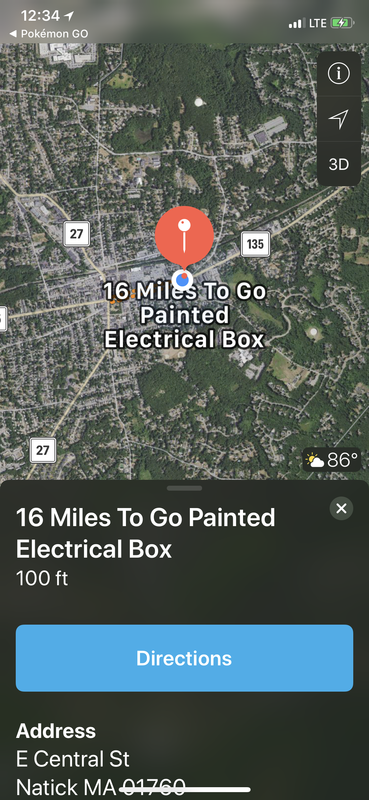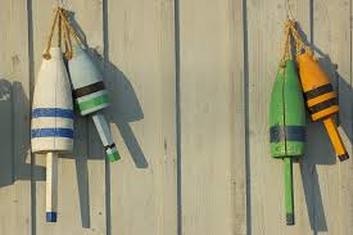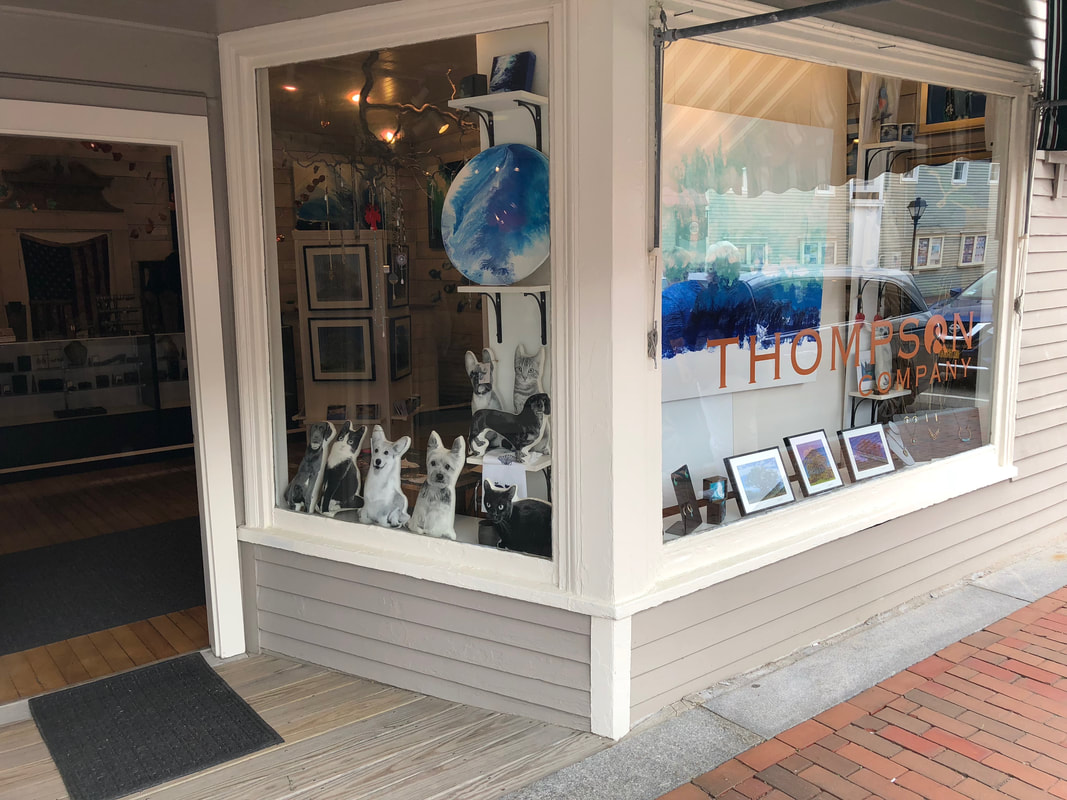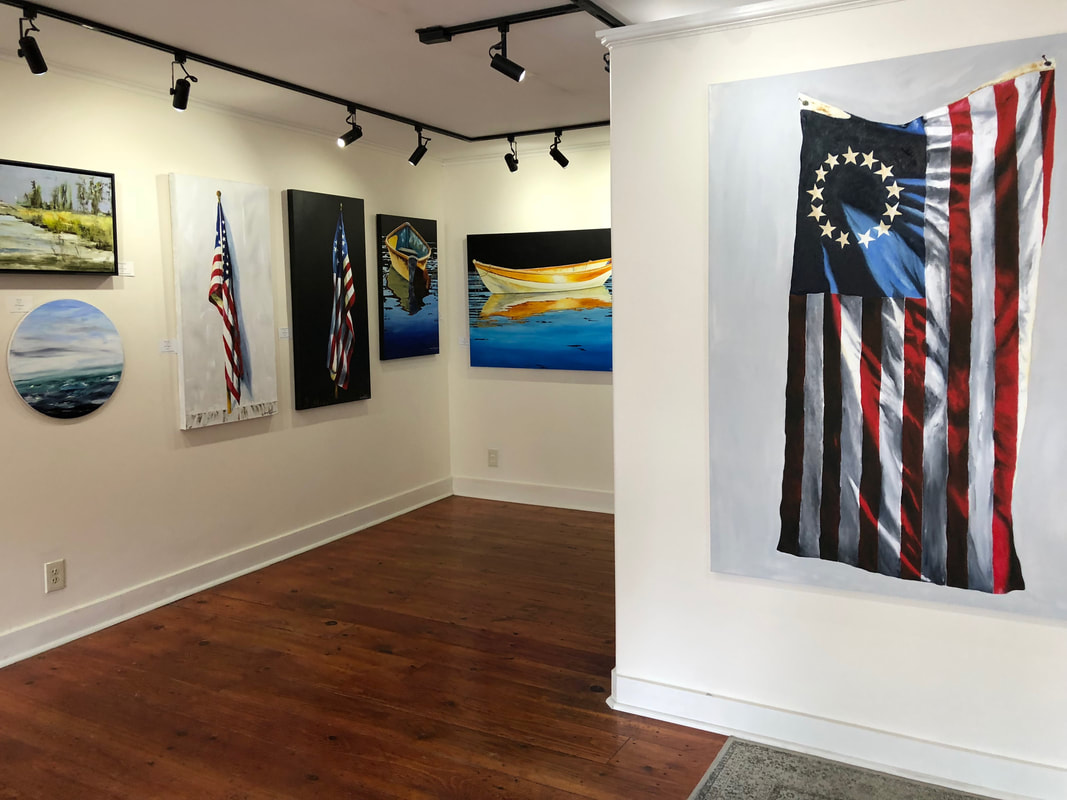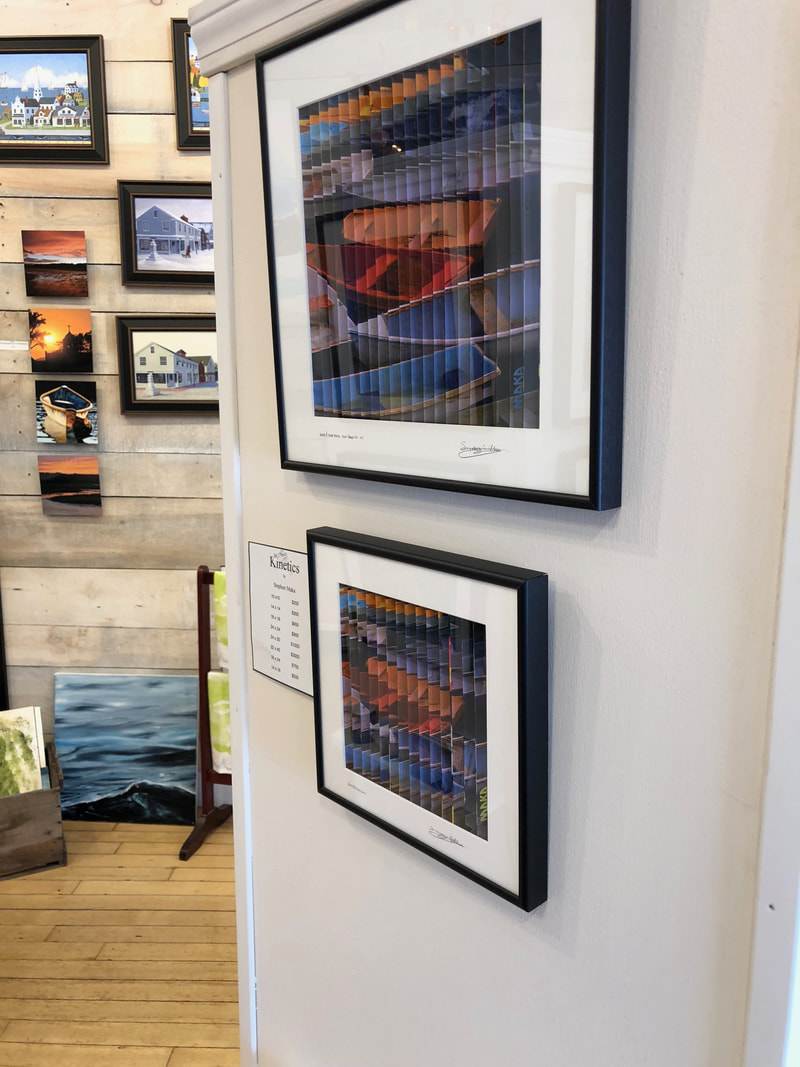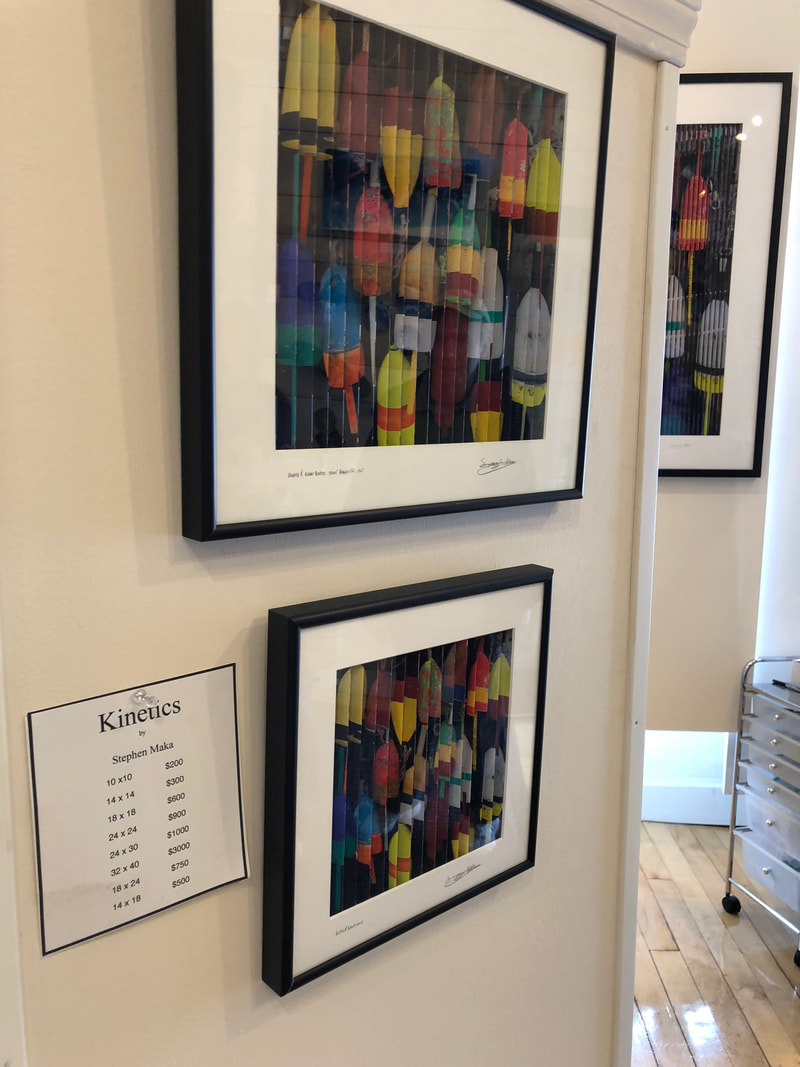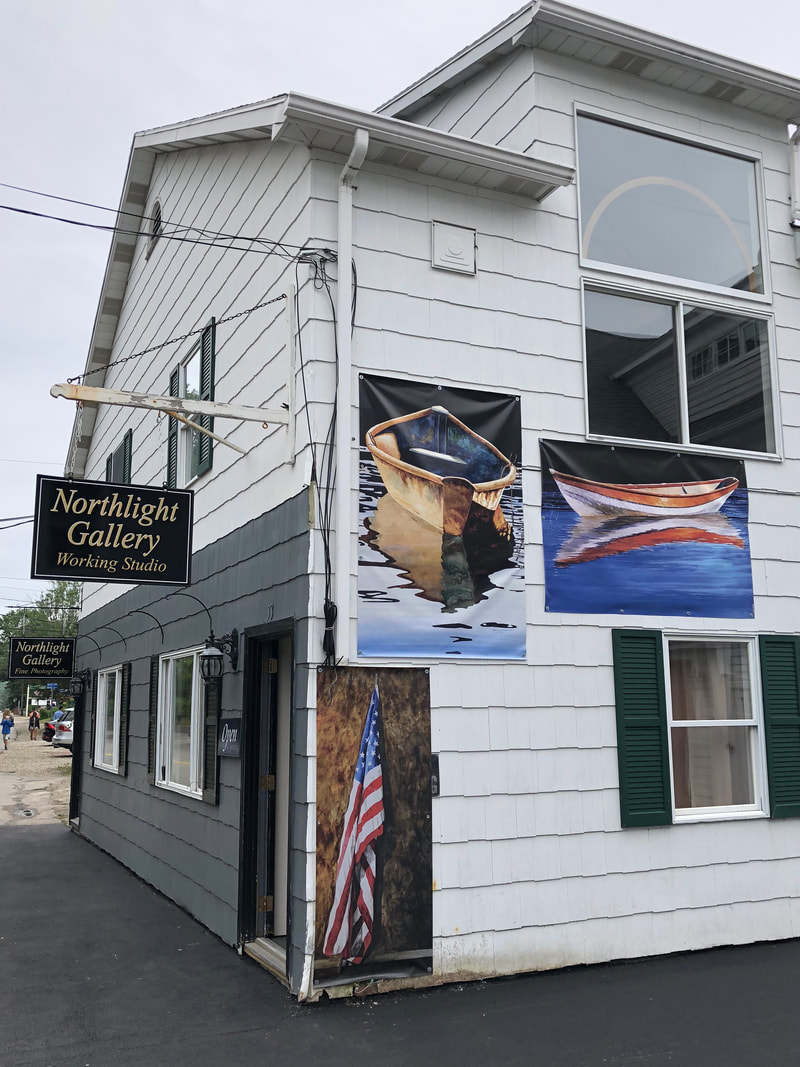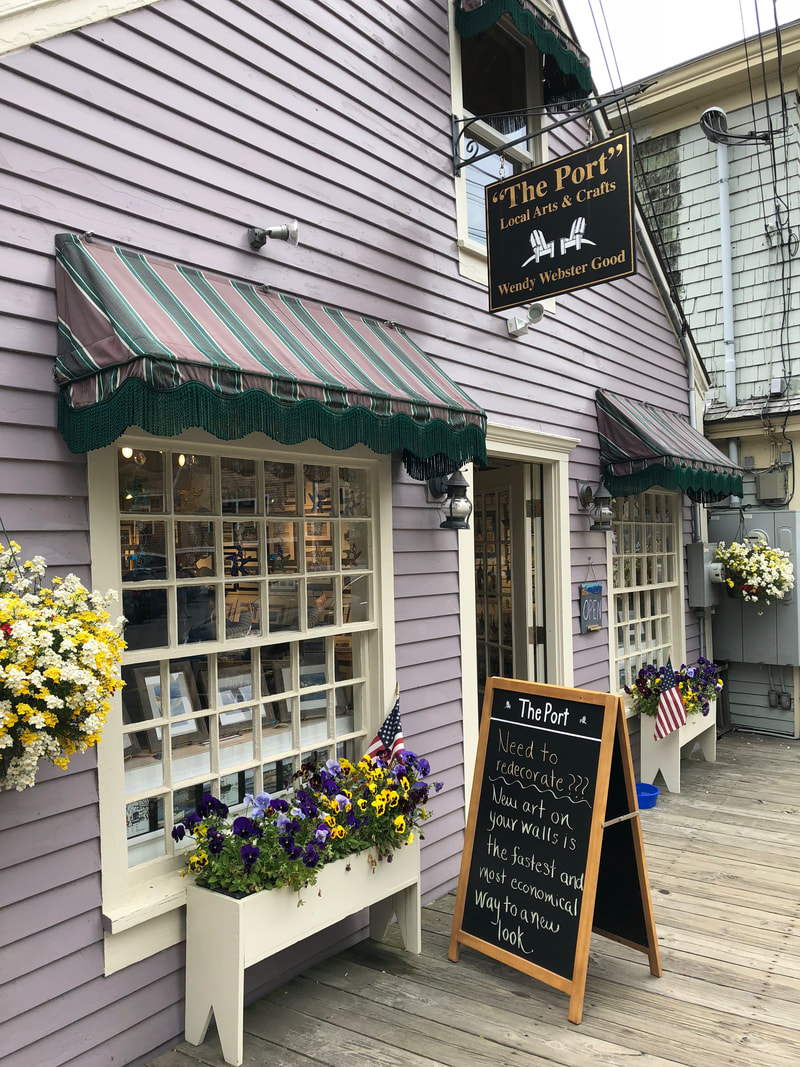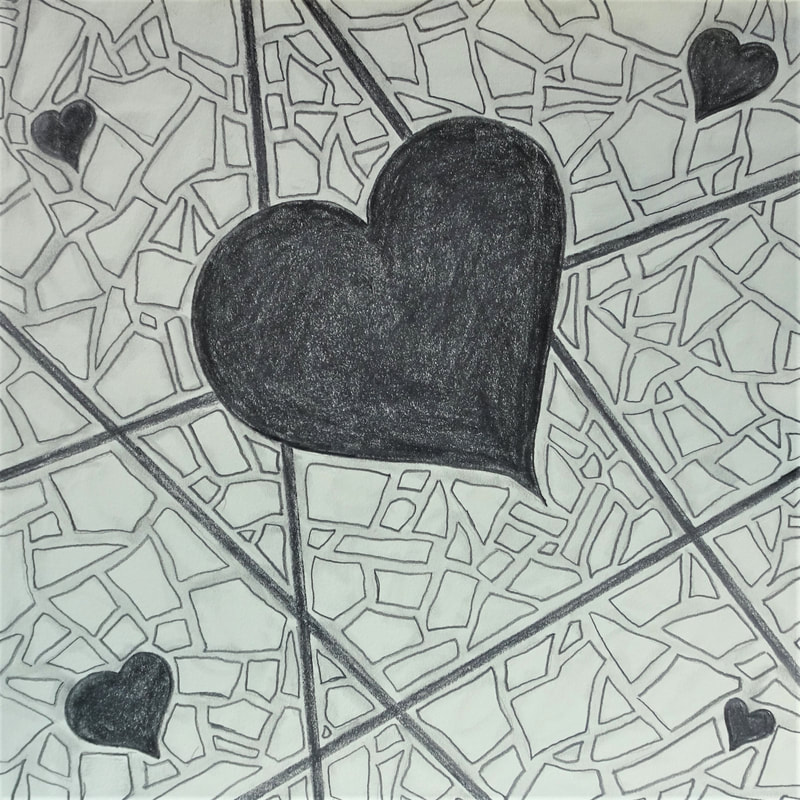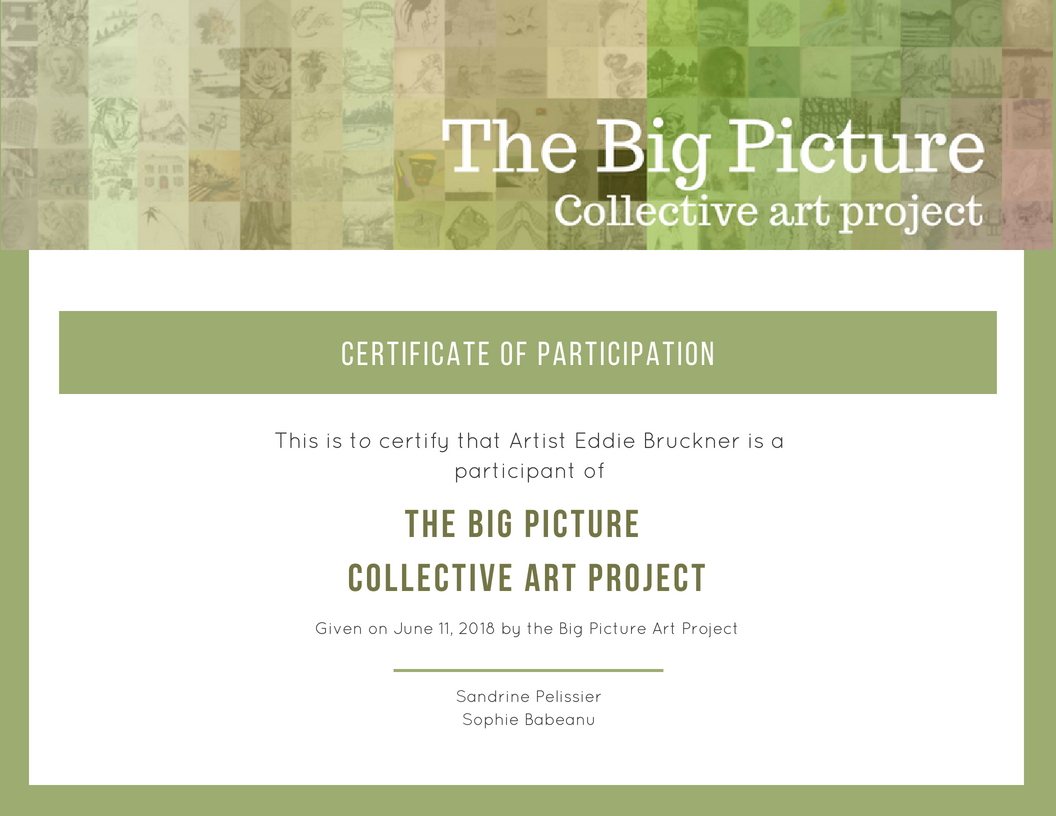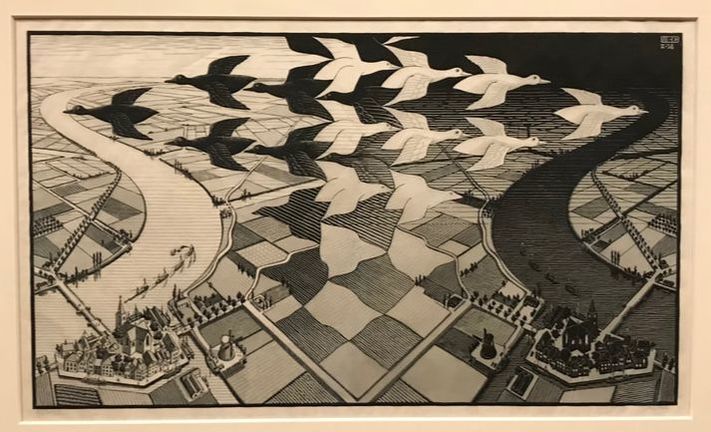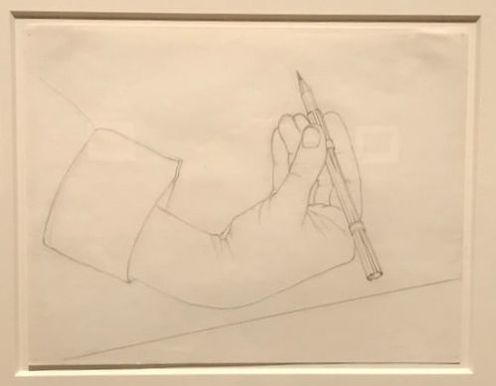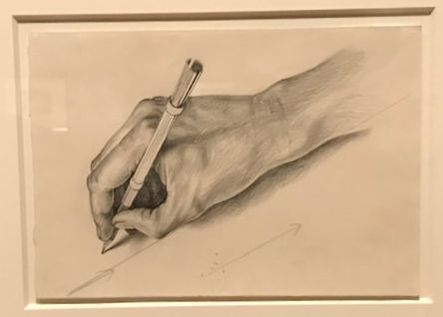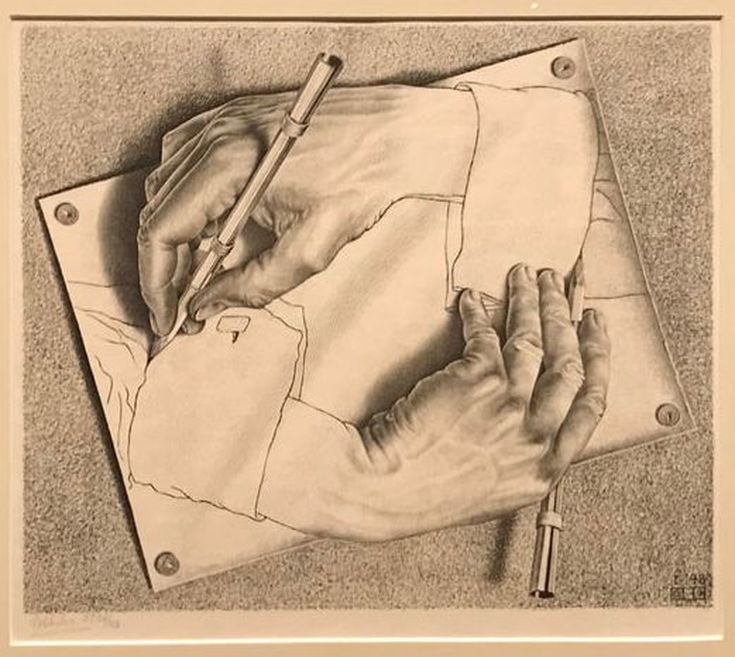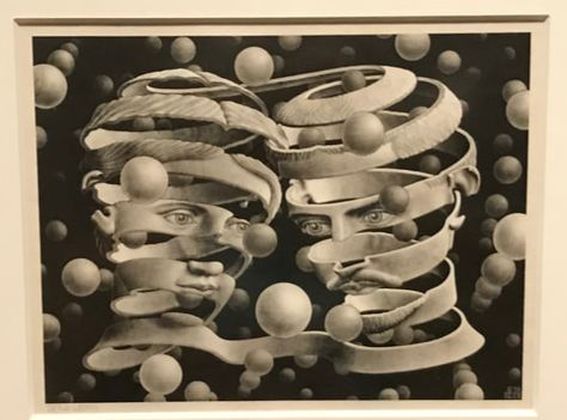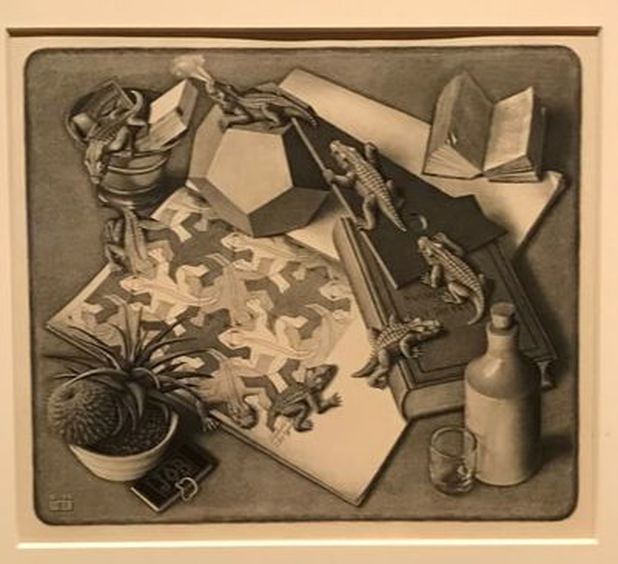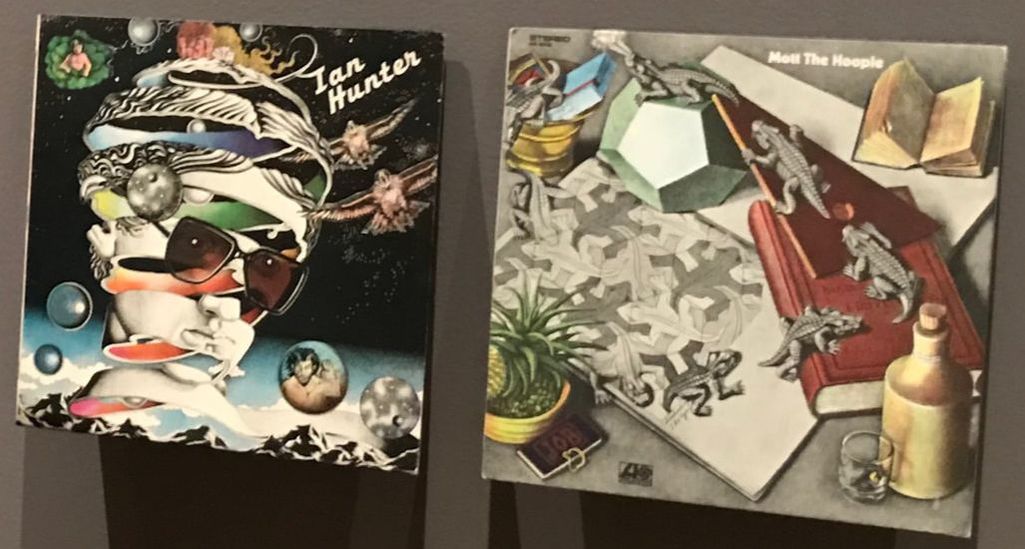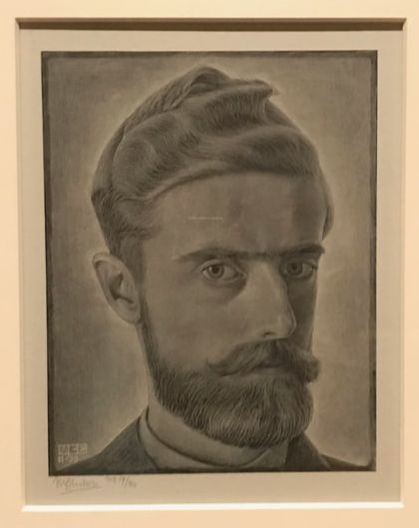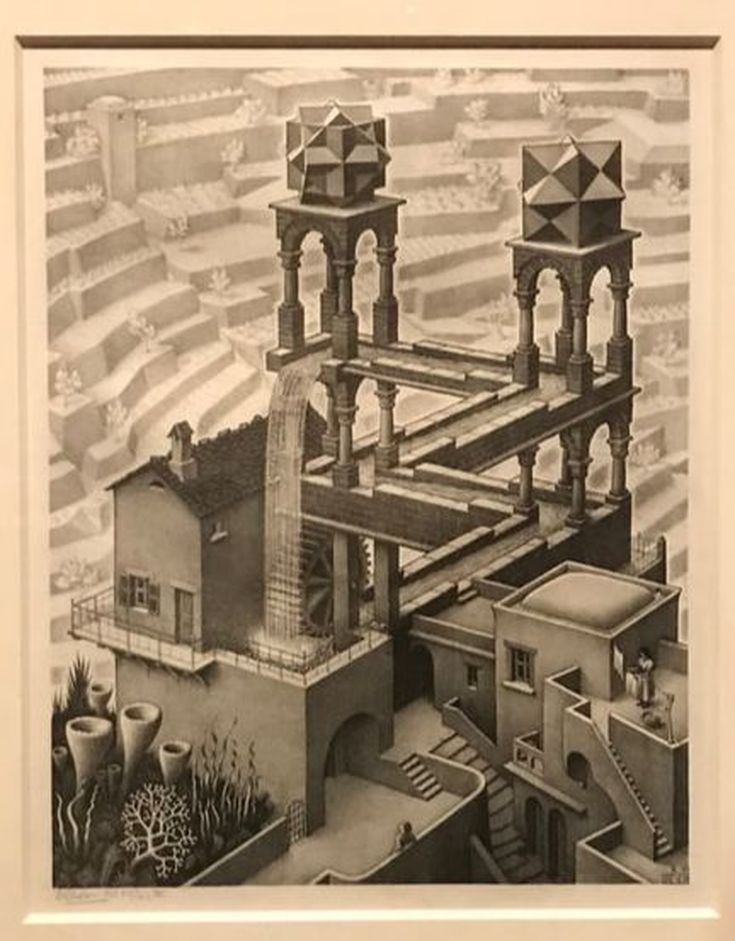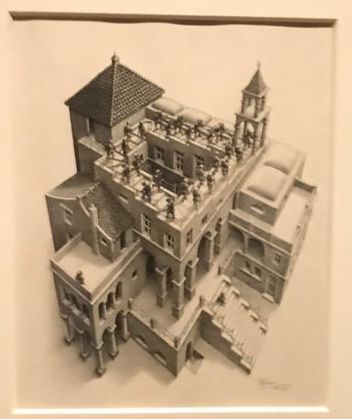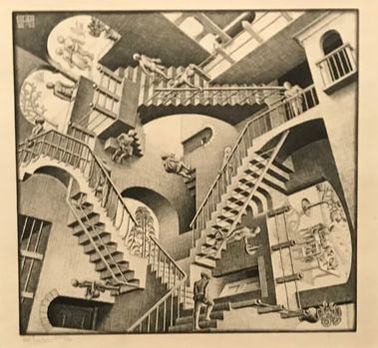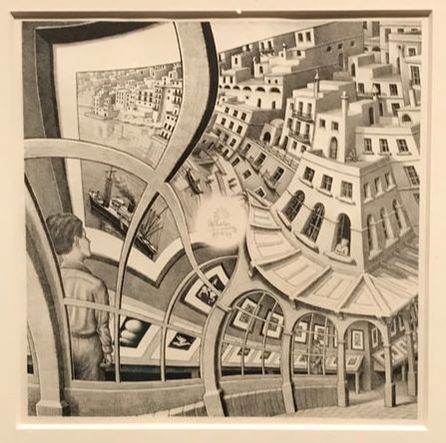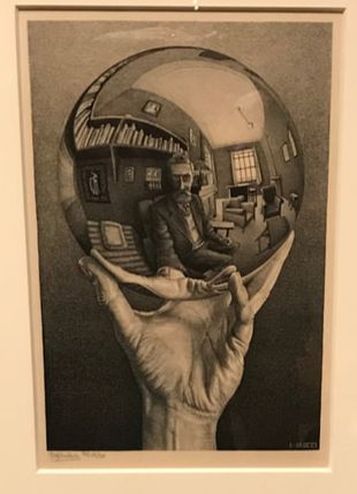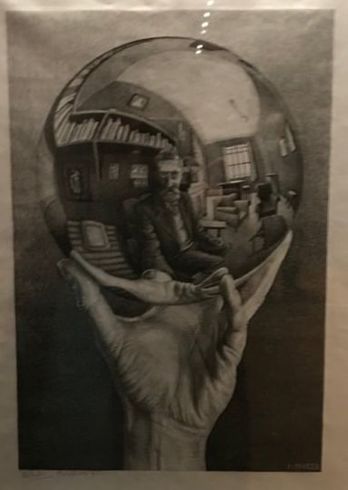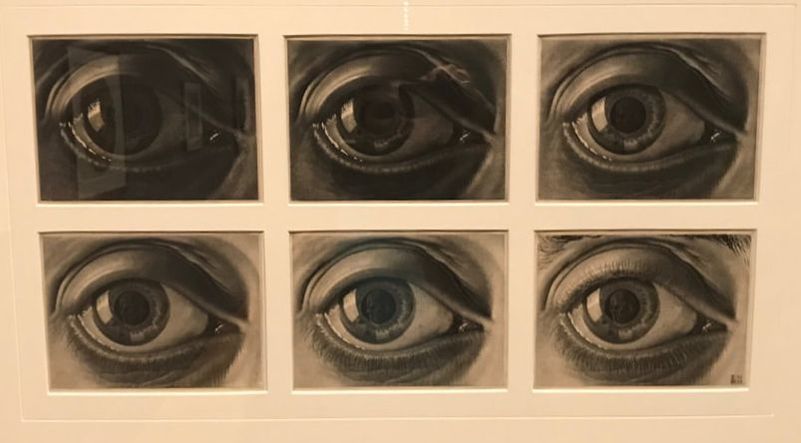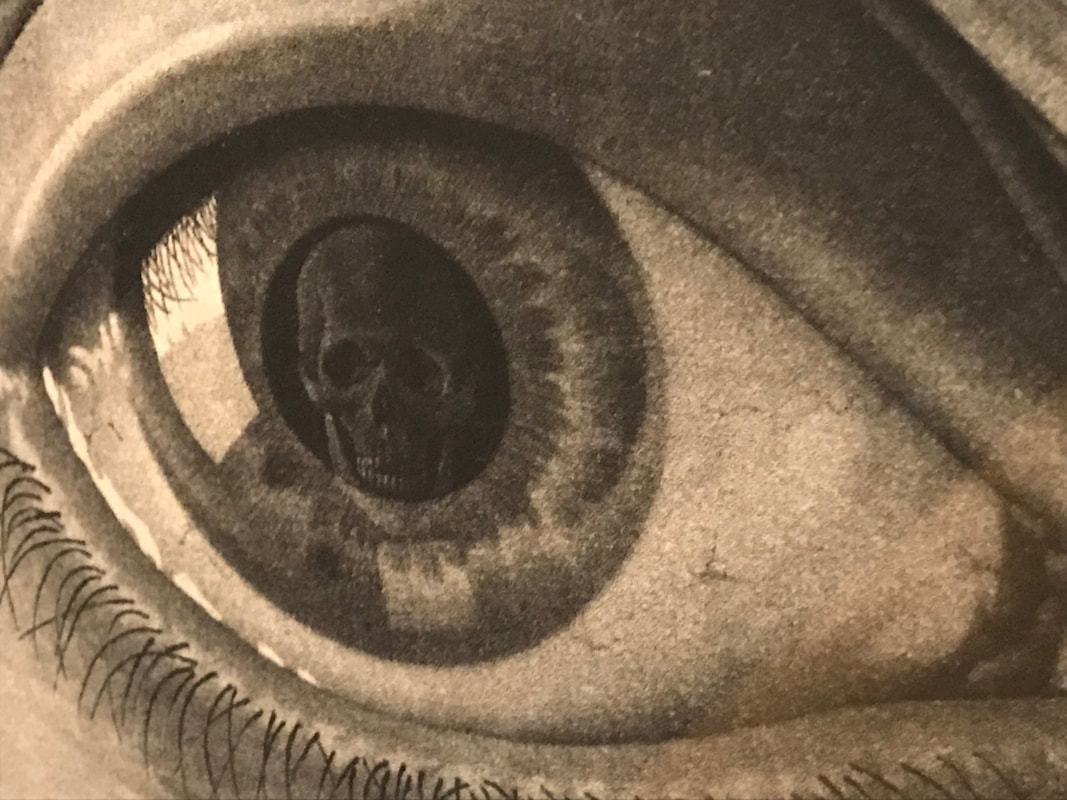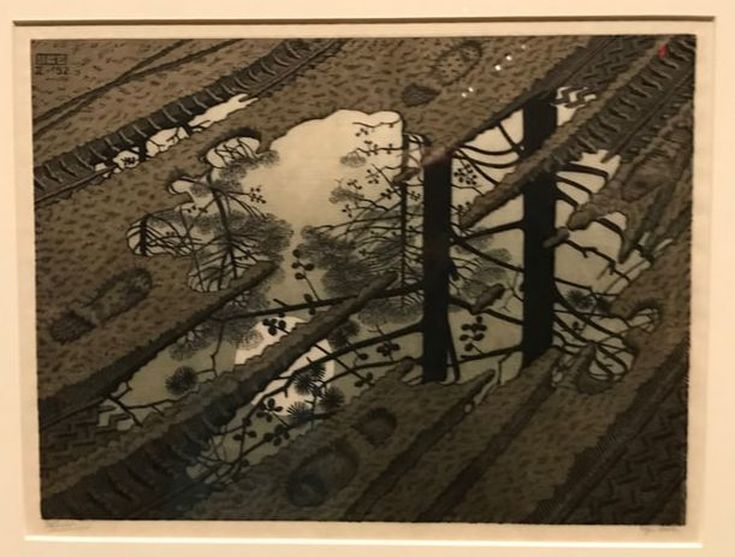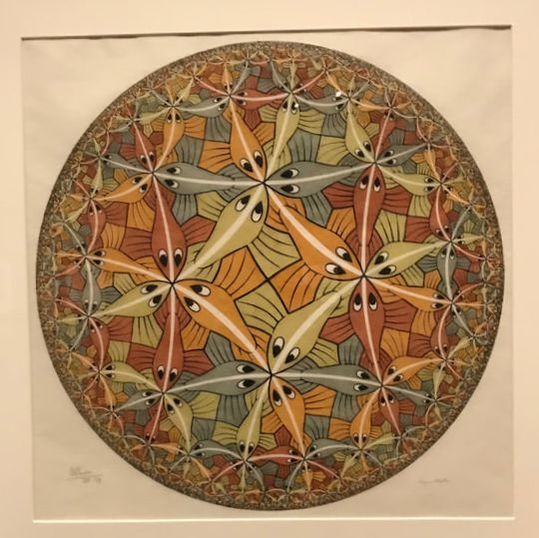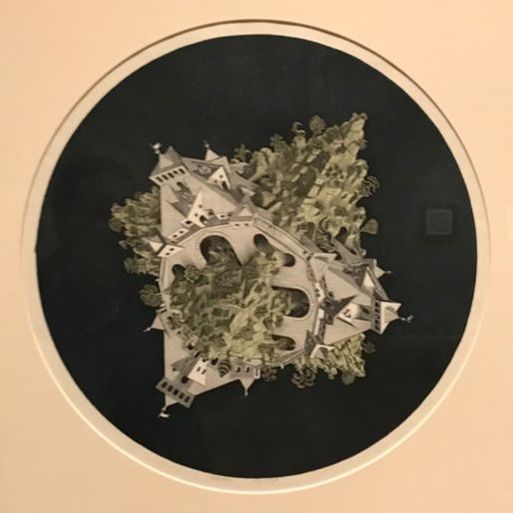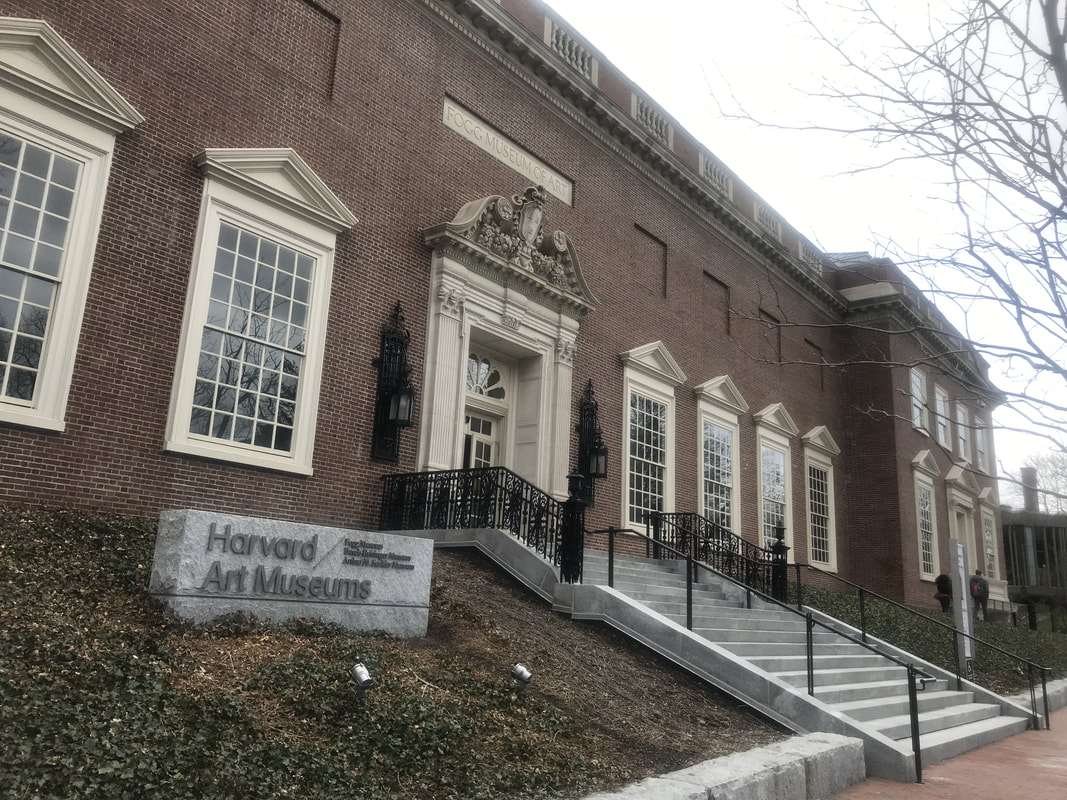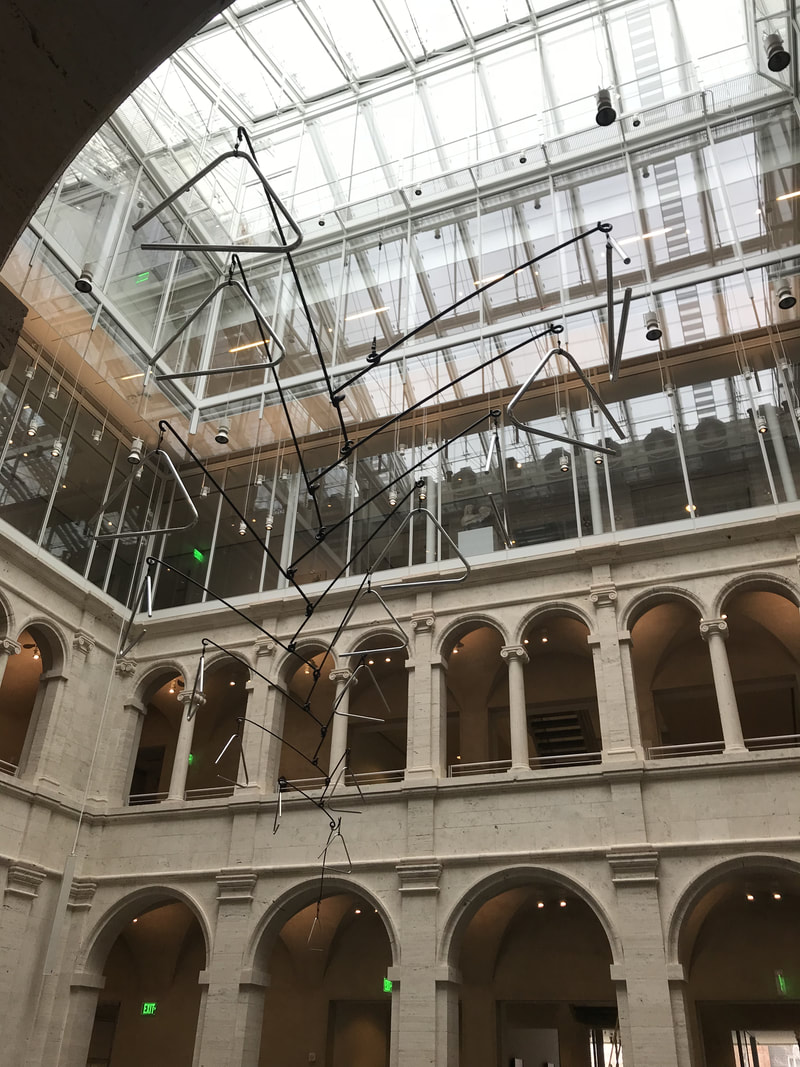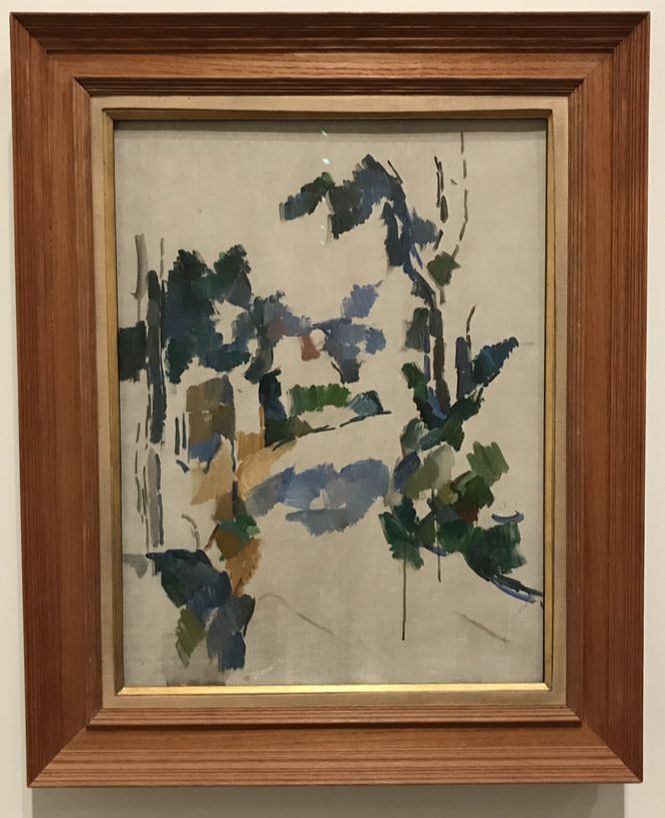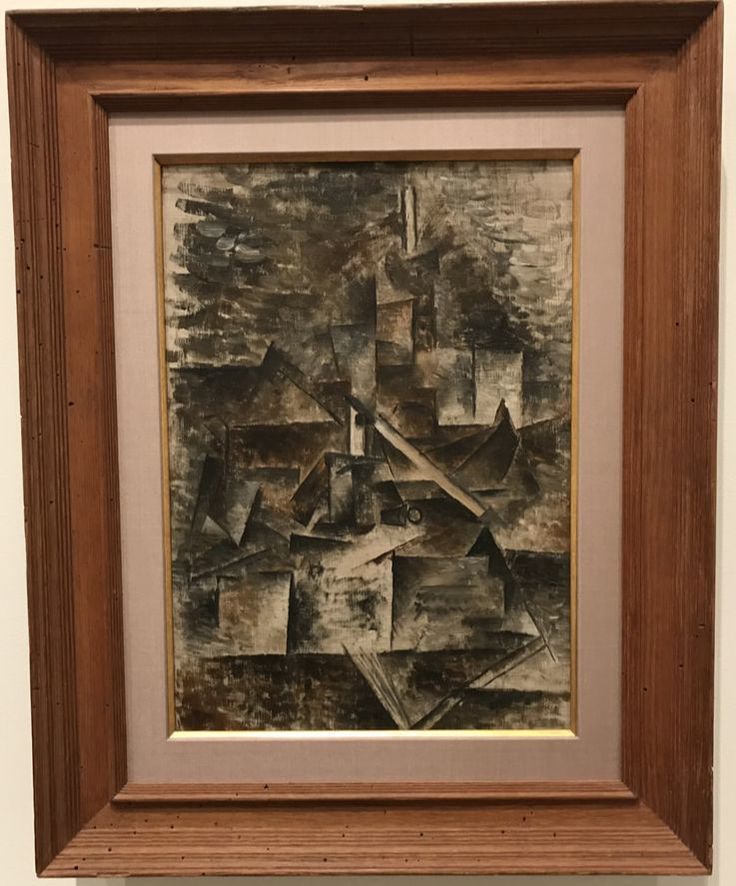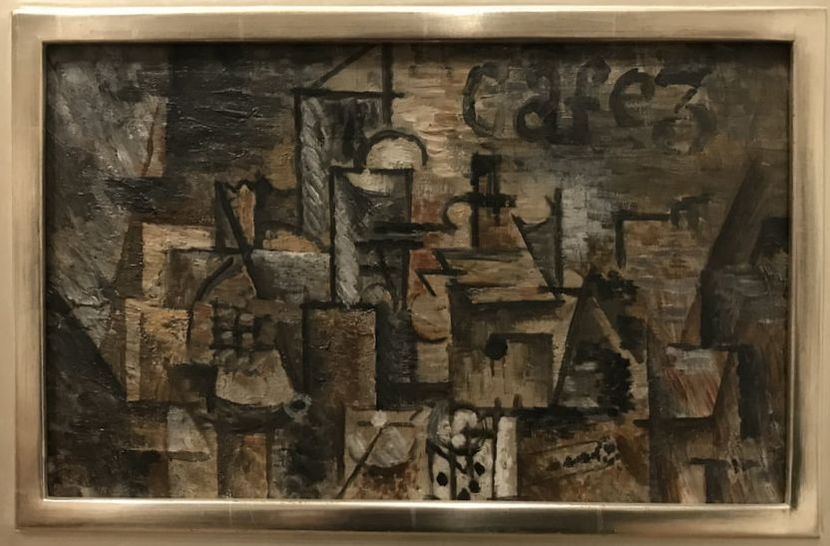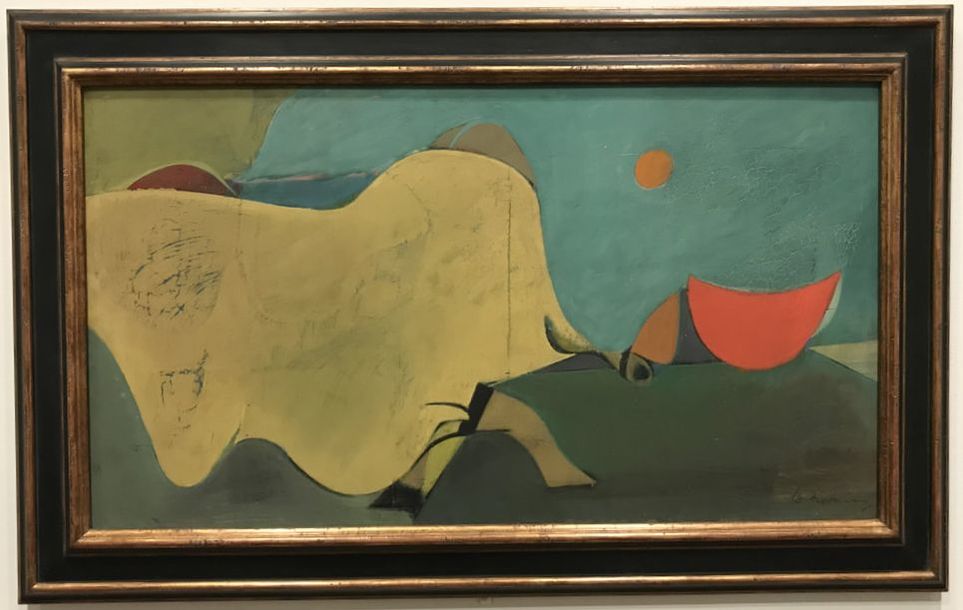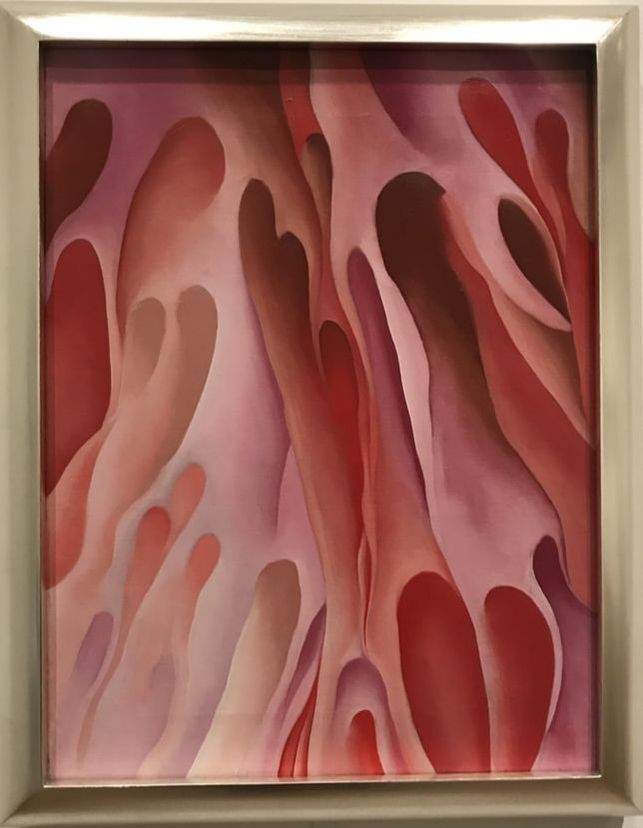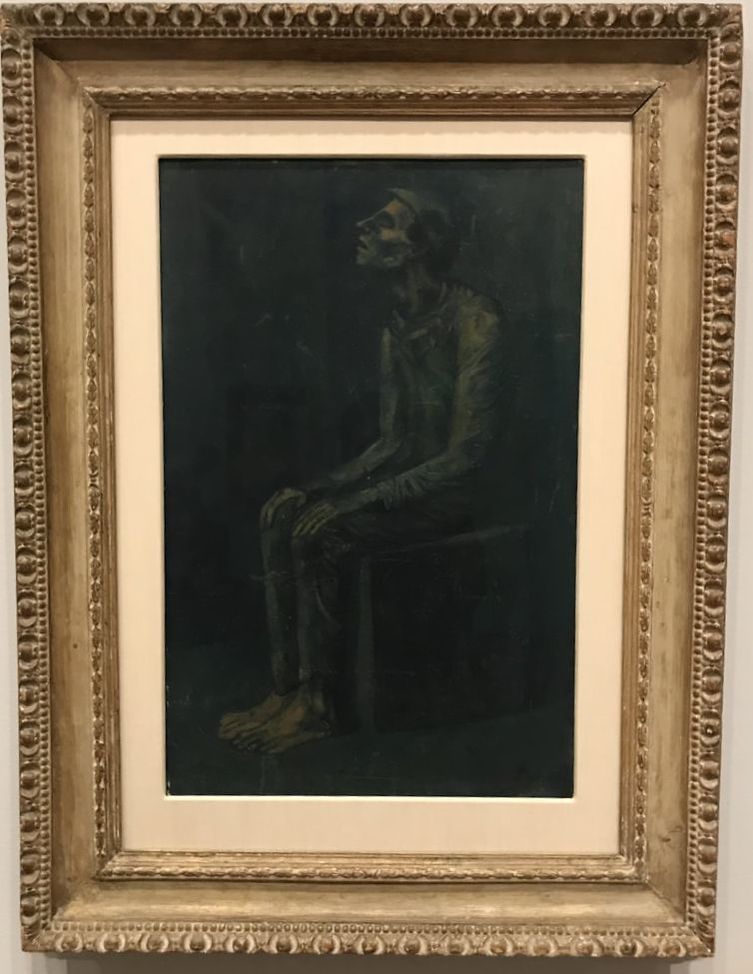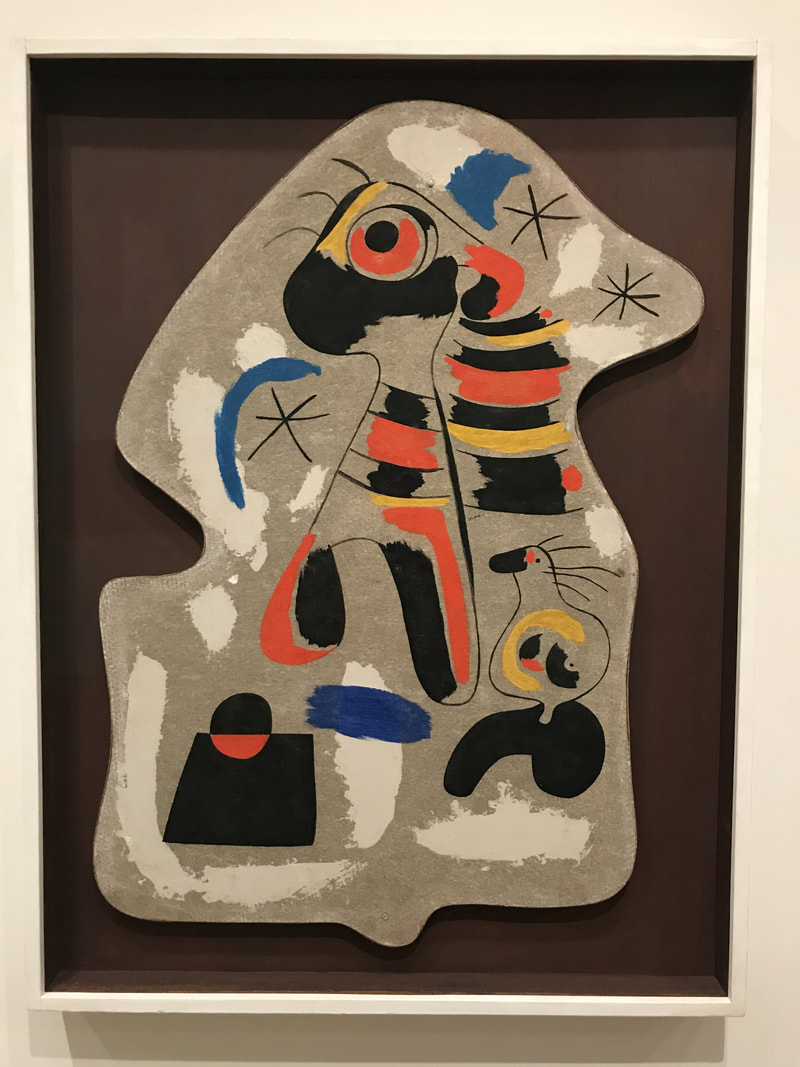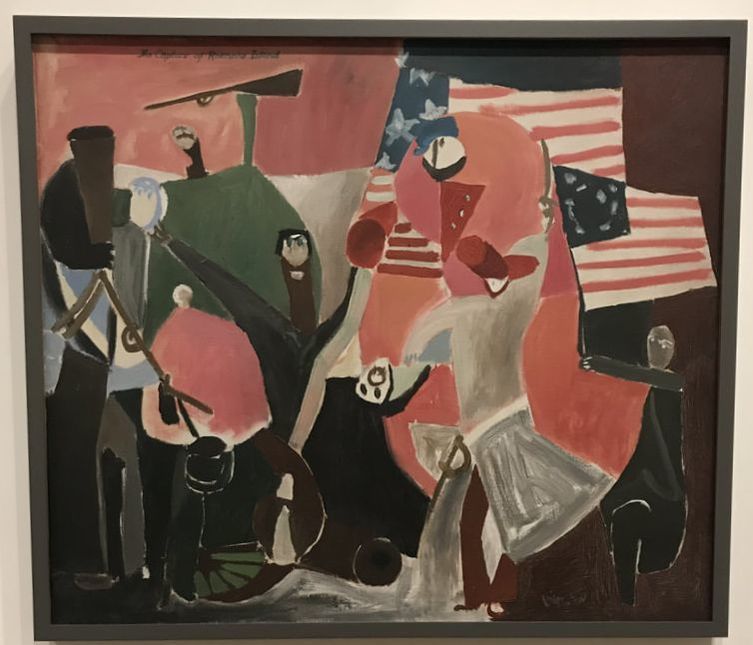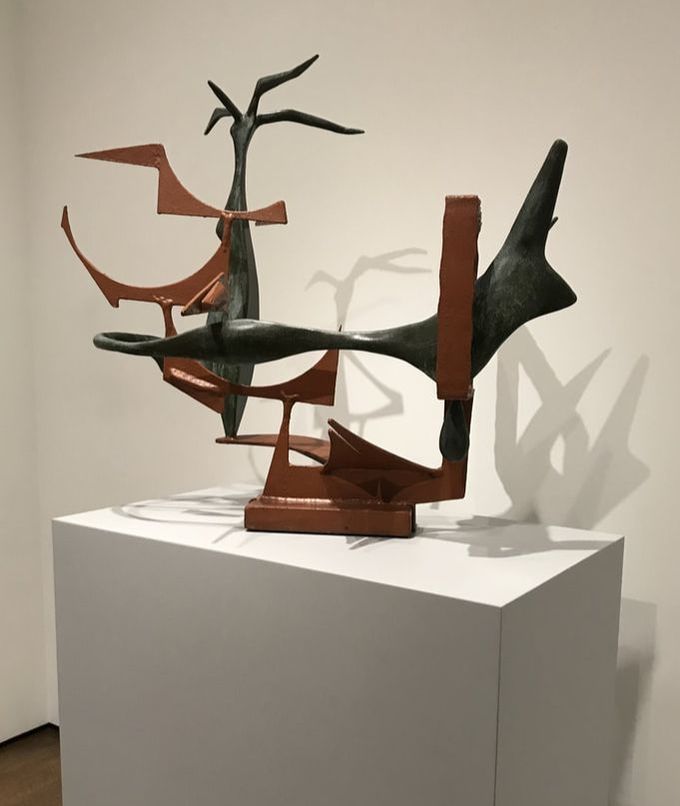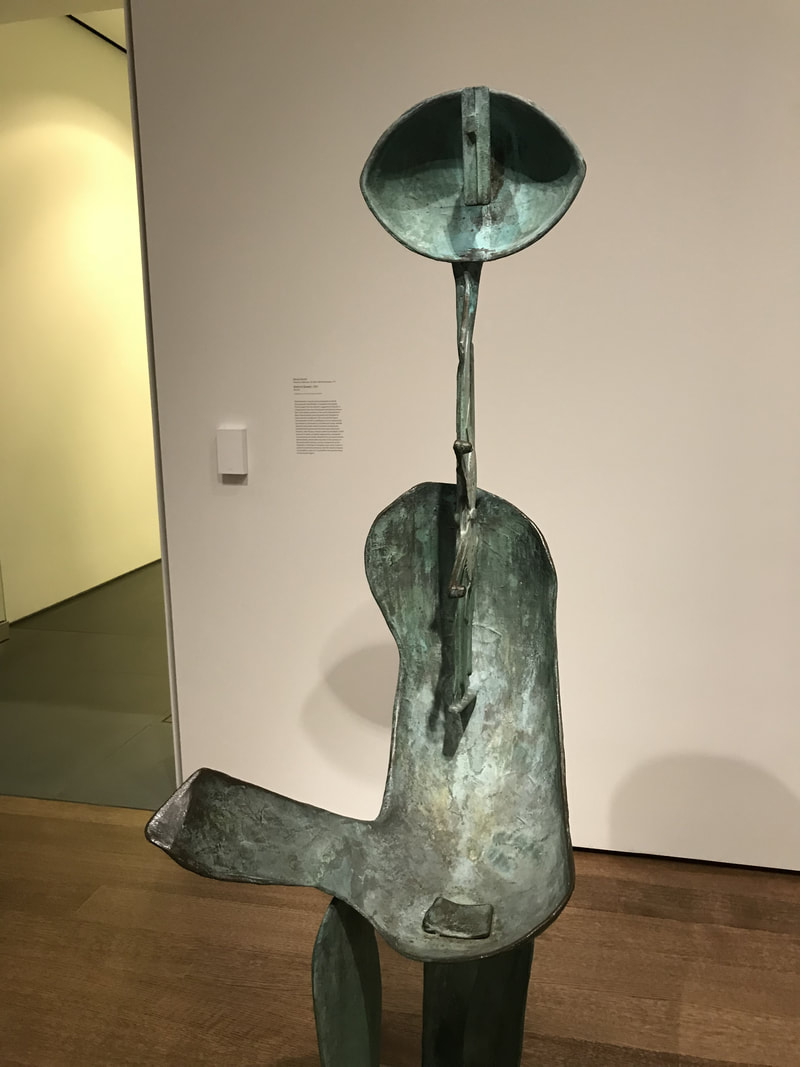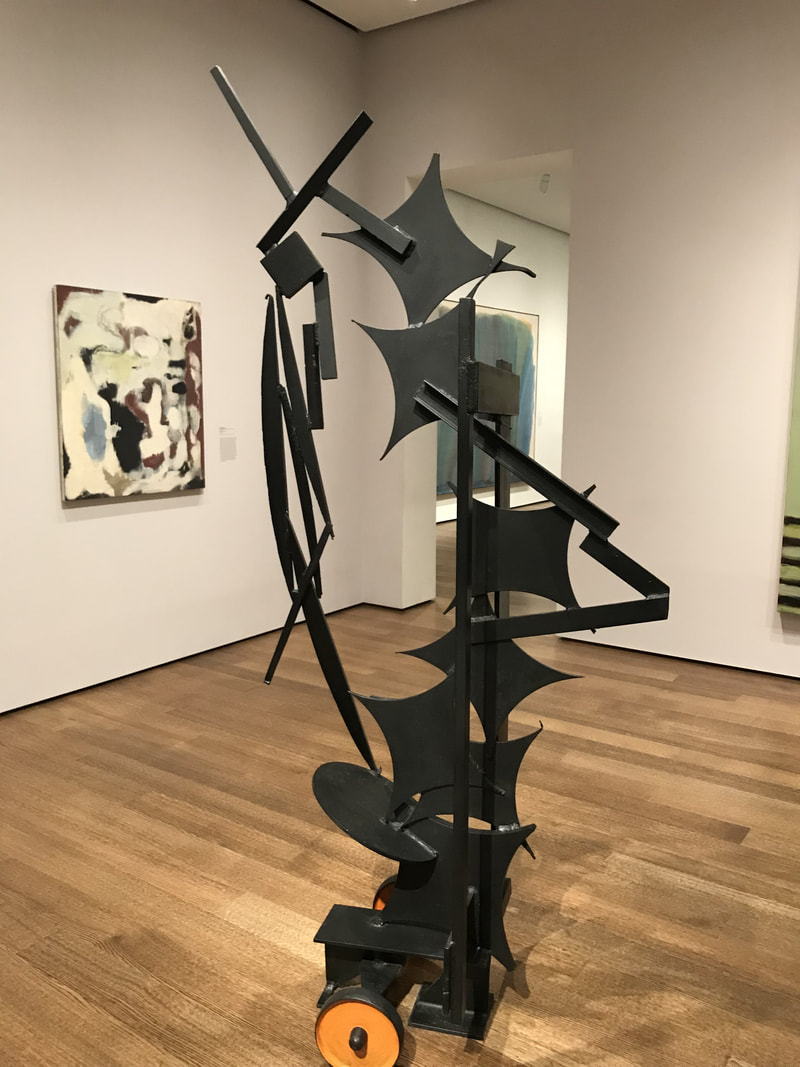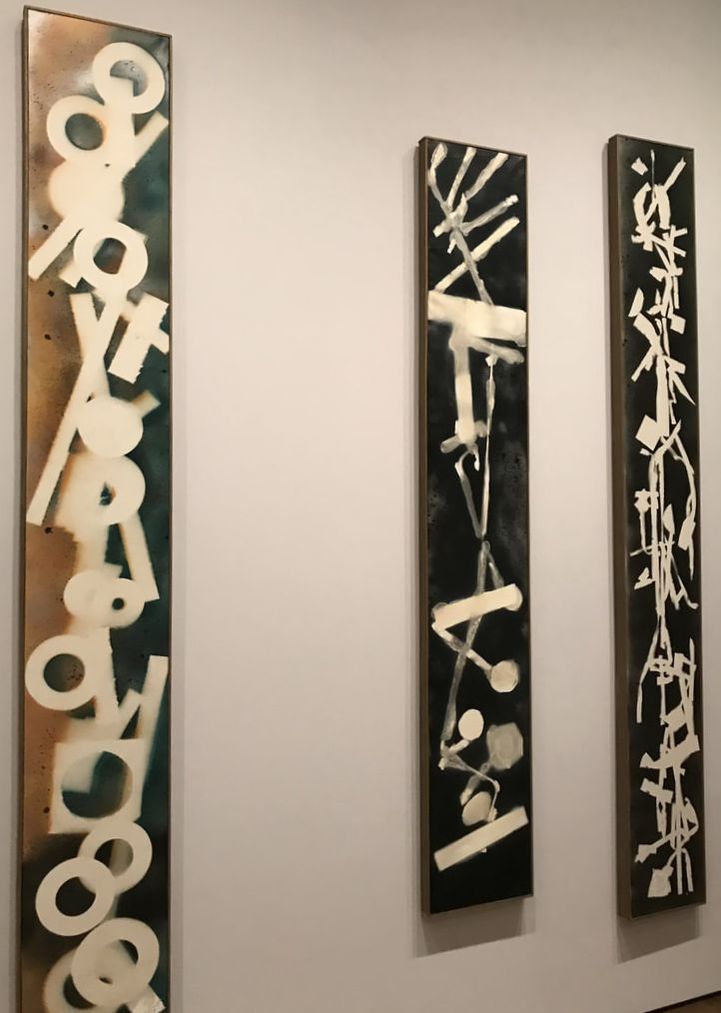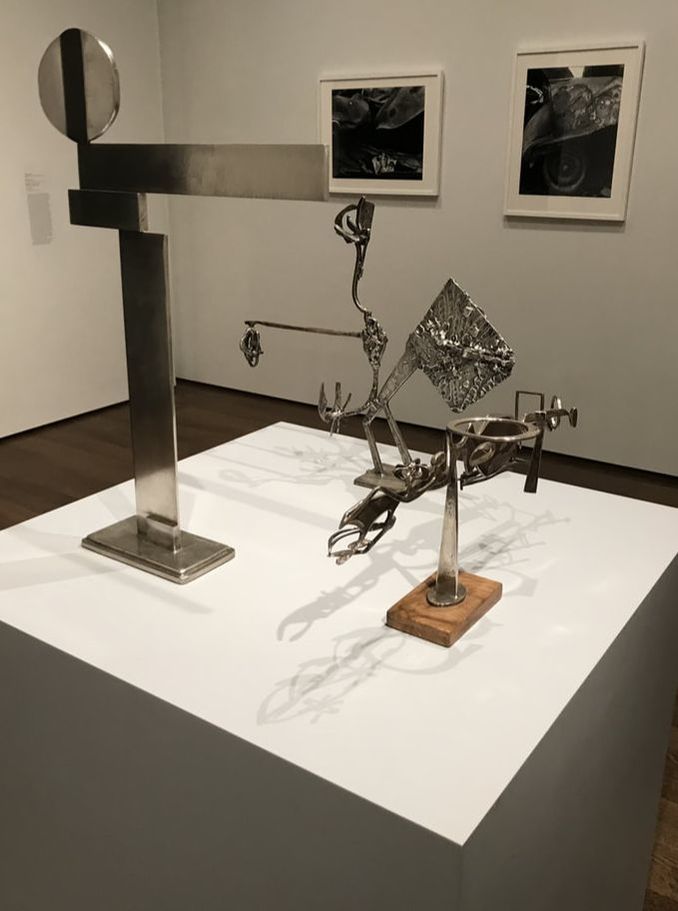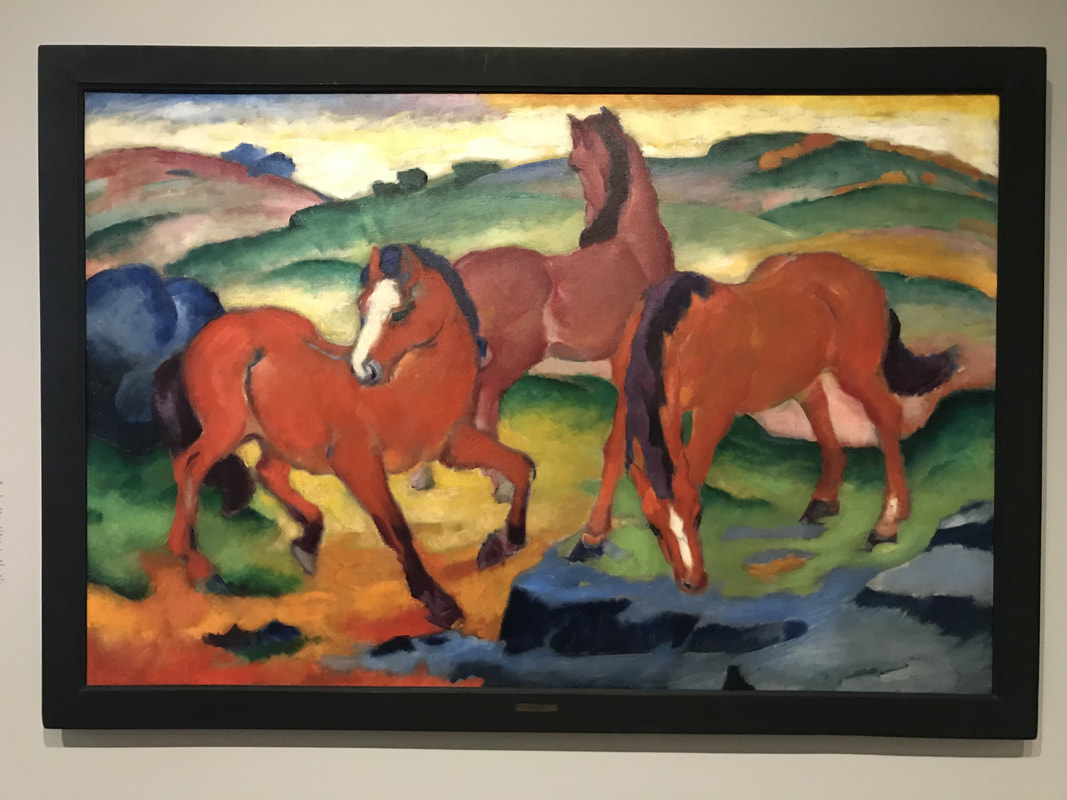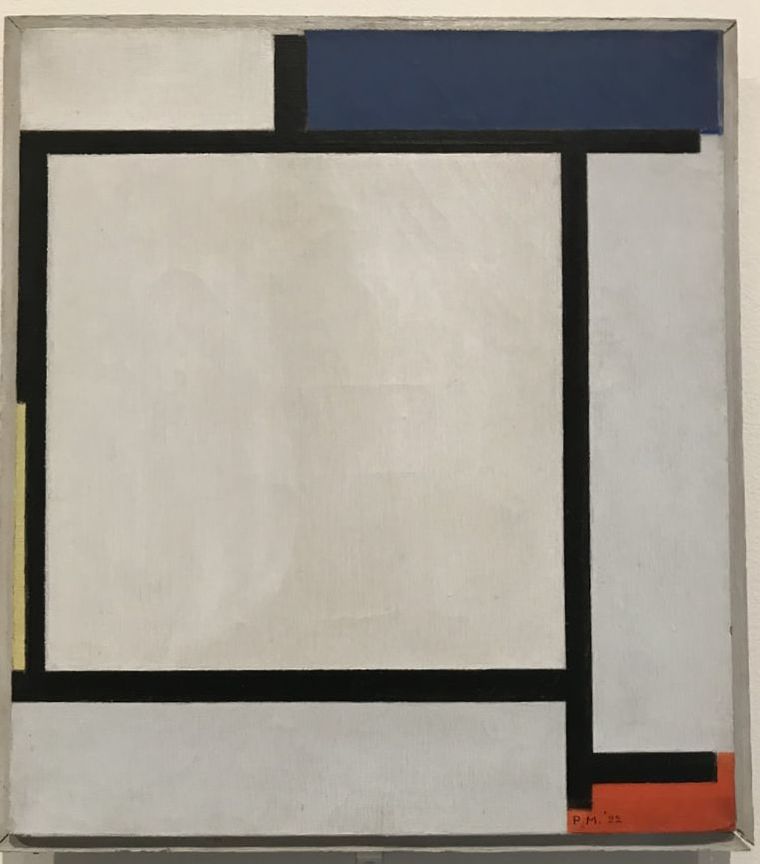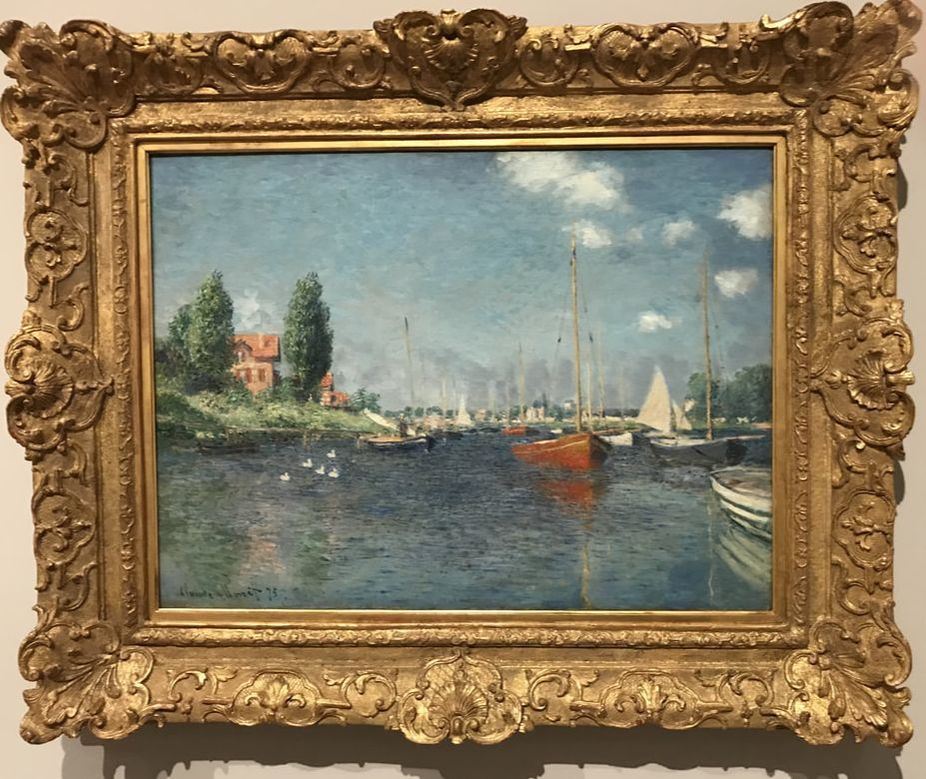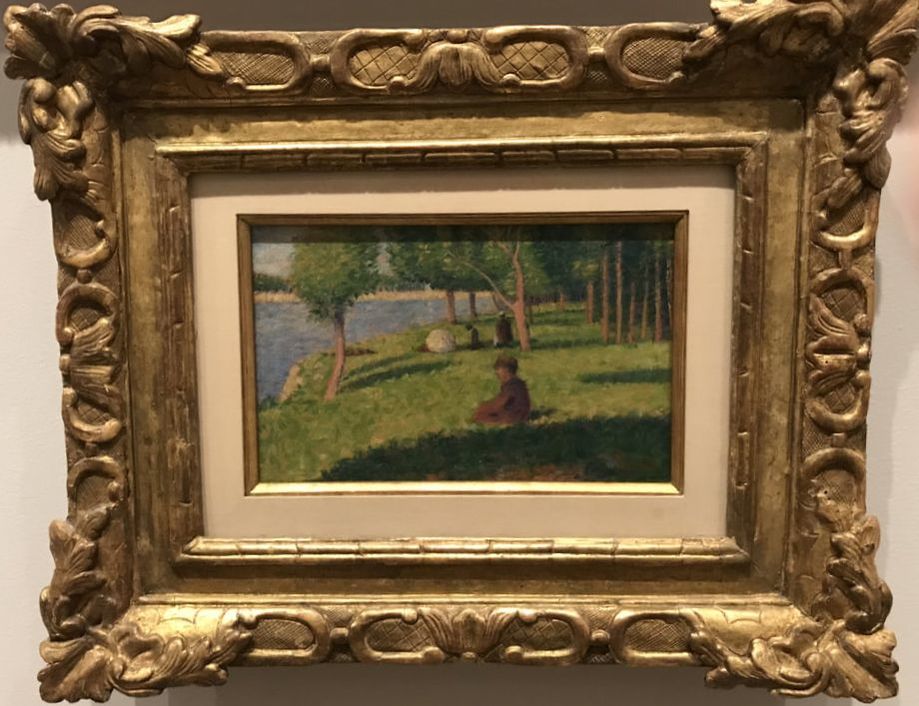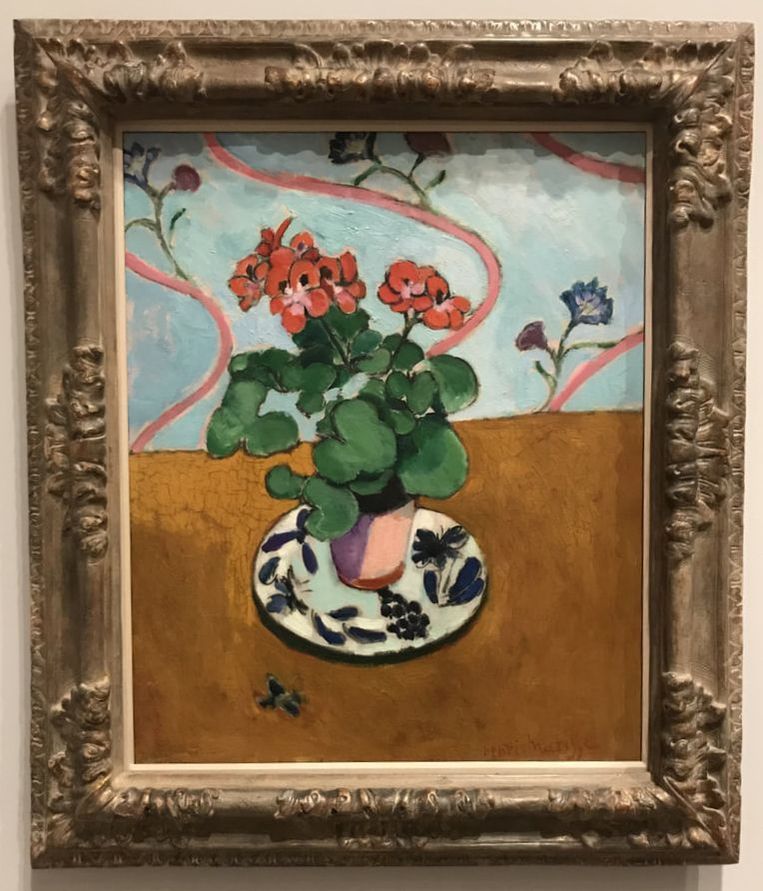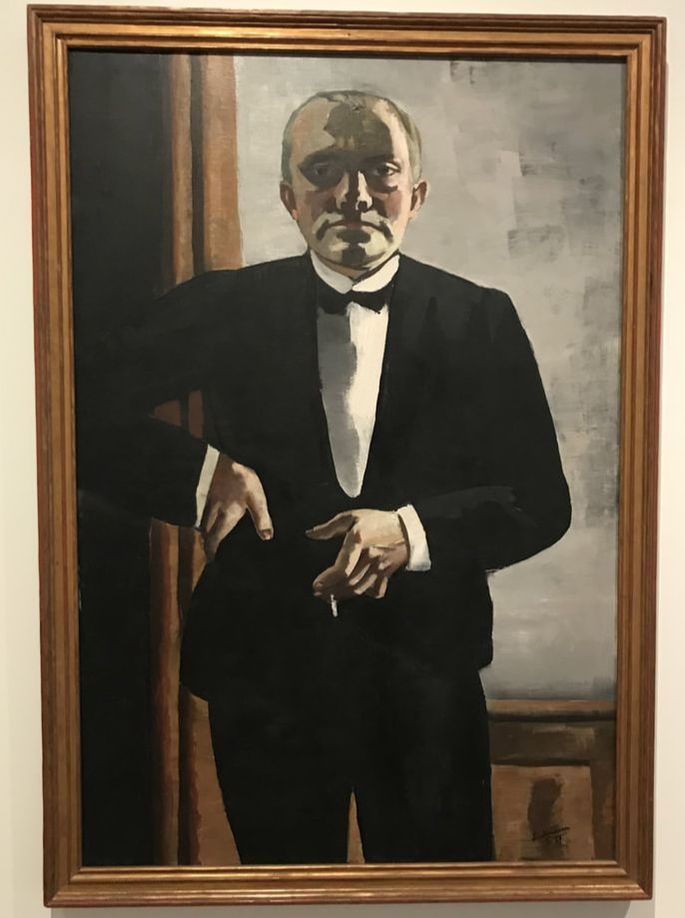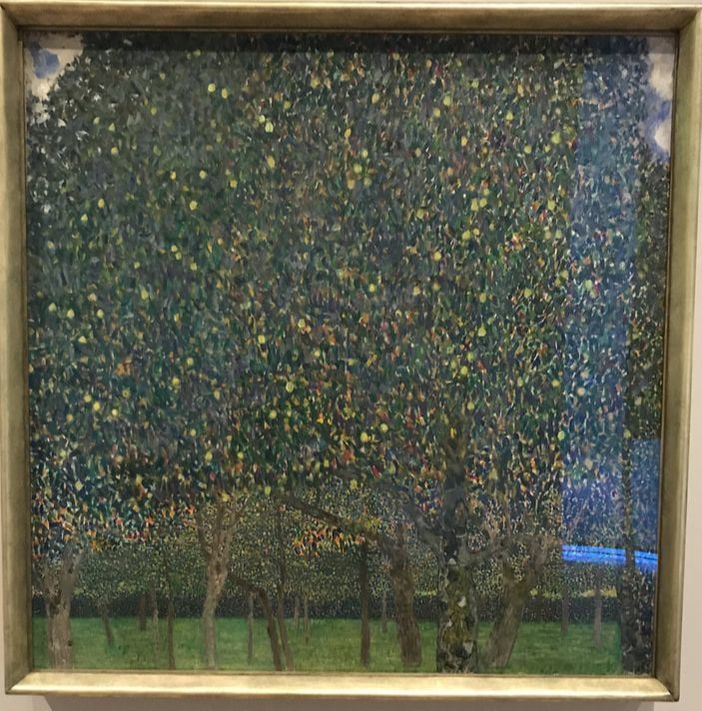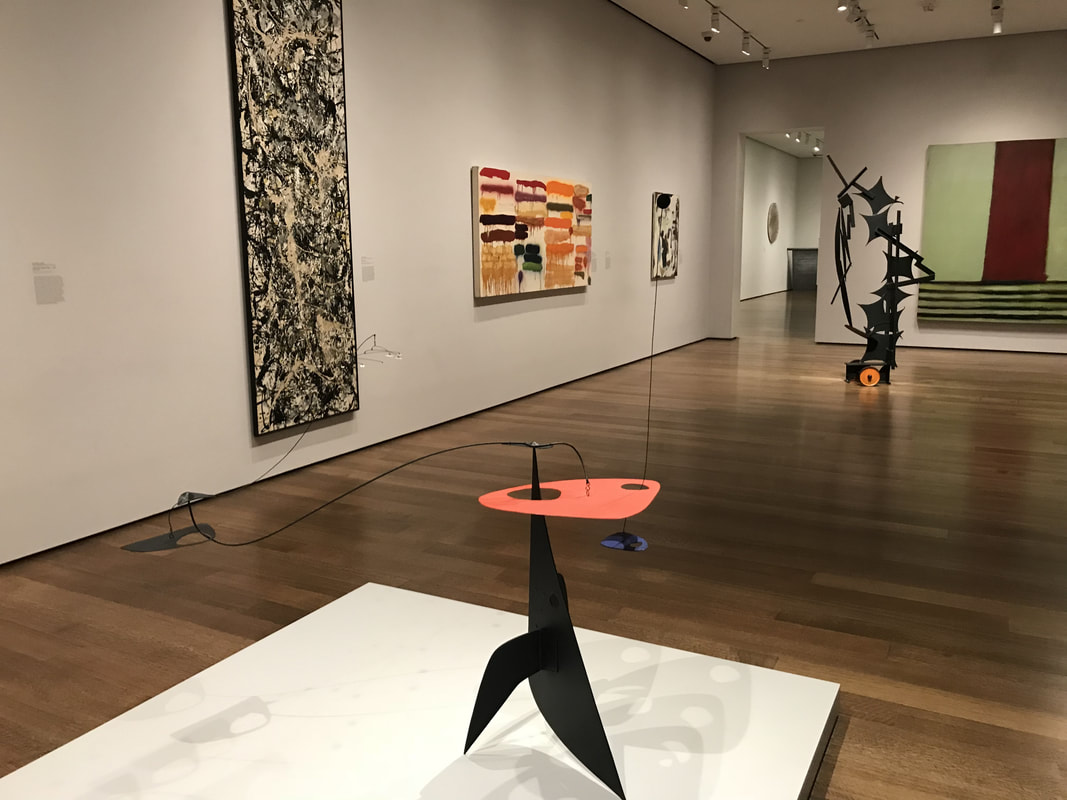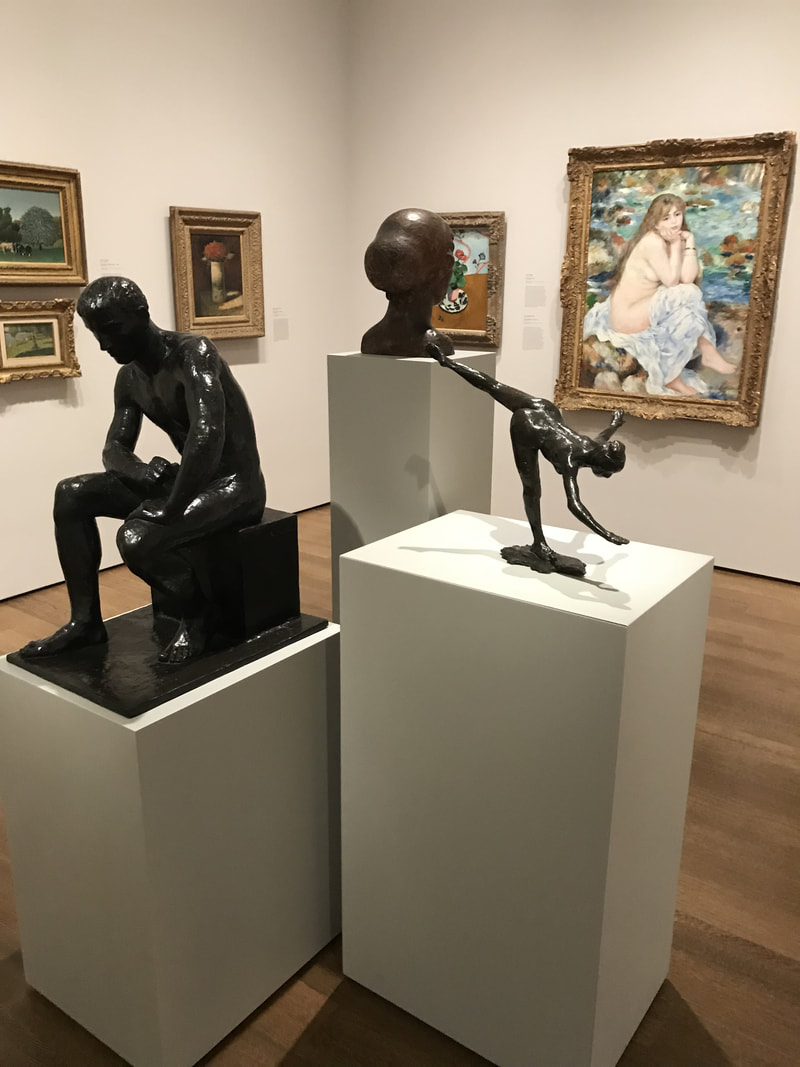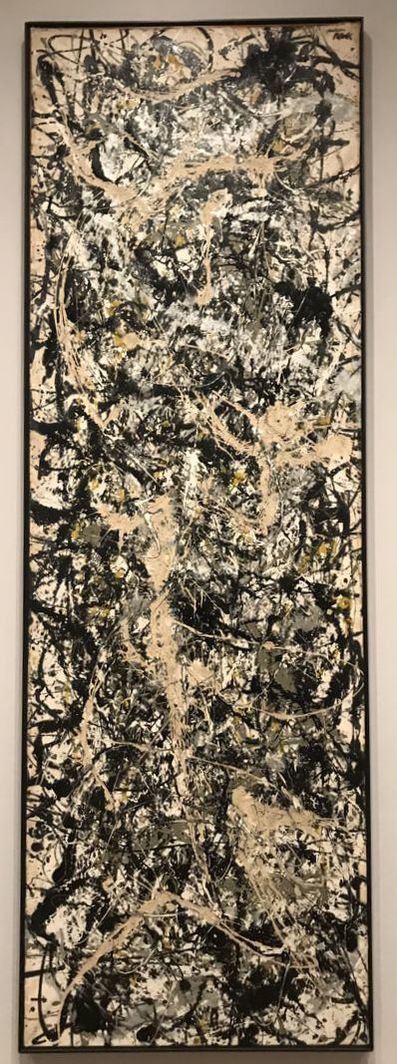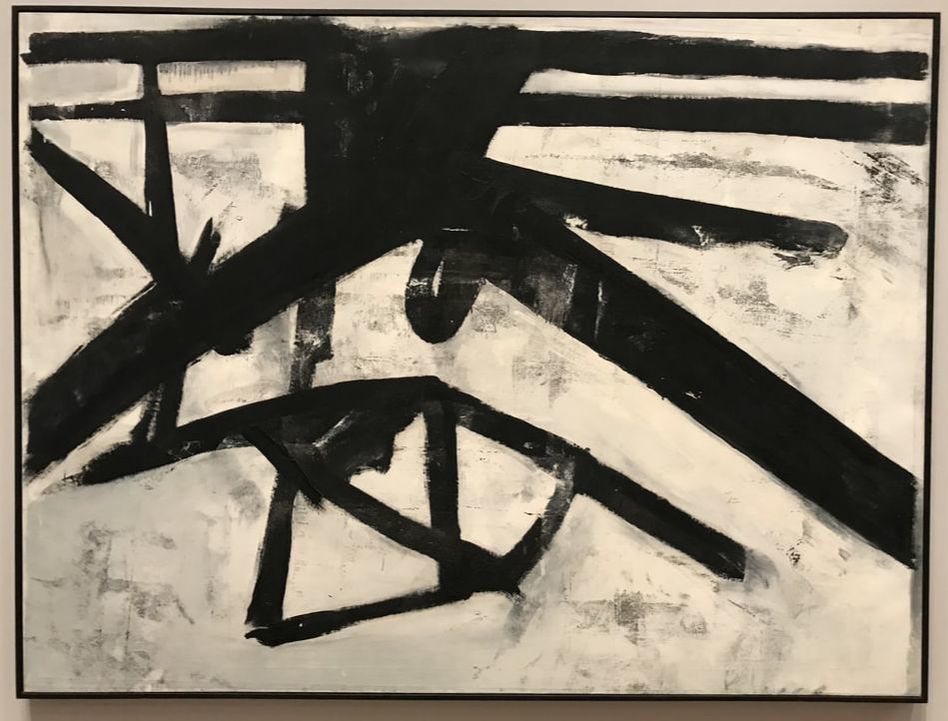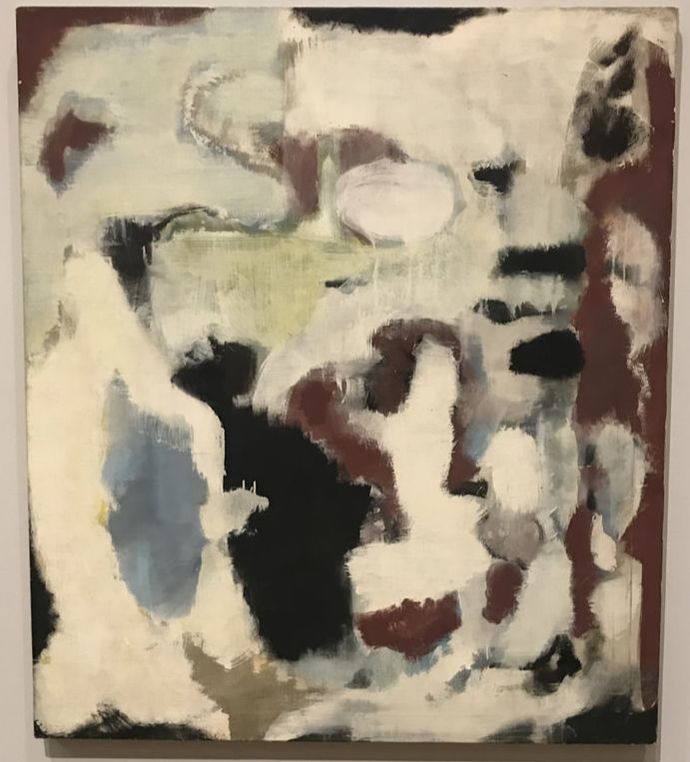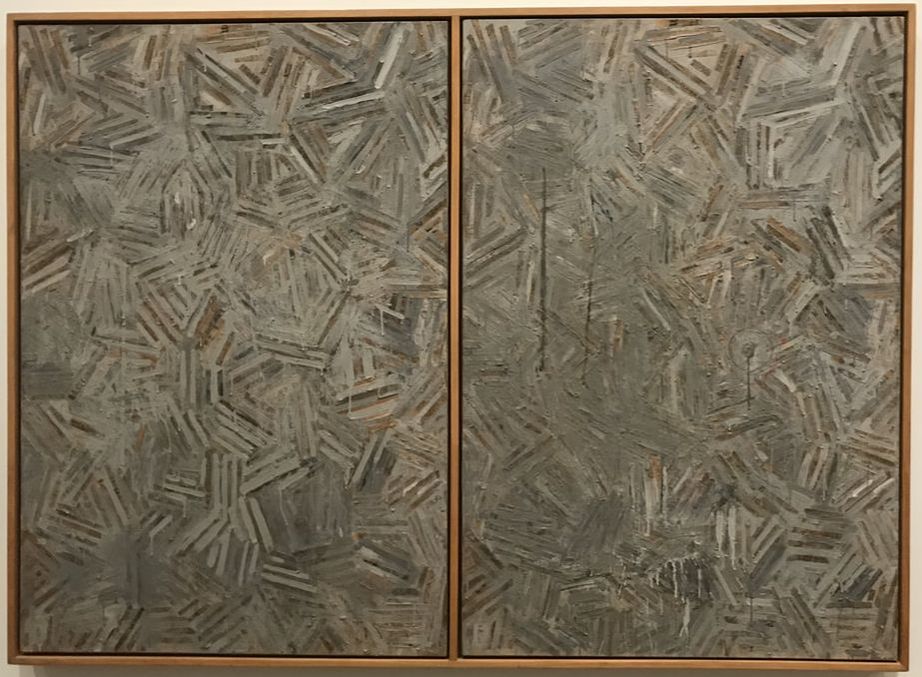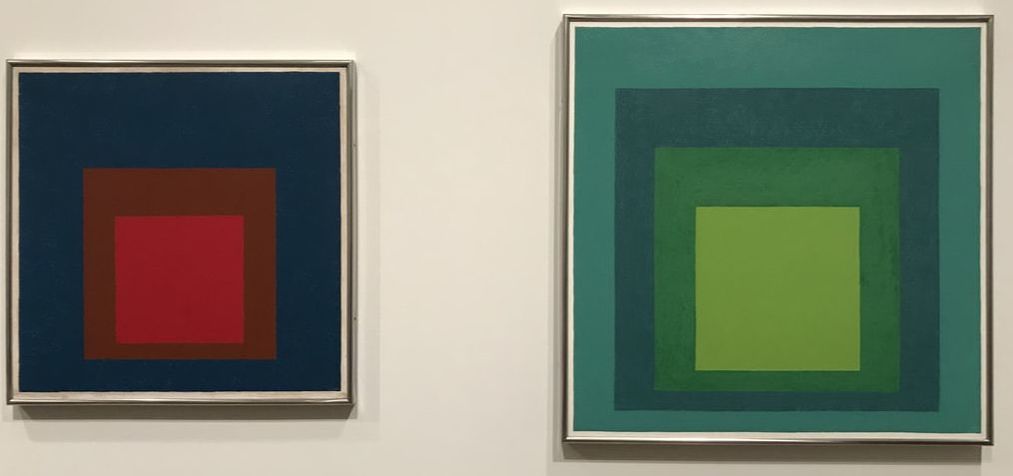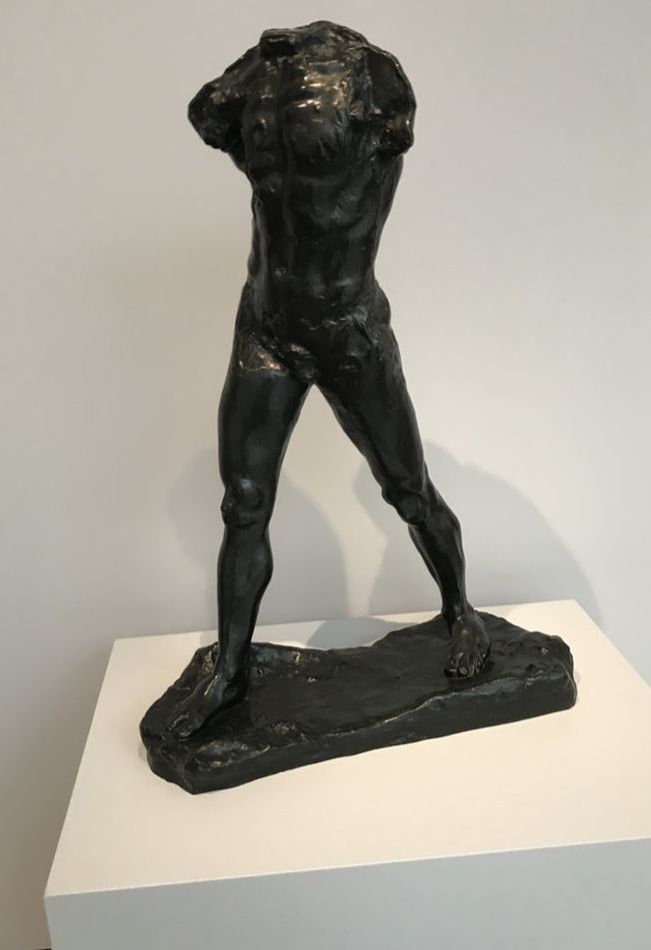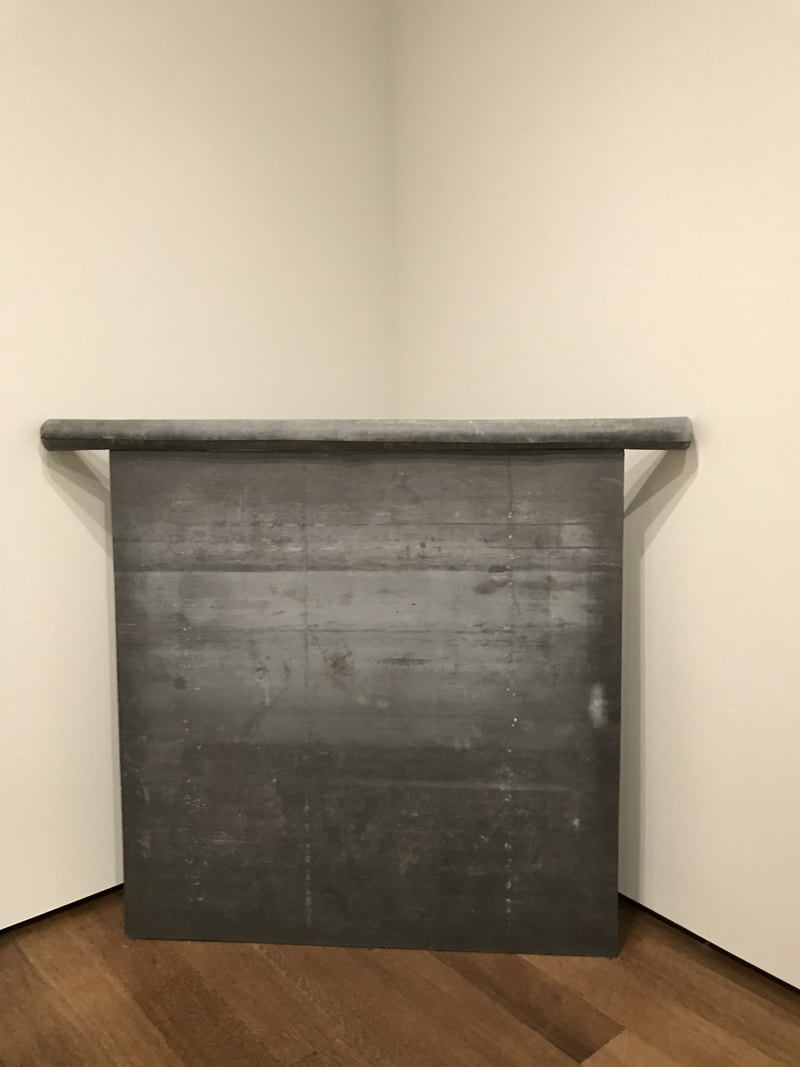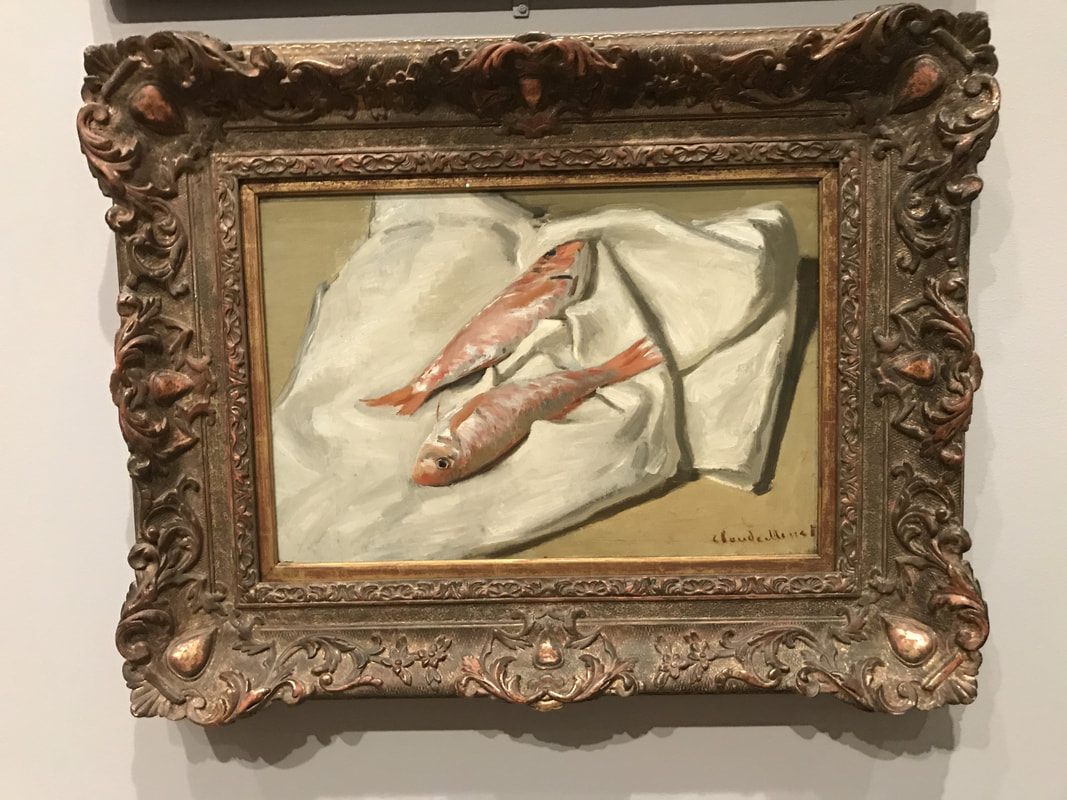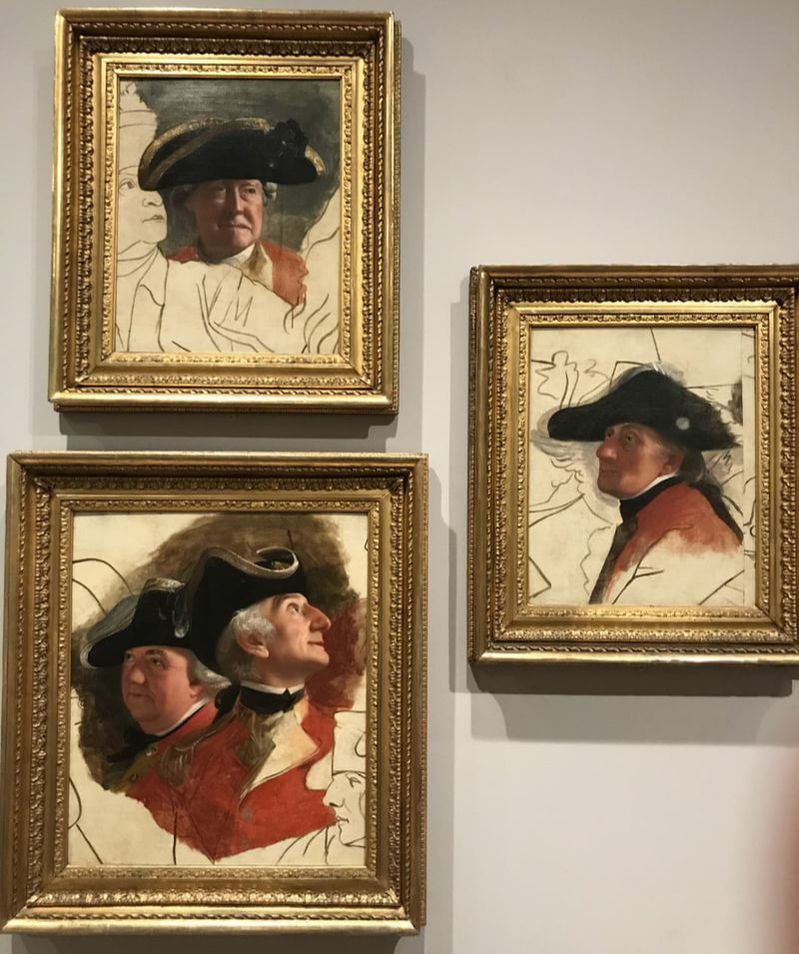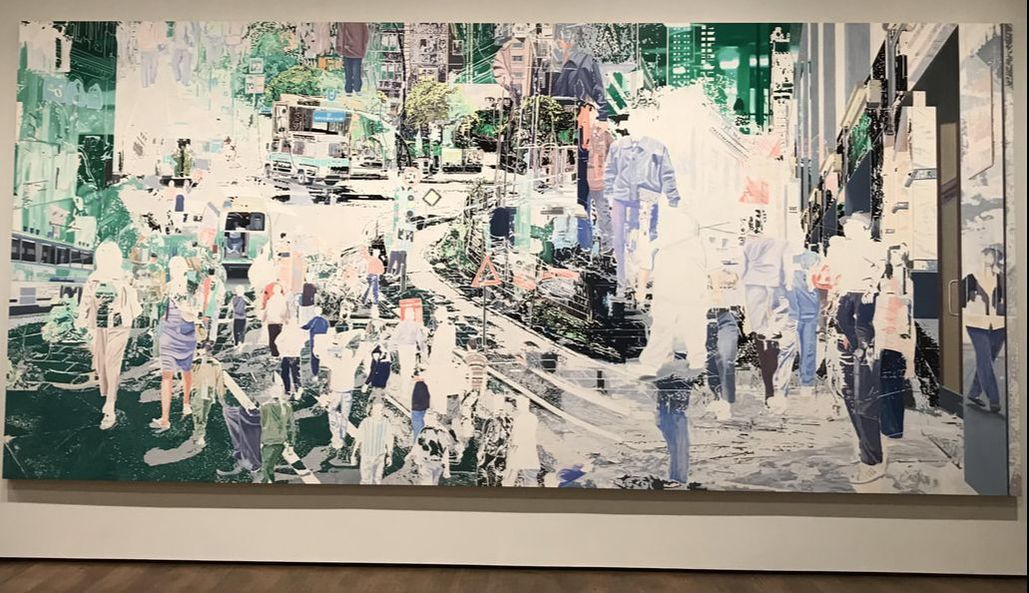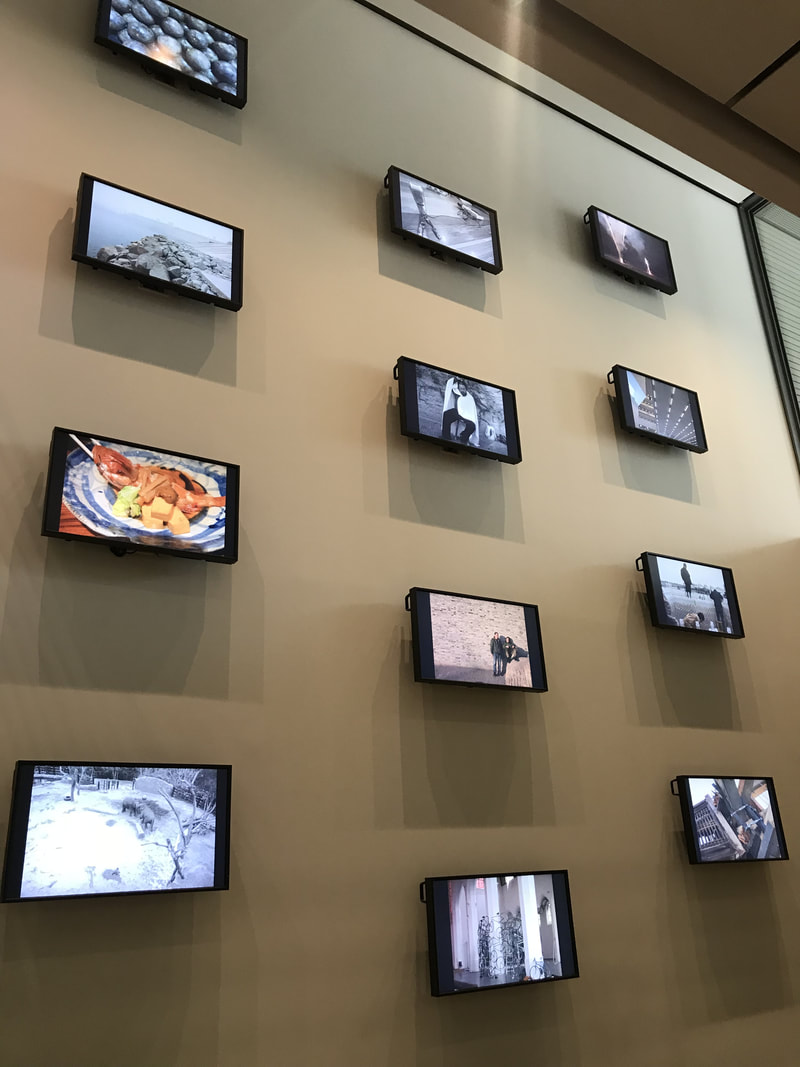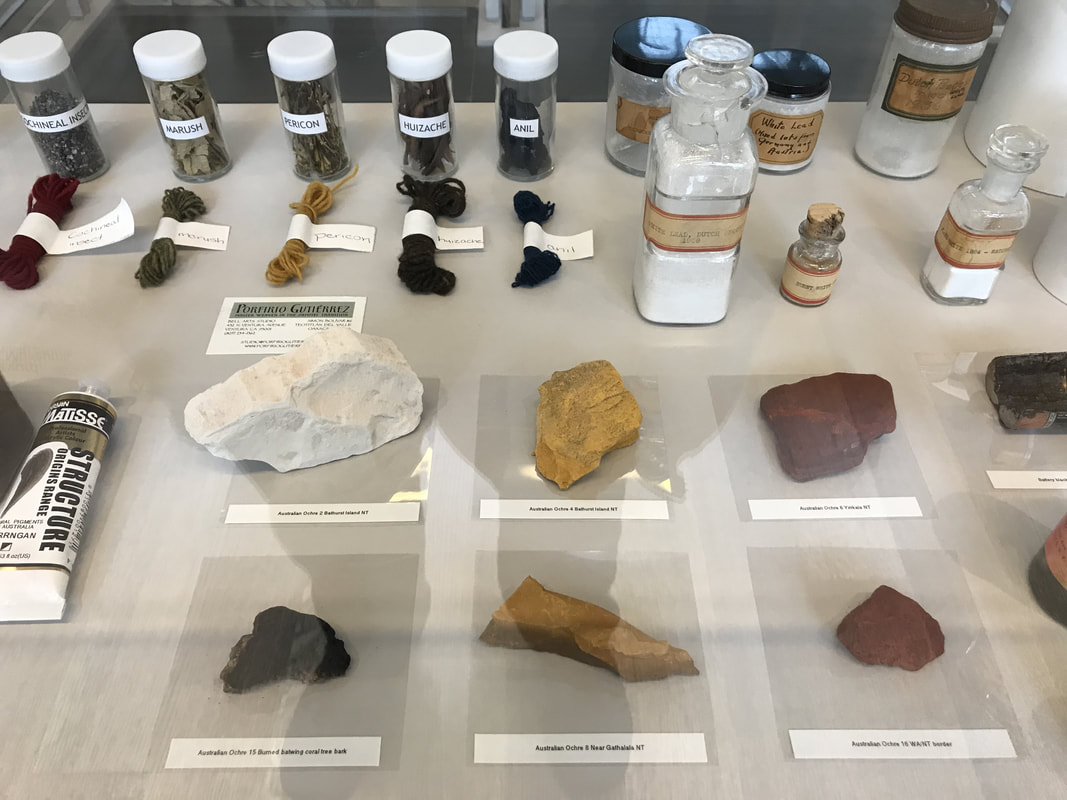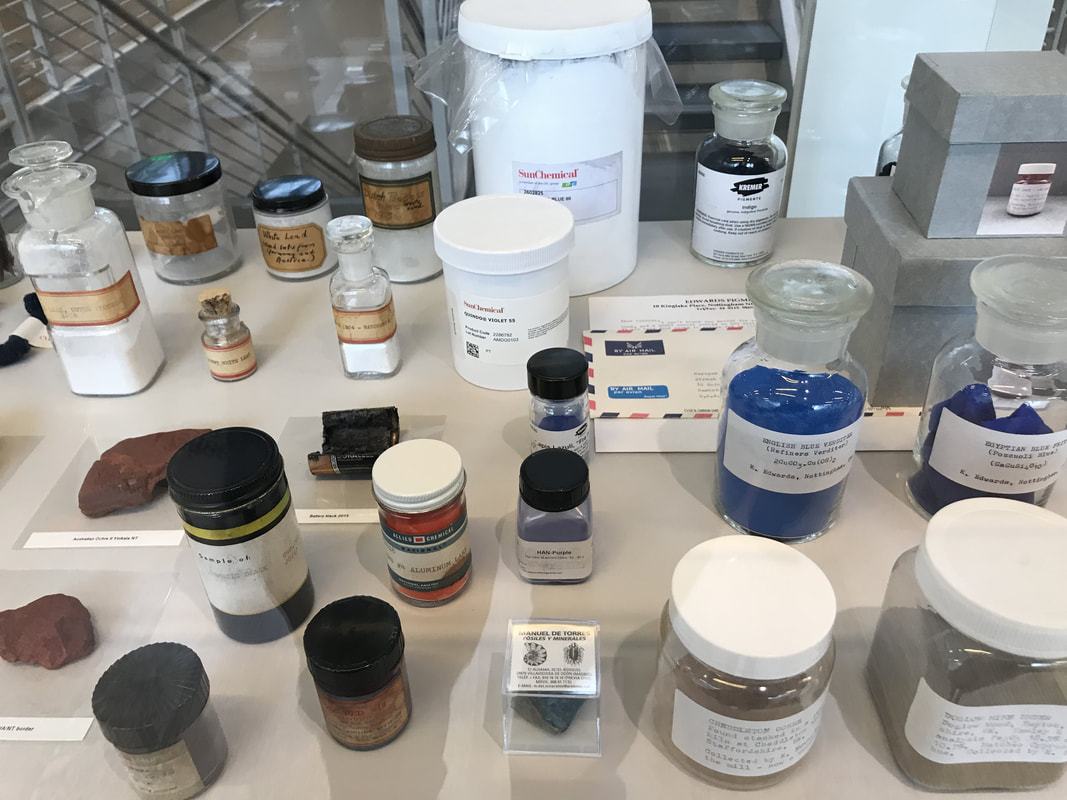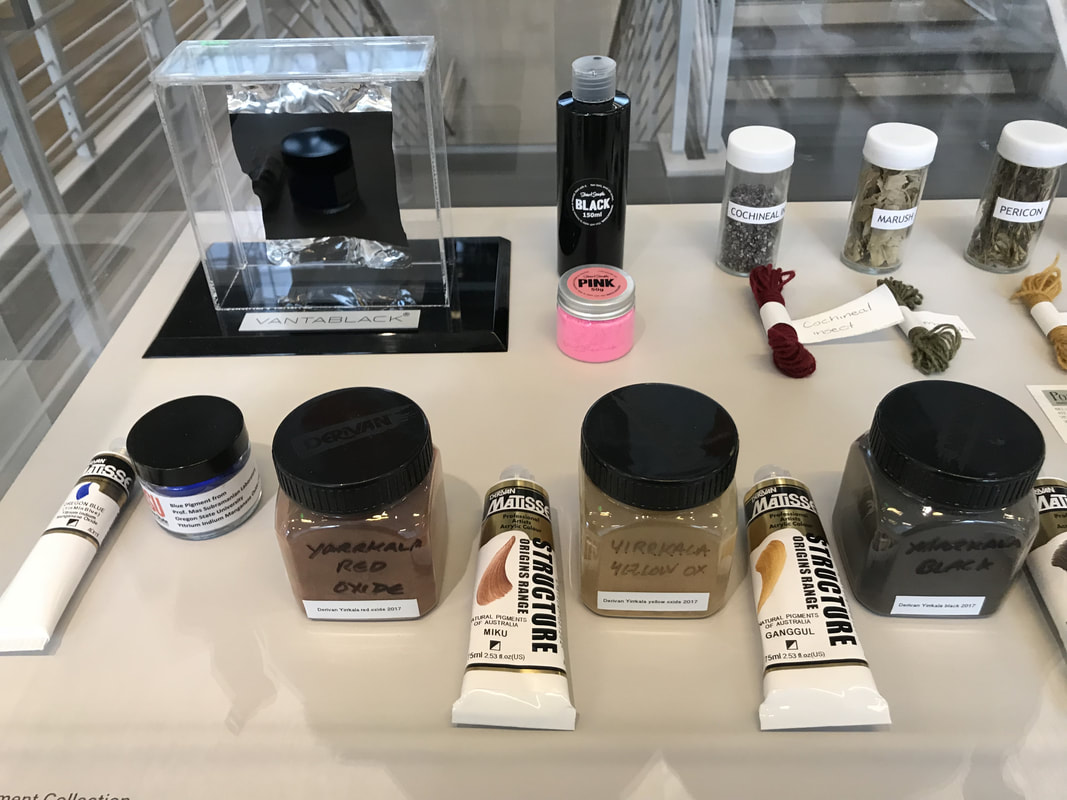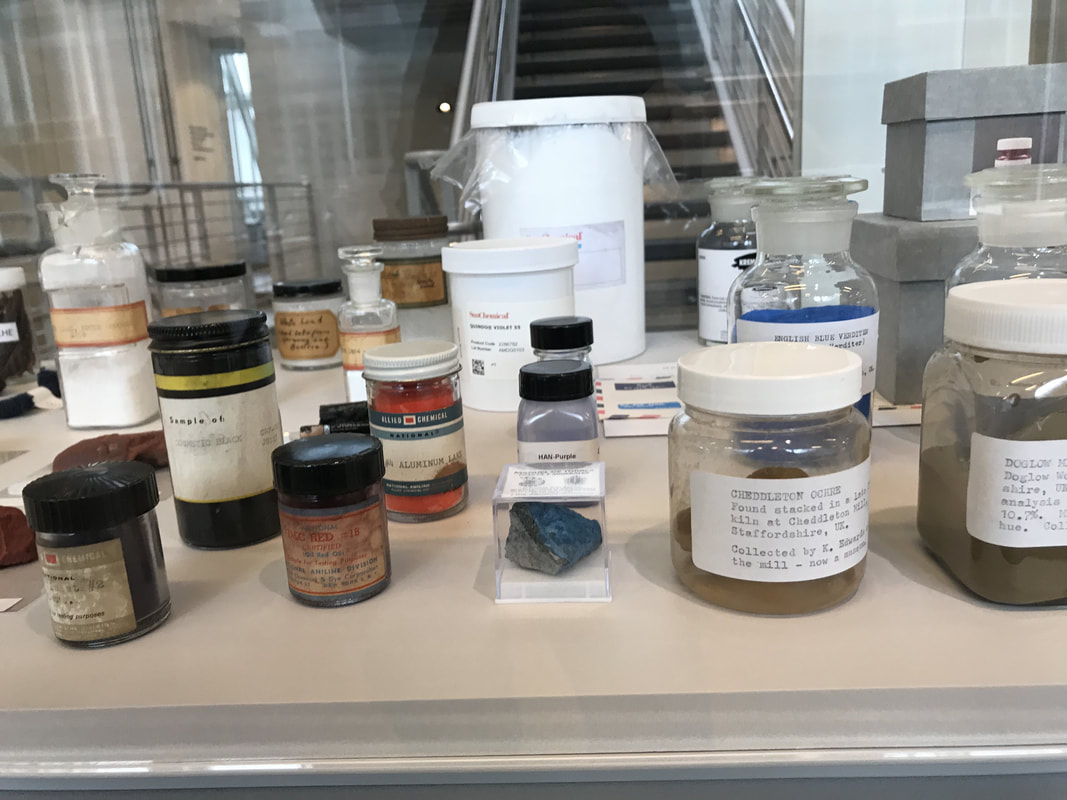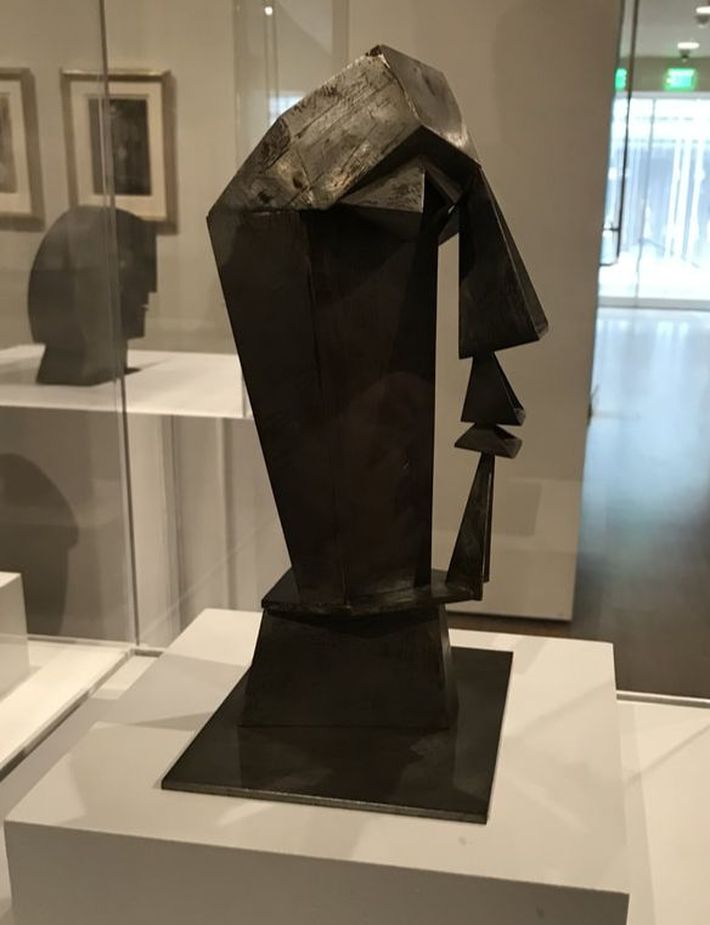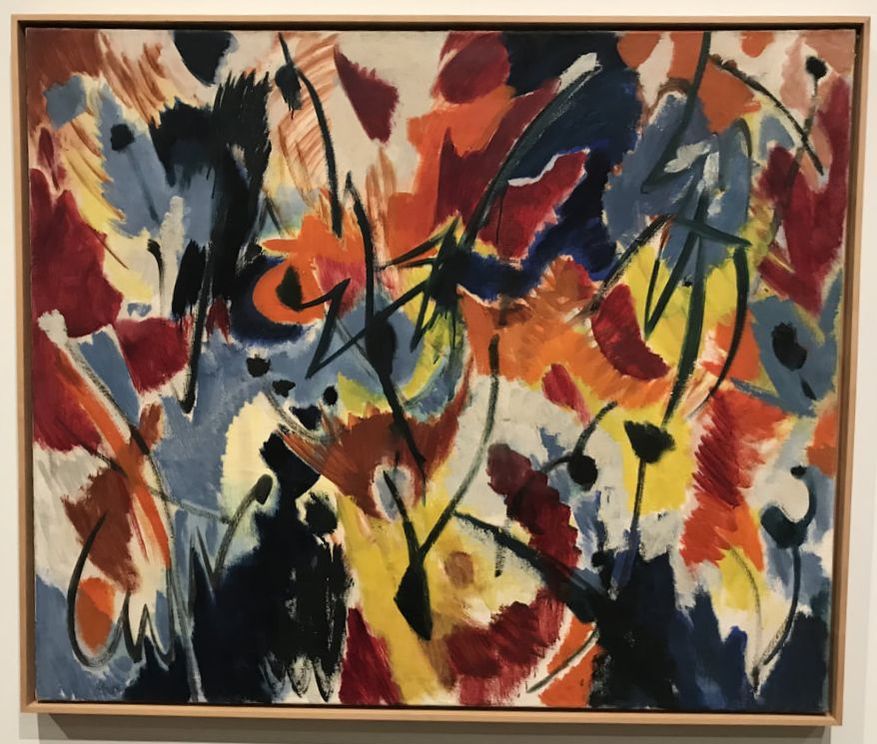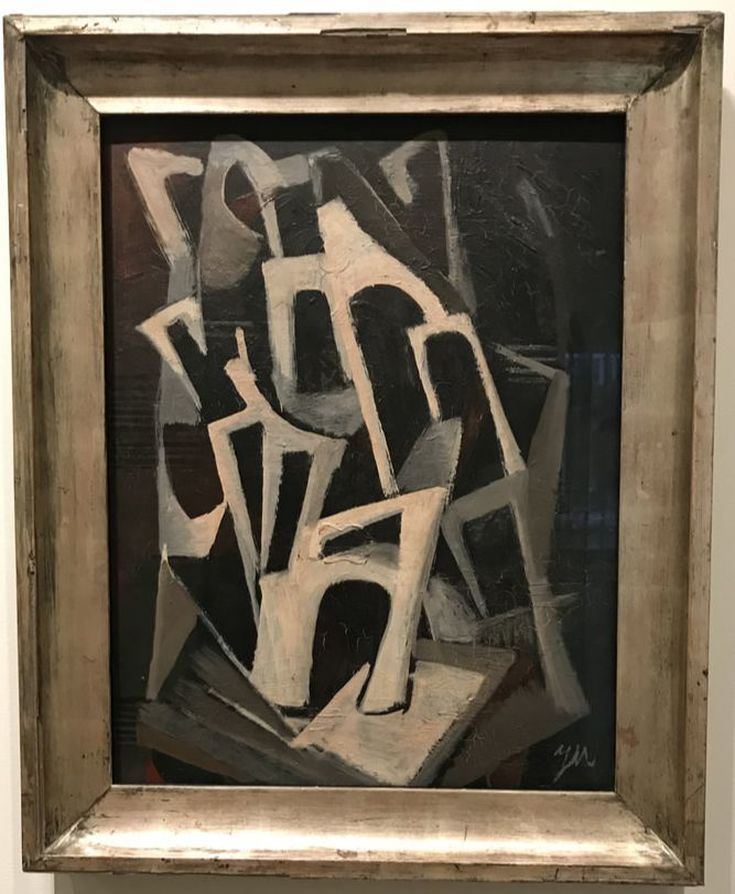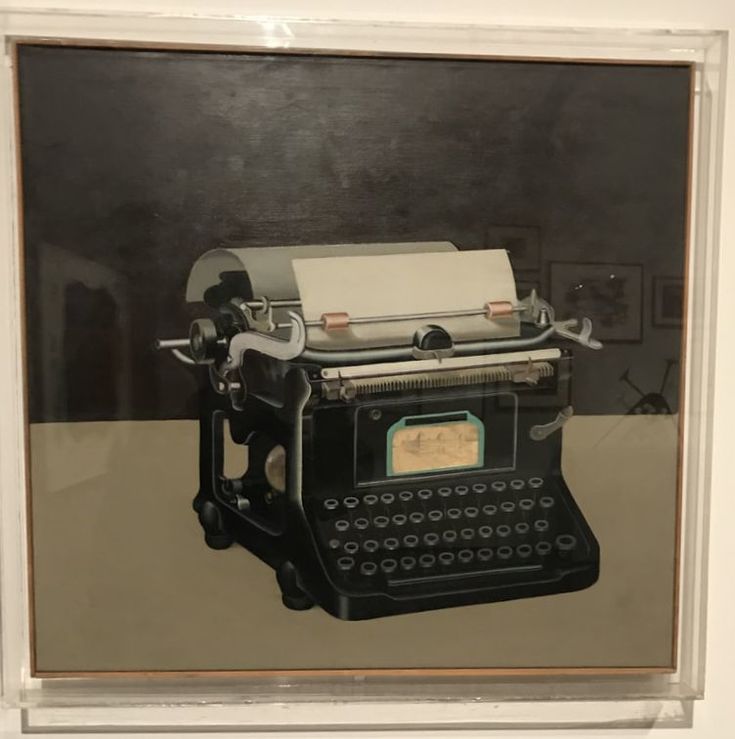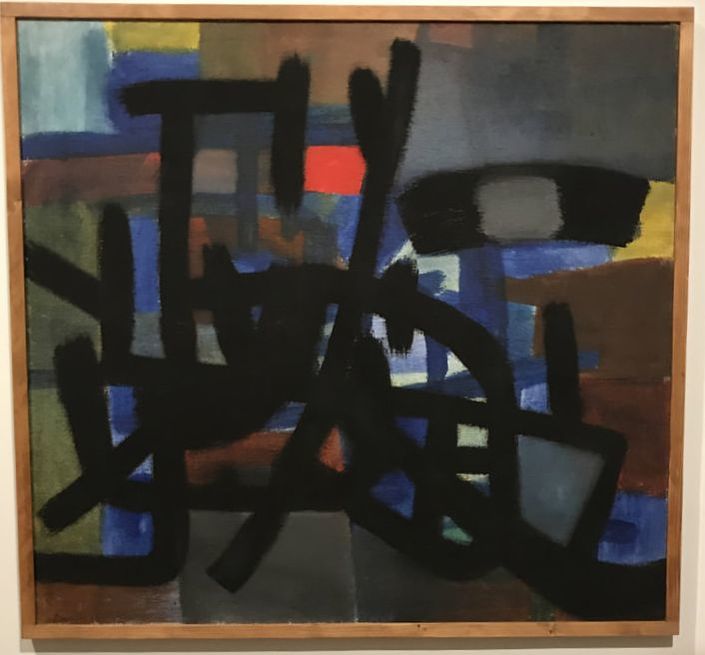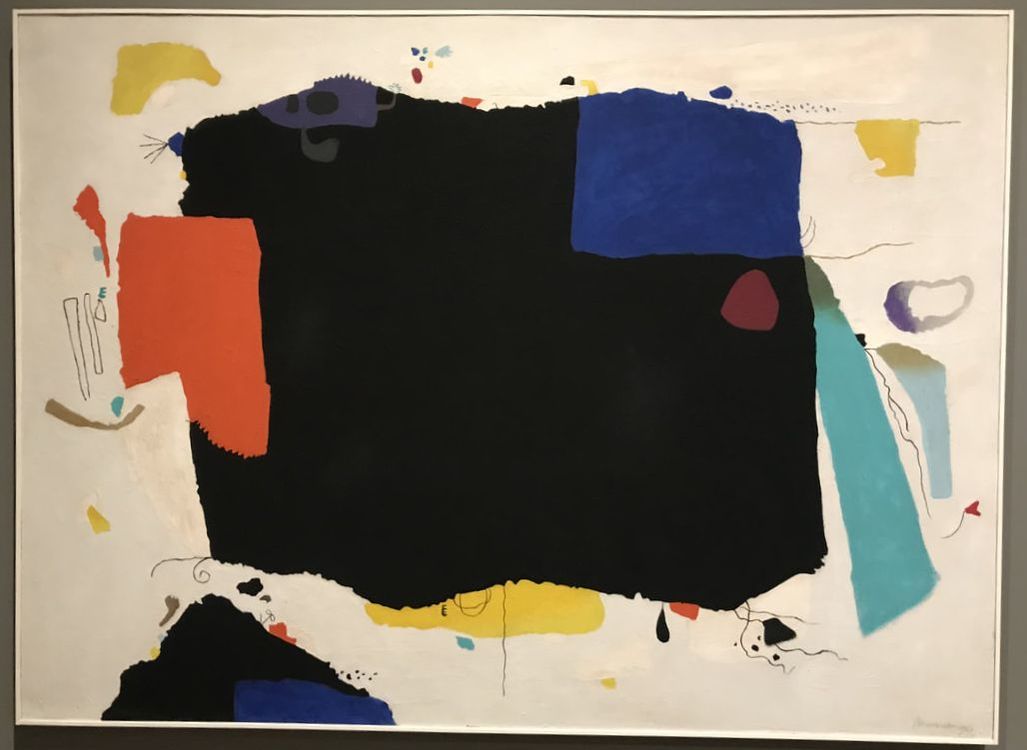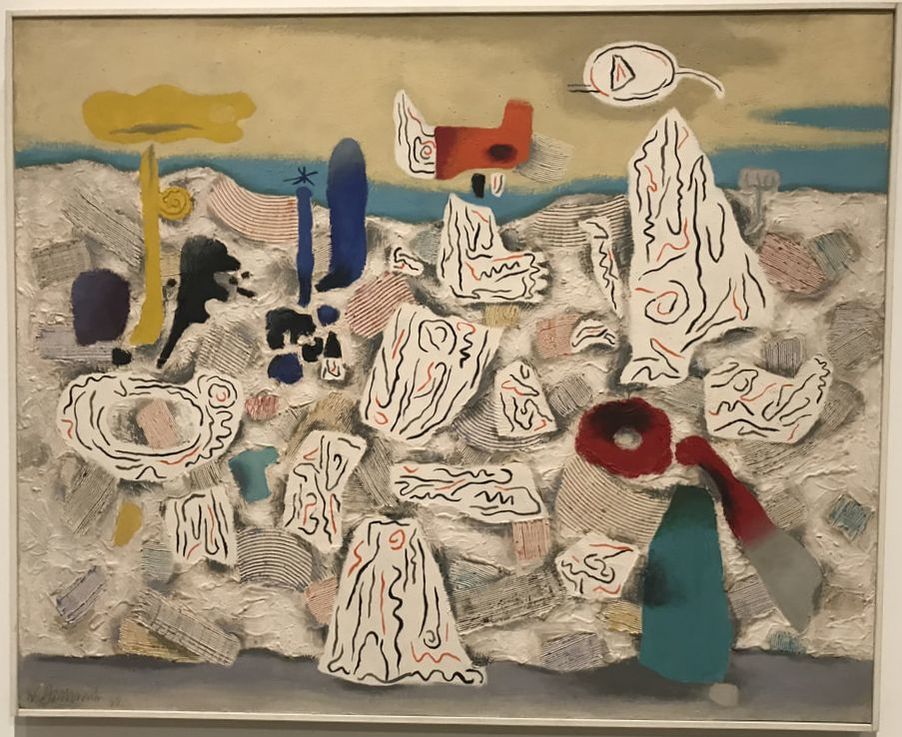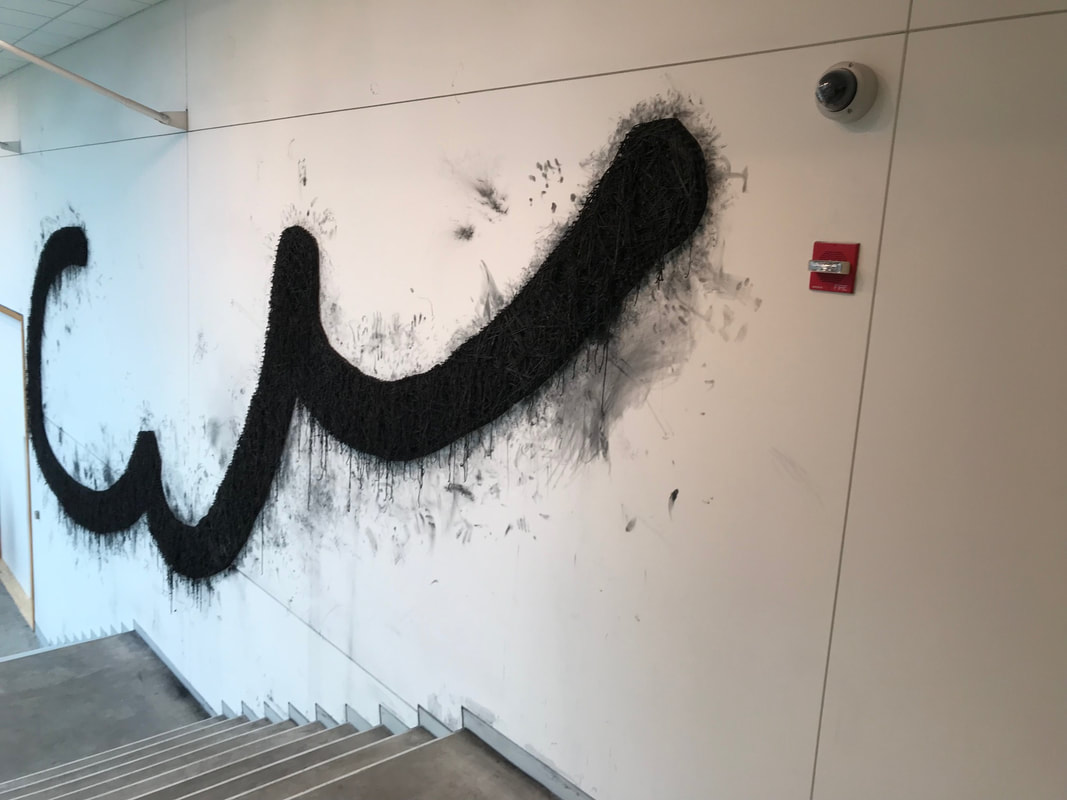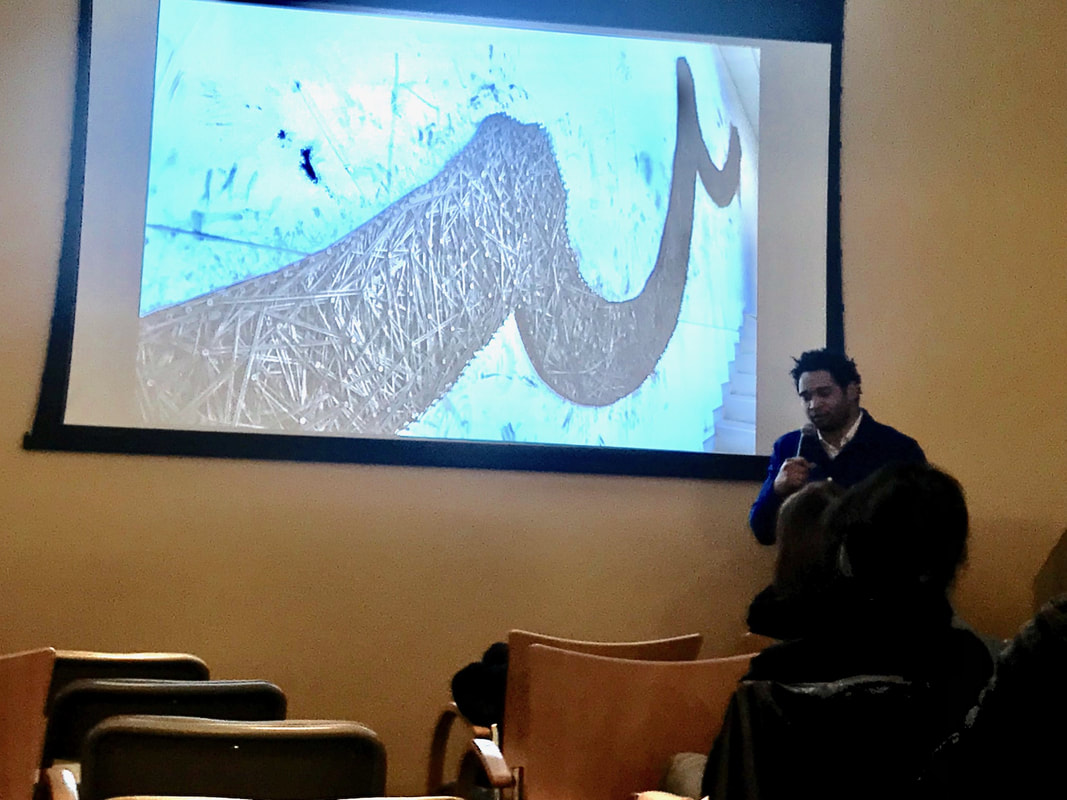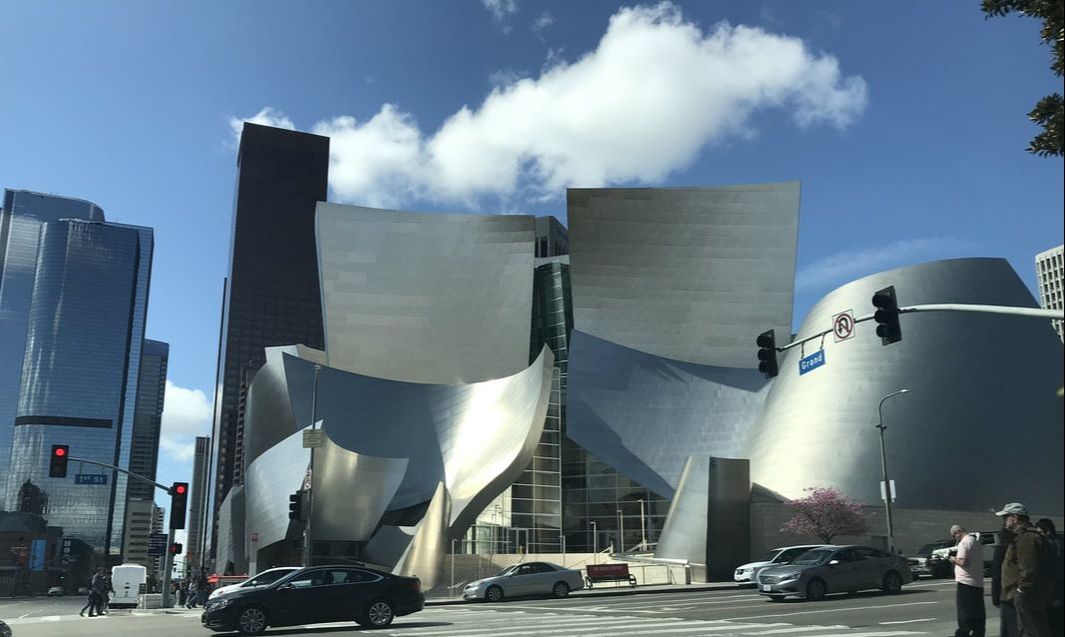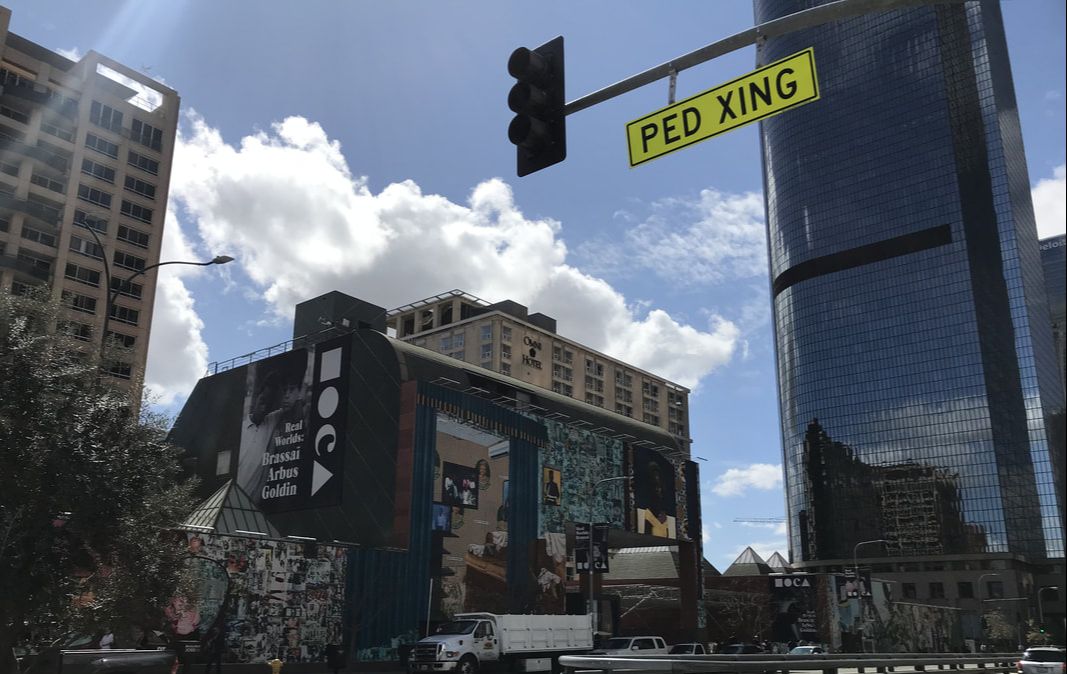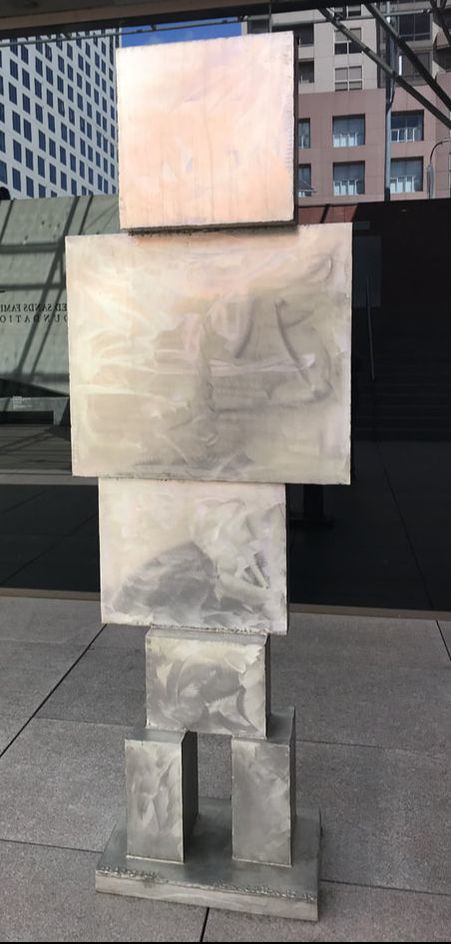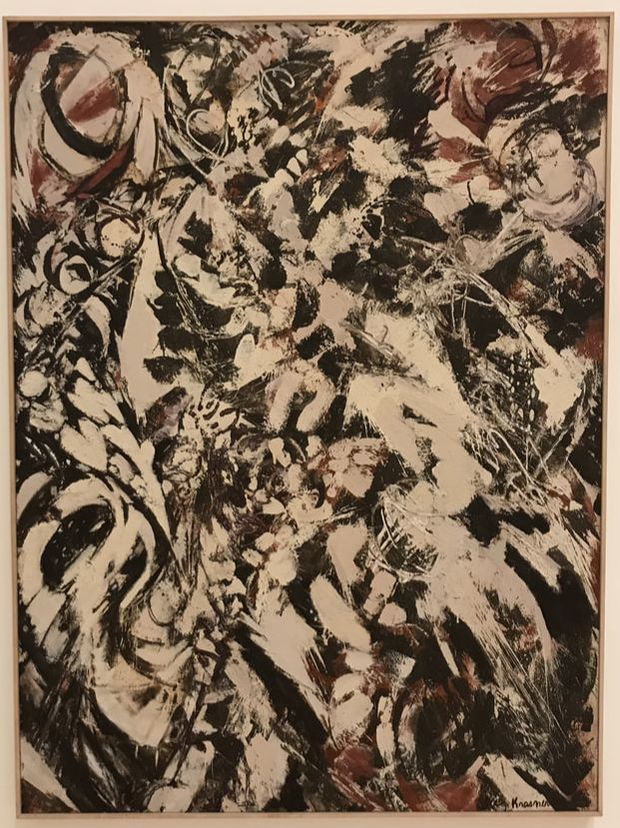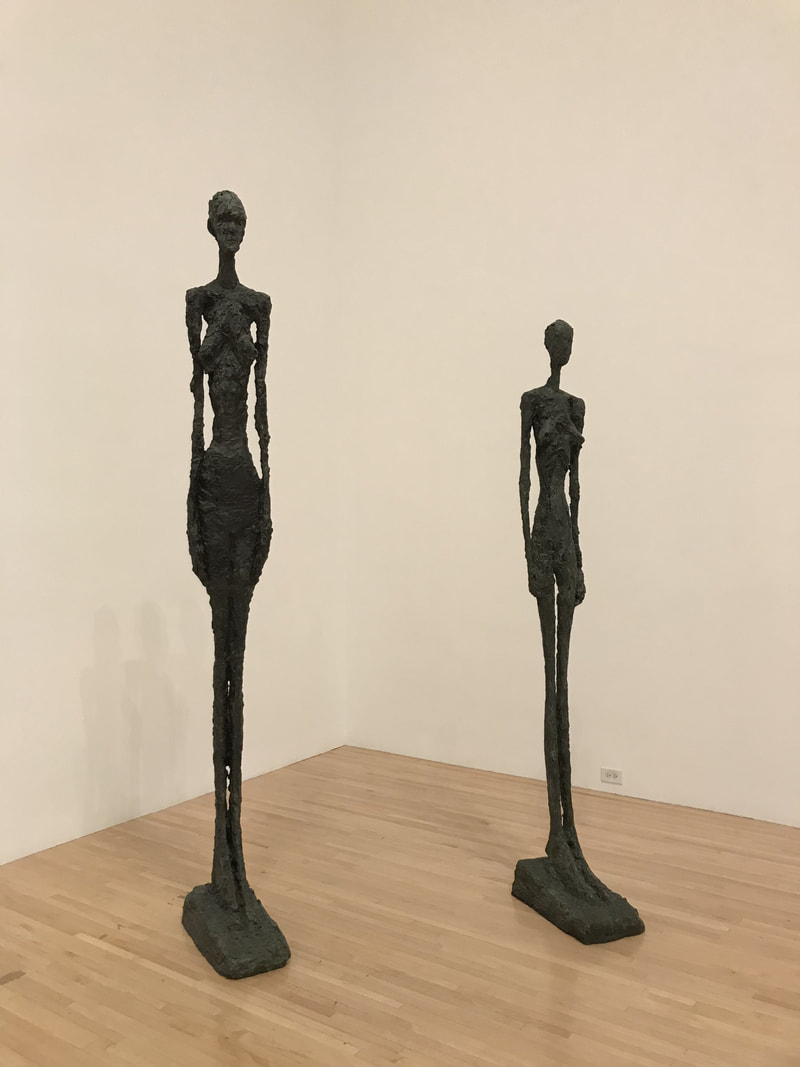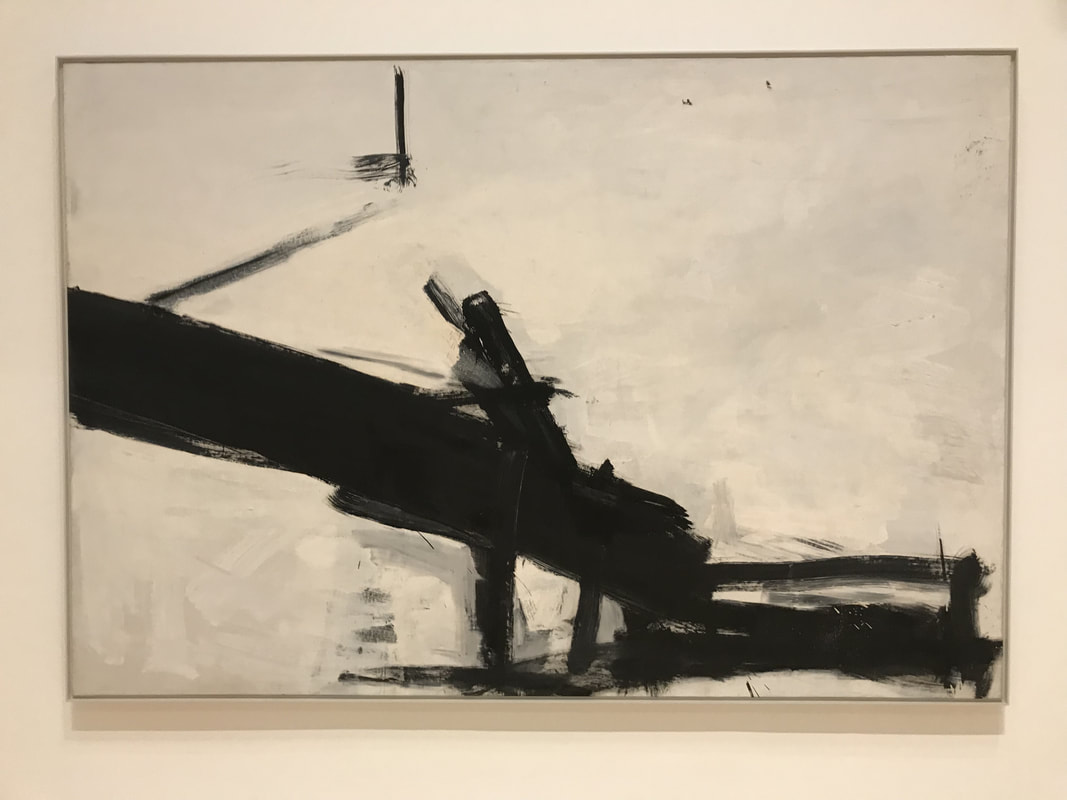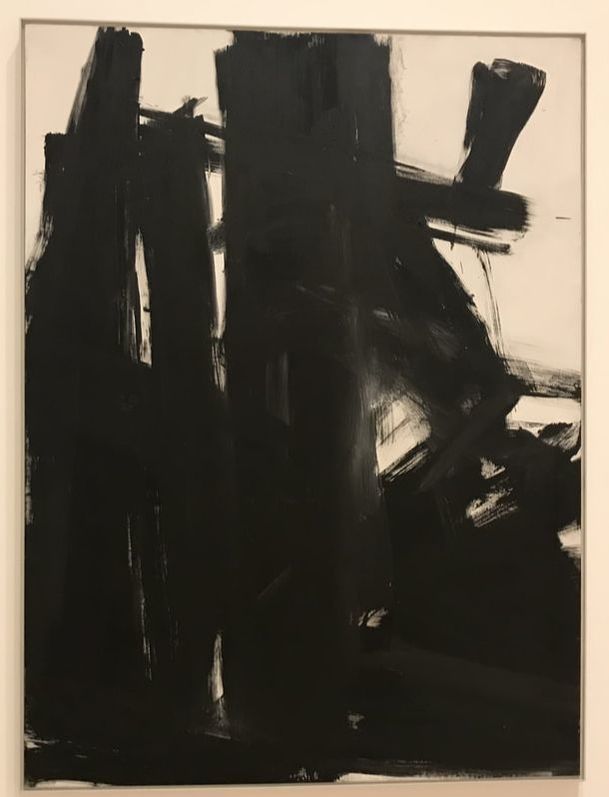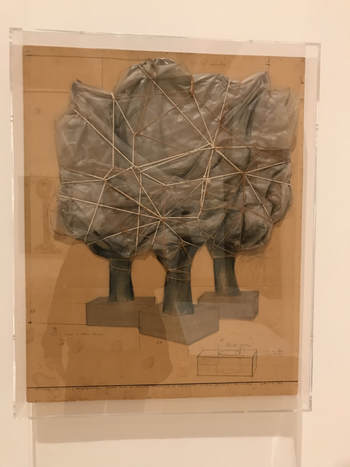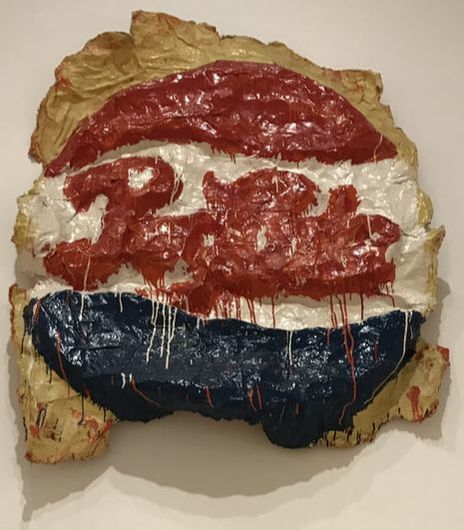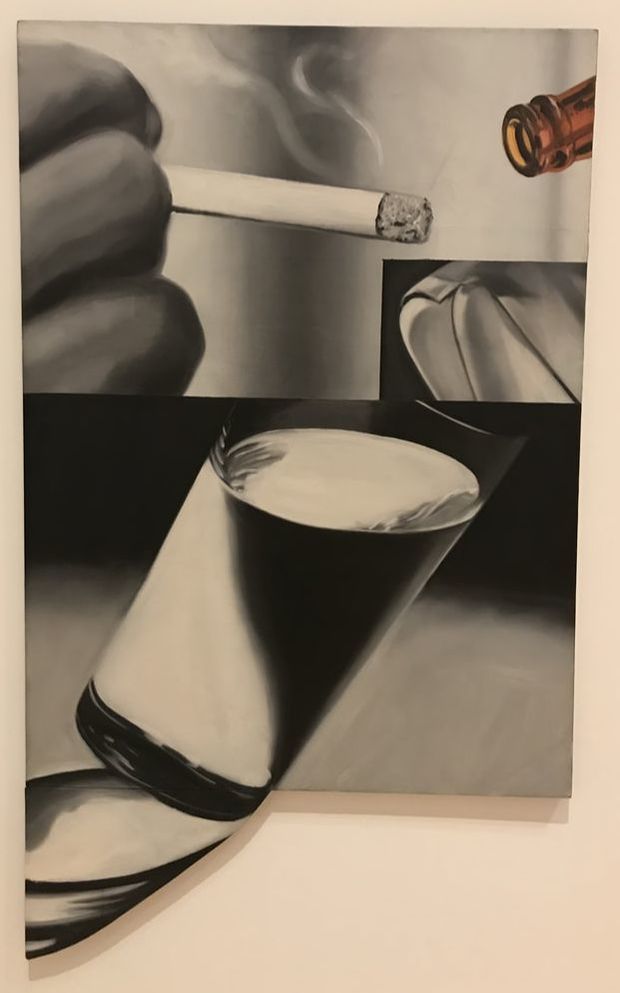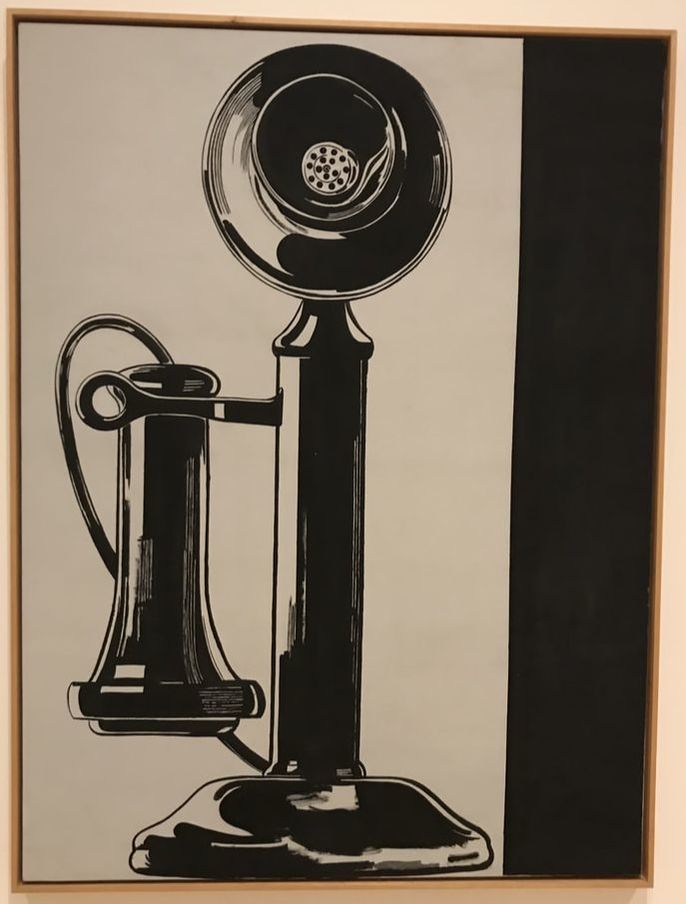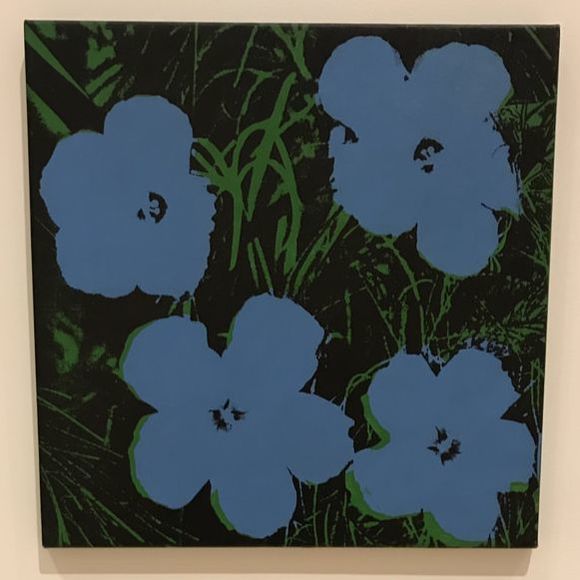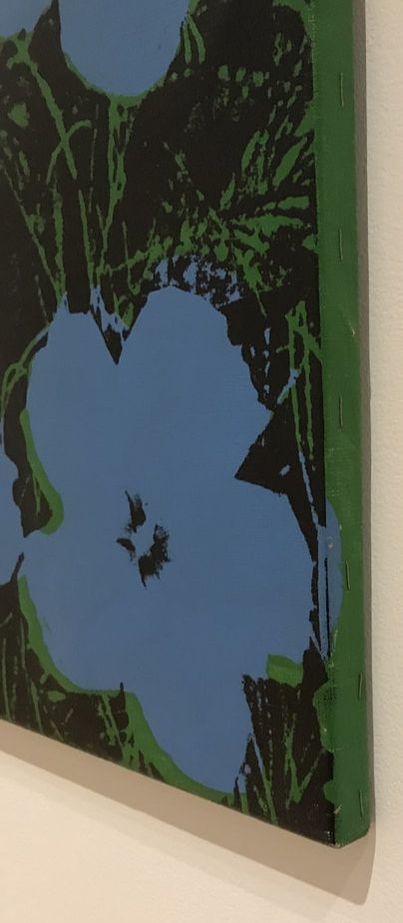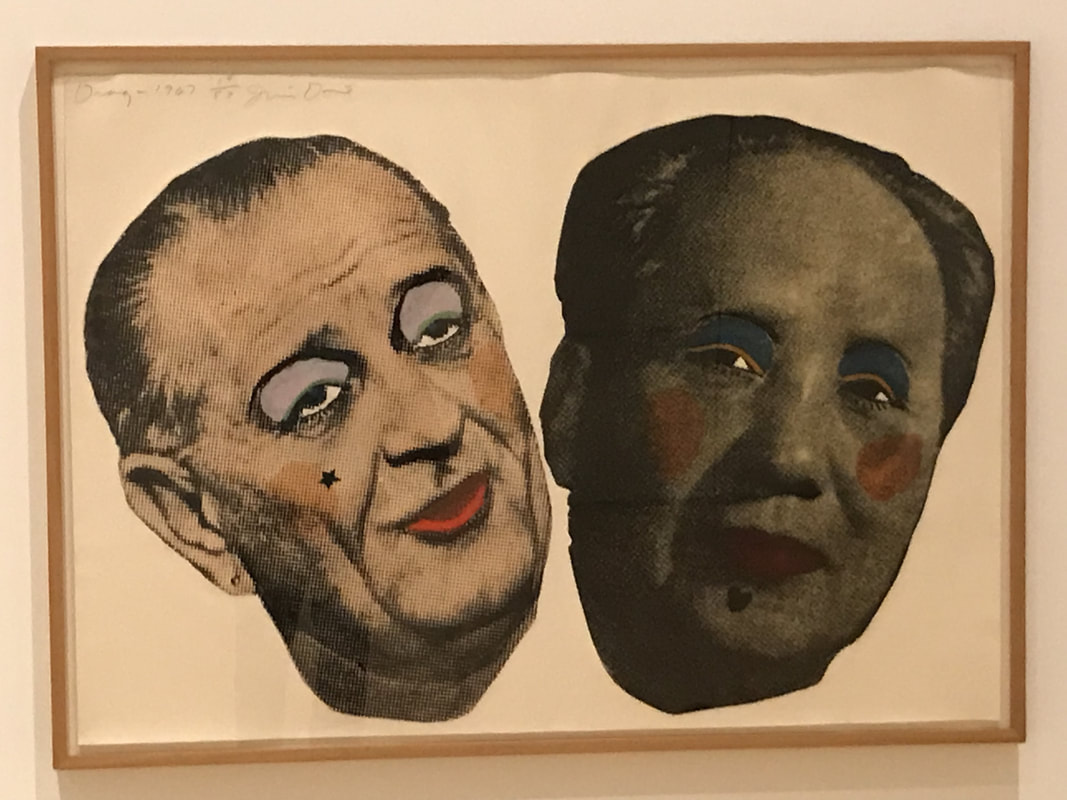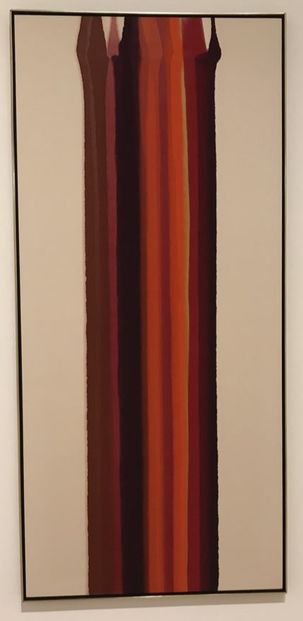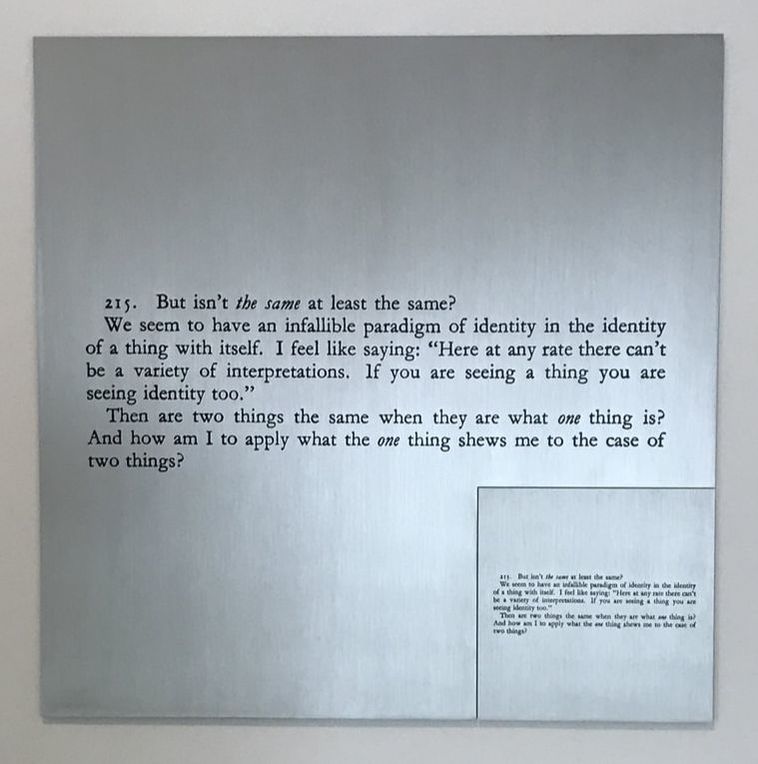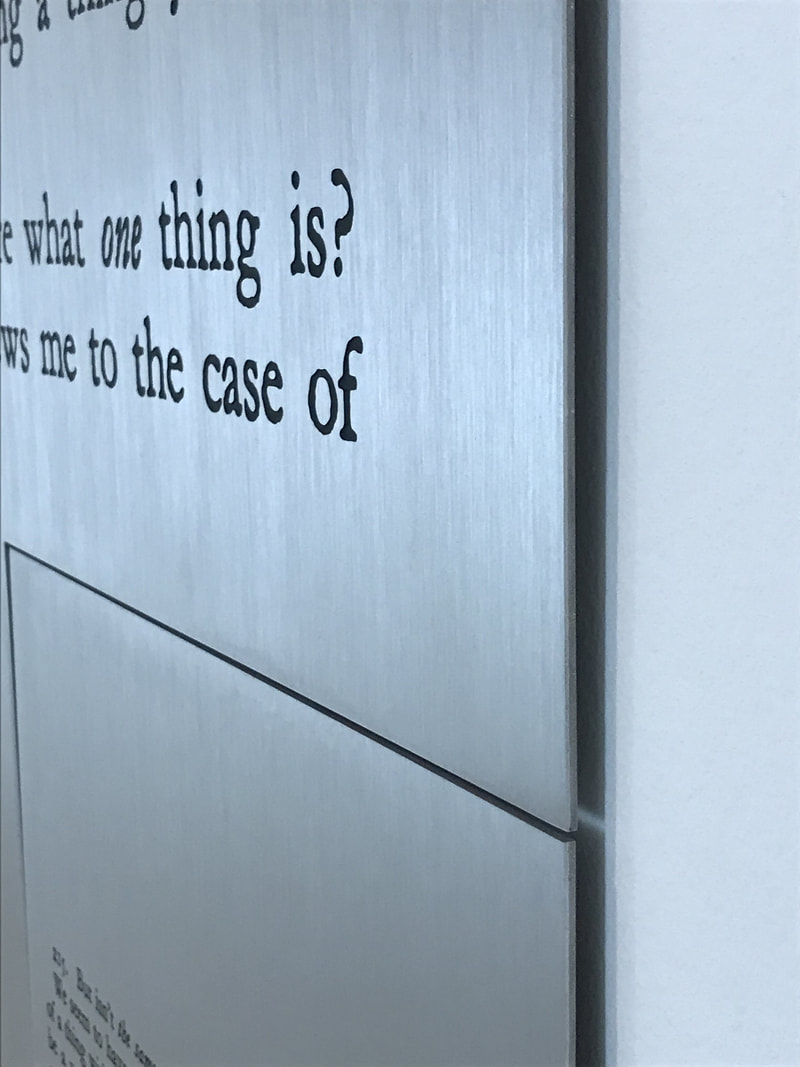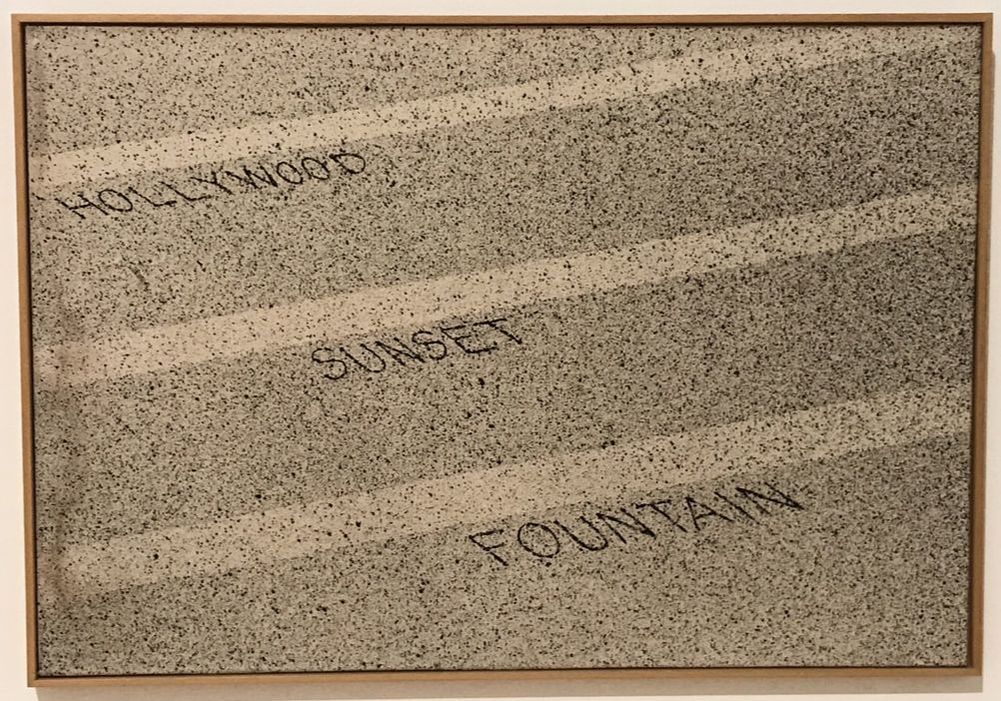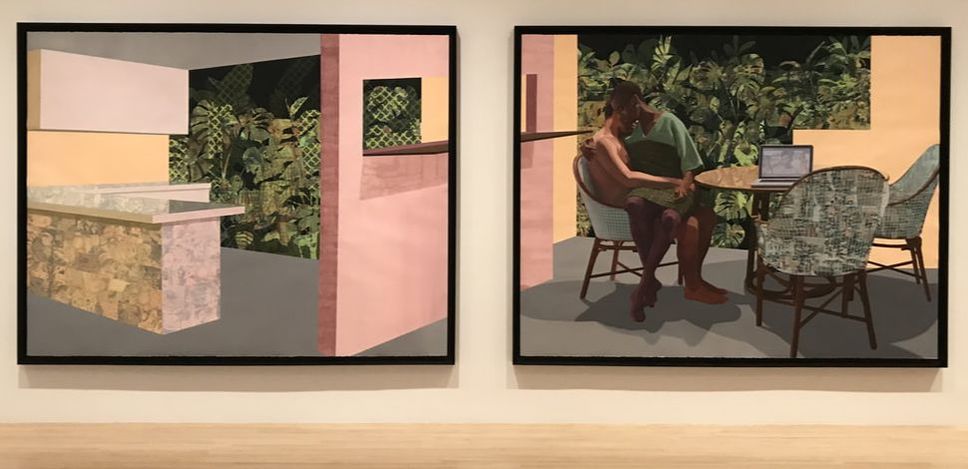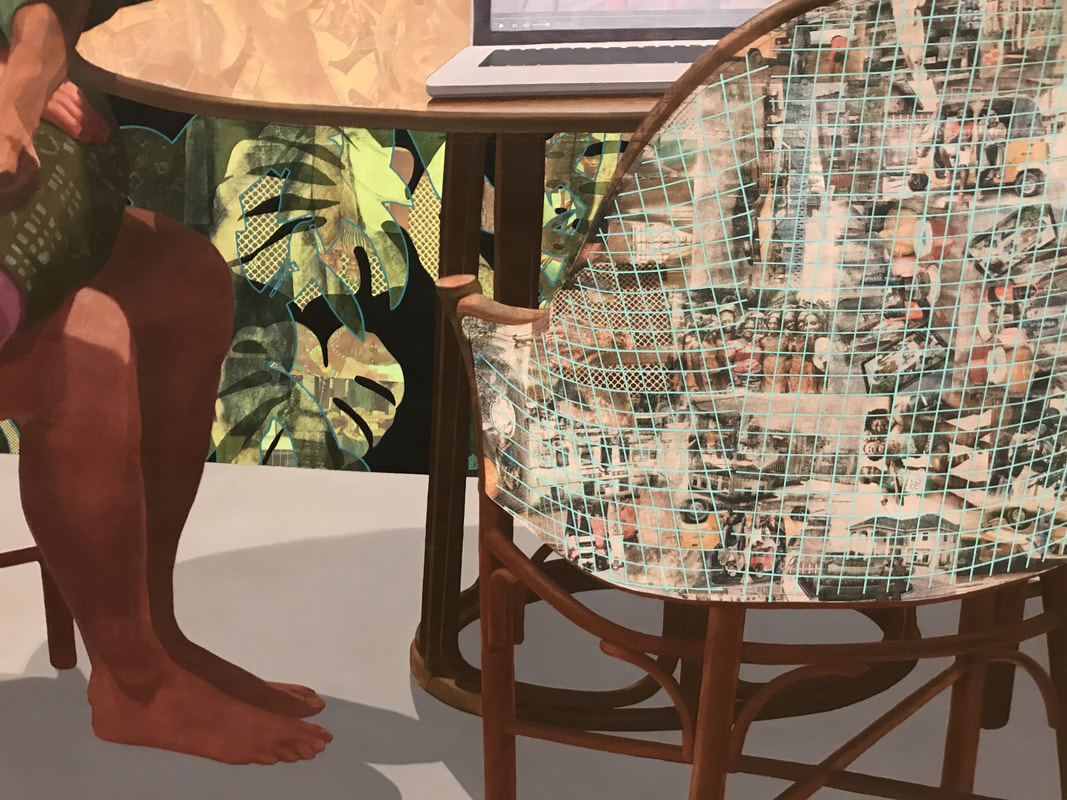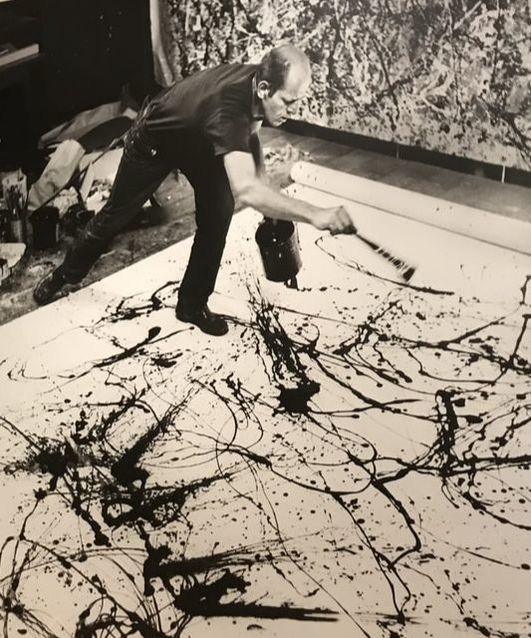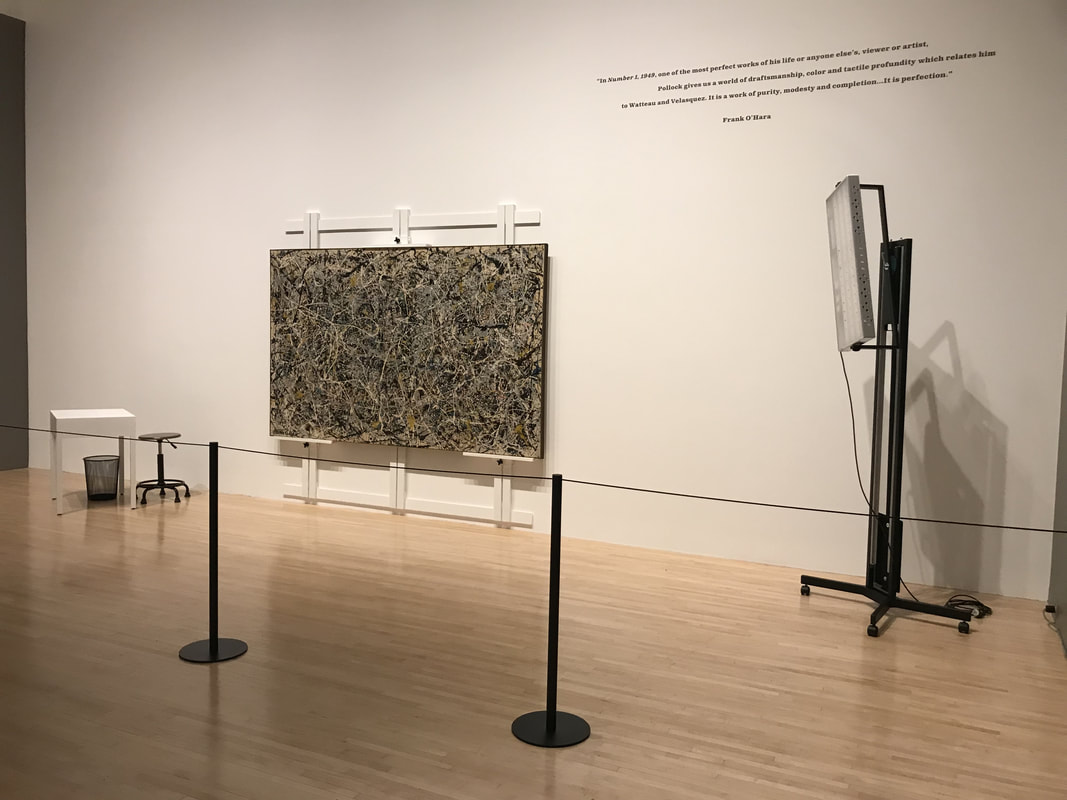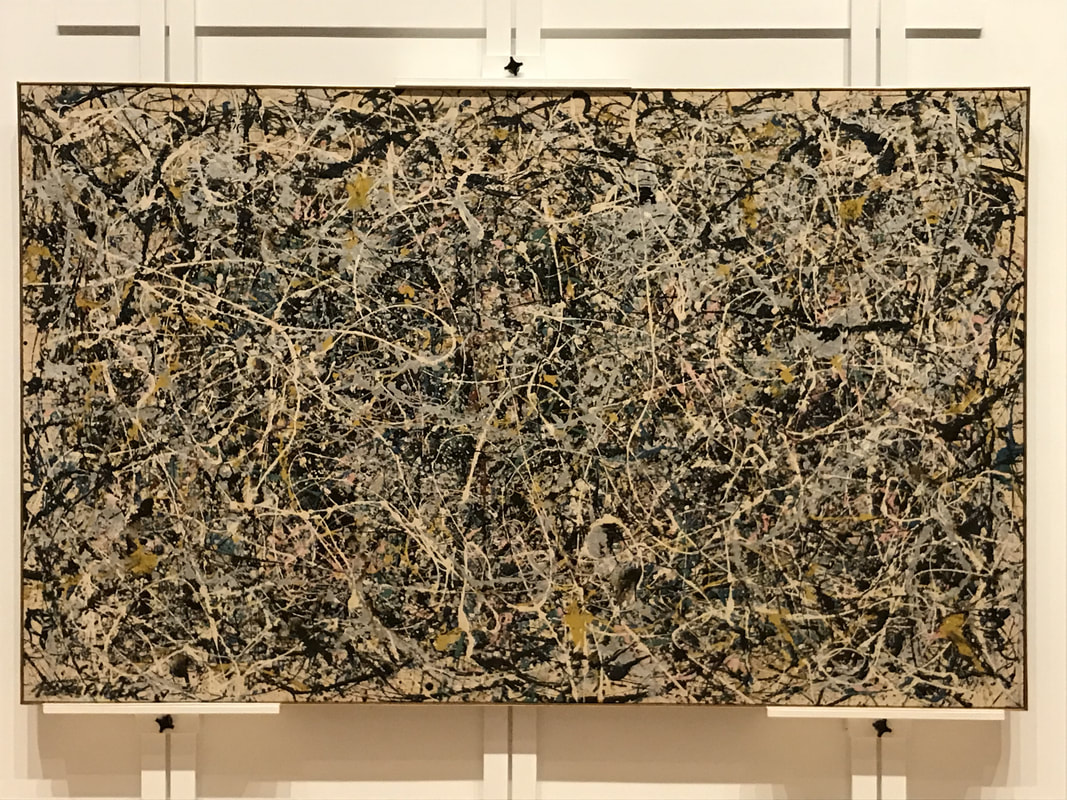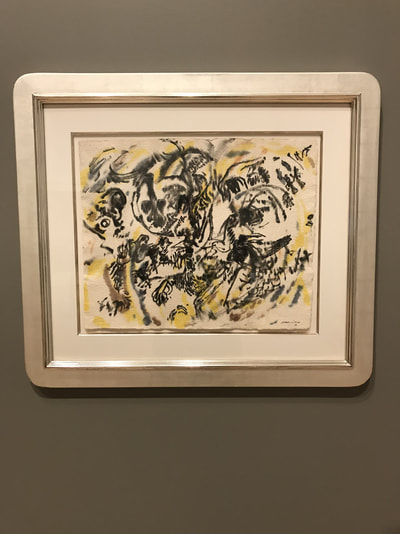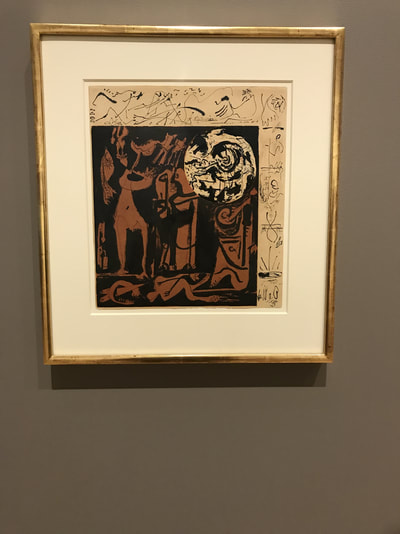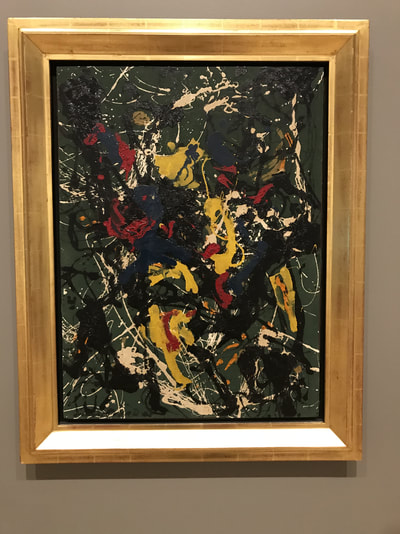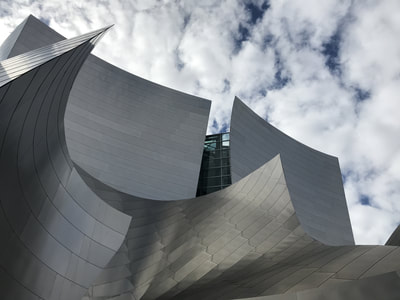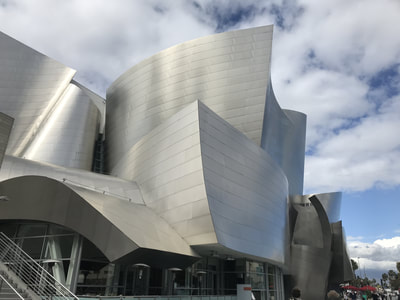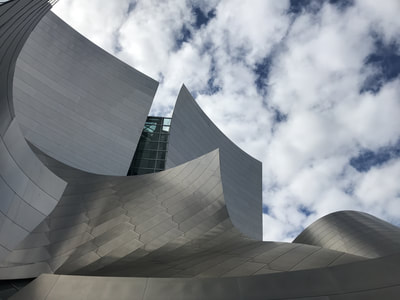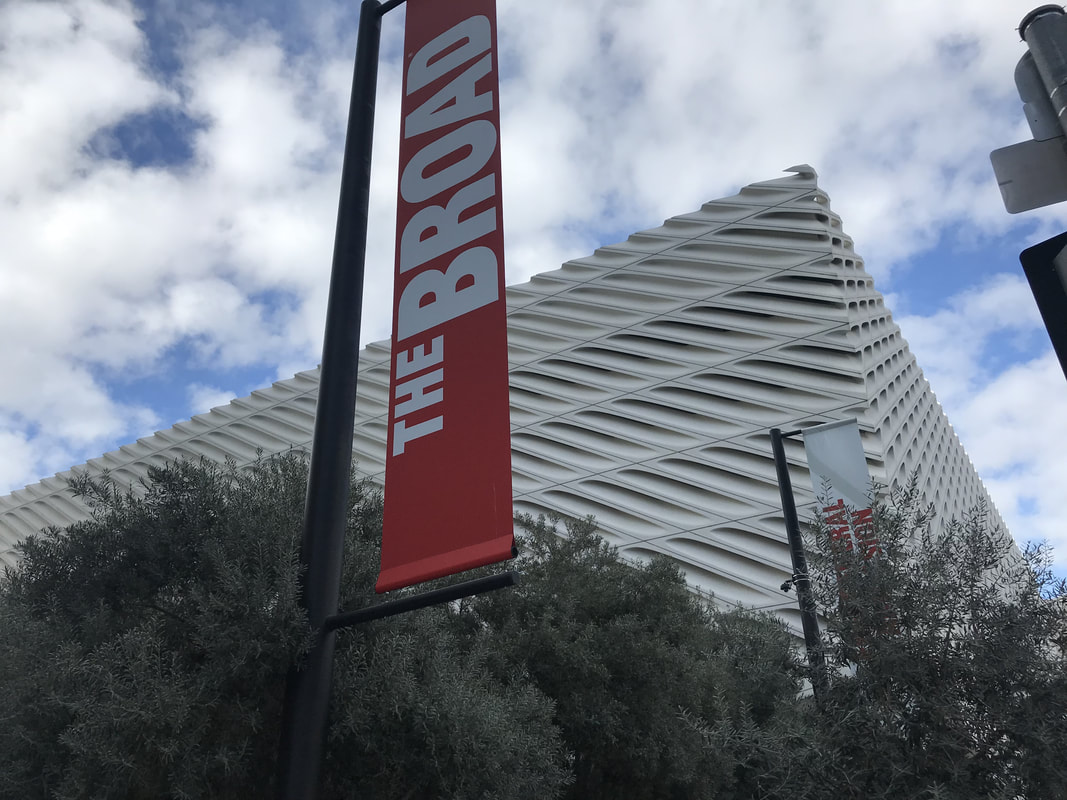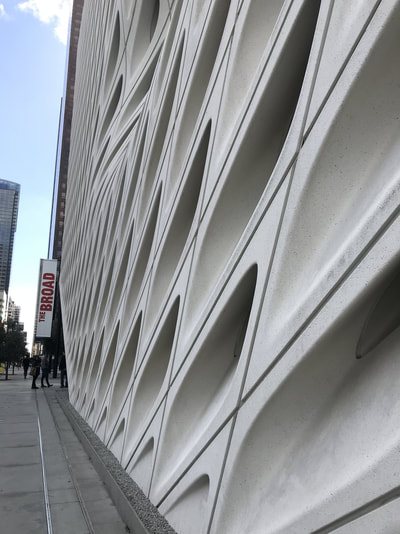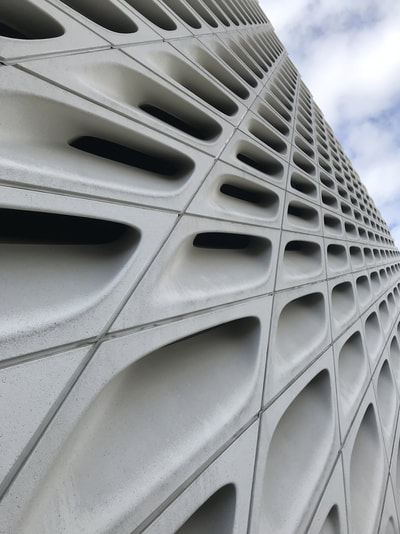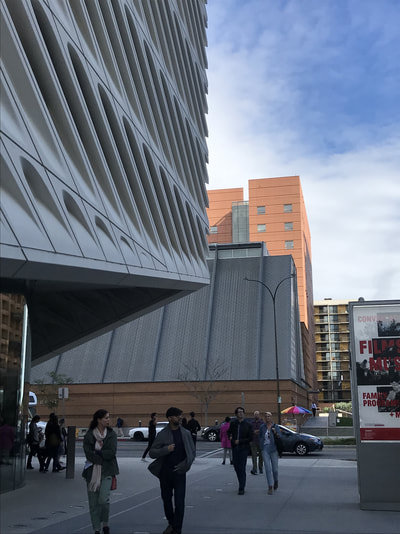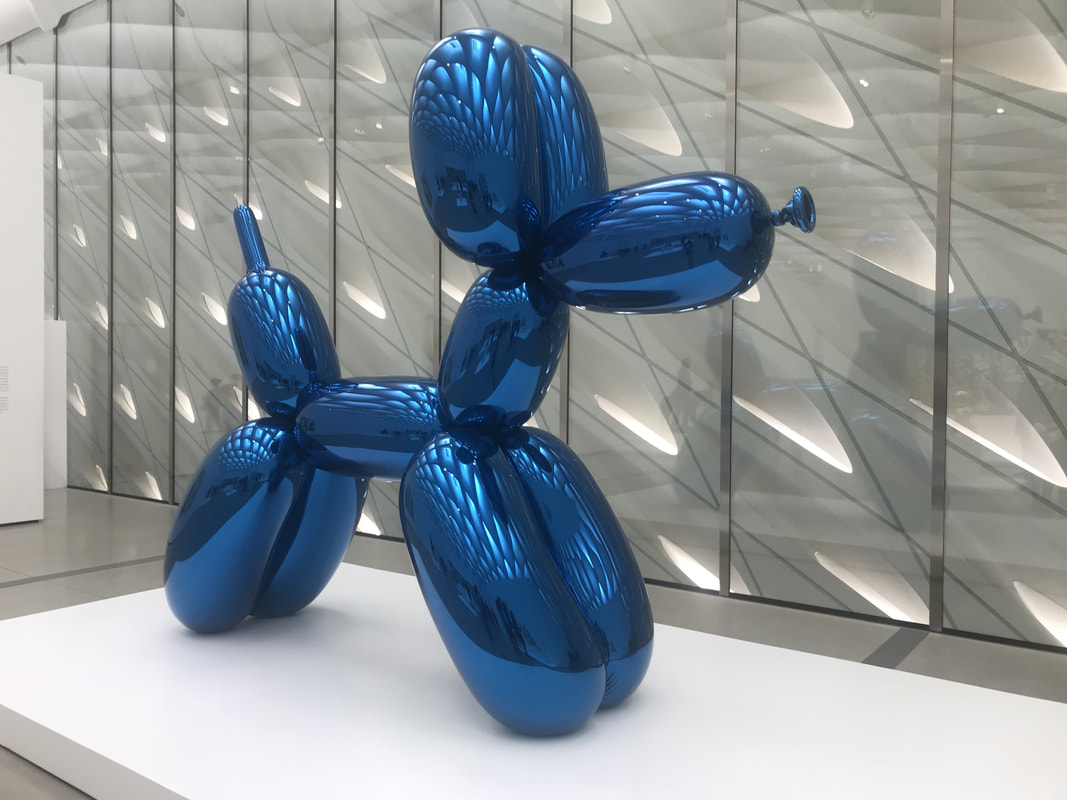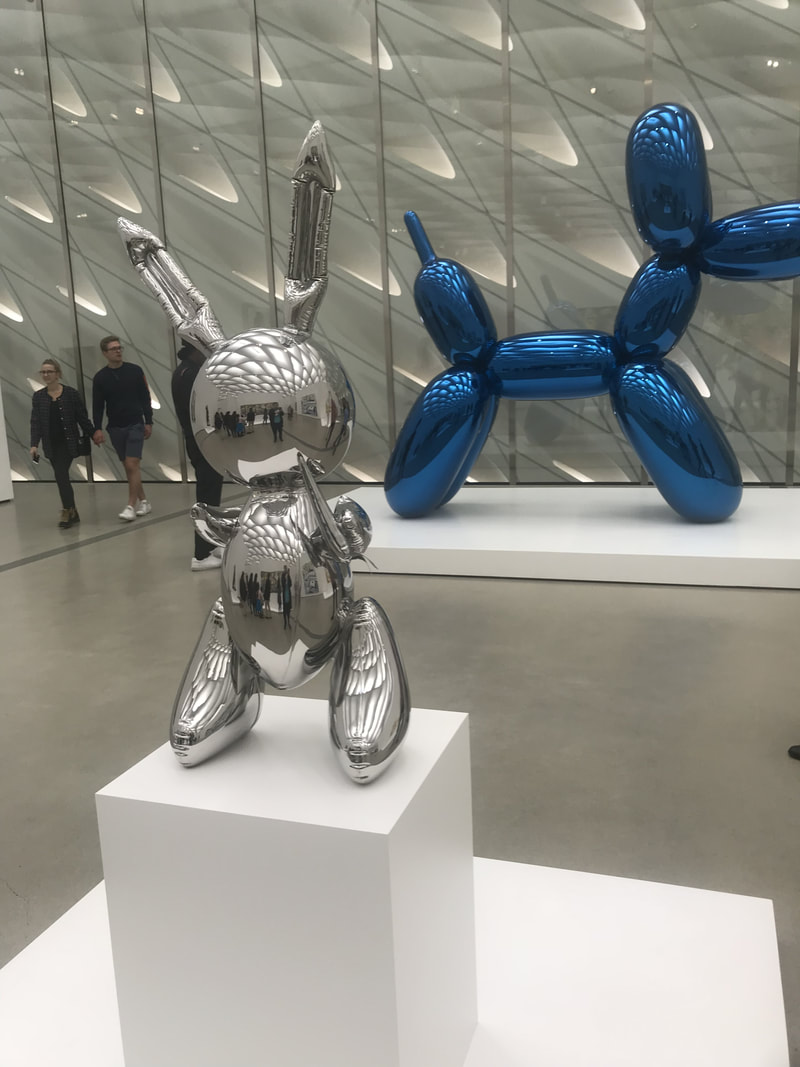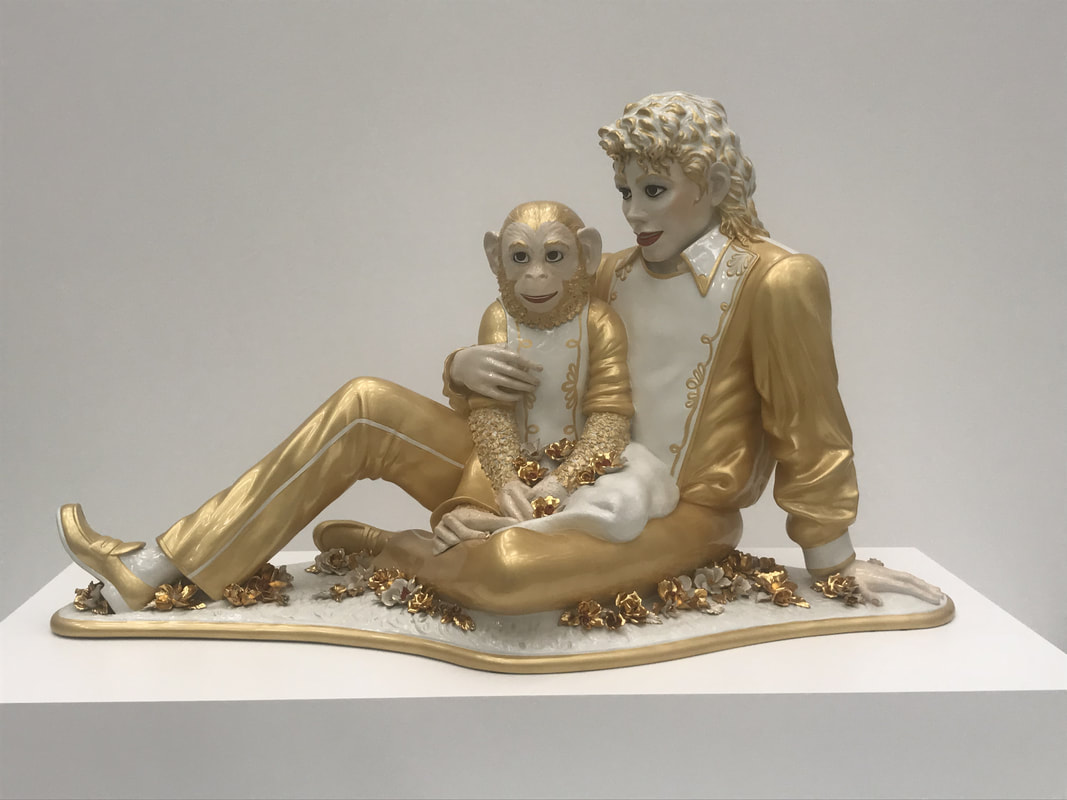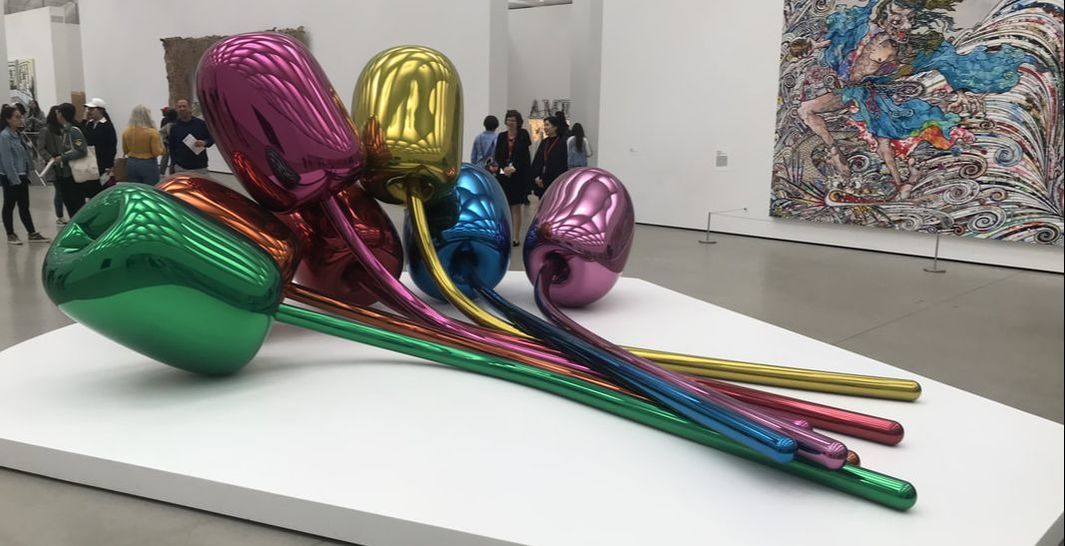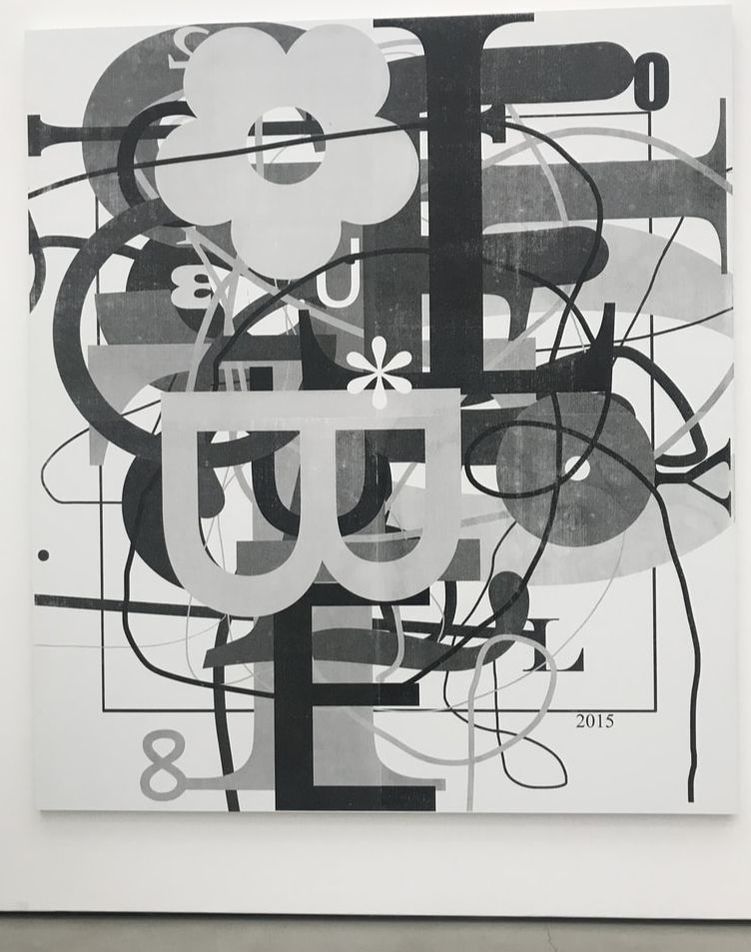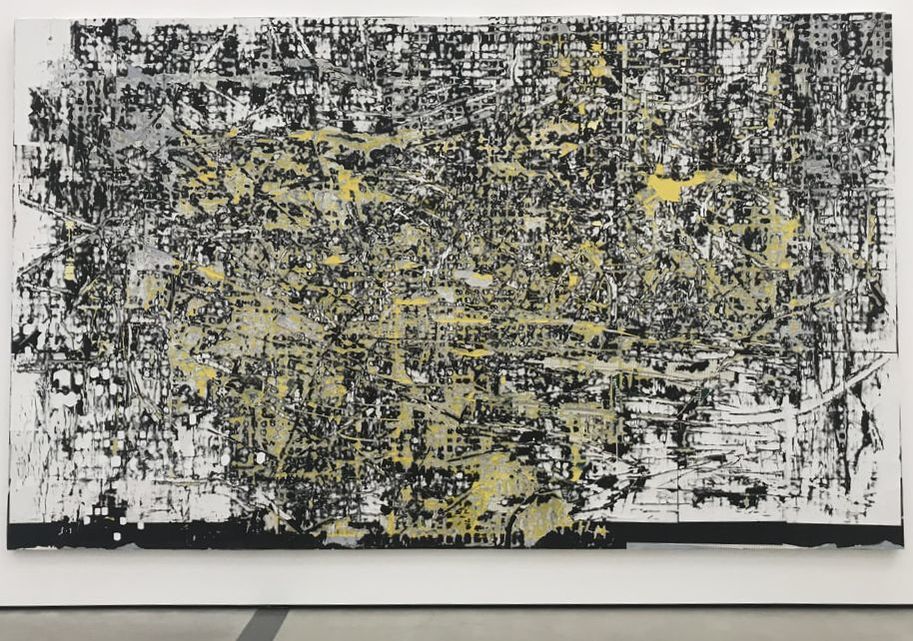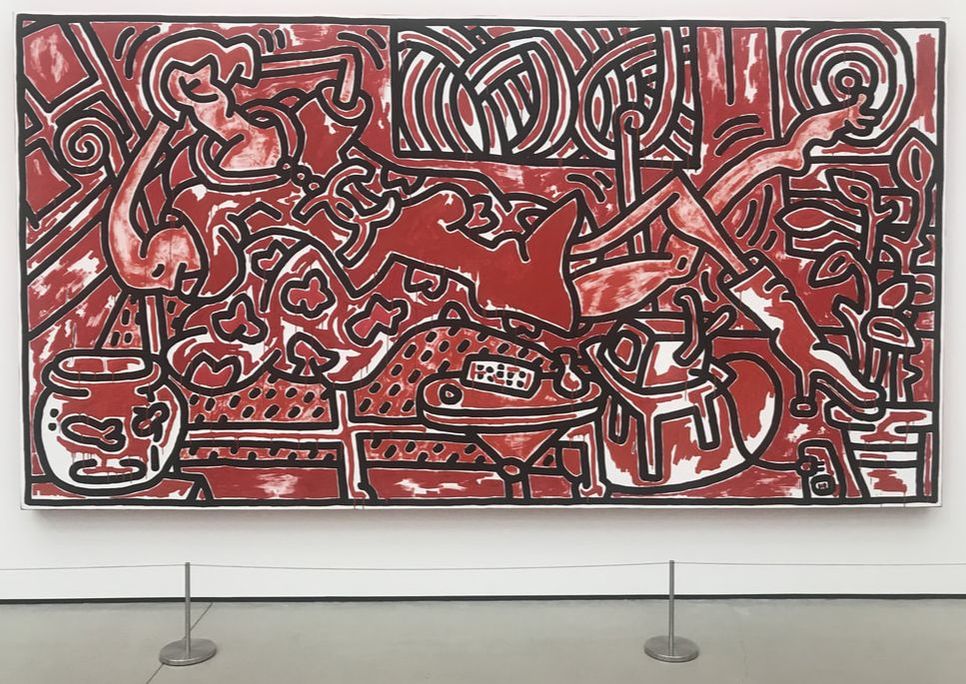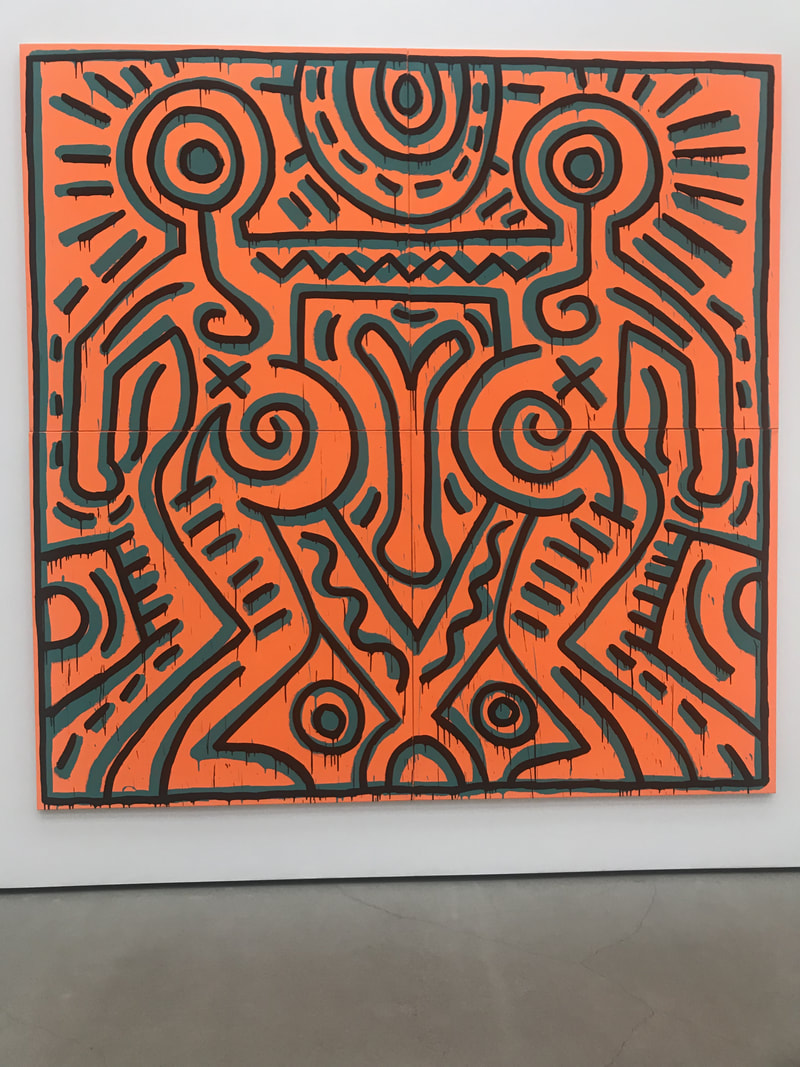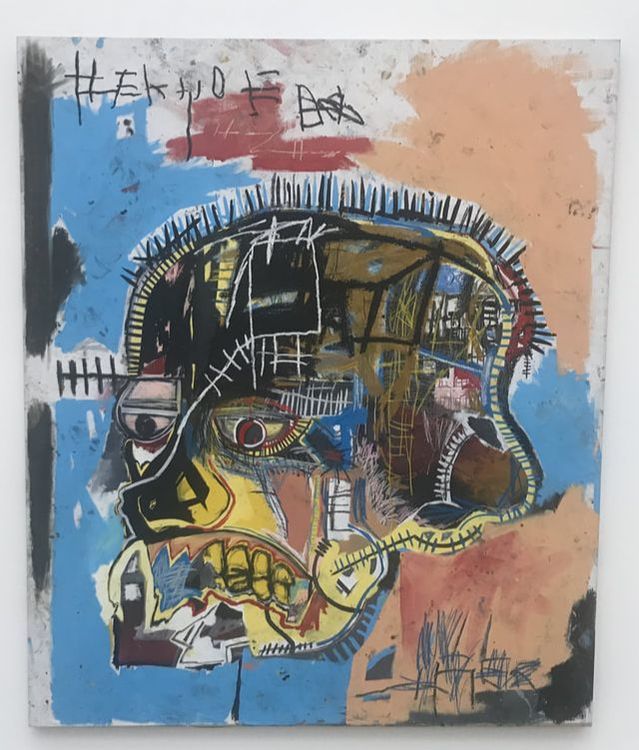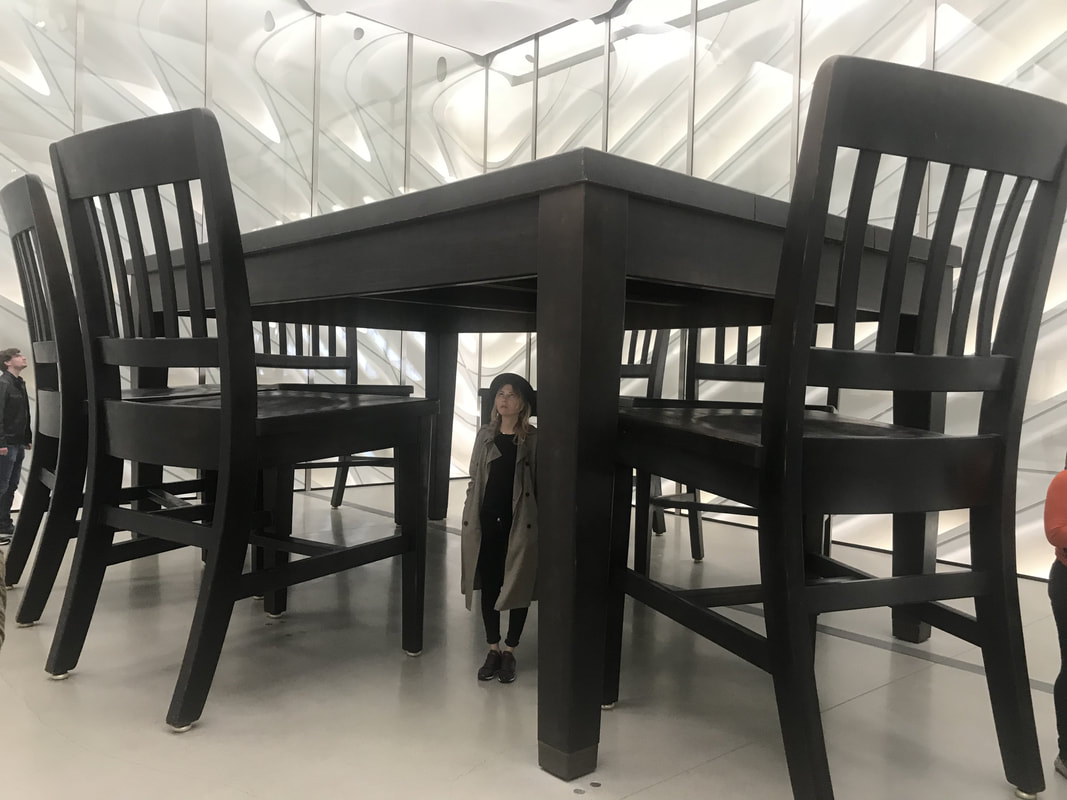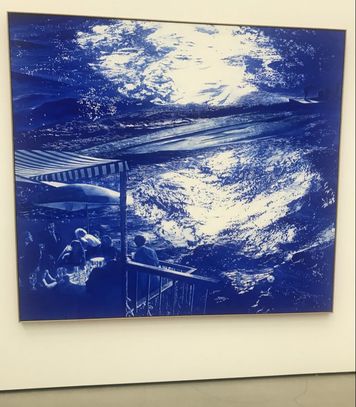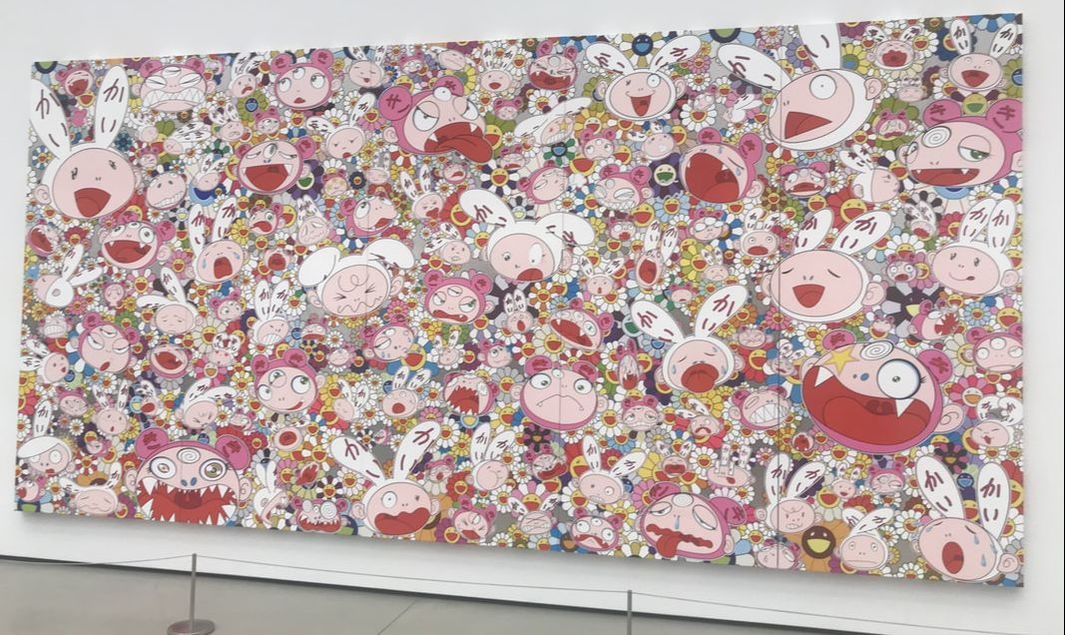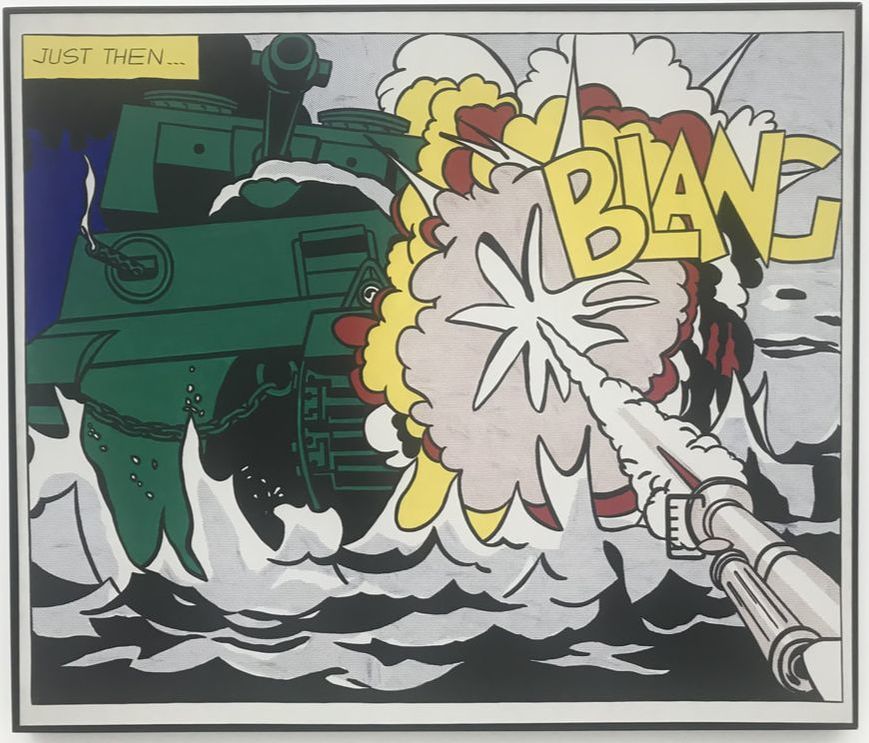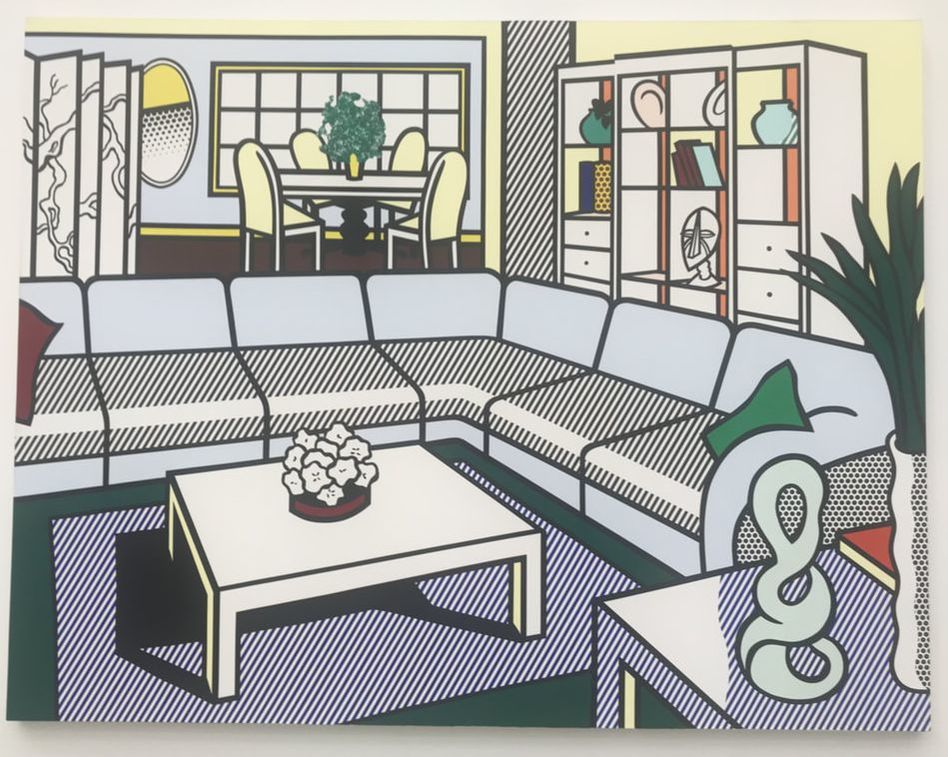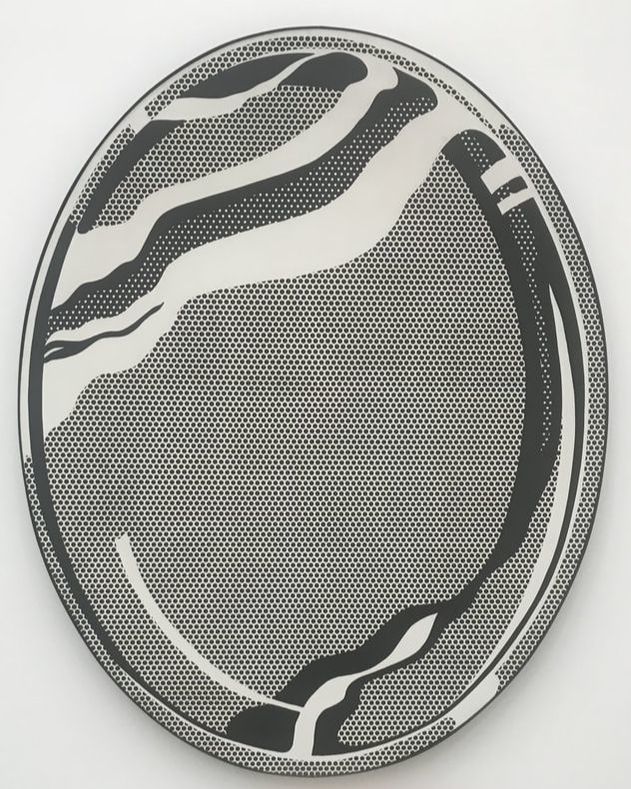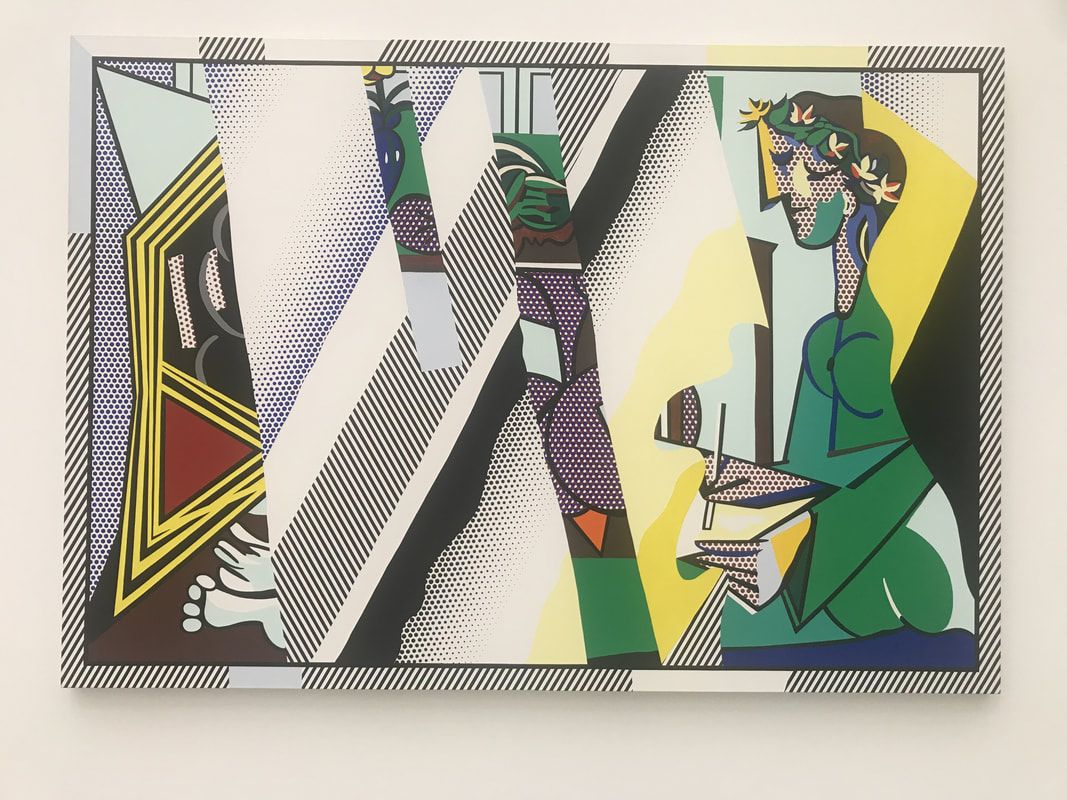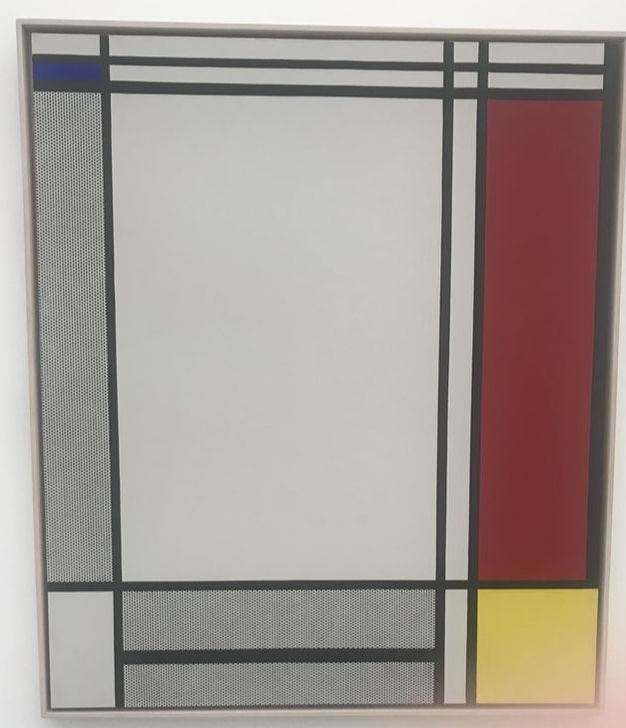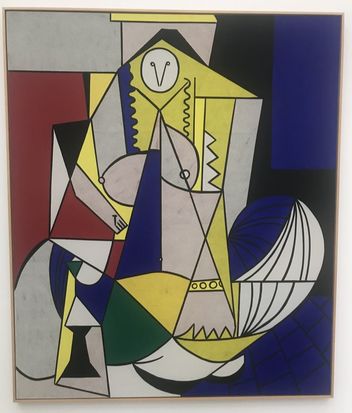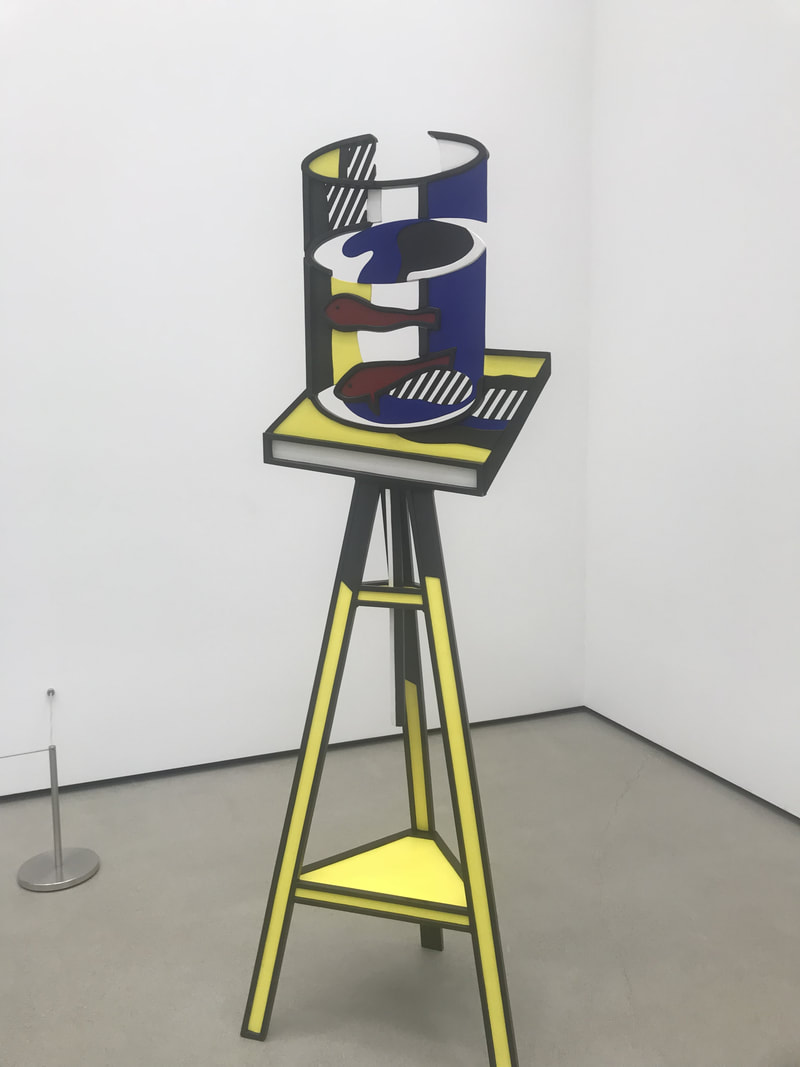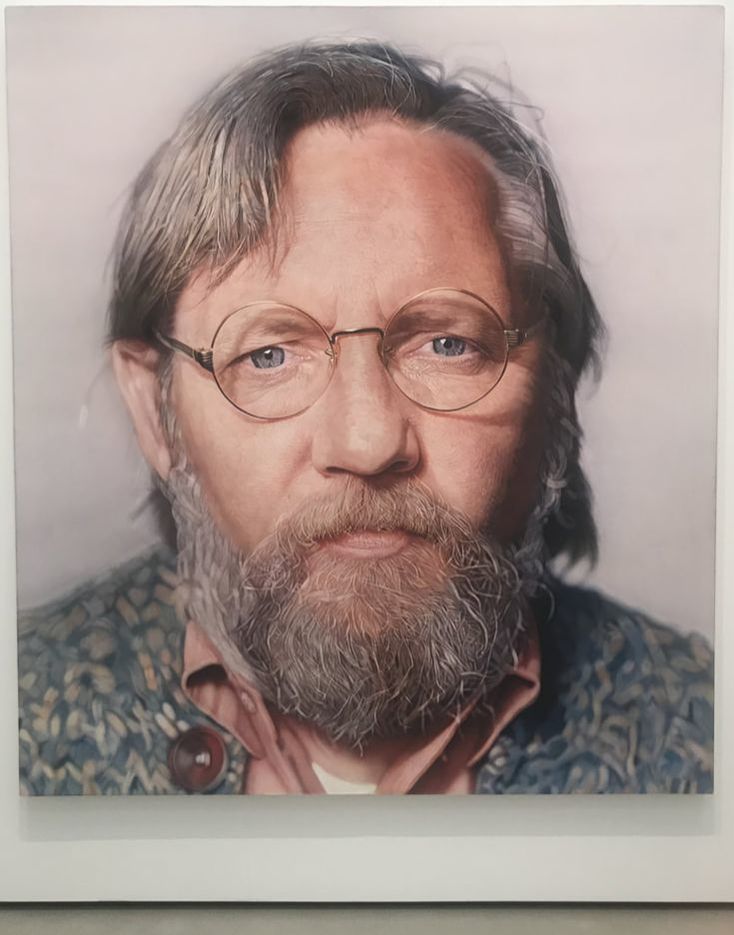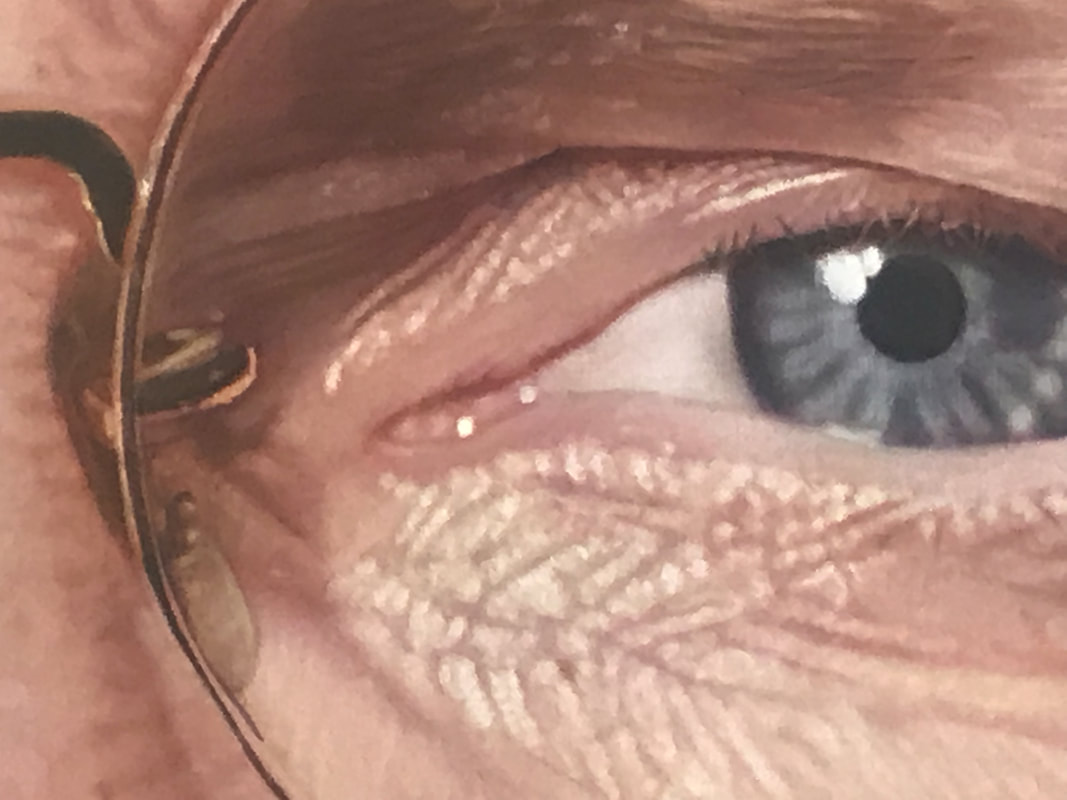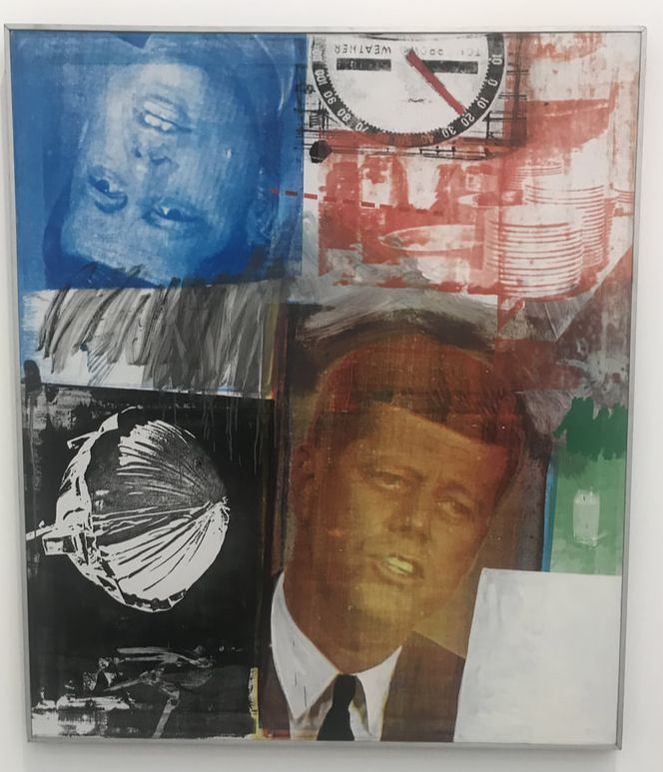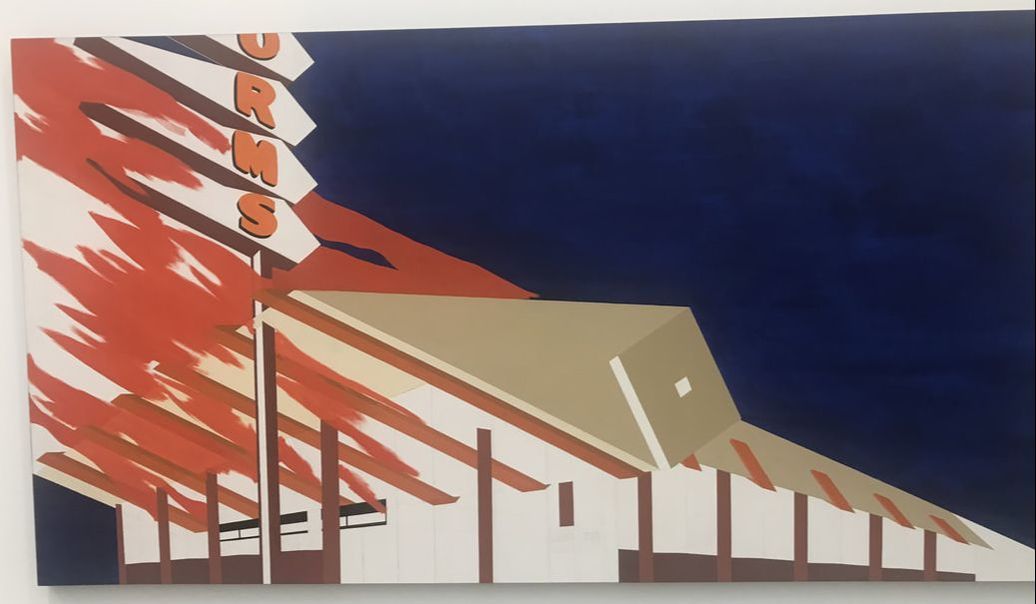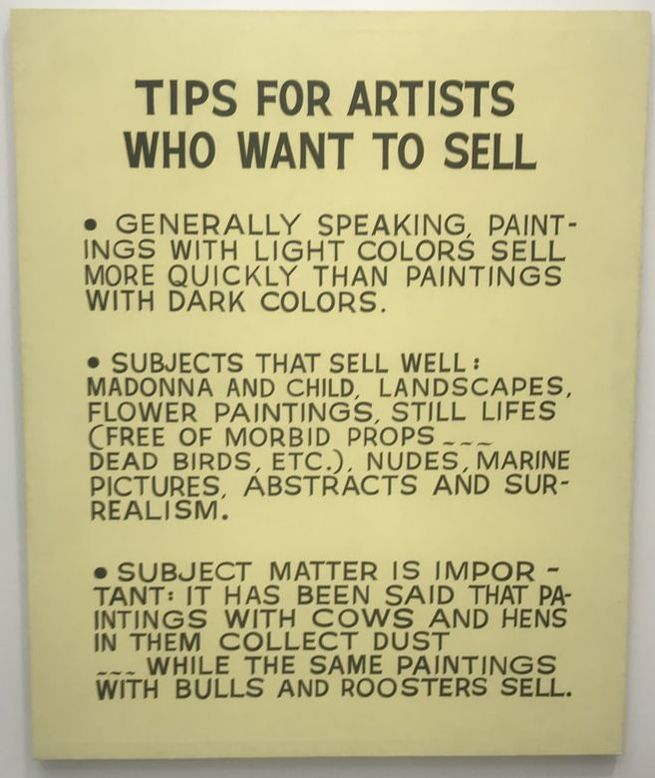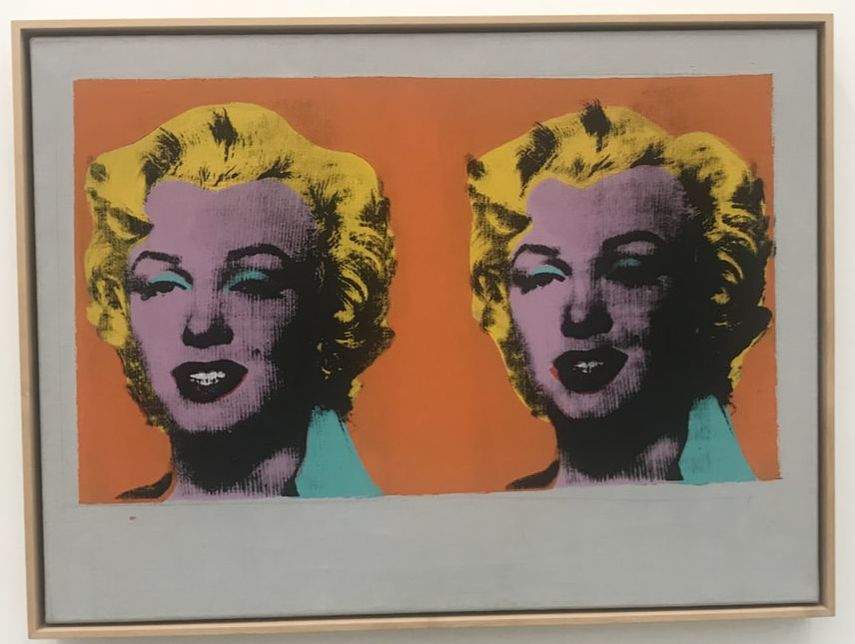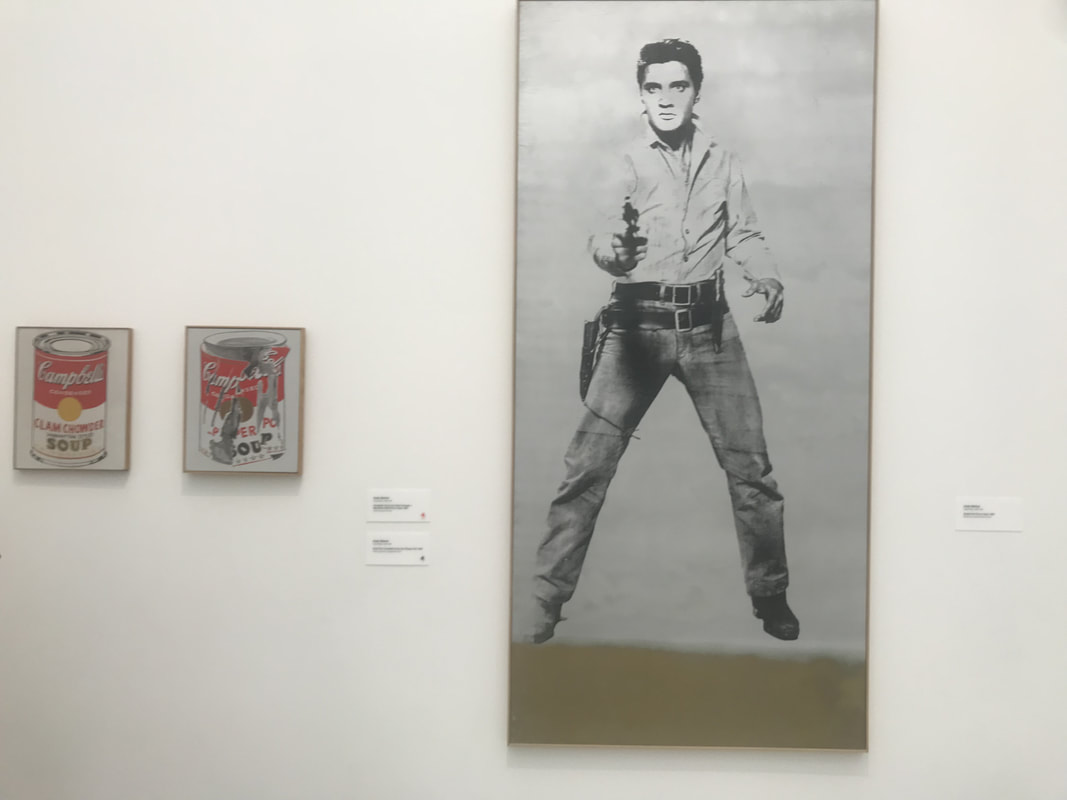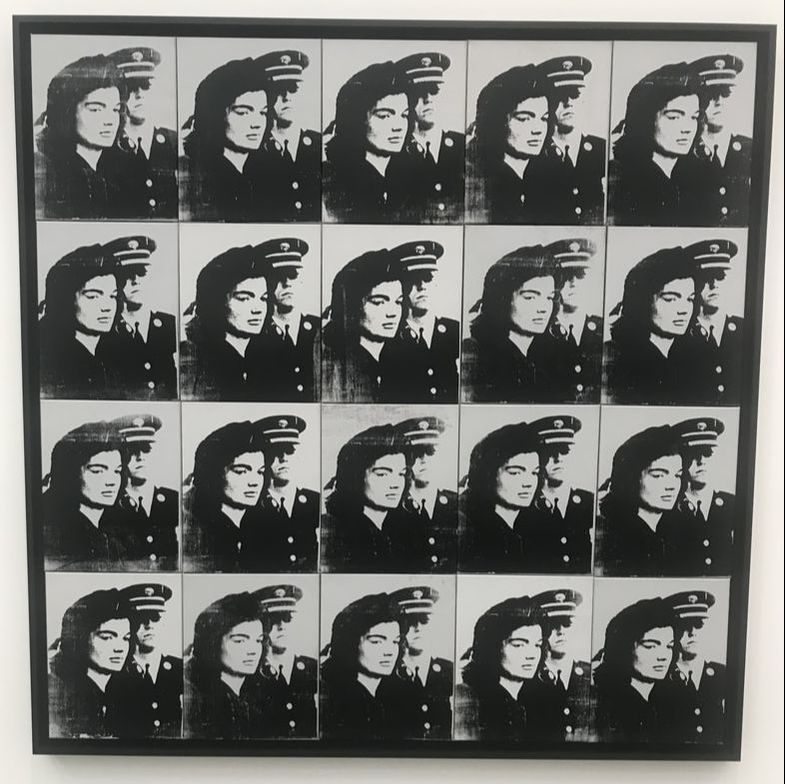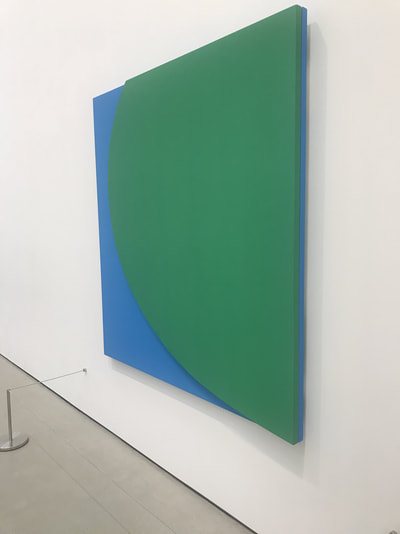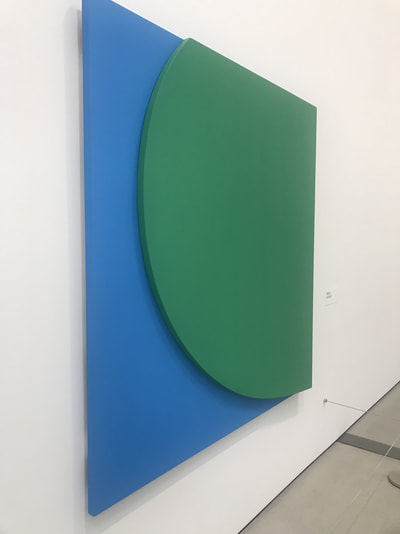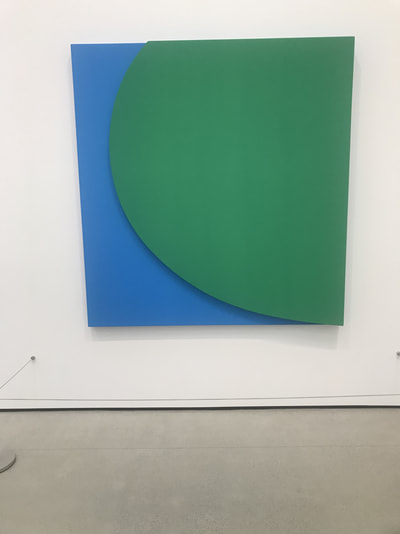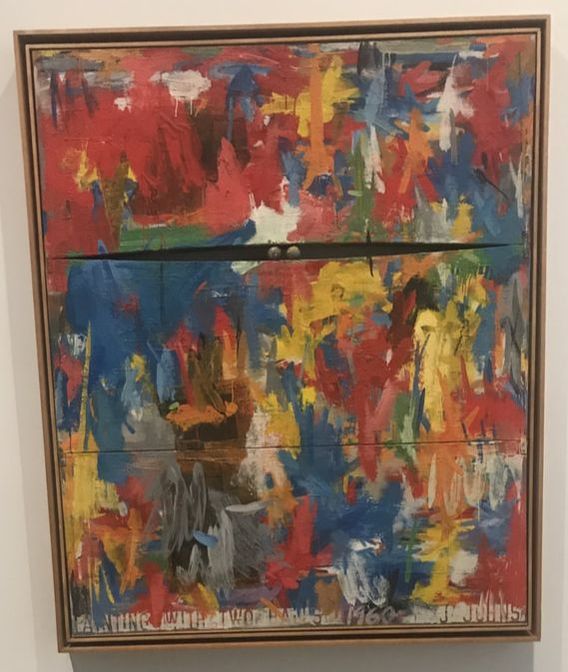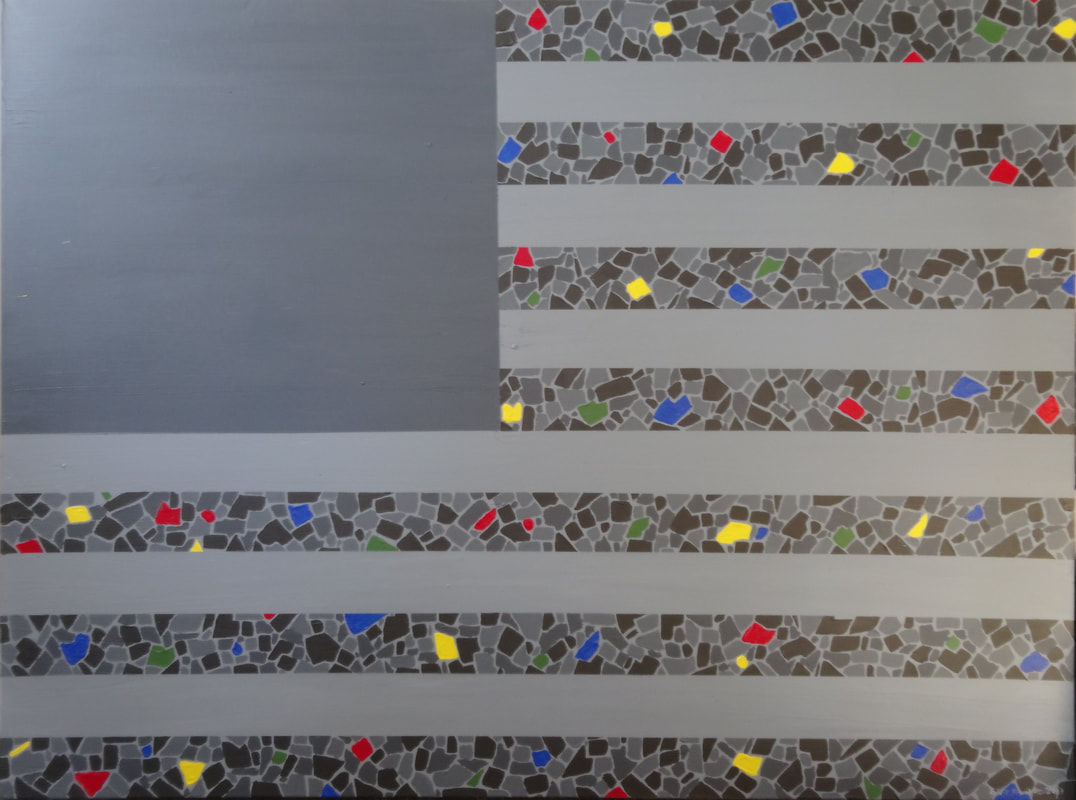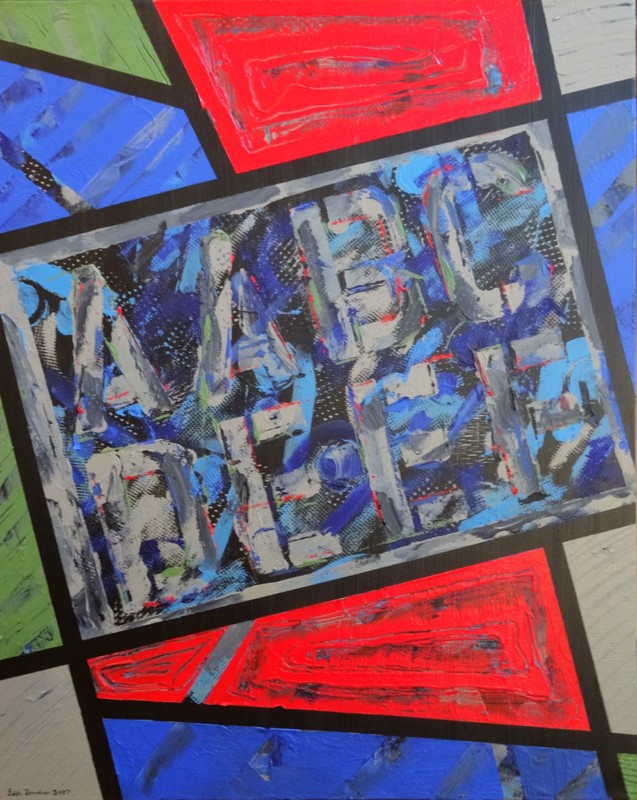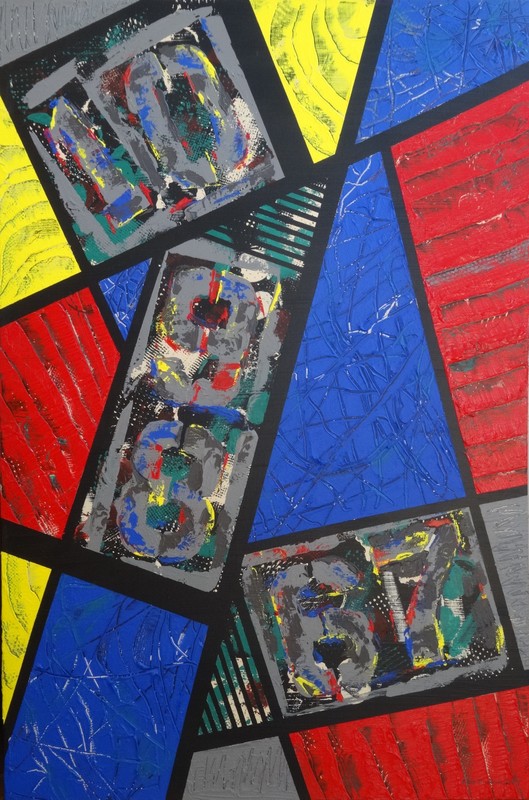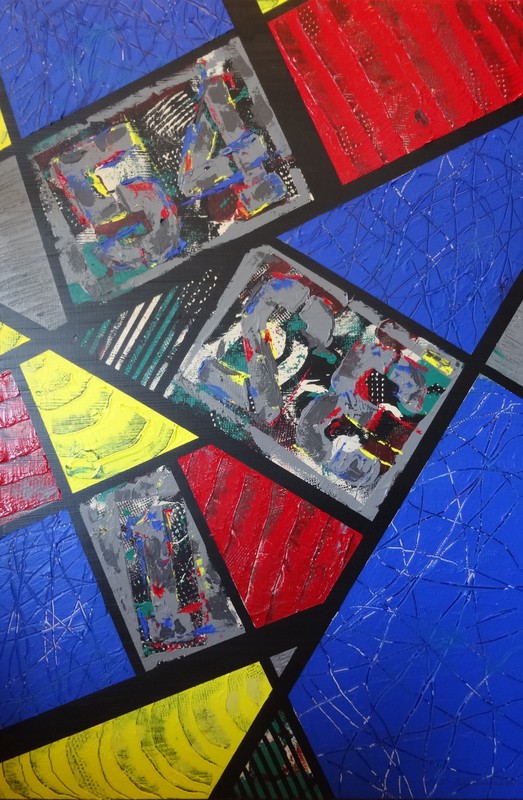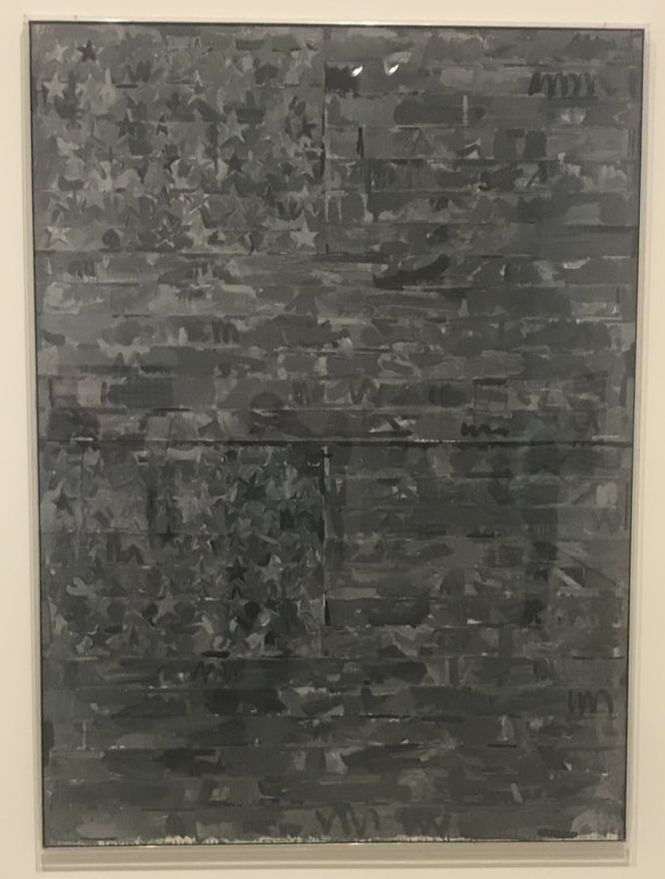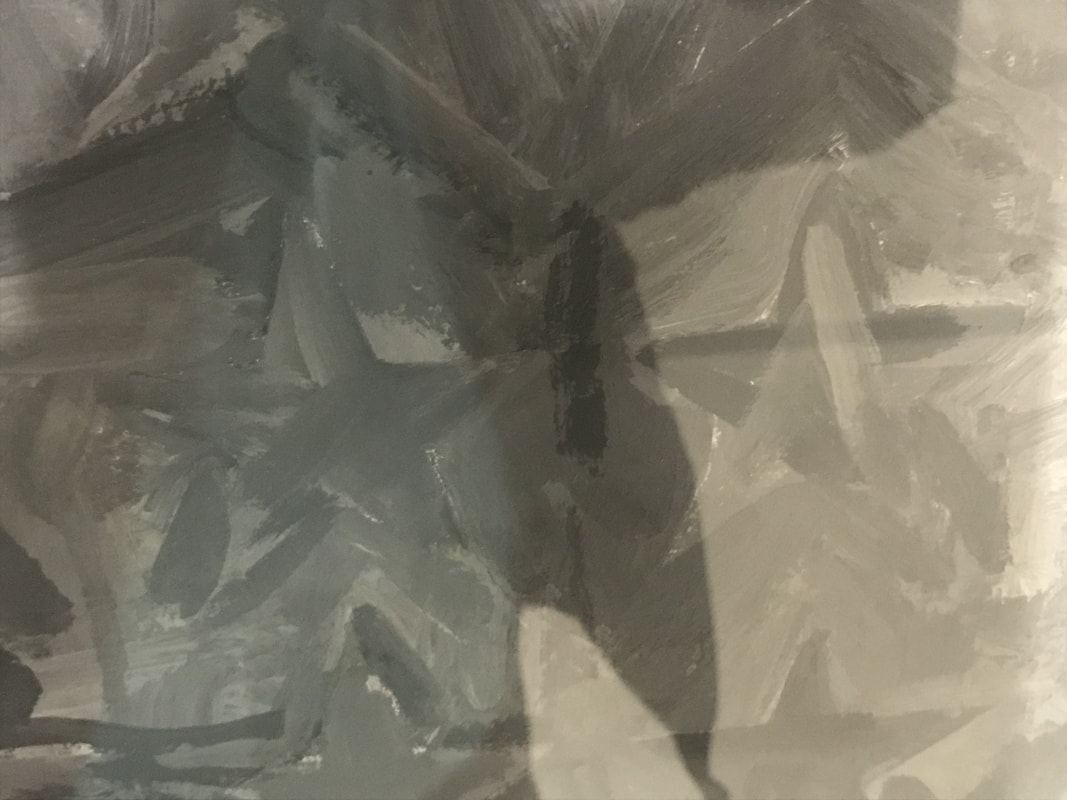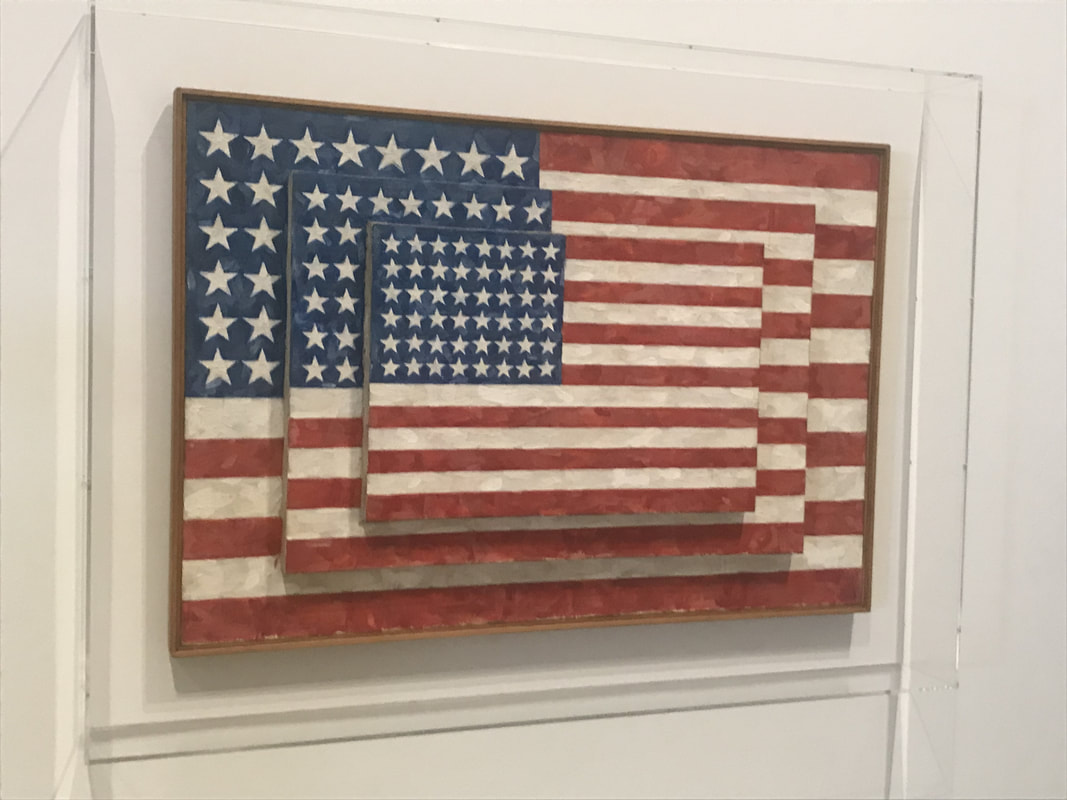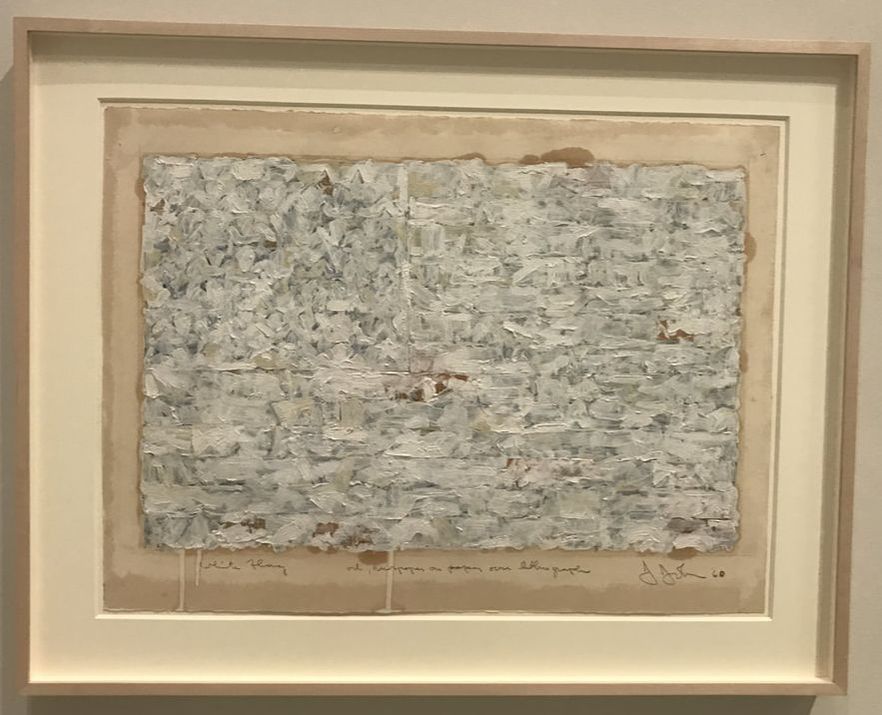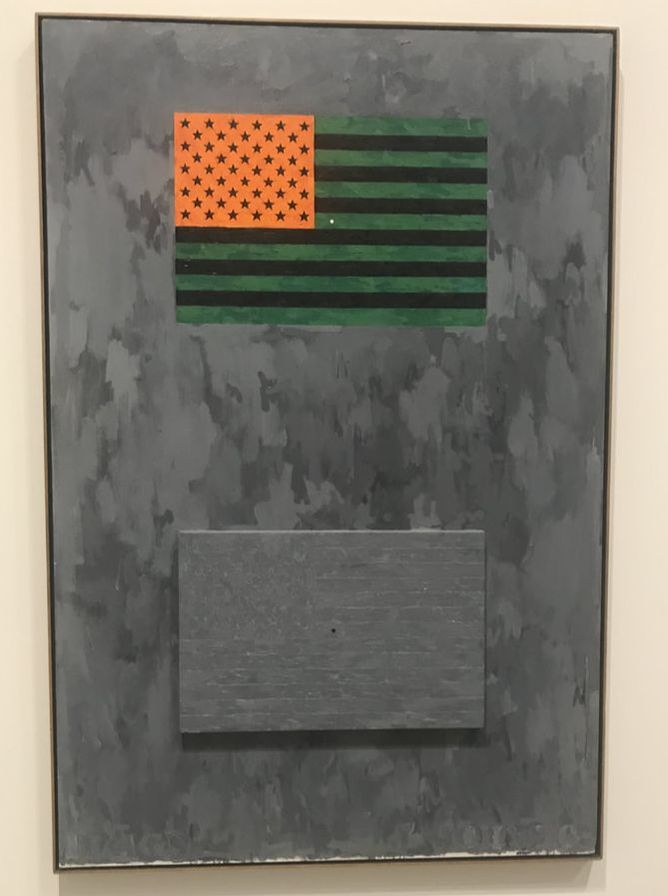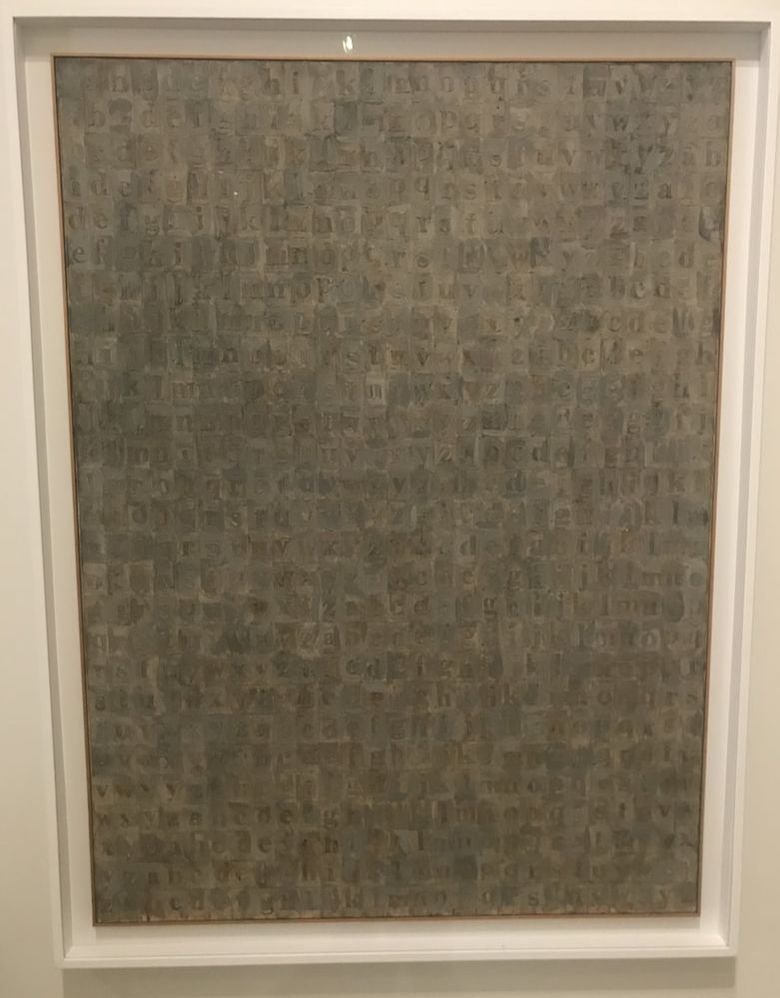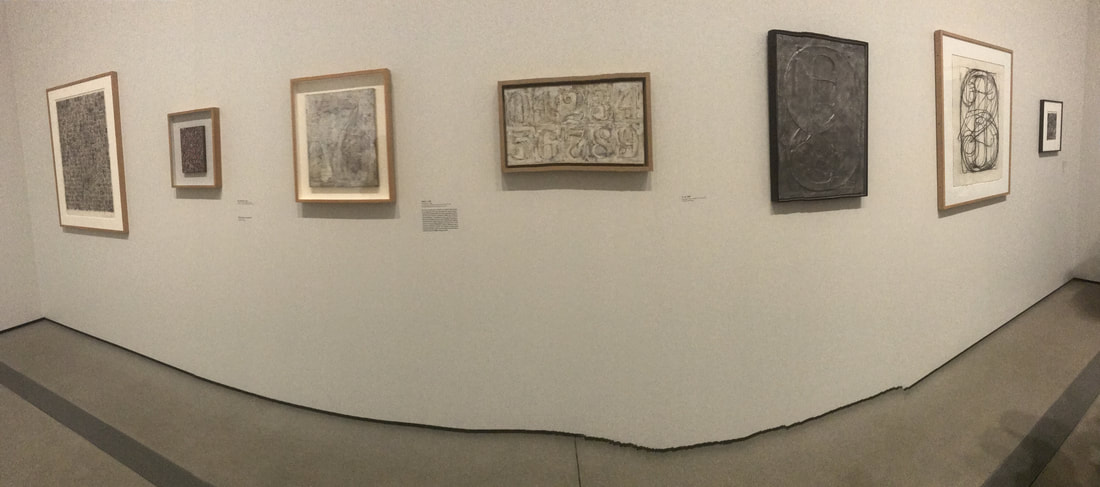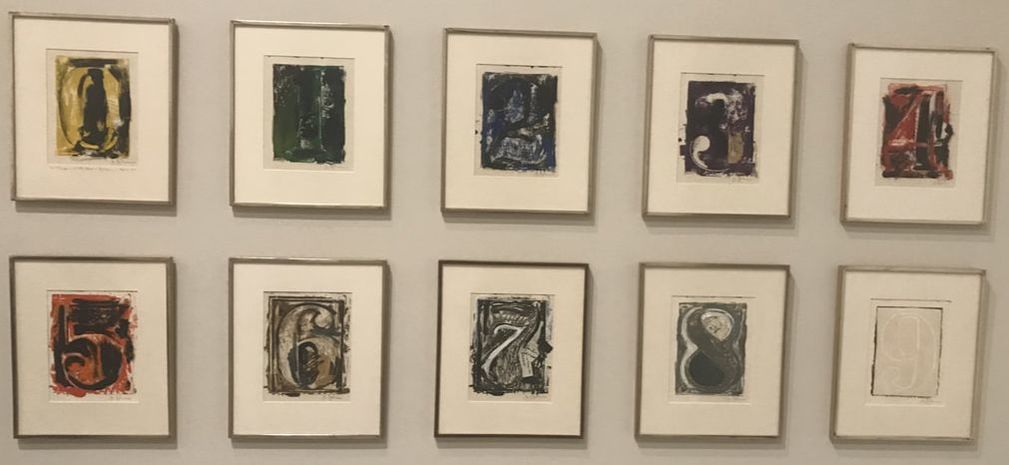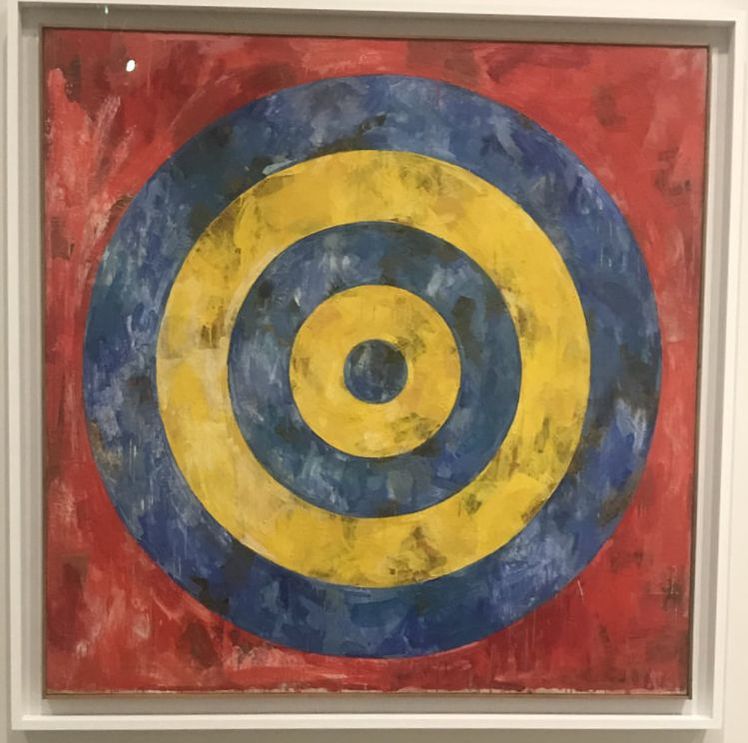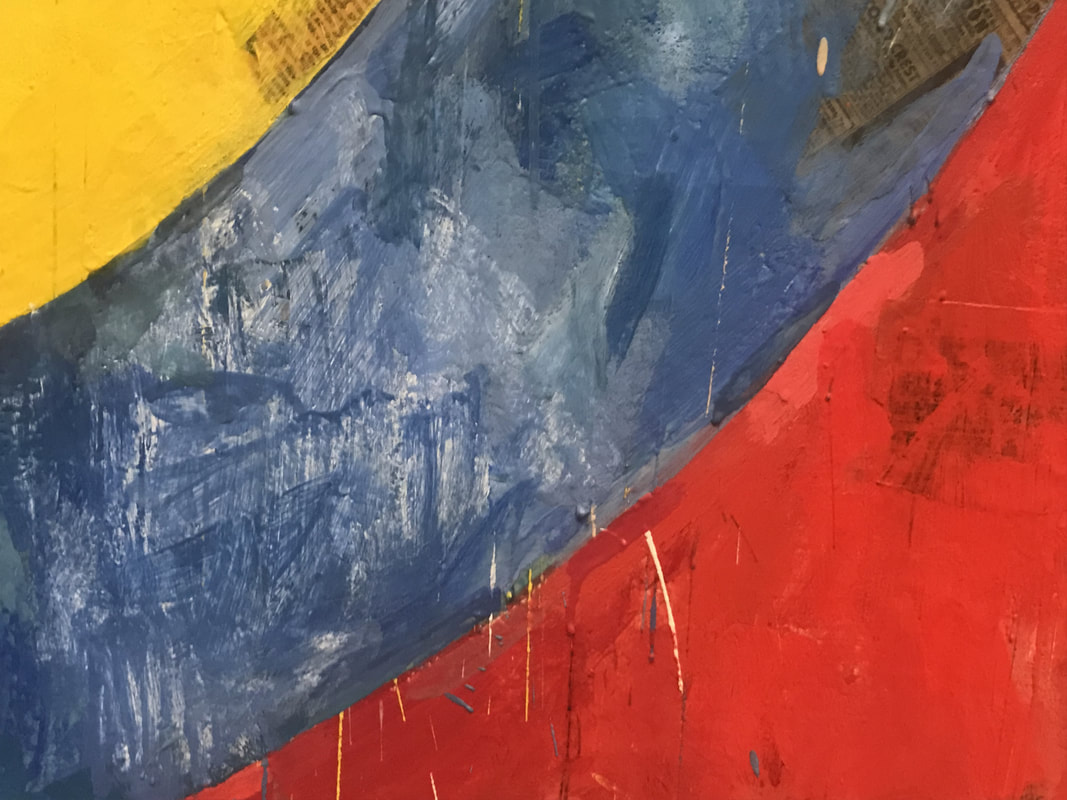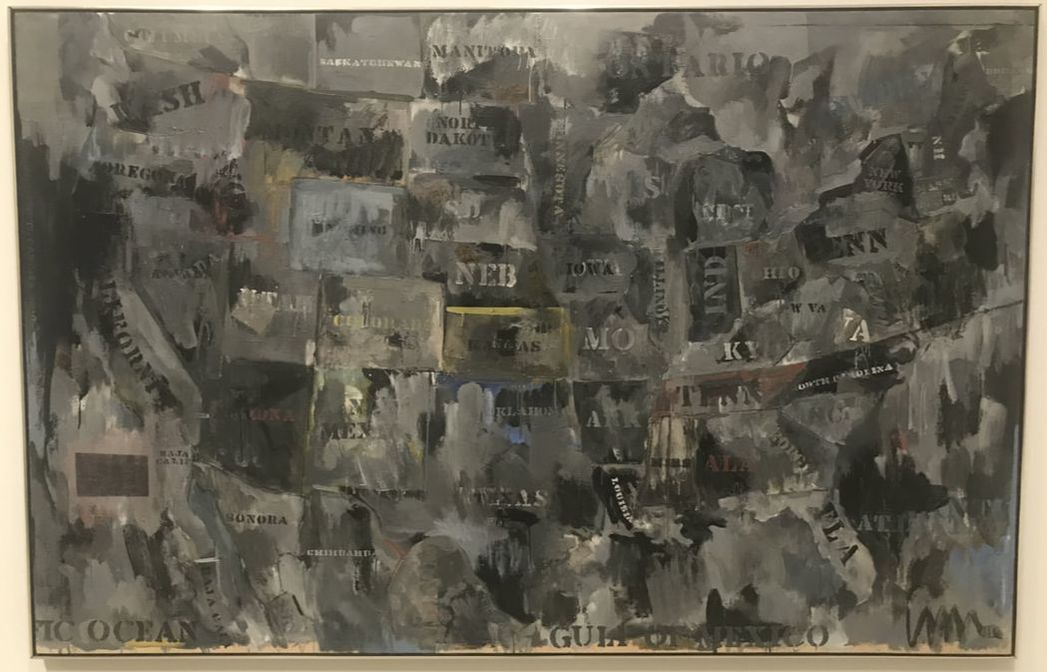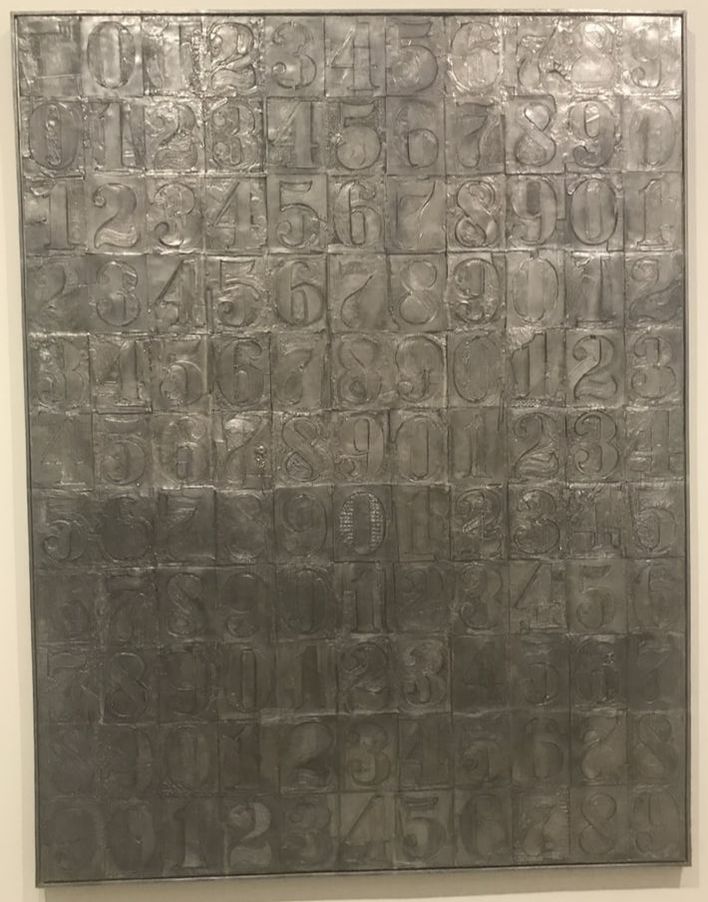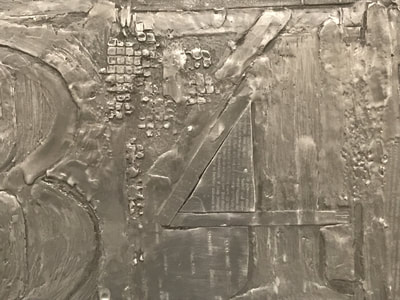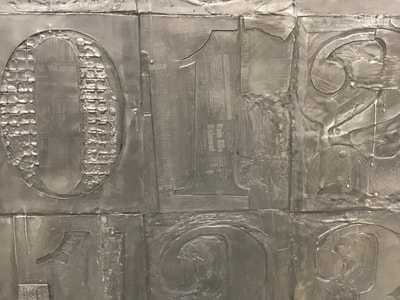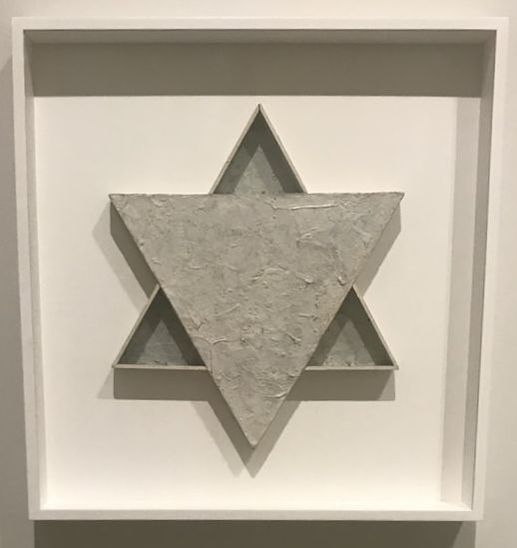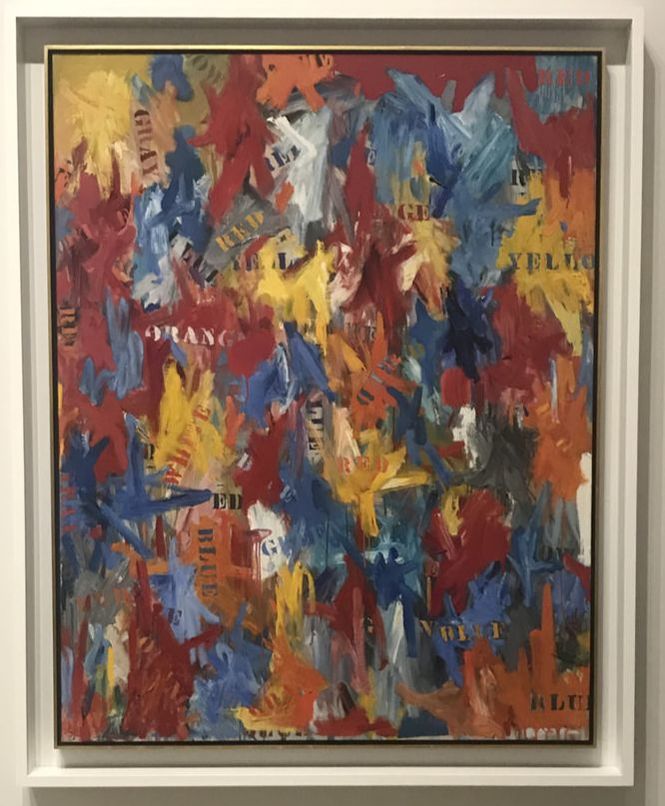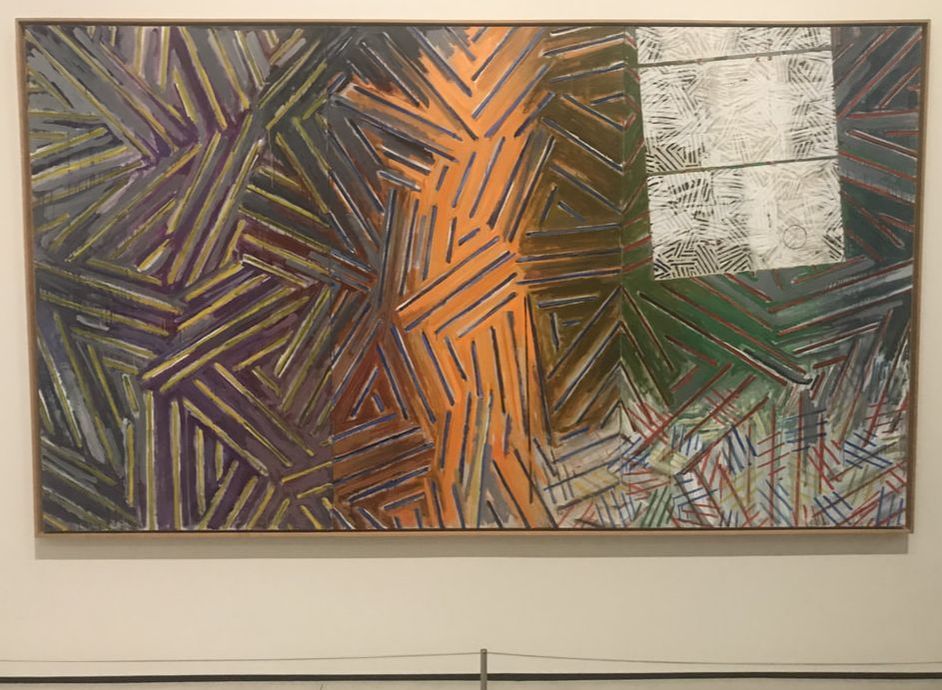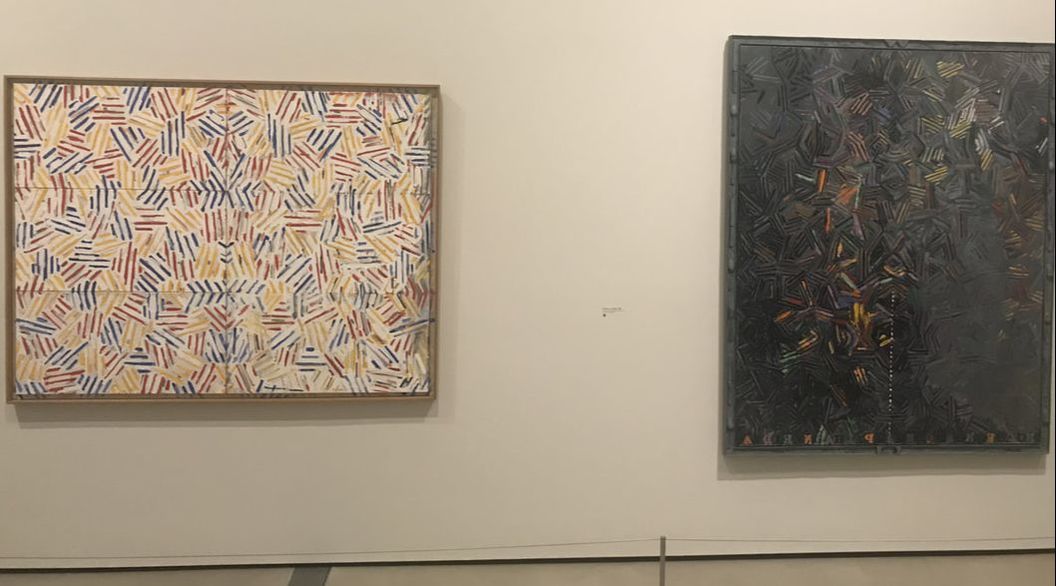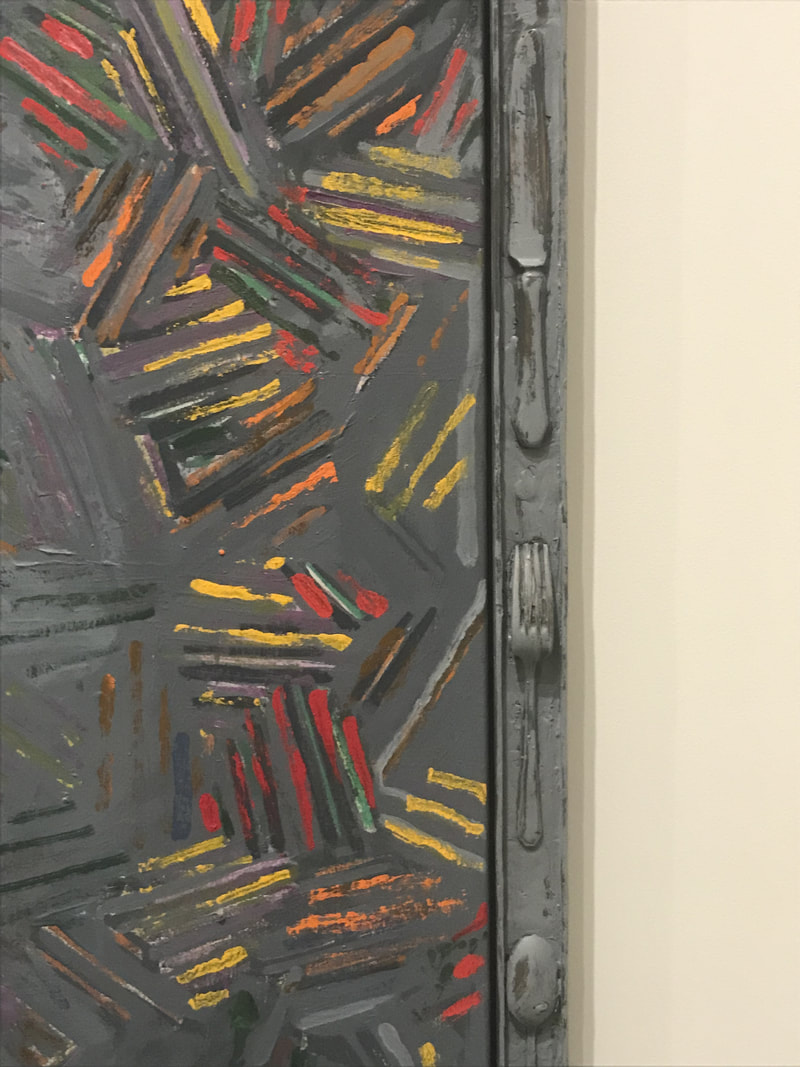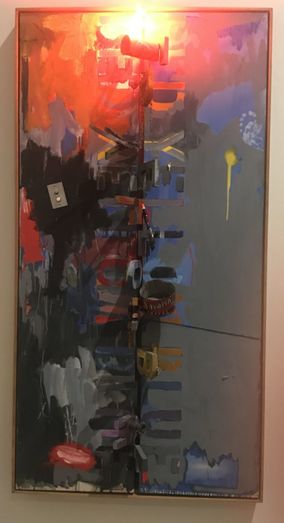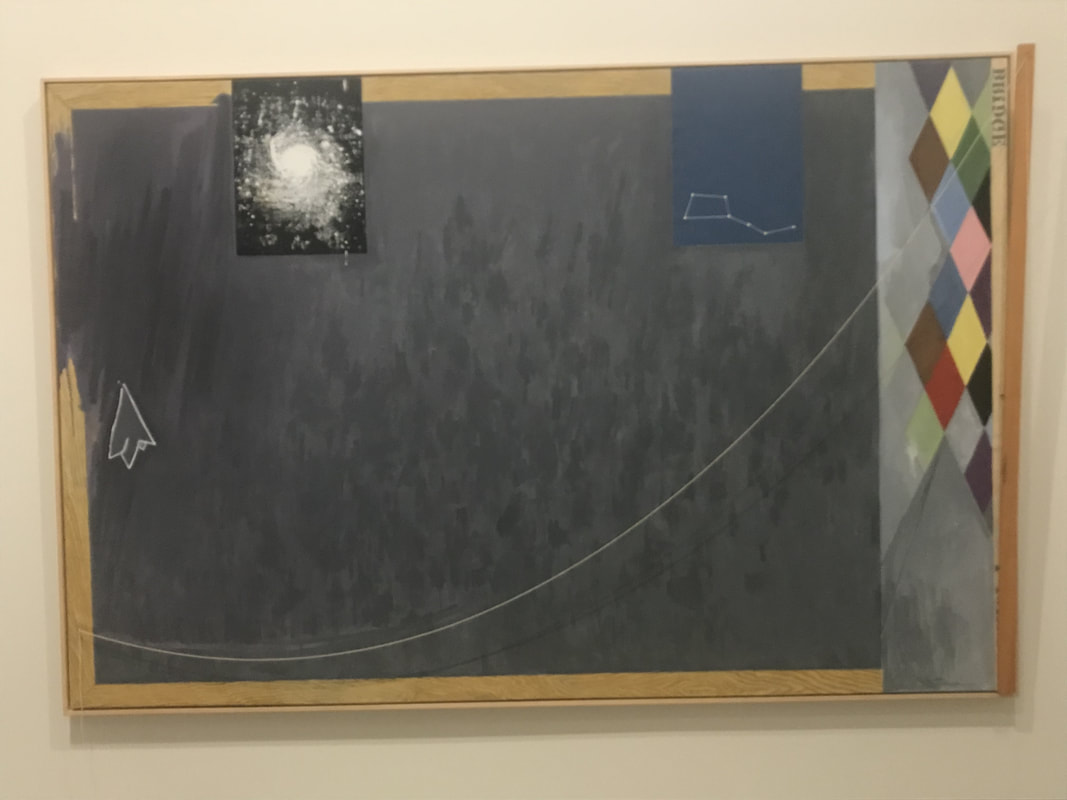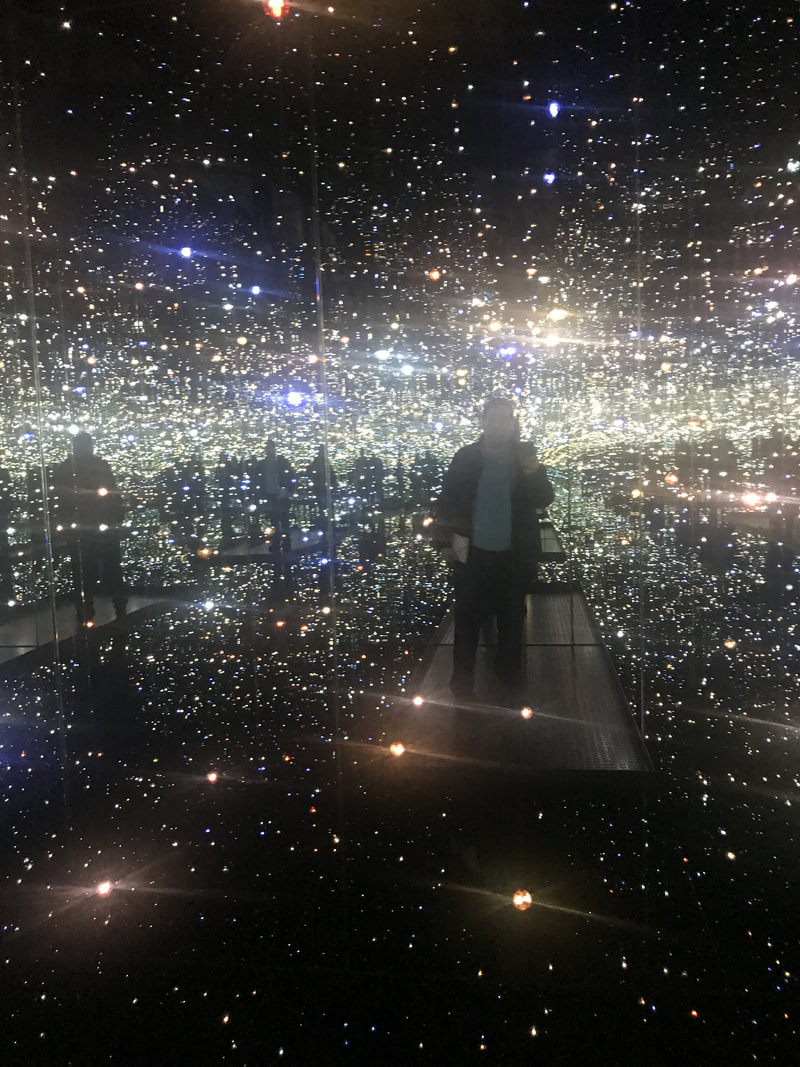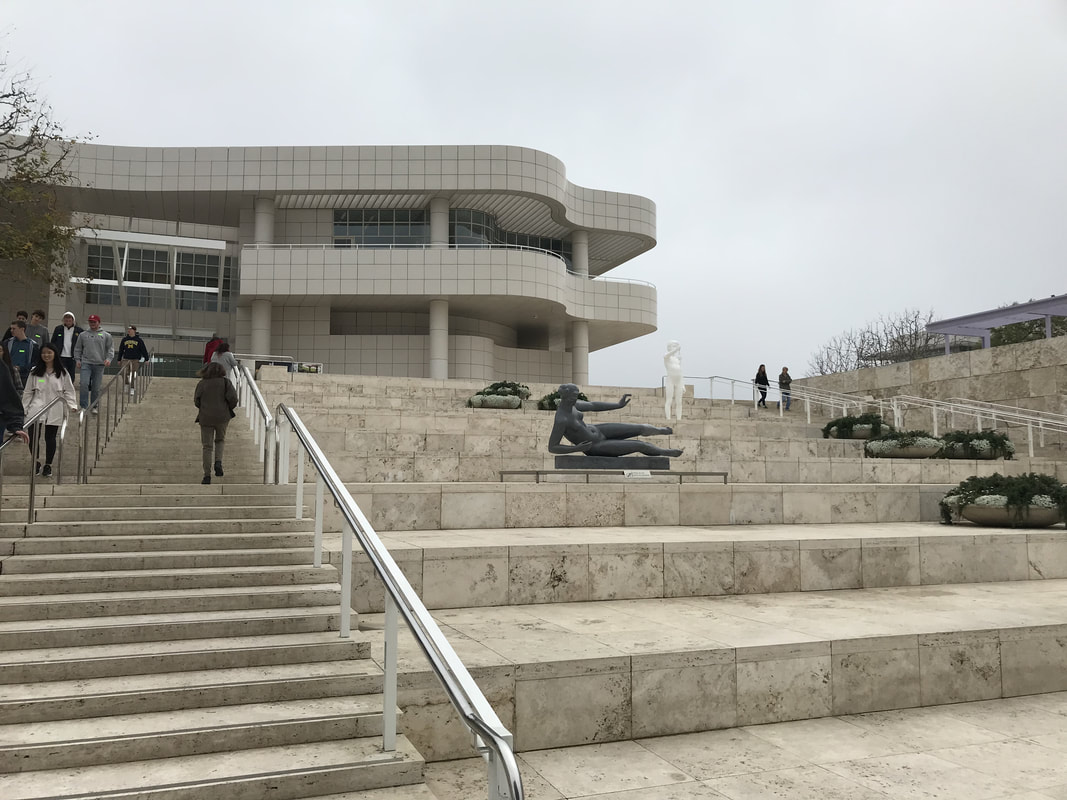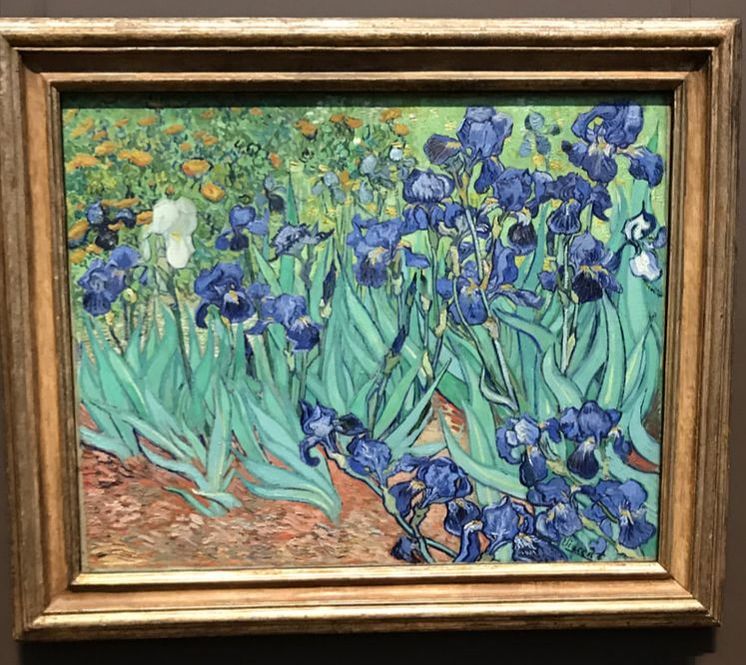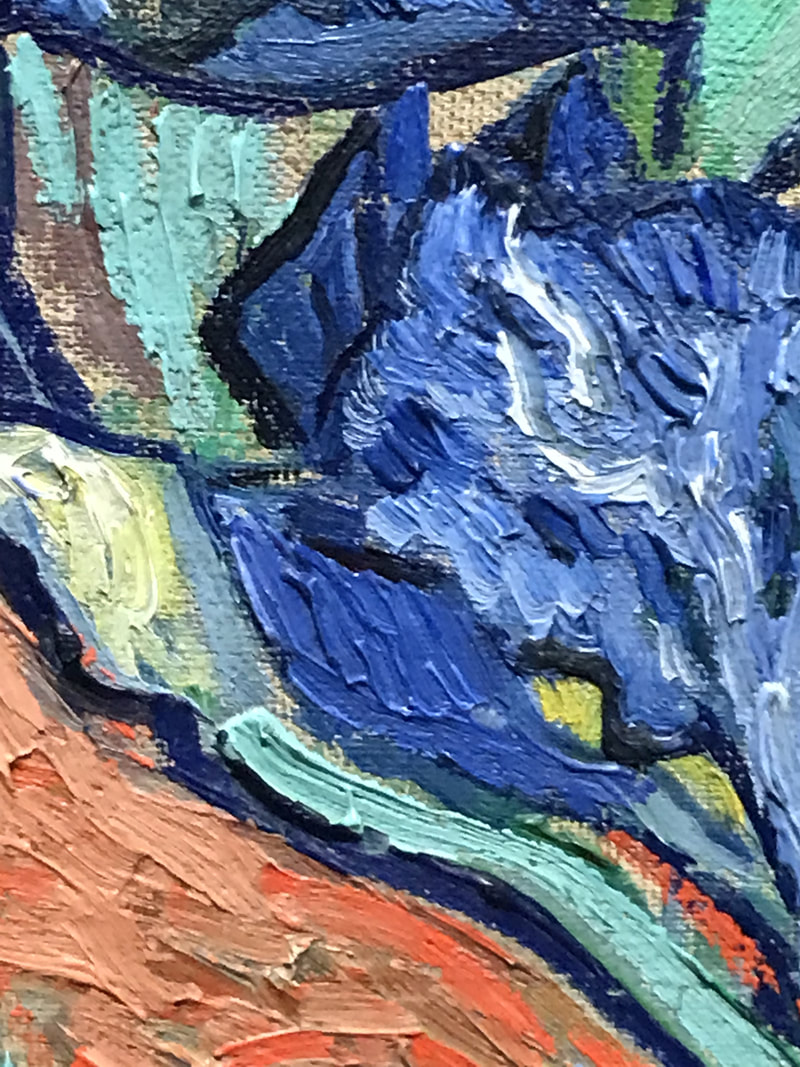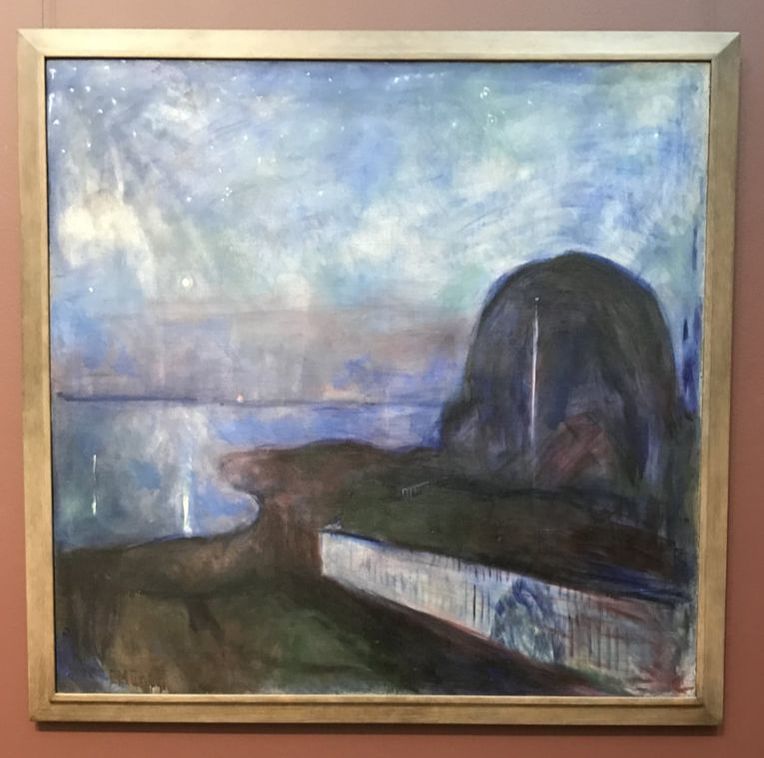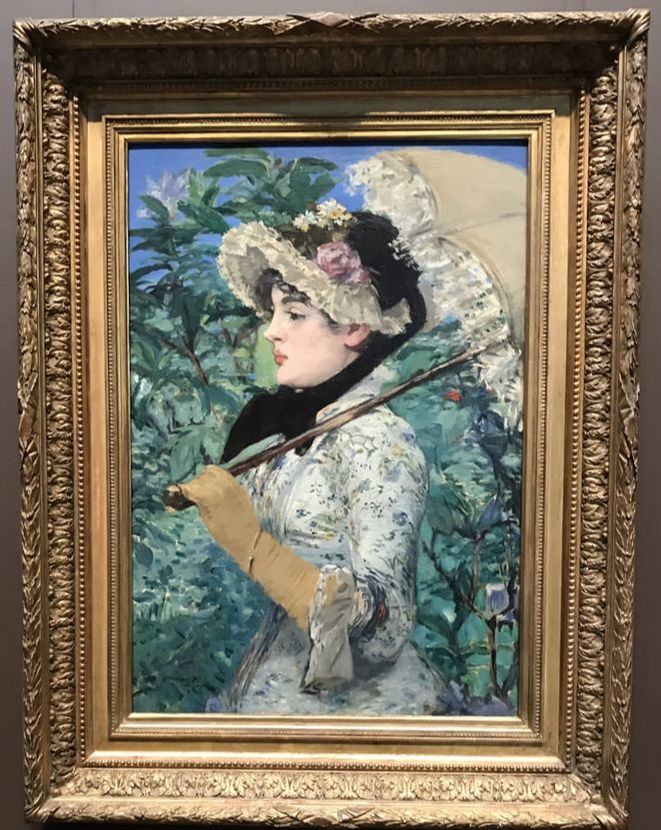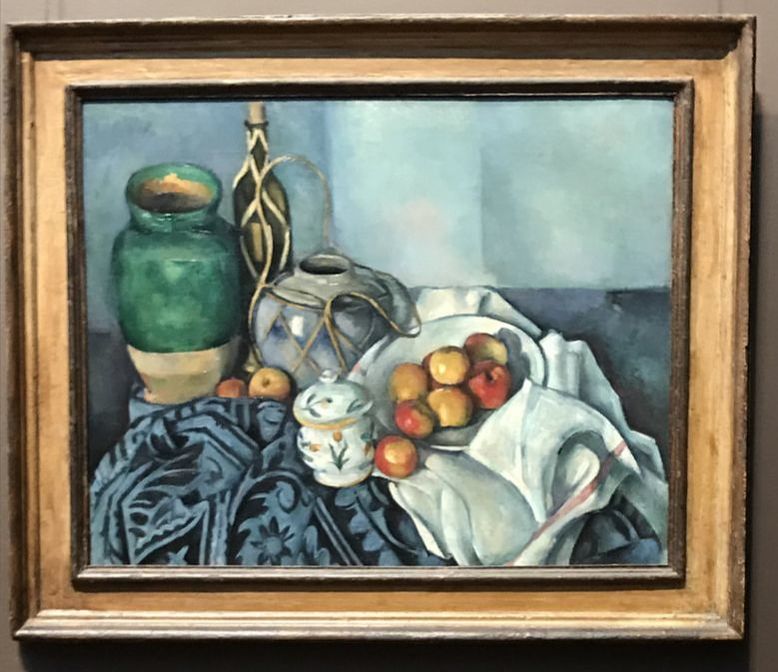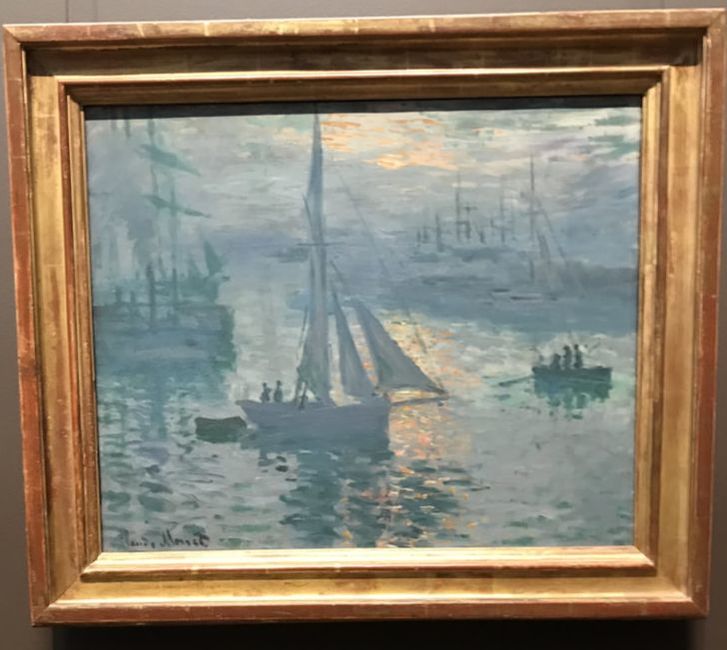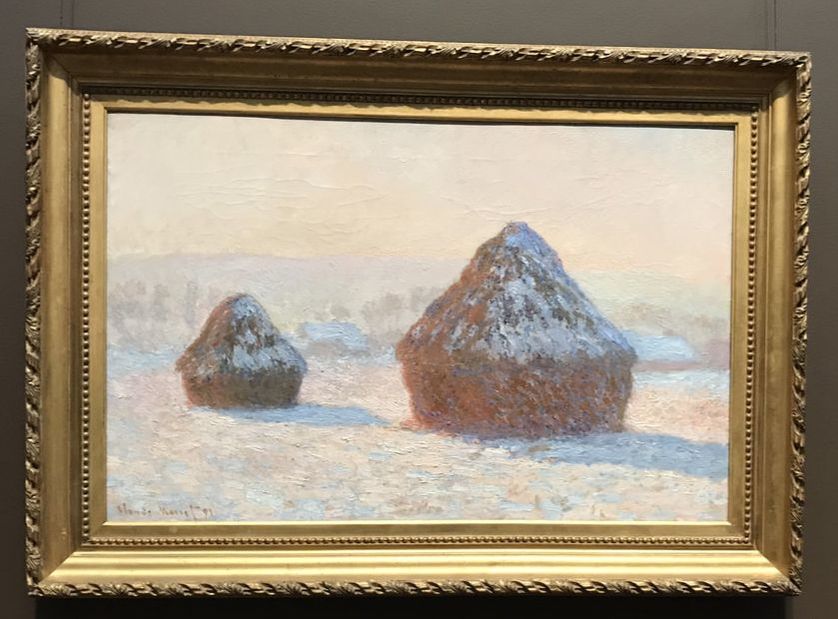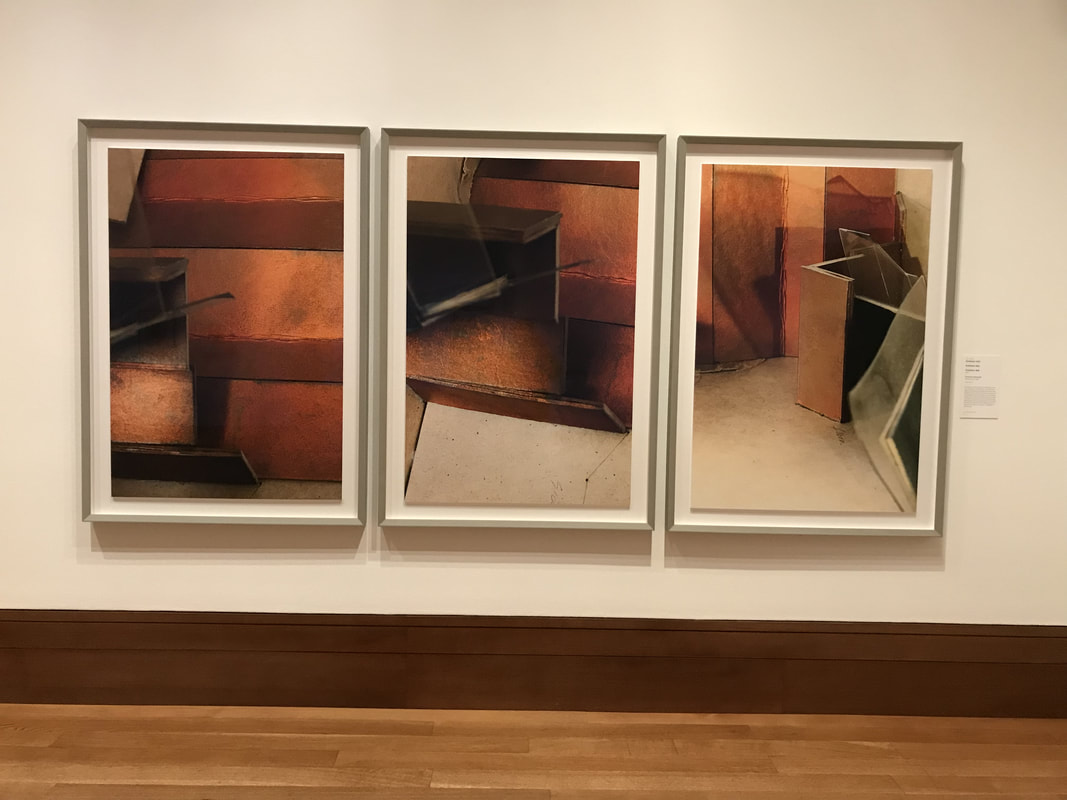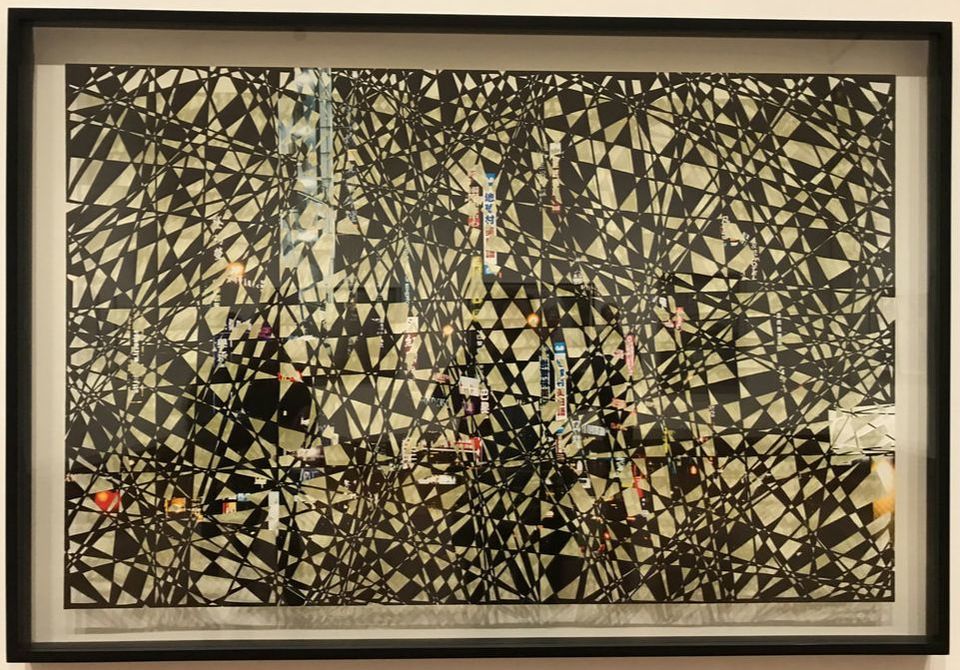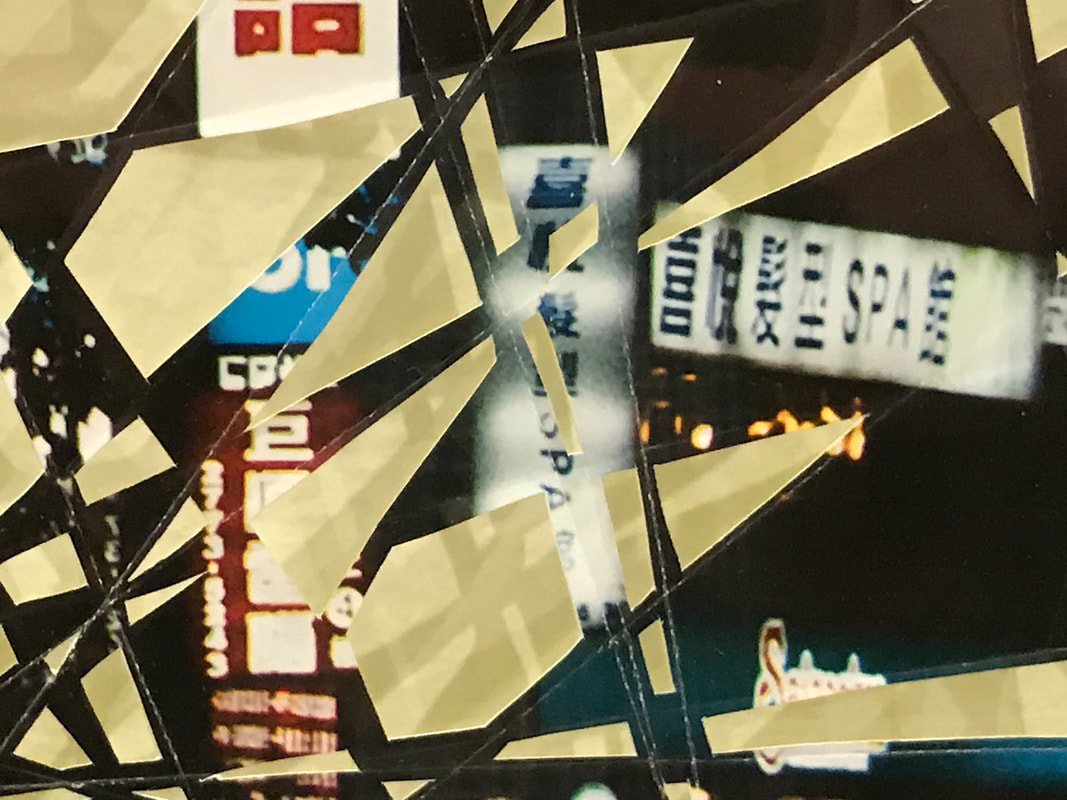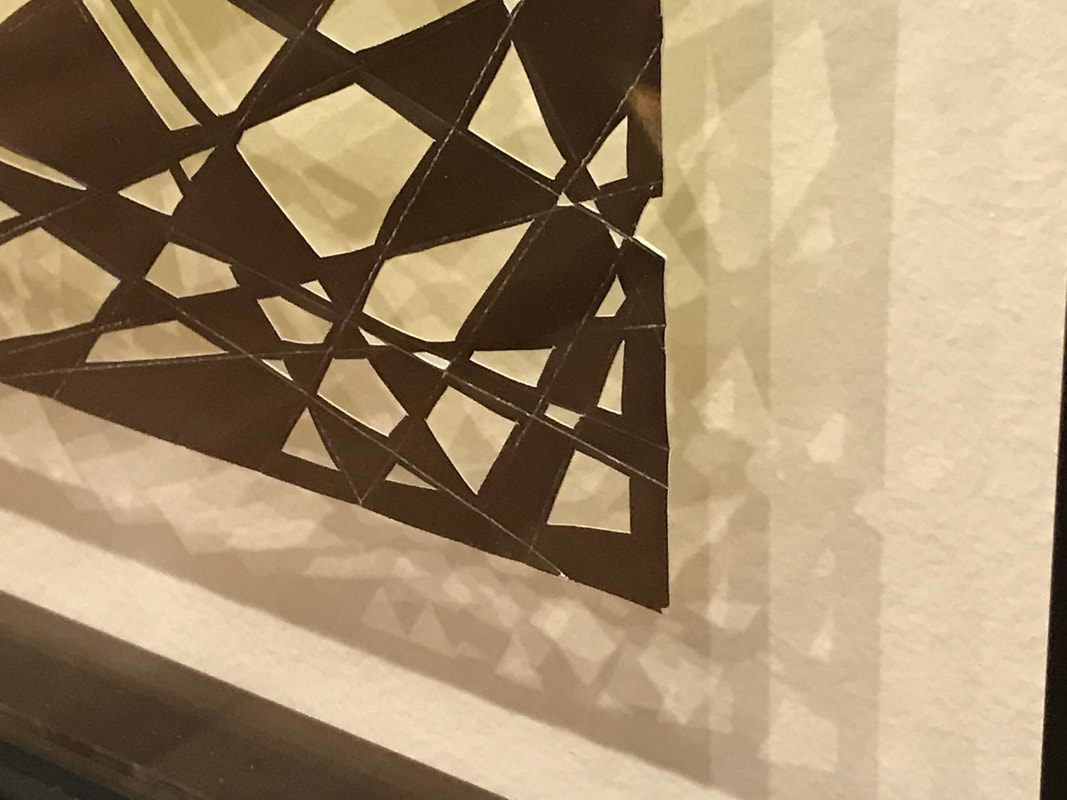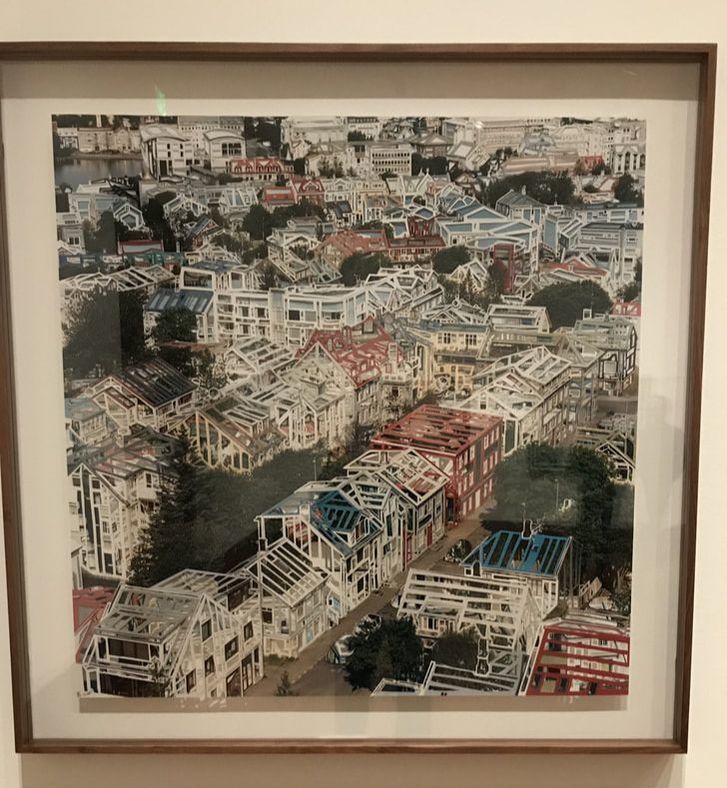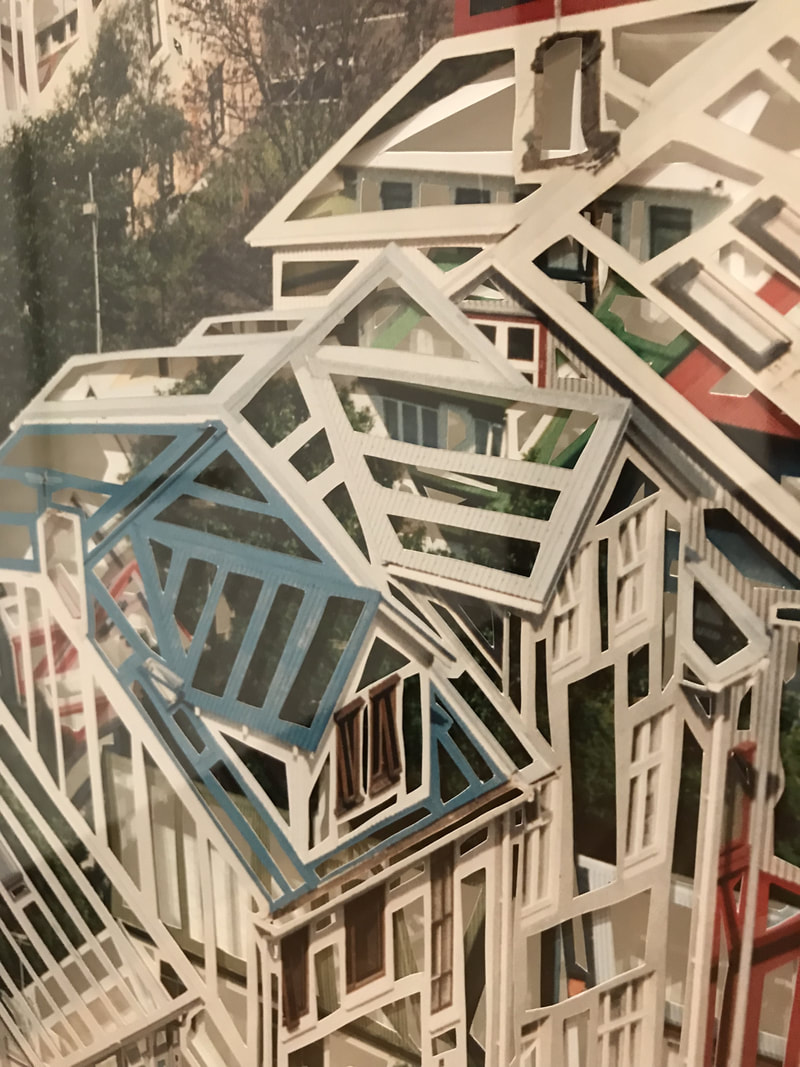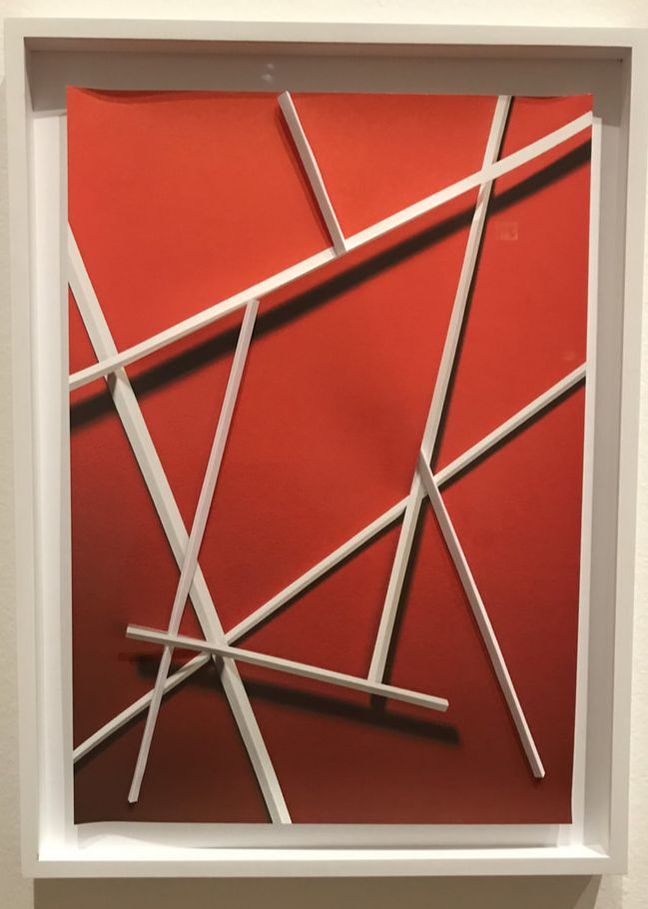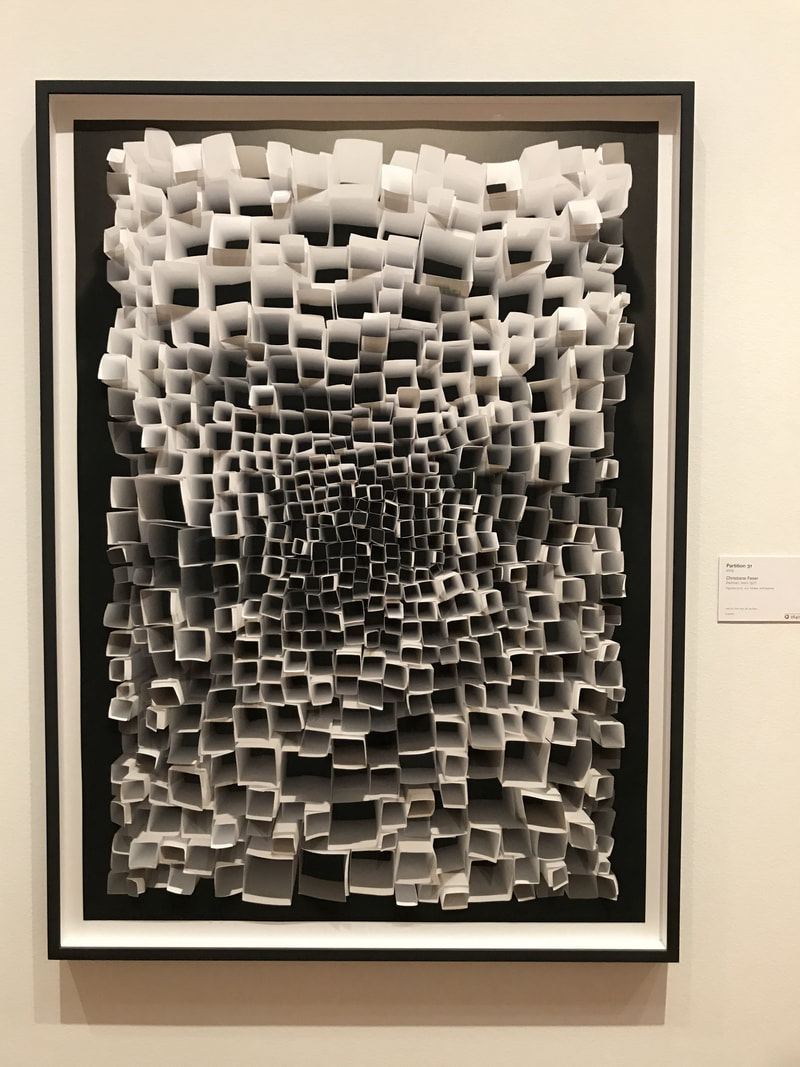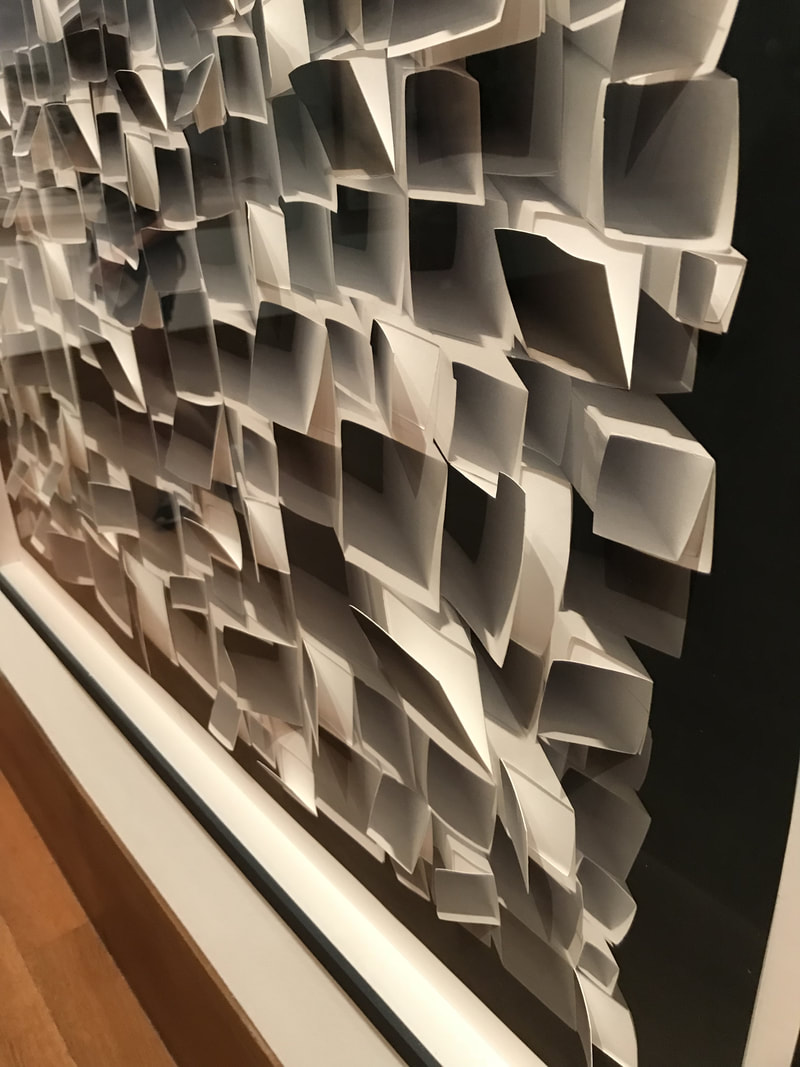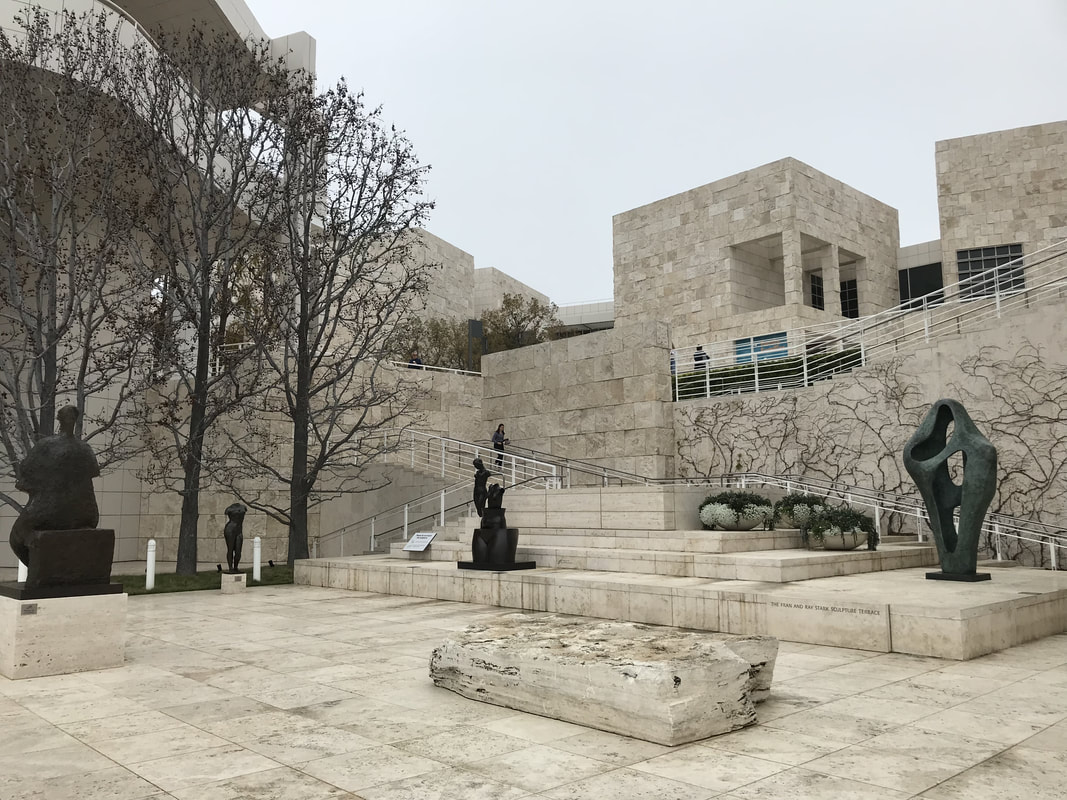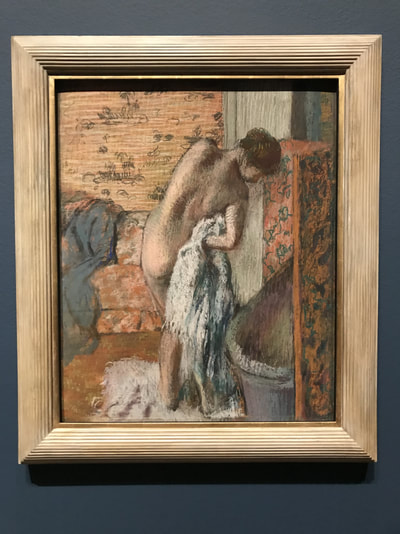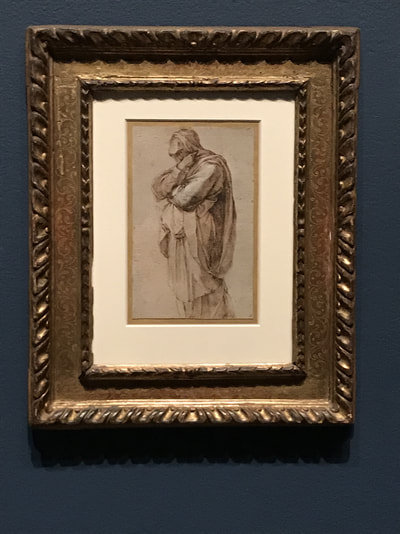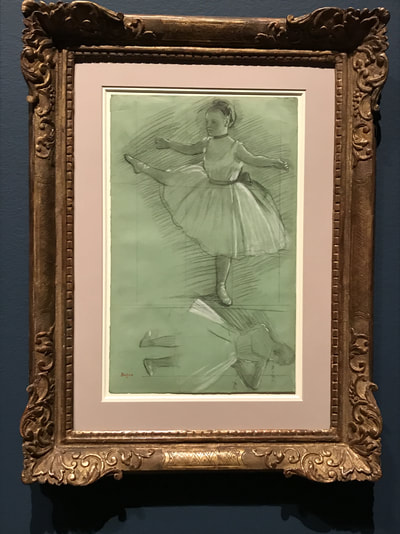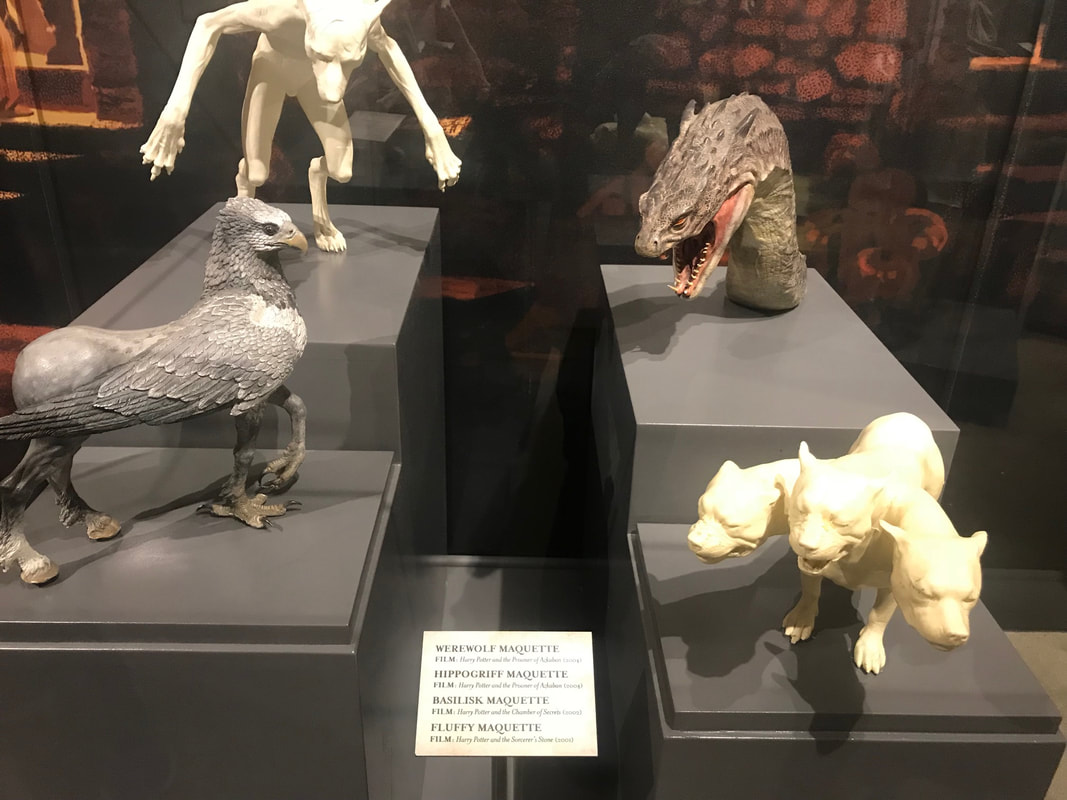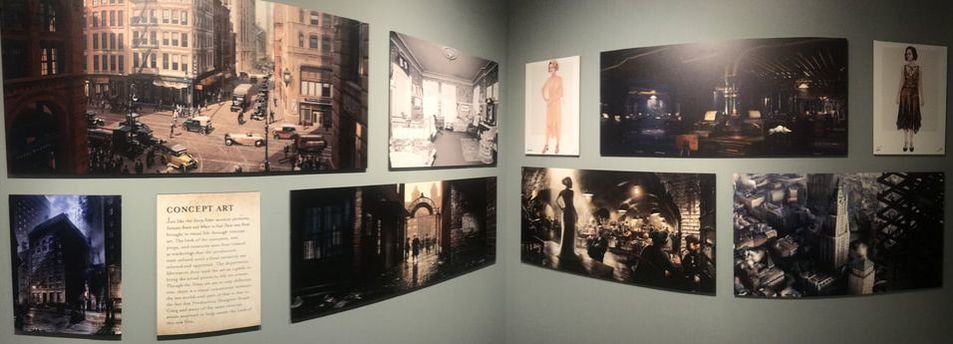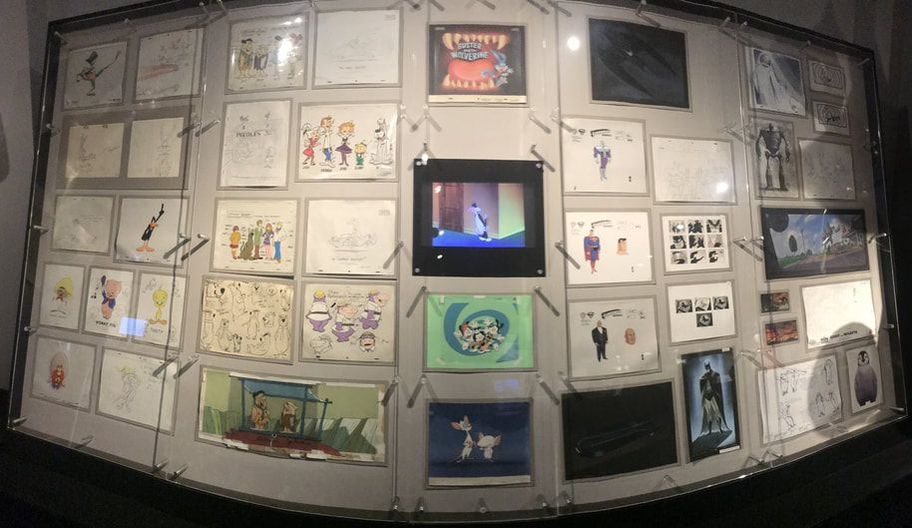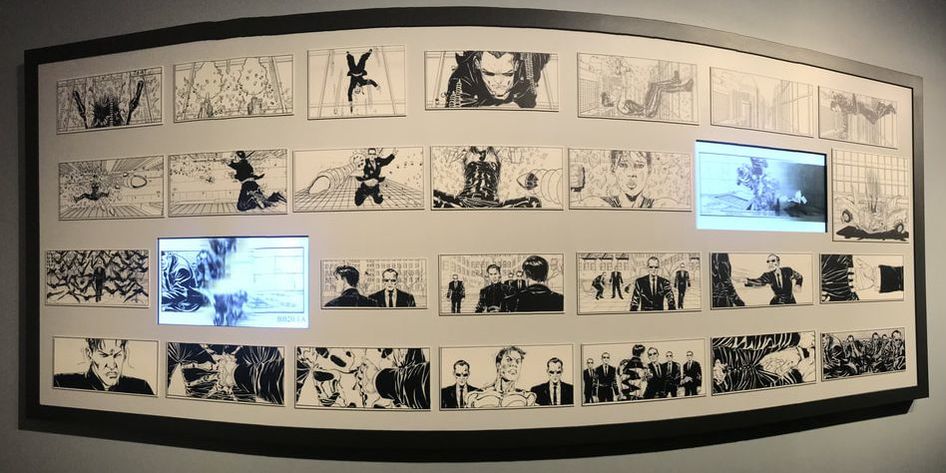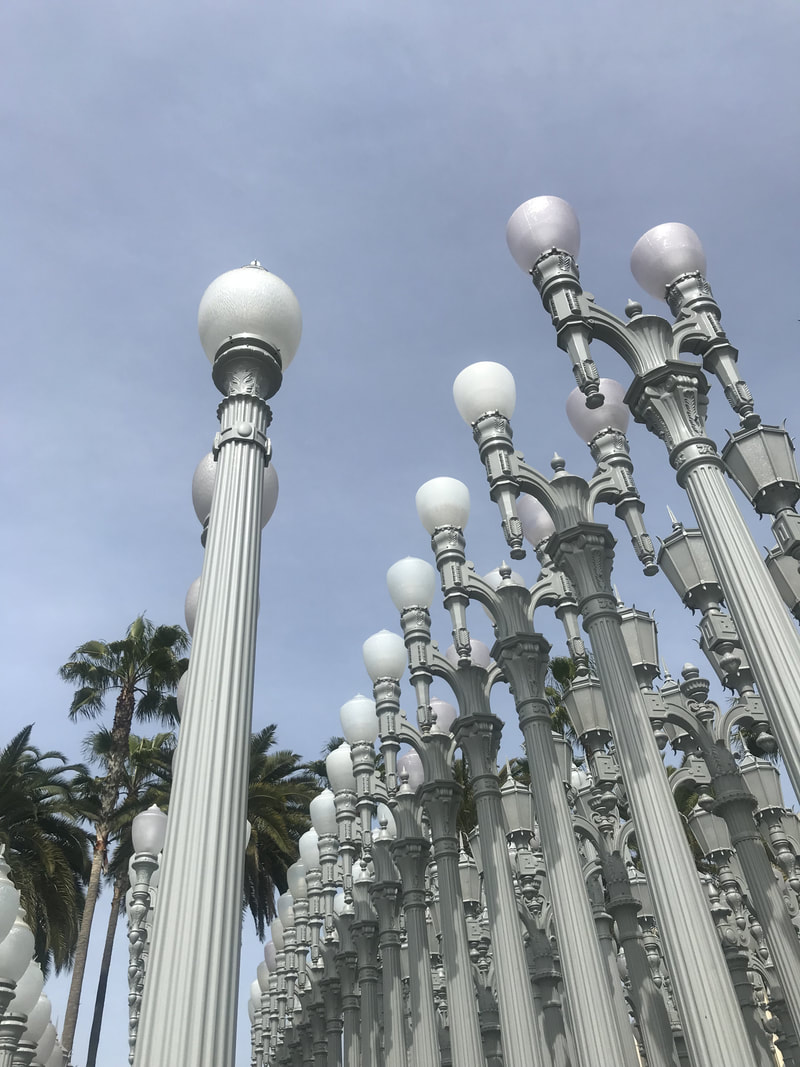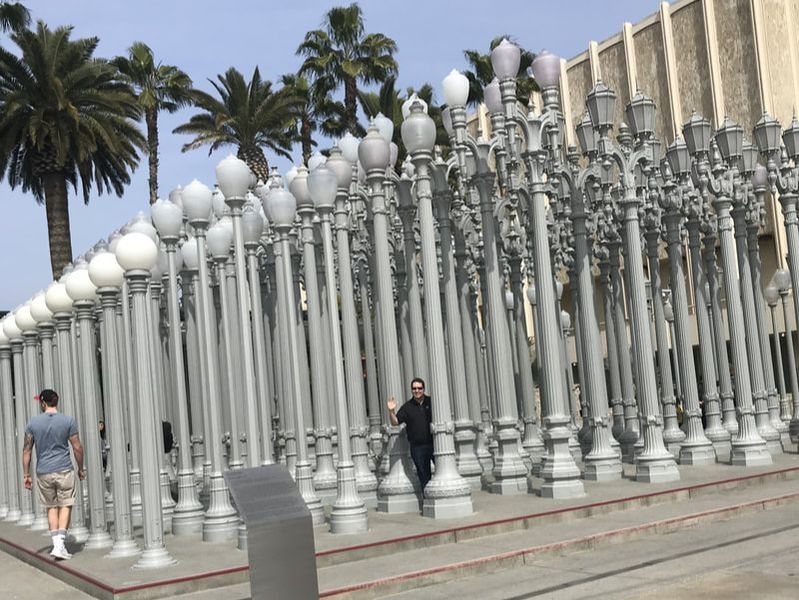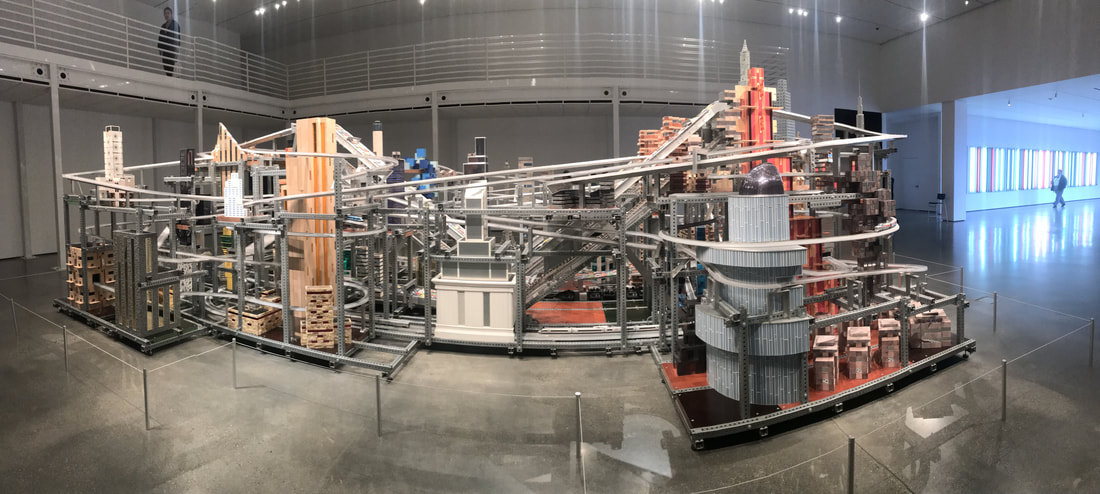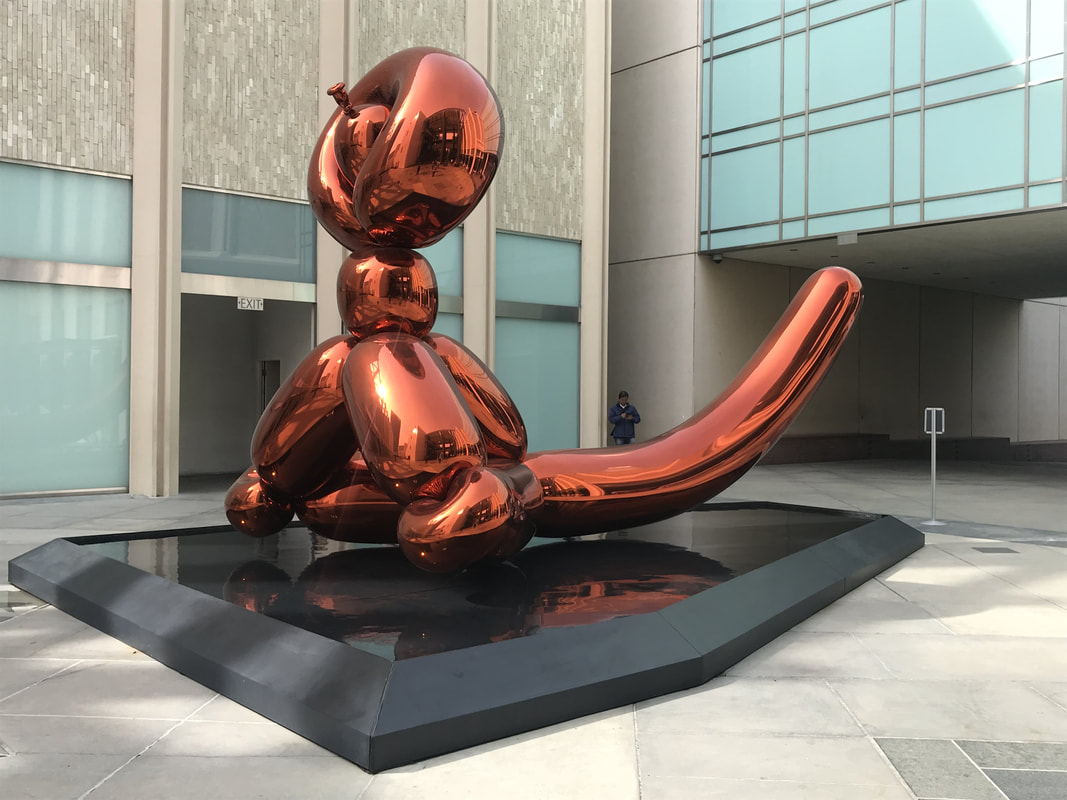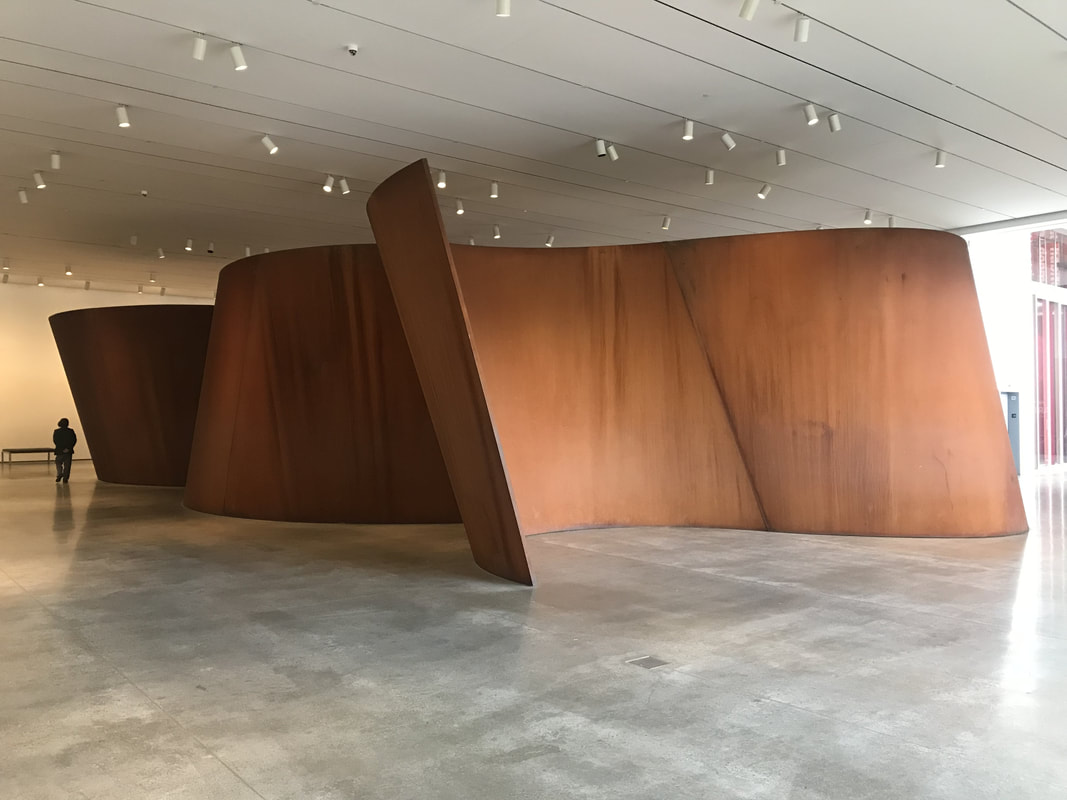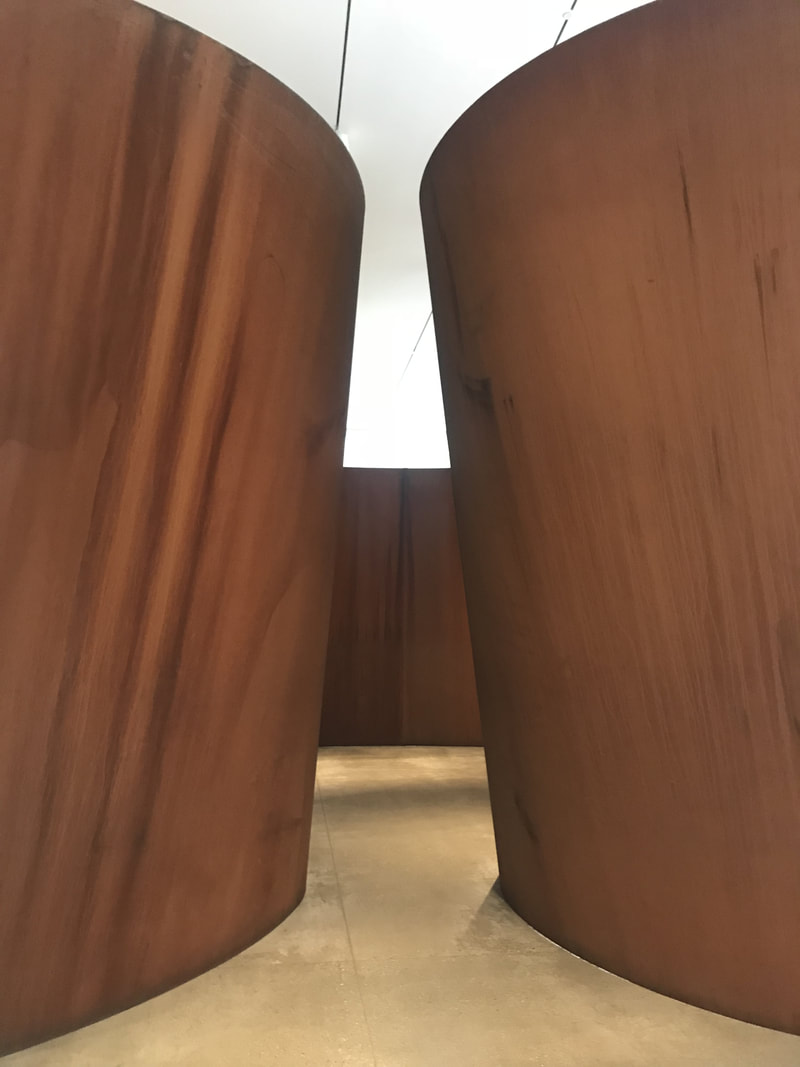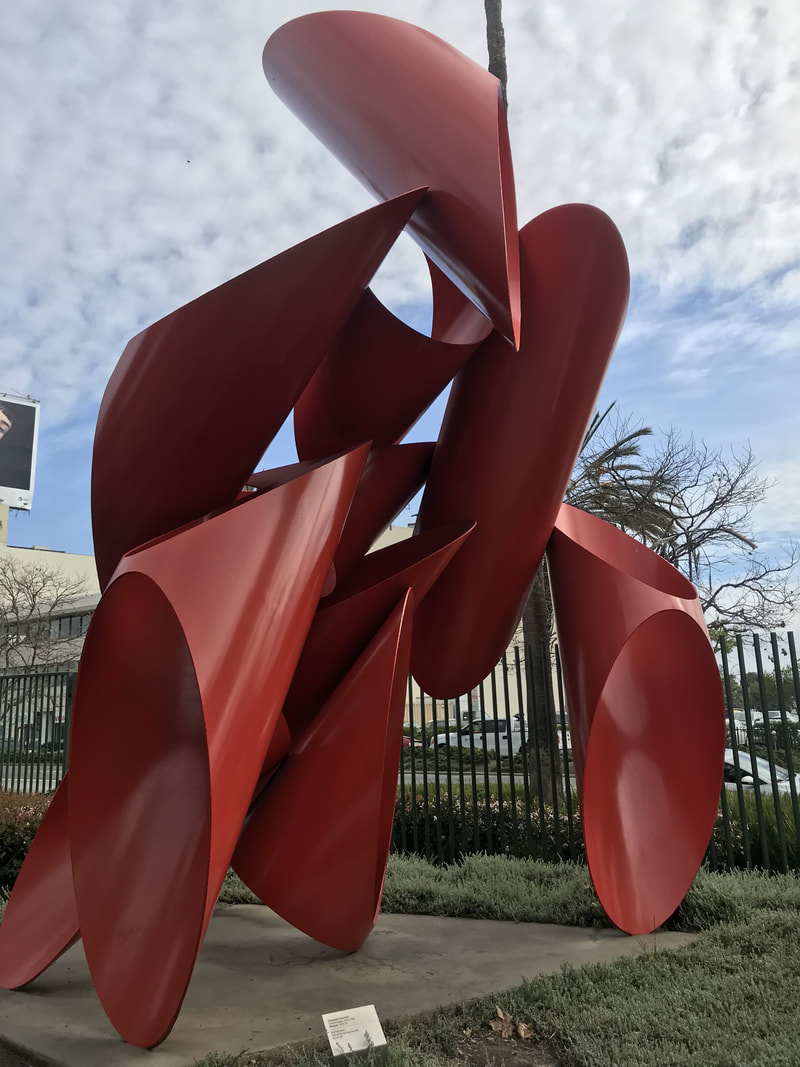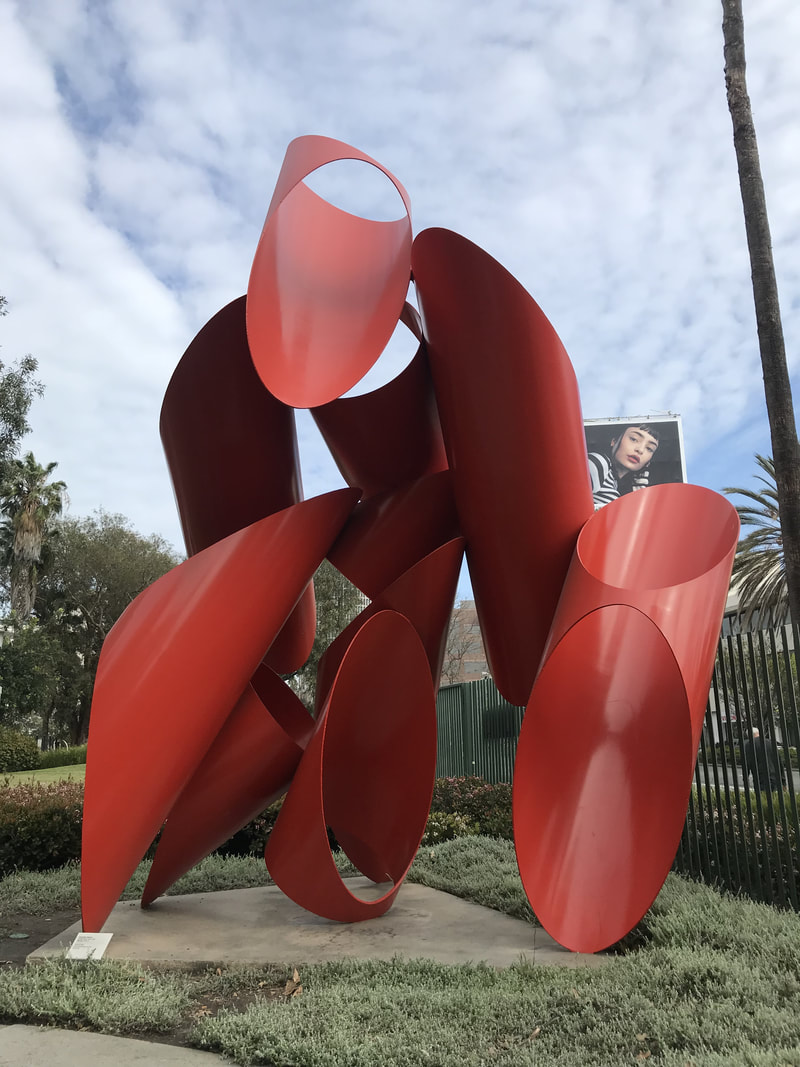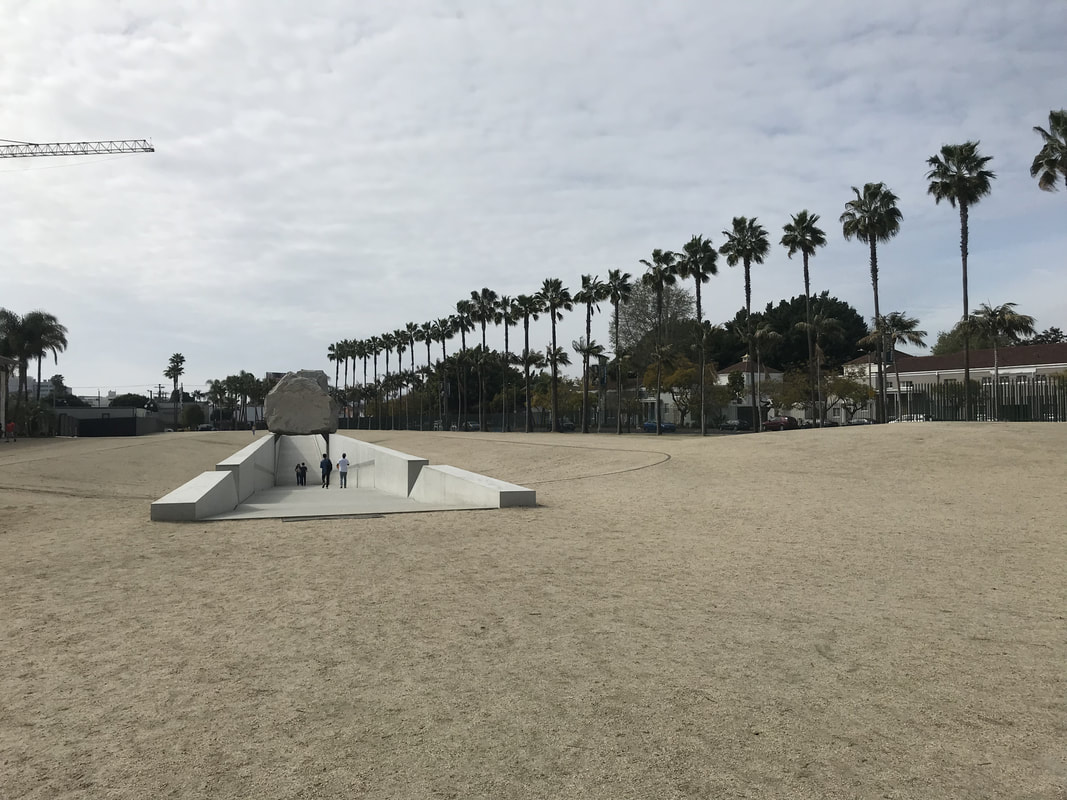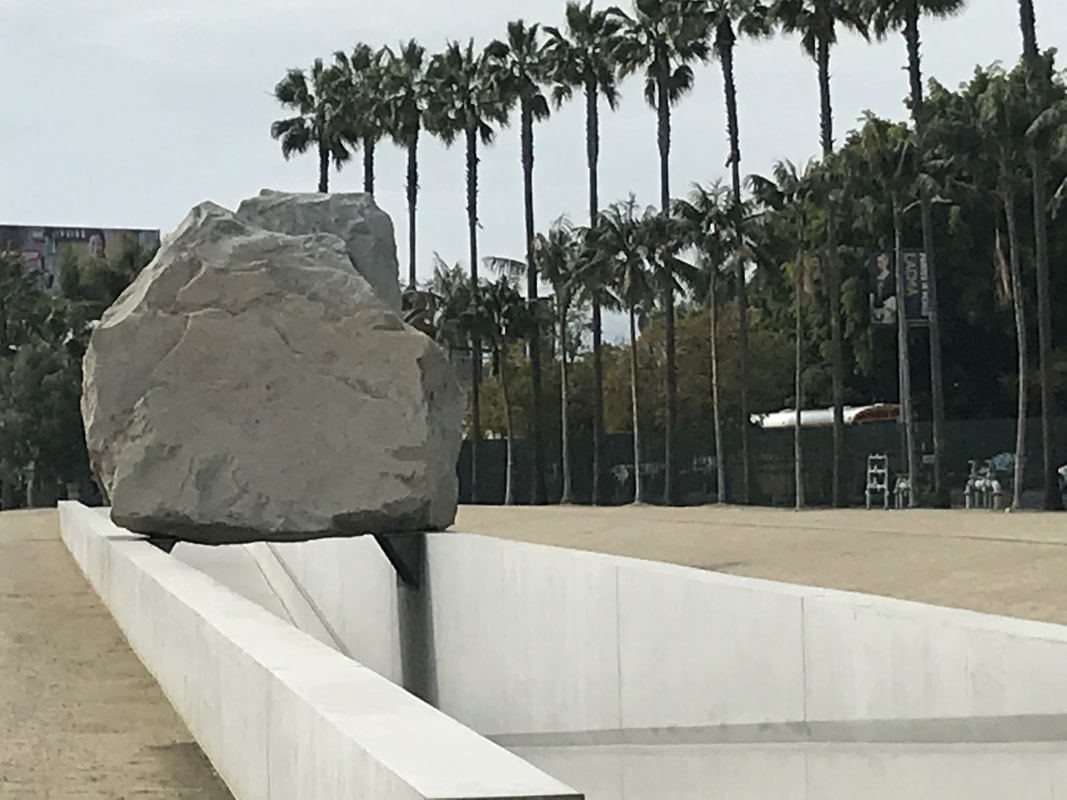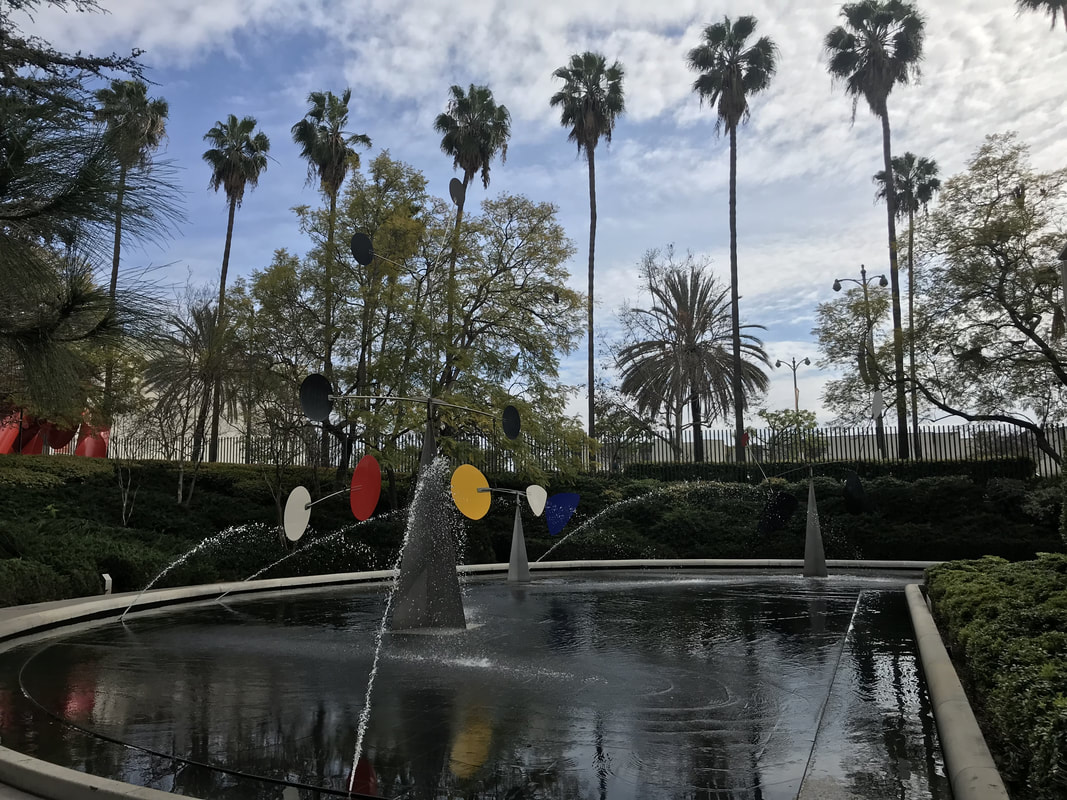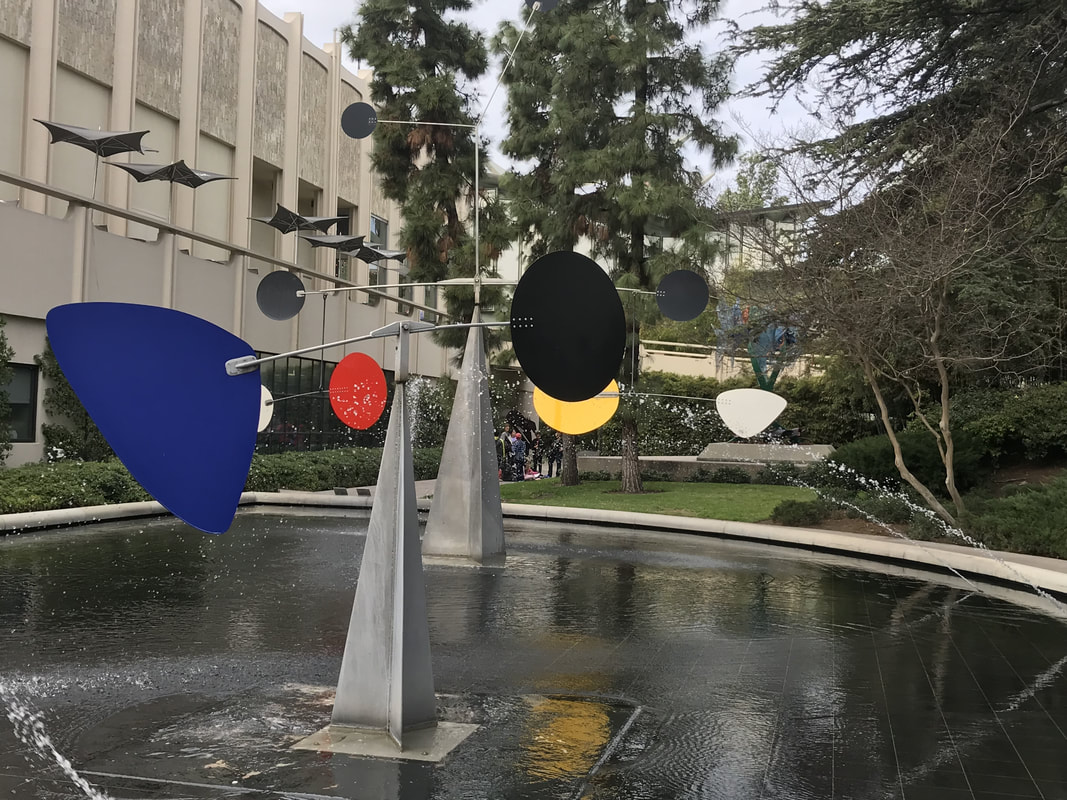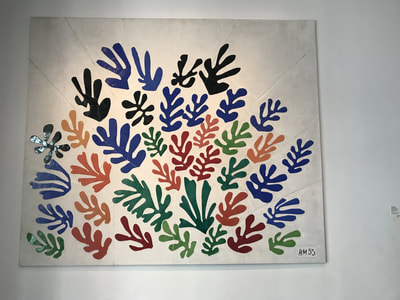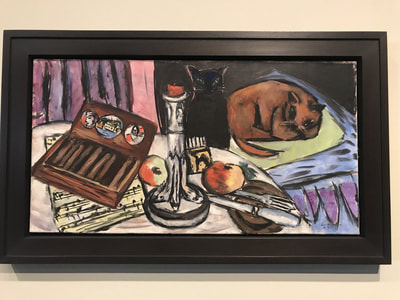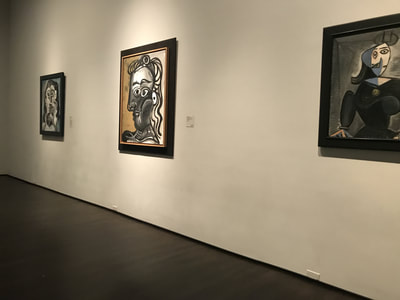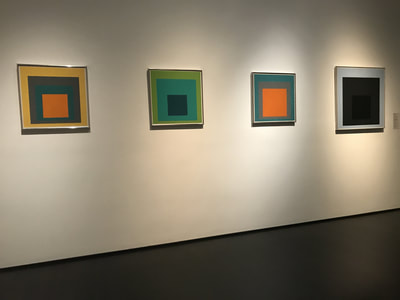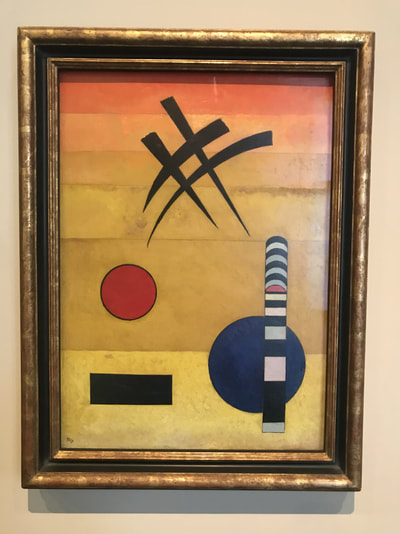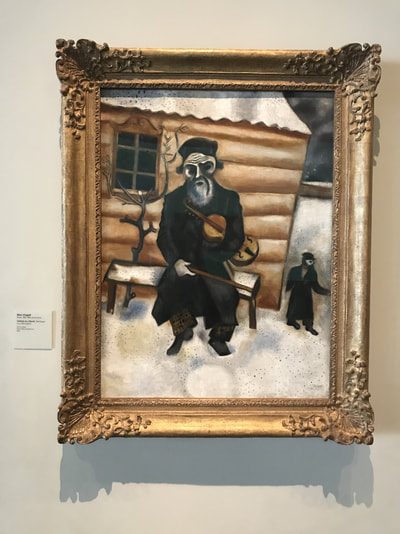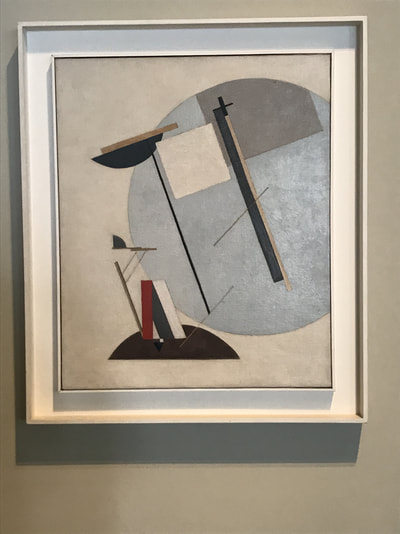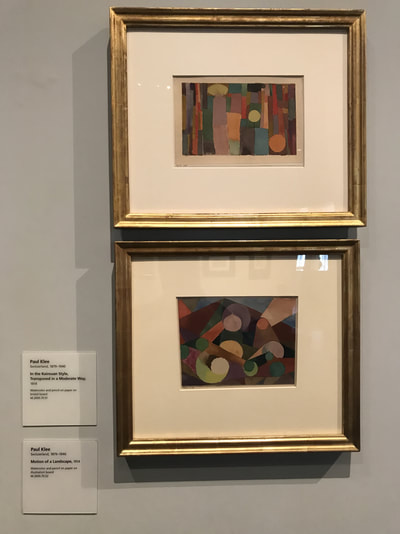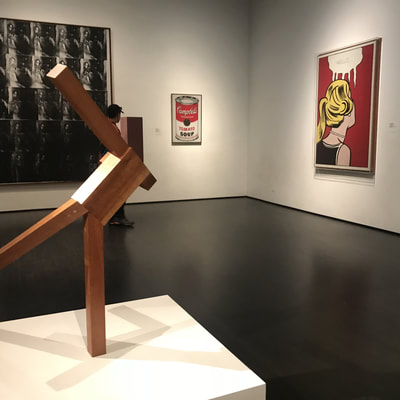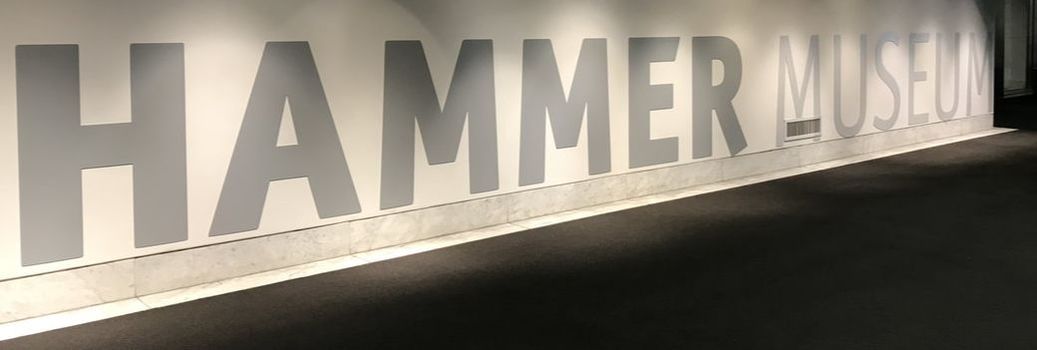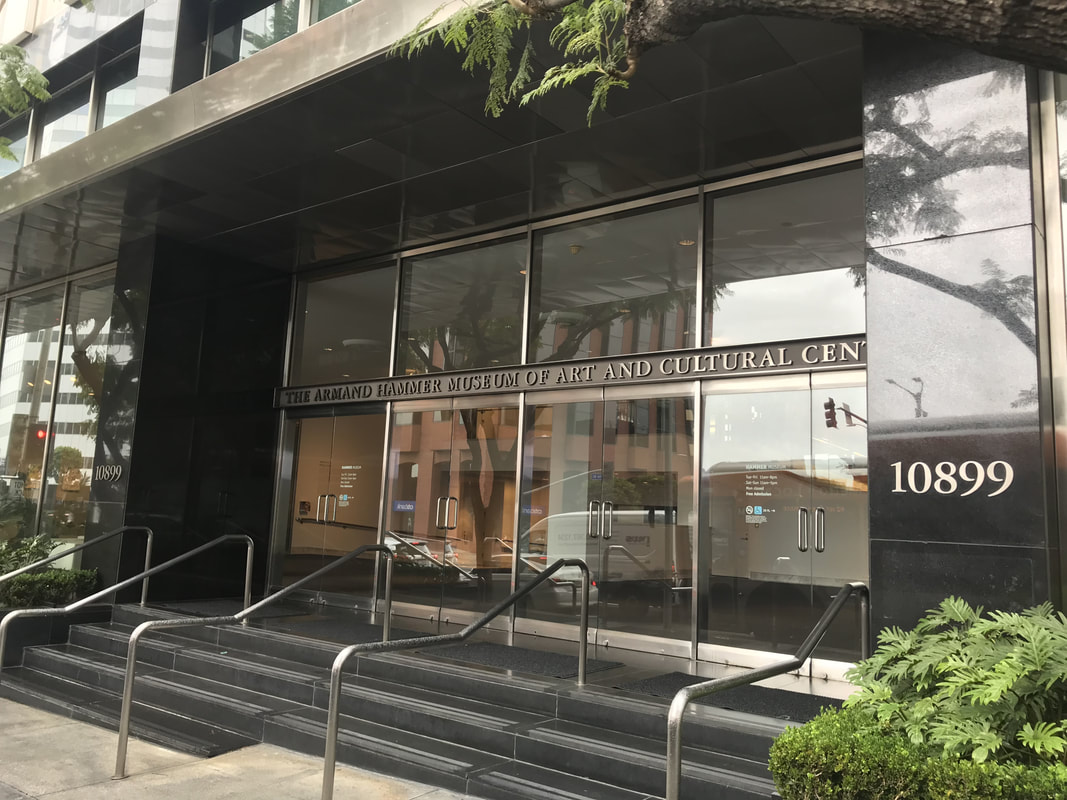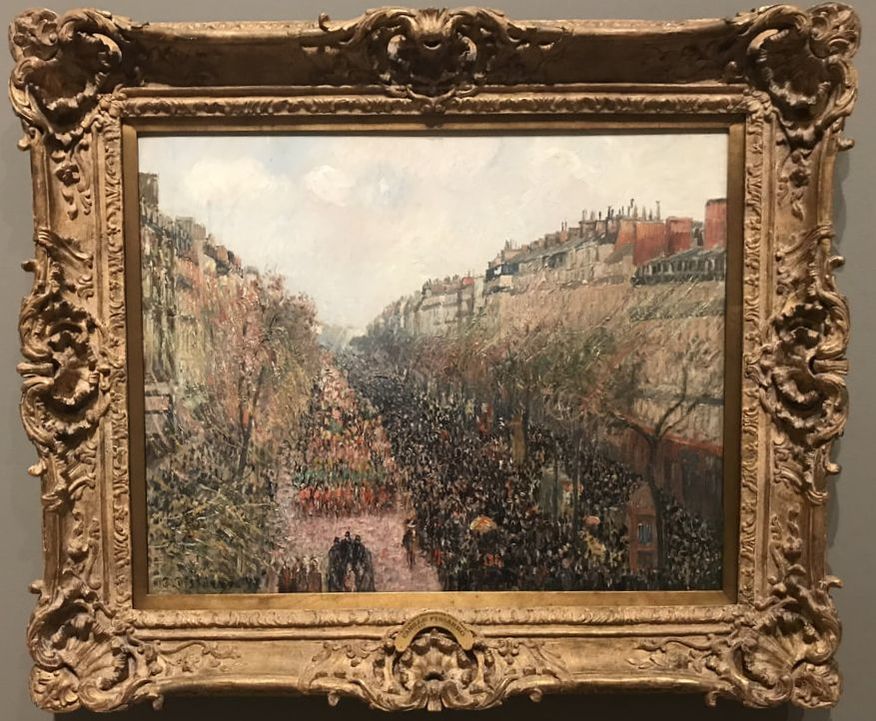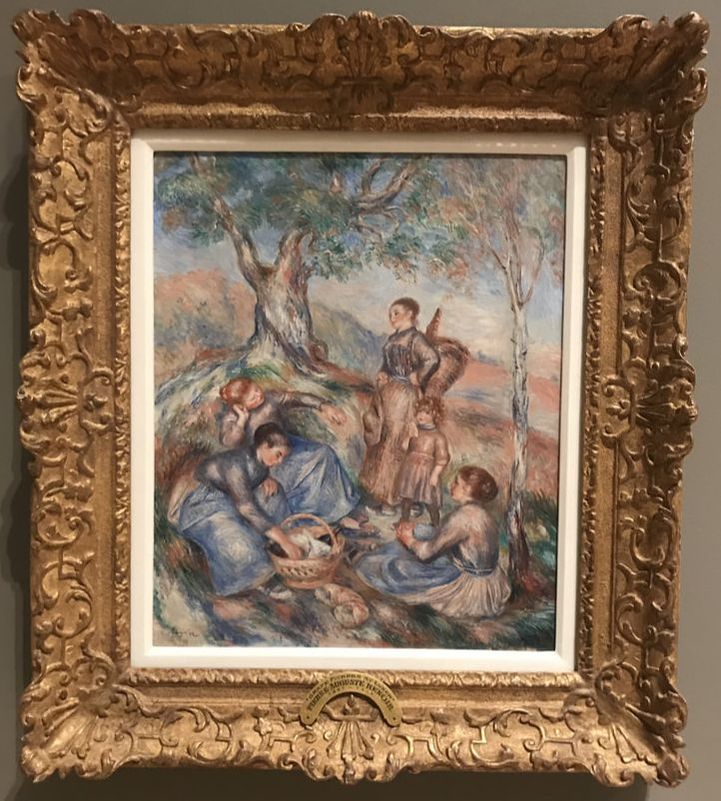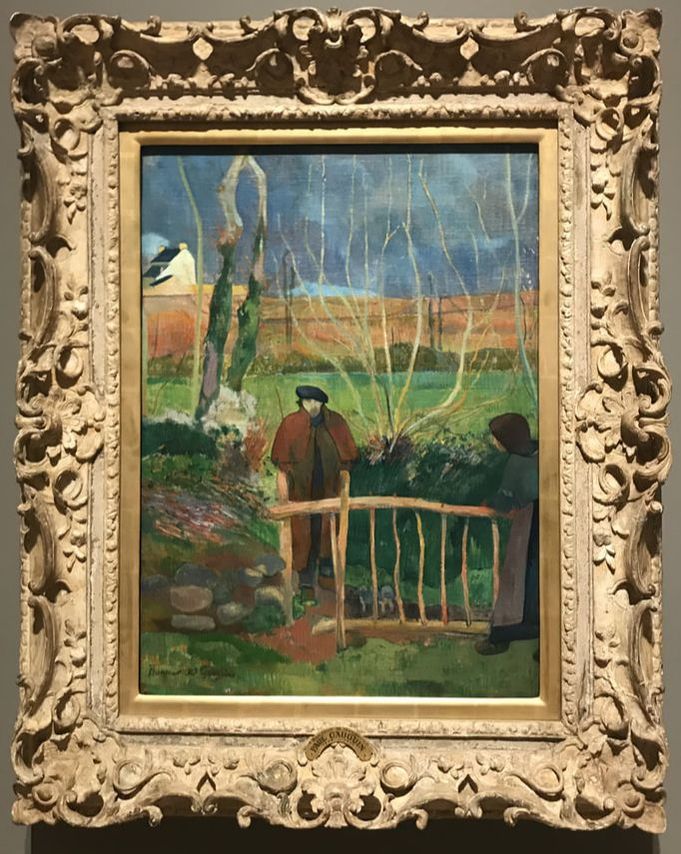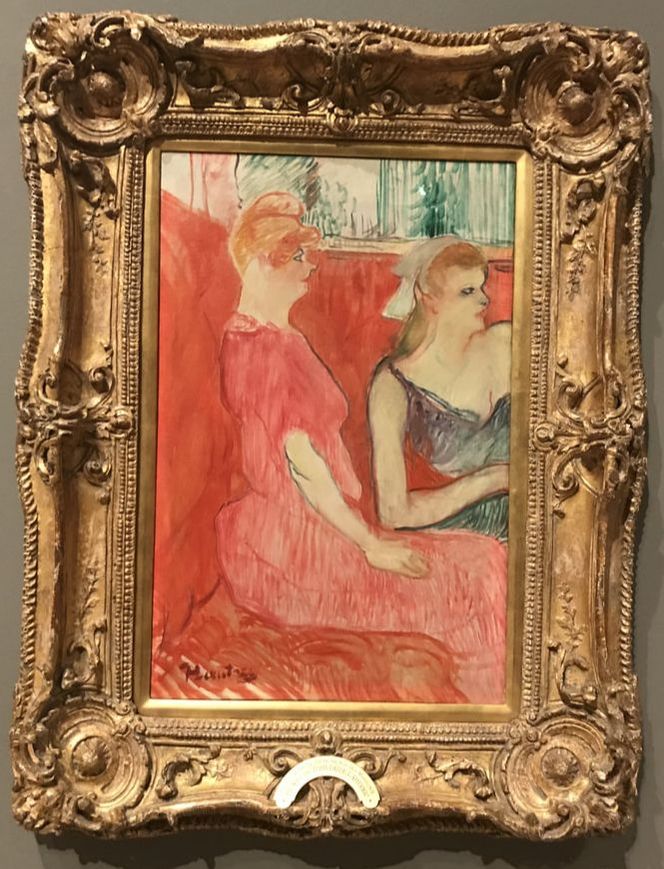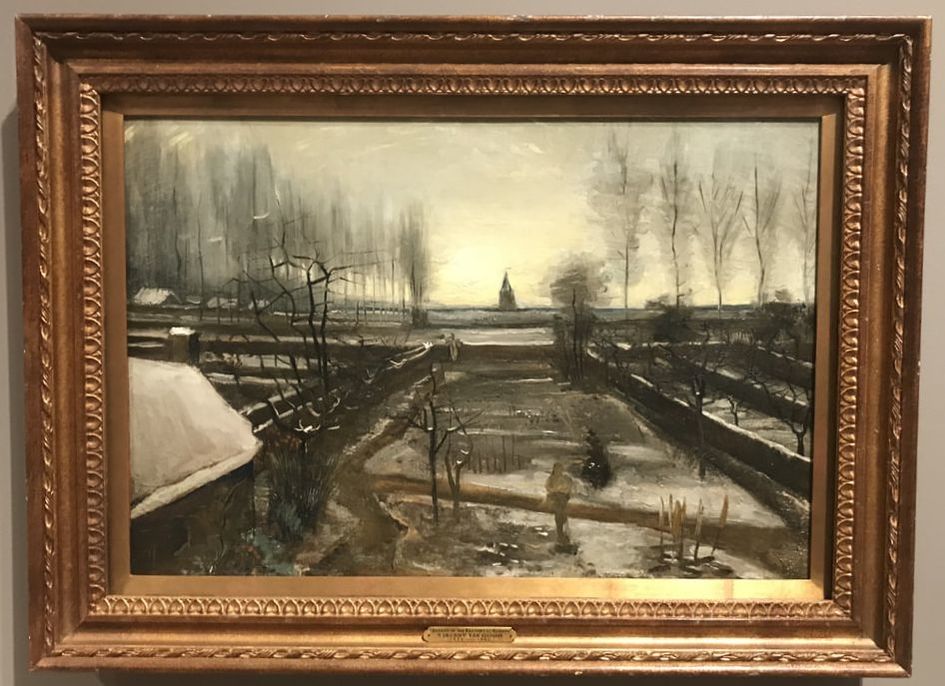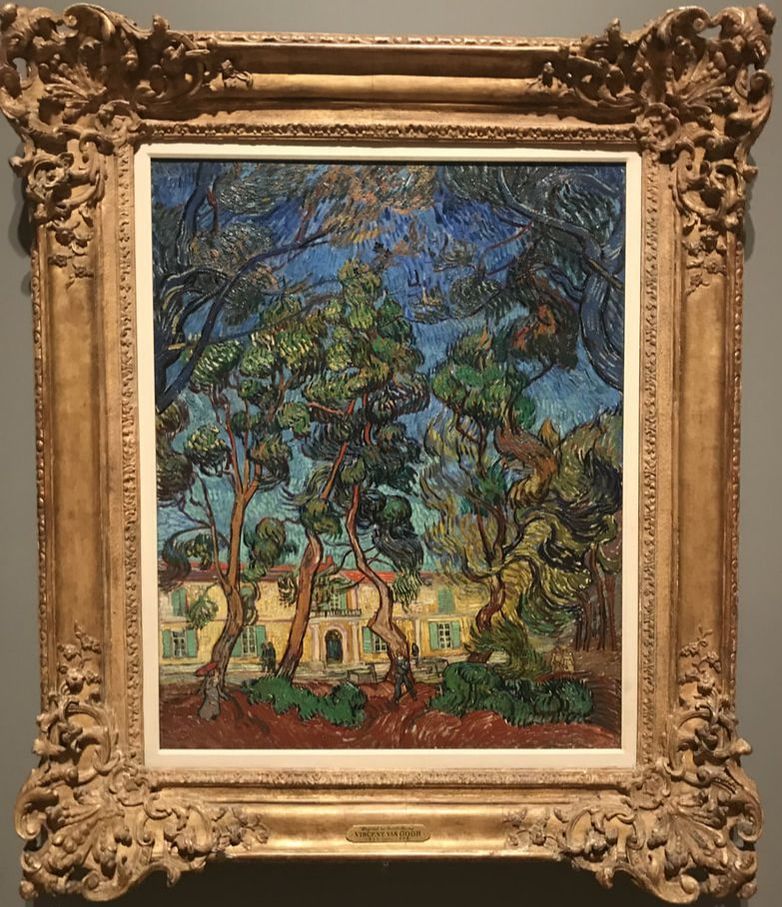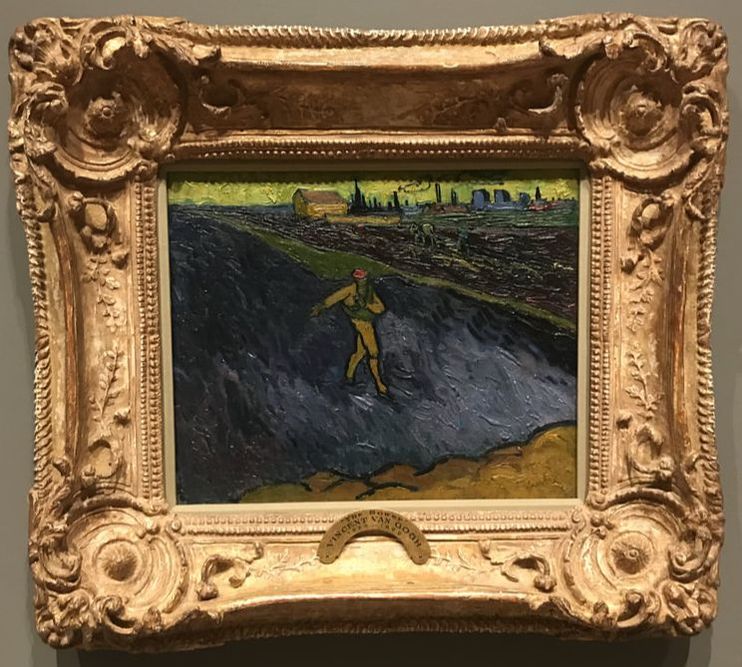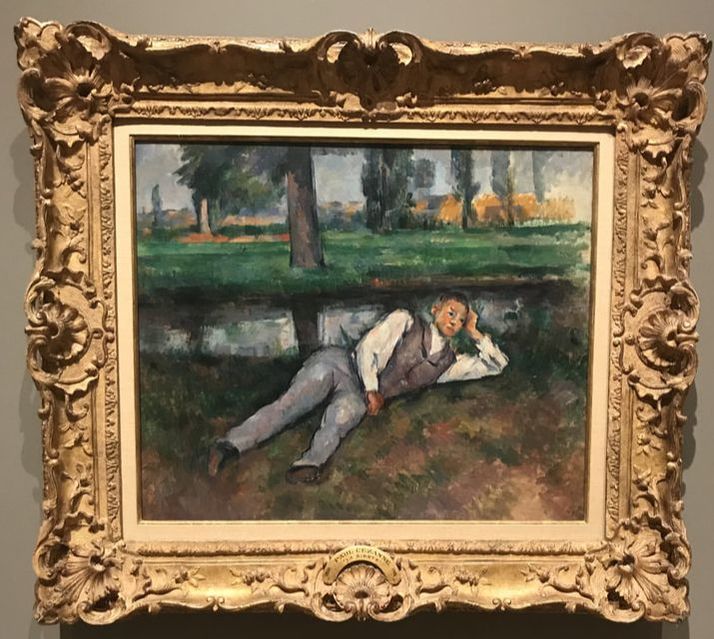|
"Eddie Bruckner's Series Of Pop-Art Paintings" Exhibition was at The Attleboro Arts Museum in April 2022. It featured 6 of Eddie Bruckner's original pop-art paintings, including 2 never before seen paintings, selected by the museum for a solo exhibition in April 2022. An Opening Reception was held on April 9th at the Museum and some photos from the reception are included below. Eddie Bruckner was also interviewed by DoubleACS TV News about his artwork and his exhibition at the Museum. Below is the interview: Eddie Bruckner's Limited Edition Prints and Greeting Cards were sold at the Museum's Gift Shop. The exhibit closes on April 30, 2022.
Photos from the Exhibition and Opening Reception, April 9, 2022.
0 Comments
I'm pleased to share that my artwork will be exhibited at the Attleboro Arts Museum from December 11, 2021-January 28, 2022.
Eddie Bruckner's three paintings that will be on exhibit are: "Marilyn Monroe", "Robert Indiana's 1966 LOVE", and "Hello Kitty: Hi! I'm Hello Kitty!" Join us at the Opening Reception: Saturday December 11, 2021; 1-4 pm. Attleboro Arts Museum is located at 86 Park St., Attleboro, MA. 02703. I'm pleased to share that my artwork was selected by Juror, Patrick McCay, professor at the New England College Institute of Art & Design, for the 27th Annual Juried Exhibition at the Zullo Gallery. My Painting, "Jeff Koons' Balloon Dog-Silver" will be exhibited through August 22, 2021.
Here are the details... Zullo Gallery 27th Annual Juried Exhibition July 10, 2021 to August 22, 2021 456A Main St., Medfield, MA 02052 Opening Reception: Thursday, July 15, 2021, 6-8 pm. Regular Gallery Hours: 12-5 pm, Saturday & Sunday I love Public Art because it's Art for Everyone. It's art that you often didn't plan to see or experience. It just happens. You're walking along the street and all of a sudden you see something that makes you smile, perhaps take a photo of it, or even a selfie with a post to Instagram. My latest Public Art Project, The Greenway PaintBox At Atlantic Avenue & State Street was completed in September 2020 and is located along the Rose Kennedy Greenway, just steps away from Boston's New England Aquarium at the corner of Atlantic Avenue & State Street. Here are some photos of the final design... I painted this box during an interesting and unusual time in history, during the Covid-19 Pandemic. At the time I started painting at the end of August, restaurants had re-opened with mostly outdoor seating. The electrical box was situated in front of the restaurant Provisions, so there were a lot of people enjoying the summer weather eating outside, while they watched me paint. Many people stopped to ask what I was painting, or to tell me "good job!" Some people asked to take photos with me and the in-progress box! Boston Ducktours even posted about it on their twitter and other social media accounts. Commissioned by the City of Boston and the Boston Art Commission, the public artwork features images of the spectacular and unique architecture of the New England Aquarium, the MBTA Aquarium Train Station Entrance, and one of the famous Boston Duckboats. The artwork highlights my signature style of bright colors, bold lines, and the illusion of mosaic tile, with the goal of making people happy when they see it as they walk through Boston. The painted electrical box took over 65 Hours to paint from start to finish from August 30th through September 12th, 2020. To see more photos of this project and read more about it, CLICK HERE. A video highlighting the making of the PaintBox is available and posted below in this Blog post as well as on Eddie Bruckner's YouTube Channel. You should subscribe to the Eddie Bruckner Fine Art YouTube Channel and follow Eddie on Facebook and Instagram to stay up to date! In 2017, I was commissioned by the City of Boston’s Public Art Commission to paint an electrical box near Fenway Park. I’ve also completed a second electrical box with a Boston Marathon Theme along the Marathon route in Natick, MA. "Music, Love & Rock 'N' Roll" for the GuitARTS! Public Art Project was commissioned by Music Drives Us and The Boch Family Foundation. #JumpNatick was commissioned by the Town of Natick, Natick Center Associates the the Natick Center Cultural District with support from the American Planning Association (APA), Americans for the Arts (AFTA), and the National Endowment for the Arts (NEA). You can check out all my Public Art Projects by CLICKING HERE.
The flags will fly around The Rockefeller Center’s famous ice rink and restaurant plaza, supplanting the flags of the members of the United Nations that usually fly there. The exhibit was scheduled to be on display from August 1-16, 2020, but due to popular demand, the public art installation has been extended through August 23, 2020.
Bruckner is a professional visual artist who creates Pop Art original acrylic paintings for the contemporary home and office as well as involved in a variety of public art projects throughout the greater Boston area and beyond. Bruckner painted piano for the Celebrity Series of Boston and the global art installation, “Play Me, I’m Yours” that was featured at Boston City Hall Plaza with Mayor Marty Walsh in 2016. The following year, Bruckner was commissioned by the City of Boston’s Public Art Commission to paint an electrical box near Fenway Park, also completed a second electrical box with a Boston Marathon Theme along the Marathon route in Natick, MA. “I’m excited about the actual process of creating Public Art. My artwork is about having fun, bringing a smile to people’s faces, and at the same time, providing a unique way of experiencing some of our most familiar objects, places, or people. I view my artwork as a visual representation of happiness, love, and the beautification of physical space and I love how Public Art achieves this goal and reaches so many people.”
The exhibition is free and open to the public through August 16, 2020; no tickets are required. Visitors to this temporary public art installation are encouraged to post photos and videos to social media using the hashtags: #TheFlagProjectRC and #RockefellerCenter.
Additional resources can be found at: https://www.rockefellercenter.com/flag-project/ https://www.eddiebruckner.com/rockefeller-center-flag-project.html https://www.instagram.com/eddiebrucknerfineart As many of you already know, to see my latest artwork, you can follow me on Facebook, Instagram, Twitter, Pinterest, LinkedIn, and YouTube! And of course, my website www.EddieBruckner.com.
People have asked me about purchasing items I typically sell at open studio events throughout the year. Merchandise such as puzzles, mugs, coasters, notepads, candles, magnets, greeting cards, and more, are now available for purchase on my new ETSY Shop! In addition to unique gift items, I also have my limited edition prints, both framed and unframed available on ETSY! I hope that you check it out! Click Below for the Link to my Etsy Shop or go to: https://www.etsy.com/shop/EddieBrucknerFineArt
Christiane Baumgatner is a German artist, and this was her first museum exhibition in the United States. The work on view featured these large, amazing woodcuts, as well as photoengravings, aquatints, and photogravures. She works with images from television and film. She would take photographs of her television screen, often of war documentaries and use them as a starting point for her woodcuts. The helicopter image below is her artwork called "Manhattan Transfer," which was my favorite. I also had the opportunity to view some of the Davis Museum's permanent collection of wonderful artwork from artists such as Andy Warhol, Louise Nevelson, Willem de Kooning, Lee Krasner, Jackson Pollock, and Al Held. I'd definitely recommend a visit to The Davis Museum, located on the campus of Wellesley College. for more information, please visit their website: www.wellesley.edu/davismuseum
To learn more about the electrical box, please visit the following link on my website (www.EddieBruckner.com) or read about it on my blog HERE (Natick Pride & The Boston Marathon).
A number of the galleries in Kennebunkport showed photographic prints called Kinetics by Stephen Maka. These reminded me of the famous Israeli Artist, Yaakov Agam, who is best known for his optical and kinetic art. From one side, there is one image, and as you move to the other side, you see an entirely different image. Below is an example of 2 of his pieces (an image of boats on the left and buoys on the right). A different angle of the same artwork is shown below. When visiting Maine, I recommend picking up a copy of the Maine Gallery + Studio Guide, which advertises museums, galleries, and artists' studios by town. More information on the guide can be found at www.mainegalleryguide.com. Another great place in Kennebunk is Maine Art Hill, located just steps away from Dock Square. Maine Art Hill represents over 30 artists and houses artists' studios, has art exhibits, pop-up shops, and more: A great place to explore original art, paintings, sculptures, prints, and photographs. For more information, please visit www.maine-art.com. PS: If you liked this article, you might like these other articles on my artistic travels:
Los Angeles, California New York City New York City Street Art Napa Valley, California Park City, Utah Barcelona, Spain Caribbean Art
Accessing the website, you can see a photo of one of the hundreds (probably thousands) of participating artists by zooming in to various sections of the whole photo-mosaic. Along with the artwork, you can read about the artist and their artwork, what motivated them to draw it, what it represents to them, and also about their own personal connection to Vancouver, Canada. All the artists' names are searchable, which takes you directly to their artwork's location within the photo-mosaic! The photos in the online photo-mosaic will then be transformed into a physical printout creating a massive 6.5 foot by 72 foot long mosaic picture. As of early June 2018, there is still plenty of room for additional artists to participate. Once the project is completed, the organizer's goal is to exhibit the huge photo-mosaic print in art museums and galleries as well as publish books that feature many of the participating artists of this creative, collective art project. It's a very cool concept and I'm thrilled to be a part of it. For more information and to see The Big Picture yourself, visit: www.thebigpictureartproject.com. Here's what I wrote regarding my drawing:
My original drawing, “Love Is All You Need” is graphite and lead on 9” x 9” paper. My artwork features hearts representing love, bold lines, and the illusion of mosaic tile as a visual language of fun, happiness and love. My artwork is about having fun and bringing a smile to people’s faces. I create an illusion of mosaic tile that provides cohesion to my body of work and serves to provide balance, repetition, movement, and other elements of strong artistic design. My drawing highlights the theme of Love for one another, for the arts community, and for humanity itself. I chose to participate in the Big Picture Art Project because of the unique parallels and close connection between the illusion of mosaic tile in my artwork and the beautiful photo-mosaic look of the completed picture. The mosaic in my drawing is reminiscent of an urban city map and speaks to my hope for the world to have more love and understanding for each and every unique person who makes up our diverse society. My connection to Vancouver: I visited Vancouver in August 2015 and had a great time in Gastown, walking the Sea Walk, taking photos near the beautifully designed Olympic Cauldron, and exploring the beauty of the area walking over the Capilano Suspension Bridge. I love how the photo in the Big Picture Art Project features the natural beauty of that area. I hope to visit Vancouver again in the future!
M.C. Escher was a skilled print-maker who produced amazing works of art that experimented with space and time, geometry, artistic composition, playing around with values in a drawing, capturing reflection, and so much more. This particular Escher exhibit is the first exhibition of its kind in a Boston museum featuring original prints and drawings. The exhibit consisted of over 50 of Escher's masterpieces, most of which were under-appreciated by the mainstream art world. I even learned that M.C. stands for Maurits Cornelis Escher. Escher loved Tessellations, arrangements on a two-dimensional surface of shapes that interlock without gaps or overlapping. The majority of Escher's prints are woodcuts, which he preferred for the art he was personally creating. In the artwork "Day and Night" shown above, Escher explores the balance between two dimensional and three dimensional forms. The black and white birds in his woodcut are flying in opposite directions, morphing into a landscape below. Escher plays with the ideas of symmetry and contrast. The right and left sides of the paper are mirror images of each other. The white birds appear over a nighttime landscape, and the black birds appear over a daytime landscape. For those interested: A Lithograph is printed from a flat surface, most often stone, where the artist would draw on stone with a greasy crayon. The stone after being treated so that the crayon will work with the printing ink on it and the stone surface is kept wet to repel the ink. A Woodcut is a relief print where the artist carves into a wooden block to create areas that are raised that will hold the ink that will be printed. A Linocut is a relief print made by gouging and cutting a piece of linoleum, then inking it, and printing it. Linocuts are preferred when printing flat areas of color since the linoleum has no grain as compared to wood. Some of Escher's works are Mezzotints, which is a labor intensive process, so Escher stopped doing it soon after starting it! Shown here above, are two studies for "Drawing Hands" (shown below), completed around 1948 with graphite pencil. It's fascinating to see how these hands are drawing one another into existence. The two hands are in a never-ending state of drawing and appear to be bringing life to the other. On a technical note, it's very cool to see how Escher depicts the tendons and veins of the hand with only slight changes of value in light and dark. In the Self-Portrait shown above, it's interesting to note that it is a very serious drawing that has a tremendous amount of detail in it. However, there are a lot of abstract elements in this Self-Portrait such as his wavy hair. Many of Escher's works of art focused on impossible structures. They are akin to optical illusions, where the buildings seem to violate the laws of gravity and physics. The theme of Reflection appears often in Escher's work. Below the distorted perspective of a room is captured in the reflection of a silver sphere. And shown below, in "Eye" he captures the reflection of a skull.
Here is Willem de Kooning's 1937-1938 Oil on Masonite painting titled, "Untitled (The Cow Jumps Over The Moon). I learned that de Kooning was trained as a commercial artist and his artistic styles move back and forth between abstract and figurative methods. This painting below is one of his earlier works, which reminds me of Joan Miro's work to some degree. His later artwork, for which he is more well-known, is more gestural and epitomizes the abstract expressionism movement.
I stared at this painting below "Grazing Horses IV (The Red Horses), painted in 1911 by Franz Marc for quite a long time. Not because I love horses, but rather it struck me as fascinating. Franz Marc painted horses a lot, and was known for his preoccupation with animals. I learned that this particular painting was actually his first work of art to enter a museum's collection, the same year it was made. What struck me was his use of unnatural colors in a very natural scene. It's hard to see in the photo, but I was intrigued with the use of bright red in only one or two spots on the horses.
Below is Jasper johns' "The Dutch Wives", encaustic on canvas, created in 1975. If you haven't read my blog article on the Jasper johns retrospective exhibition at The Broad Museum in Los Angeles, you can find it HERE.
Below is a wonderful painting from a German artist that I was unfamiliar with named Corinne Wasmuht. It is titled, "50 U Heinrich-Heine-Str." oil on wood and created in 2009. The painting is a portrayal of Berlin's Heinrich Heine Street subway station and its surrounding neighborhood. It's hard to tell scale from photographs, but this is a huge painting and it's scale immerses the viewer, but the paintings various perspective points and different scales of objects also disorient the viewer. It's really a magnificent painting and I can see why it was gifted to Harvard's Busch-Reisinger Museum. Below are some fascinating samples taken from the Forbes Pigment Collection. Edward Forbes was the director of the Harvard Art Museums from 1909 to 1944. During his tenure, he traveled the world, collecting a large number of pigments for the library. Today, the Pigment Collection contains more than 2,500 samples that are beautifully displayed in cabinets on the 4th floor and are used to this day to help identify pigments used in historical artworks. I came across this wonderful, short video on the Forbes Pigment Collection that was created about 2 years ago. Check it out!
For more information about The Harvard Art Museums, please visit their website: www.harvardartmuseums.org. I definitely recommend visiting the Museum as you're in for a wonderful experience!
In addition to creating my own personal artwork and exhibiting in galleries and shows, I also take great pride in providing art instruction. My love and enthusiasm for painting have drawn me into educating those who want to paint and draw for themselves. I am dedicated to helping both beginners and experienced artists explore their creative potential. I love to inspire others to discover their innate artistic ability. With my unique hands-on style, I encourage my students to reach their own personal artistic goals, inspiring and encouraging students of all ages in a fun and informative approach. In addition to private art lessons, I also give presentations on the public art projects I've created over the years, as well as discussing my artwork and all aspects of being a professional artist. Feel free to reach out to me if you'd like more information about art instruction or speaking engagements. One of my adult acrylic painting students gave me this wonderful video testimonial, so I wanted to share it here on my blog. She's very talented, a lot of fun, and a pleasure to teach acrylic painting! For more information about private art instruction for children and adults, please visit: http://www.eddiebruckner.com/art-instruction.html
The wall-sized mural/drawing depicts the word “plunder” in giant, curving strokes of Gregg shorthand, the stenographers’ tool that translates sounds into curving and bisecting lines. It is an abstract image for the many people who cannot read shorthand, yet is also a precise rendering of the word, “Plunder.” Lewis's work of art, called "Plunder" continues his ongoing investigations of the relationships between drawing, abstraction, and language. In a number of his previous artworks, he would feature sayings (in English lettering) from the book, "Life's Little Instruction Book."
If you take a close-up look at the wall drawing, you'll see his use of screws and graphite-dipped rubber bands to generate the large line drawing. There are 19,000 rubber bands, each dipped in graphite, the same mark-making material found in pencils, and each fastened by screws drilled into the wall. Lewis created “Plunder” over five days in October with the help of nine Brandeis undergraduate students. It's on view at the Rose Art Museum through June 10, 2018. for more information, please visit: www.brandeis.edu/rose
The Museum of Contemporary Art is actually comprised of three locations. The first is the MOCA Pacific Design Center in West Hollywood; the second is the MOCA on Grand Avenue; and the newest location is the Geffen Contemporary. There is actually a fourth location in Nevada. Yes! Nevada. The artist, Michael Heizer's artwork titled, "Double Negative" is a work of land art located in the Moapa Valley on Mormon Mesa near Overton, Nevada and was acquired into MOCA's permanent collection in 1985. If the artist's name rings a bell, it's because I recently wrote about his other monumental piece of artwork at the Los Angeles County Museum of Art; CLICK HERE TO READ THE BLOG ARTICLE. I should note that time didn't permit me to visit the Pacific Design Center, or the Geffen Contemporary (or visit Nevada), so this post will only include my visit to the MOCA on Grand Avenue. I also visited the Broad Museum (Read On & See Below.) The Geffen Contemporary is just a 15-20 minute walk from MOCA Grand and admission to one museum grants you admission to the other museum.
The MOCA on Grand Avenue housed an entire gallery room with Mark Rothko paintings. While I can appreciate Rothko's artwork and acknowledge its importance in art history, his paintings are not my favorite. I do love all the colors, and I also love the shapes, however, there is ambiguity, blurring of lines, that doesn't hit me the right way. Rothko wanted viewers to stand close to his paintings to see the vertically stacked bands of color seem to float upon colored grounds.
This large painting on two panels is by the artist, Njideka Akunyili Crosby. It's called "Garden, Thriving" and was completed in 2016. Her artwork was quite fascinating to see in person and I've included a detailed photograph of the two-panel painting. Originally from Nigeria, the artist layers photographic imagery within the chairs' fabric and the plant leaves. The images are pictures of Nigerian pop stars, models, military dictators, celebrities, and the artist's own personal photographs. To create this artwork, she uses acrylic paint, transfers, colored pencils, and collage on paper. There is so much to see in this painting, you could look at it for 10-20 minutes, or longer! I should also mention that the mural that is wrapped around the exterior of the museum is by this same artist!
Three other works by Jackson Pollock from MOCA’s permanent collection, were also on view. These were great examples of the diversity and range of materials Pollock used in his artwork from watercolor to collage. Walt Disney Concert Hall, Los Angeles, California This building is simply spectacular. Frank Ghery is one of my favorite architects and this is a perfect example of why that's the case. (In addition to all the awards he has won for his incredible architectural design). Frank Gehry was asked to devise a new home for the Los Angeles Philharmonic and the Walt Disney Concert Hall opened in 2003. Reflecting Gehry’s longtime passion for sailing, the structure’s exterior features are expanses of stainless steel that hover above Grand Avenue. Frank Gehry has devoted his career to disrupt the very meaning of design within architecture. From the iconic Guggenheim Museum Bilbao to the Fondation Louis Vuitton in Paris, and now the Walt Disney Concert Hall in Los Angeles, Frank Gehry has proven time and again the beautiful magic of his whimsical, cutting-edge design.
The Broad is one of the finest contemporary art museums I have ever visited. Founded by philanthropists Eli and Edythe Broad, the museum houses more than 2,000 works of art and holds one of the most prominent collections of postwar and contemporary art worldwide. The Broad's third floor galleries show a rotating selection of artwork and, best of all, it is free! The first floor galleries are for special exhibitions, like the Jasper Johns exhibit "Something Resembling Truth" that runs through May 13, 2018. So let's talk about the beautifully designed building... It's often called "The Veil and the Vault" because the building has gallery space as well as an extensive storage facility. In contrast with the neighboring Walt Disney Concert Hall, The Broad was designed to be porous and absorptive. There are wonderful olive trees that were planted in the plaza next to the museum. There were a number of artworks by Jeff Koons at The Broad. "Balloon Dog (Blue)" is perhaps one of his series of works that is most famous. The artwork is made of stainless steel and wights 2,000 pounds. It was created as part of his Celebration Series, a group of paintings and sculptures that memorialize rituals, icons, and images related to birthdays, holidays, and other celebratory parties or occasions.
Roy Lichtenstein is one of my all-time favorite pop artists. He was one of the founders of Pop Art in the 1960s and used tiny dots in his artwork, similar to the printing style of comic-books. The dots were placed in such a way to create an image, imitating the way comic-books and newspapers were printed. In addition to borrowing or seeking inspiration from newspaper ads, commercials, and comic books, Roy Lichtenstein also was inspired by some of his favorite artists like Picasso and Mondrian. See the two images below. Here is a sculpture by Roy Lichtenstein, "Goldfish Bowl" created in 1977. It is painted and patinated bronze. On the right is a detailed view, showing that the sculpture is very two-dimensional, despite it looking 3-D. I always love seeing paintings by Chuck Close. Chuck Close is known for his detailed paintings of faces, and later he was known for the deconstruction of that detailed portraiture. He explores portraiture and created this photo-realist painting called "John", painted in 1971-72. I included a detailed shot showing the incredible painting technique. John Baldessari, "Tips for Artists Who Want to Sell" 1966-68, Acrylic on Canvas. John Baldessari never touched this painting, didn't paint it, didn't write the text. Here, it's the role of the artist as the facilitator of the artwork; creating the concept. The humor is that the view is shown the paintings message, but the message is text taken from an art magazine with tips on what art should be. Another one of my all-time favorite artists is Andy Warhol. A short time after Marilyn Monroe died in 1962, Andy Warhol started to create silkscreen images of Marilyn. I learned that Warhol had recently just learned how to silkscreen, so this was a somewhat new process for him! In the painting above, titled, "Two Marilyns" created in 1962, Warhol captures the terrible fact of Marilyn's death, as if he was reporting the news. With silkscreens, the images deteriorate with each printing, which I believe is symbolic of her presence and then her fading into history with her death. It can also be interpreted as the volatility of fame and celebrity. I'm not sure how many versions of "Two Marilyns" were created, but I learned that the one pictured above from The Broad Museum was the 27th version of the silkscreen created. Ellsworth Kelly worked with shapes and solid colors. The painting below, "Green Blue Red" created in 1963, uses colors and shapes to create contrast and bring attention to edges. In the above image on the left, the green rectangle and blue oval are vibrantly displayed against the red background. His composition almost goes against the principal of design of balance. Below, Kelly's oil on canvas painting, "Green Relief with Blue" was completed in 2011. It's actually two conjoined canvases and I've posted the photo of the same painting as seen from different angles. It almost acts like a 2 dimensional painting trying to be a sculpture, with different views from different angles. Jasper Johns: "Something Resembling Truth" A Special Exhibition at The Broad (Through May 13, 2018) While The Broad Museum's main collection has free admission, this special exhibition required a special ticket with a timed entry. The exhibit was one of the best I've ever seen. The exhibit covered over 6 decades of artistic achievement from this iconic American artist. The comprehensive exhibit features more than 120 extraordinary paintings, drawings, prints, and sculptures, by Jasper Johns and draws upon works from within The Broad's permanent collection as well as from loans from over 50 international public and private sources. The imagery he used in his artwork were common items such as American flags, numbers, letters, targets, and light bulbs. Perhaps Johns’ most famous painting, "Flag (1954–55)" and is a fairly accurate representation of the American flag, in encaustic on collaged paper and fabric.
The American Flad is a geometric composition that has a strong sentimental and patriotic value in society. Jasper Johns' flags ofent trick the eye, or blur the lines between perception, reality, and illusion.
Jasper Johns began to incorporate objects and tools used in his artwork directly into the artwork's creation. Things like paintbrushes, color charts, and rulers. In the painting below, the "R" of "Red" is a neon light and wooden letters protrude outward from the canvas. I highly recommend you to experience the Jasper John Exhibit if you can! Also on the first floor was a very unique art installation by artist, Yayoi Kusama, titled "Infinity Mirrored Room--The Souls of Millions of Light Years Away." It is a mirror-lined room that includes LED lights that reflect endlessly in the mirrored space. It doesn't sound like much, but it is quite amazing to see. You need a separate timed ticket, which is free, and only one person can enter the room at a time for a duration of 45 seconds. As you can see, the Broad Museum is quite an amazing experience. I highly recommend you visit The Broad in Los Angeles and experience the art scene in Downtown LA. For more information about The Broad, please visit their website: www.thebroad.org Check out some of my other posts about Los Angeles!
Vinvent Van Gogh's "Irises" is one of The Getty's highlights. Van Gogh painted Irises in 1889 in the garden of the Saint-Remy asylum where he was being treated for his mental illness. It is oil on canvas. I learned that Van Gogh never really thought of this painting as a finished painting, but rather more of a study. It's a great example of his work that demonstrates how he painted en plein air. I'm fascinated with his brush techniques and how he layers color upon color upon color. I've included a detailed image of "Irises." I really loved the special exhibit at The Getty Center called, "Cut! Paper Play in Contemporary Photography." This exhibit that runs through May 27, 2018 features the work of contemporary photographers who use paper in unique and innovative ways. Some of the artists created paper models with images from current events with the intention of photographing them to create their final piece of artwork. While some artists make folds, cuts, or layers to arrange photographs to create something entirely new and innovative. The photo below is the artwork of artist, Soo Kim. To create her artwork, she cuts and layers imagery to create areas of negative space that gives her images a 3-D look. The shadows cast onto the wall are fascinating. I included two detailed shots showing some of the imagery seen in this cut photograph. the other detailed photo shows the beautiful shapes created by the shadows.
The grounds of The Getty are home to wonderful sculptures; there's something wonderful around every corner. Unlike most paintings, sculptures are typically created to be displayed outdoors. Outside, a three dimensional sculpture can be viewed from every angle, a variety of distances, and therefore creating an experience or a special moment for the viewer. The sculpture gardens include artwork from artists such as Joan Miro, Rene Magritte, Alexander Calder, Fernand Leger, Ellsworth Kelly, Roy Lichtenstein, and other artists. Another amazing exhibit was the "Michelangelo to Degas" exhibit that featured new aquisitions that broke records in the art world. The Getty Museum purchased 16 major drawings and one painting from a private collector that includes works by Michelangelo, Andrea del Sarto, Goya, Domenico Tiepolo, and Edgar Degas. Below are three of my favorite pieces from this small but powerful exhibit. From left to right: Edgar Degas' "After The Bath (Woman Drying Herself)" about 1886; Michelangelo's "Study of a Mourning Woman" about 1500-1505; and Edgar Degas' "Two Studies of Dancers" about 1873. I encourage you to go visit The Getty when in Los Angeles--You won't be disappointed! I encourage you to take advantage of the wonderful tours and events that the Getty Center offers such as architectural tours, garden tours, exhibition tours, etc. Also, for families with children, there are Art Detective Cards where kids can find the artworks and solve mysteries while exploring the galleries. For visitors information, please visit: www.getty.edu.
I had the pleasure to go on a Studio Tour at Warner Brothers. There are so many forms of art that go into making movies and television shows; concept art, fashion design, set design, traditional and computer generated animation, etc. It was fascinating to see so many of these art forms come to life in the exhibits on the studio tour. I'll focus this blog on the Concept Art that I saw for the Harry Potter movie franchise. Every element of the films were carefully designed and illustrated through creative and inspiring concept art. The production designer for the films and the art department created hundreds (perhaps thousands) of sketches and full-color renderings that helped to inform the look of the films as well as the fabrication of the props, sets, creatures, characters, and costumes. From the concept art, decisions were made to refine and select and approve final versions. Creating the magical creatures that filled the world of Harry Potter wasn't an easy task and involved a massive team of artists and special effects experts. From the concept art, the Creature Effects team developed 3-D creatures from small maquettes to full-sized animatronic beasts. Some of these sculptures were created so that they can be scanned into a computer and modified digitally in post-production. Warner Brothers Animation is one of the most famous animation studios. I learned that Warner Brothers has won 6 Oscars, 35 Emmys, and 20 Annie Awards (excellence in animation). I remember Warner Brothers for its cartoons featuring Bugs Bunny, Daffy Duck, Porky Pig, Elmer Fudd, Yogi Bear, and Tom & Jerry. Even more notably, Warner Brothers is the home of DC Comics Superhero franchises such as Superman, Wonder Woman, and Batman.
In addition to concept art, Storyboards transform the written words of the script into visual images depicting action in a series of illustrative panels. Storyboards help indicate camera movement, close-up shots, long shots, or other specialty shots. The storyboards help the director and crew design the finished sequence as well as plan the logistics of the shoot itself. The art department is in charge of designing everything photographed in a movie before it is shot. Other visual tools in addition to Storyboards and conept art innclude digital renderings, and models.
Here's a photo of me at the Los Angeles County Museum of Art in front of Chris Burden's sculpture, "Urban Light" installed in 2008. Burden restored over 200 cast-iron streetlamps to create this work of art. Burden was fascinated with urban life and how streetlamps are one of the fundamental building blocks of an urban metropolis. I found it interesting that the streetlamps were recently converted to LEDs, reducing the installations's annual energy consumption by 90%. The conversion to LEDs was funded by the Leonardo DiCaprio Foundation this year. Chris Burden was commissioned by Brandeis University's Rose Art Museum to create a similarly themed sculpture. You can see it by CLICKING HERE in an older blog article about the Rose Art Museum. Chis Burden's "Metropolis II" depicts an urban landscape. Burden created "Metropolis I" seven years before "Metropolis II". The earlier work featured eighty Hot Wheels cars zooming around a model city. This work is much larger and includes 1,100 custom designed cars, 18 highways, and a vast array of buildings and structures. The artwork runs on select days and times, so plan ahead! Richard Serra's "Band" is a massive sculpture that fills a huge exhibition hall from top to bottom, from front to back. The sculpture took two and a half years to develop. Made from over 200 tons of steel, it measures 12 feet high and over 70 feet in length. Below are two views of the same sculpture, titled "Phoenix" by Alexander Liberman, created in 1974-75. I love how a different view of this sculpture creates an entirely new image, a new feeling, a new perspective. "Levitated Mass" (Shown below) was conceived by artist, Michael Heizer, in 1969, but only realized in 2012. "Levitated Mass" is a 456-foot-long concrete pathway, over which sits a 340-ton granite boulder. As you walk down the pathway, it descends to fifteen feet in depth, directly underneath the massive boulder before ascending back up. Below are two views of the same Alexander Calder sculpture created in 1964 titled, "Three Quintains (Hello Girls)." It is made from sheet metal and paint with motor. To me, it appeared to be moved by the wind, but apparently it has a motor that moves the mobile sculpture.
I love this painting below by Vincent Van Gogh, not because I love the imagery, but because it really doesn't look like a typical painting by Vincent Van Gogh! This painting, "Garden of the Rectory at Nuenen" was painted in 1885 in the Netherlands. The browns and grays are vastly different from the vivid, bright colors we are used to seeing in his later paintings when he lived in the south of France. Below is one of Van Gogh's more typical painting style with all the beautiful colors and brushwork. The painting, "Hospital at Saint-Remy" is oil on canvas and was painted in 1889. It depicts the scenery at the institution in the south of France where Van Gogh was being treated for severe mental illness. The Hammer Museum also has other galleries dedicated to contemporary artists. There was a really cool exhibit by the artist, Molly Lowe and another exhibit by the artist, Lawrence Abu Hamdan. Abu Hamdan uses a series of overhead projectors that cast images that have been created with a visualization tool that architects use to map the leakages of sound throughout a structure. The visuals are accompanied by audio that helps transform the research on a Syrian torture prison. I enjoyed looking at the exhibit from a visual perspective, but after reading about the artwork's meaning, it really makes me question my thoughts on conceptual art. Below is a photo of the small room that housed the projectors. Perhaps the most bizarre (in a good way) exhibit was called "Stories of Almost Everyone" featured in the large exhibit hall . It's a group exhibition of 40 artists that is about society's willingness to believe the stories that are conveyed by works of contemporary art. It really hones in on conceptual art and how we look at material objects. Below is a photo of the exhibit hall showing some of the artworks. I'm including a YouTube video that was created by the Hammer Museum with Will Ferrell and Joel McHale, which is very funny and addresses the issues related to conceptual art head-on. Art can be confusing and the fact that the Hammer Museum pokes fun at this, I think, is really bold. "Stories of Almost Everyone" runs through May 6, 2018. For more information about The Hammer Museum, check out their website: https://hammer.ucla.edu/. |
The Art ConnectionWelcome to Eddie Bruckner's Art Blog! Archives
April 2022
Categories
All
|
